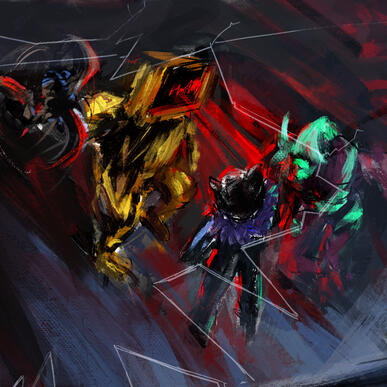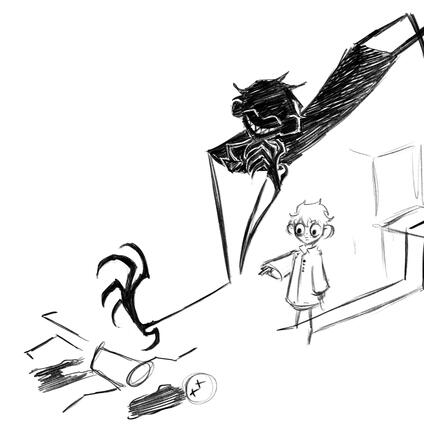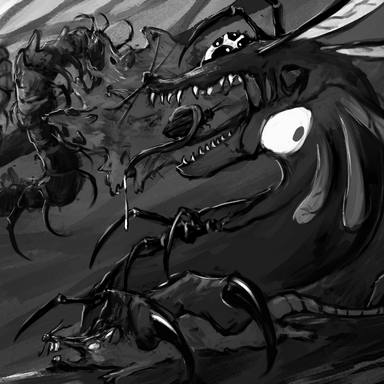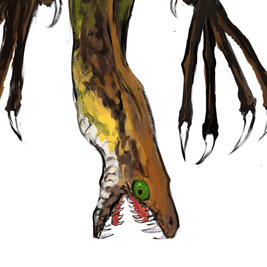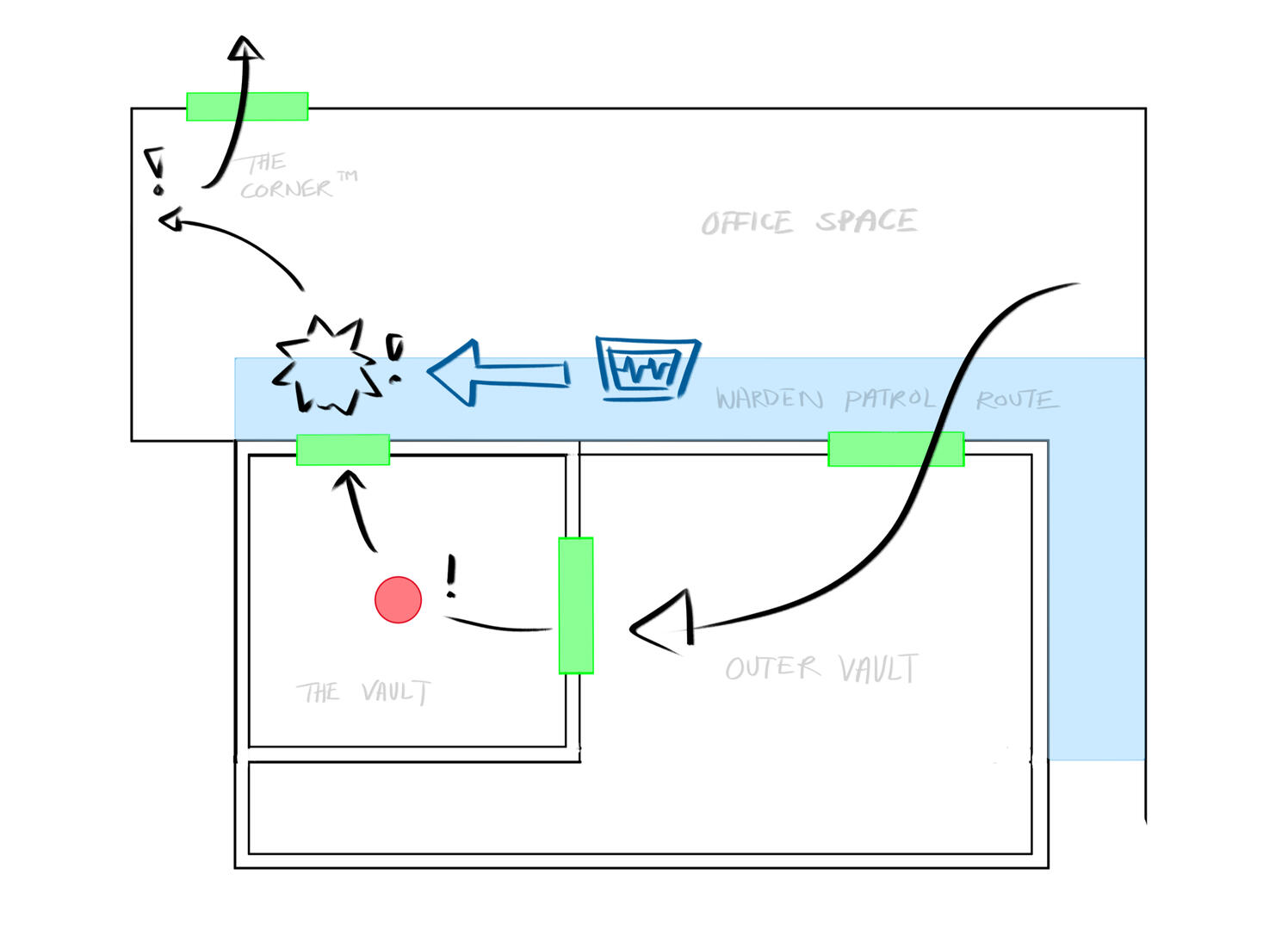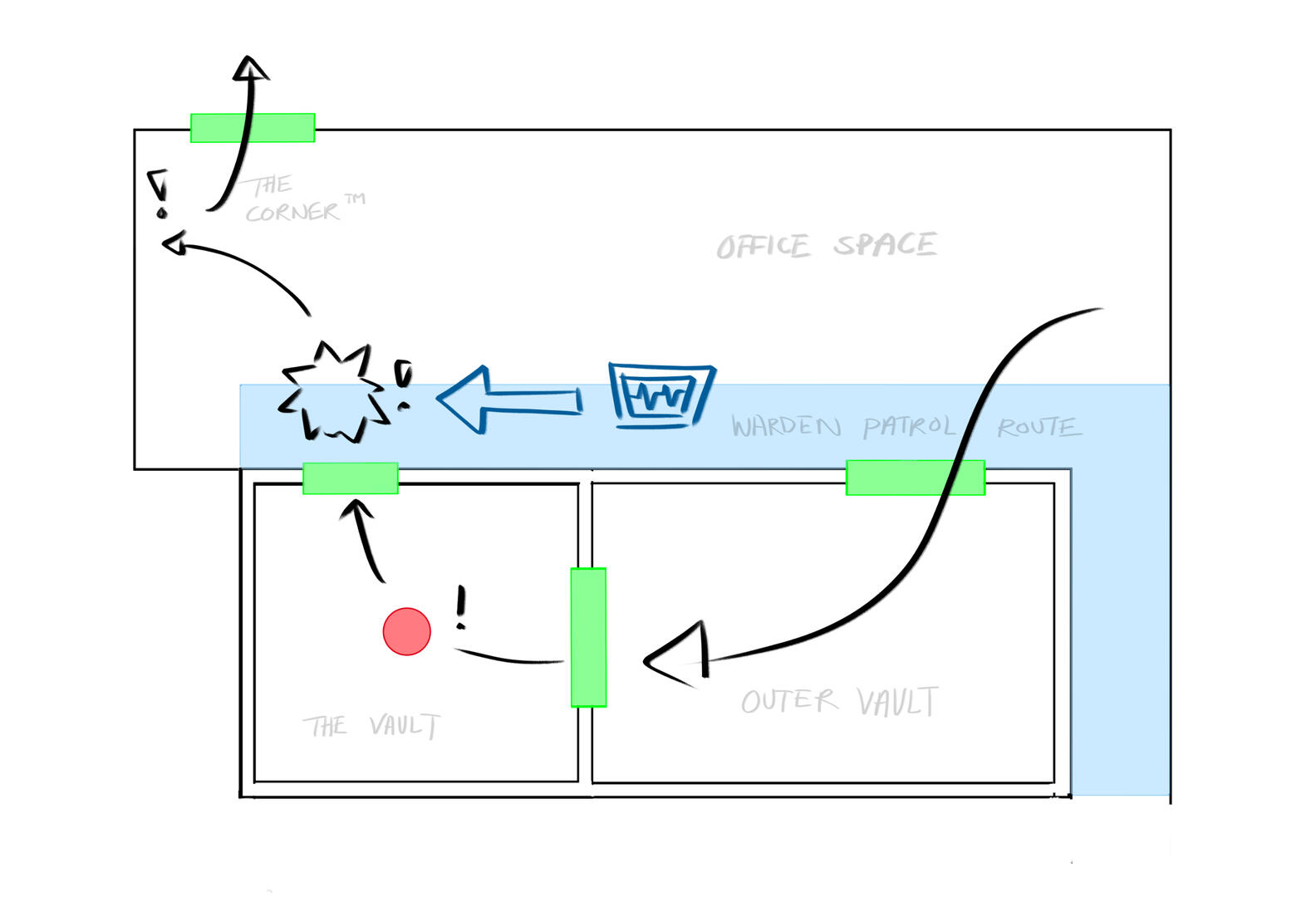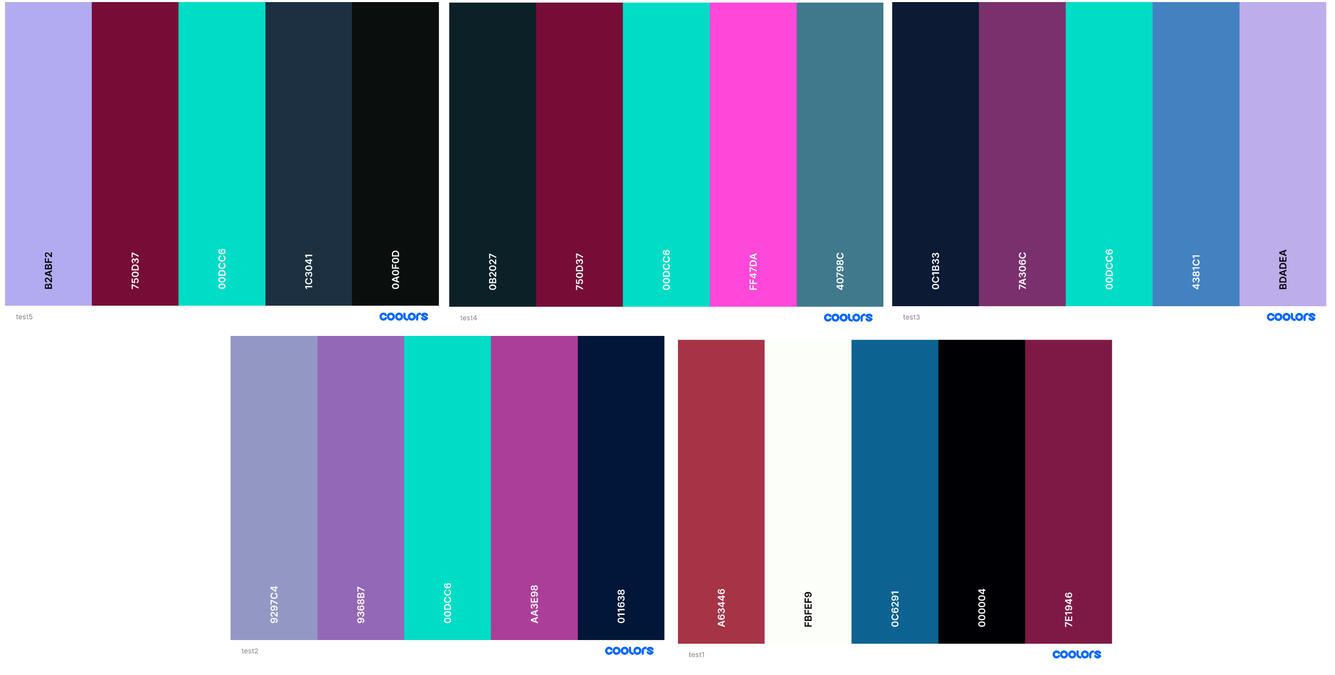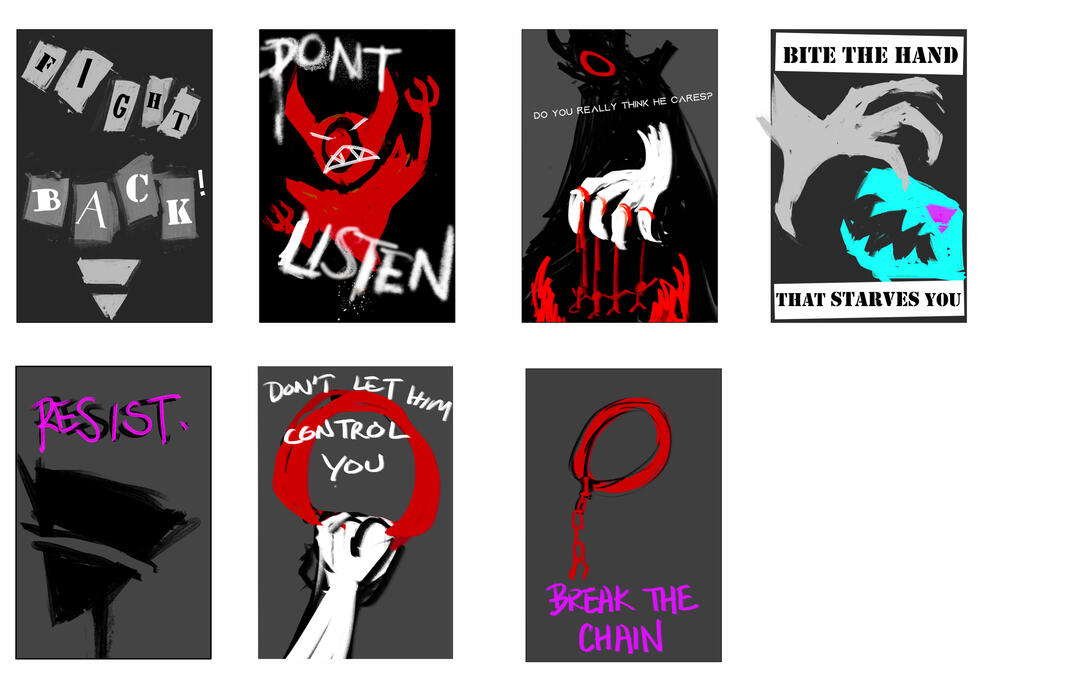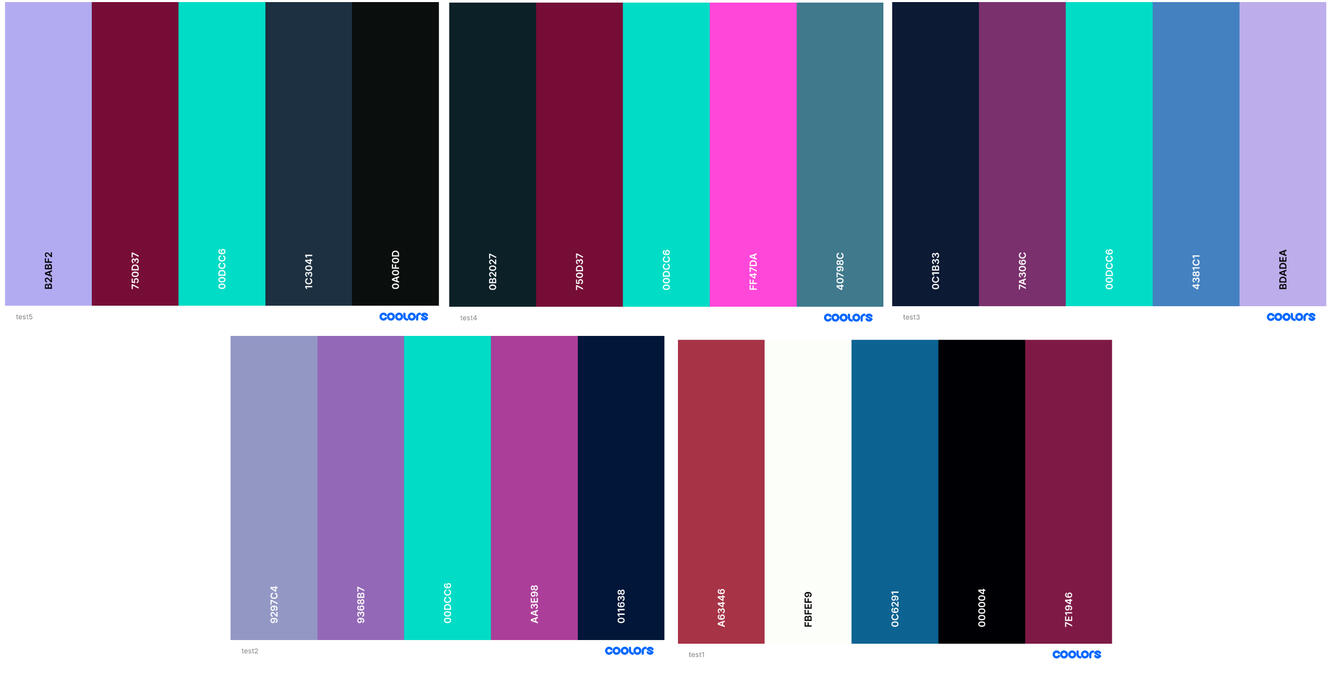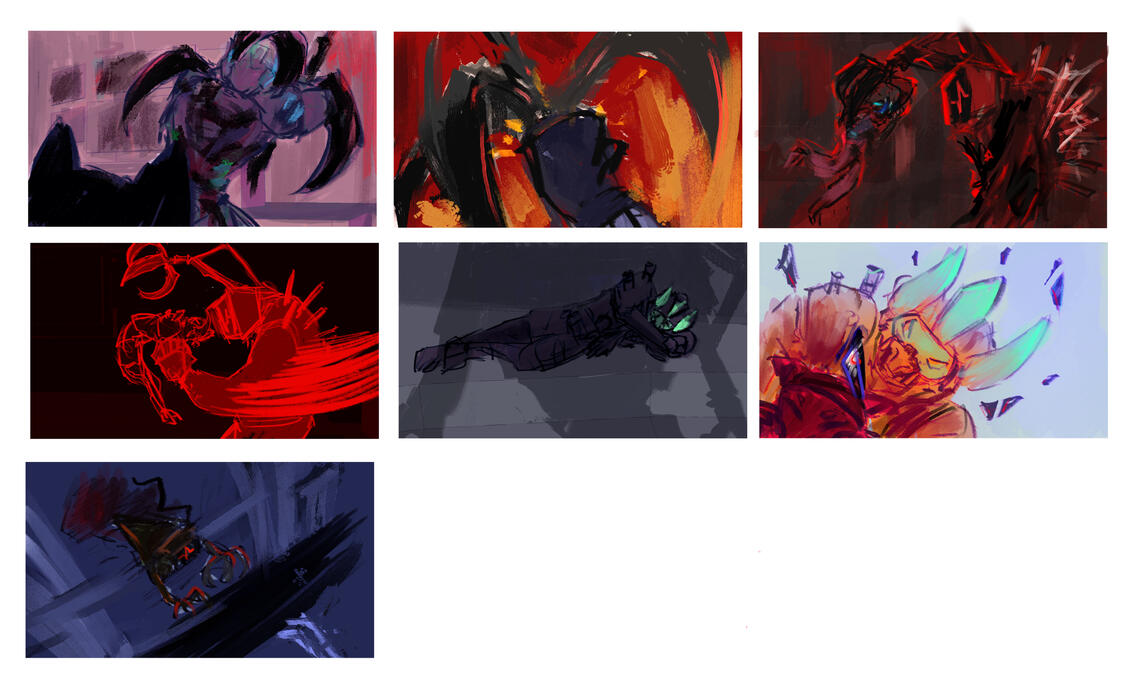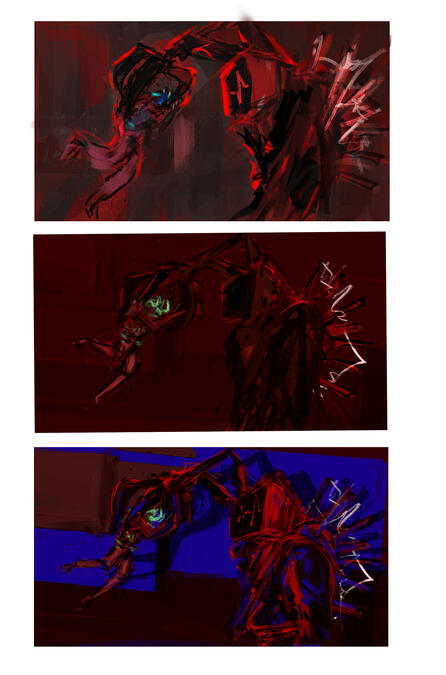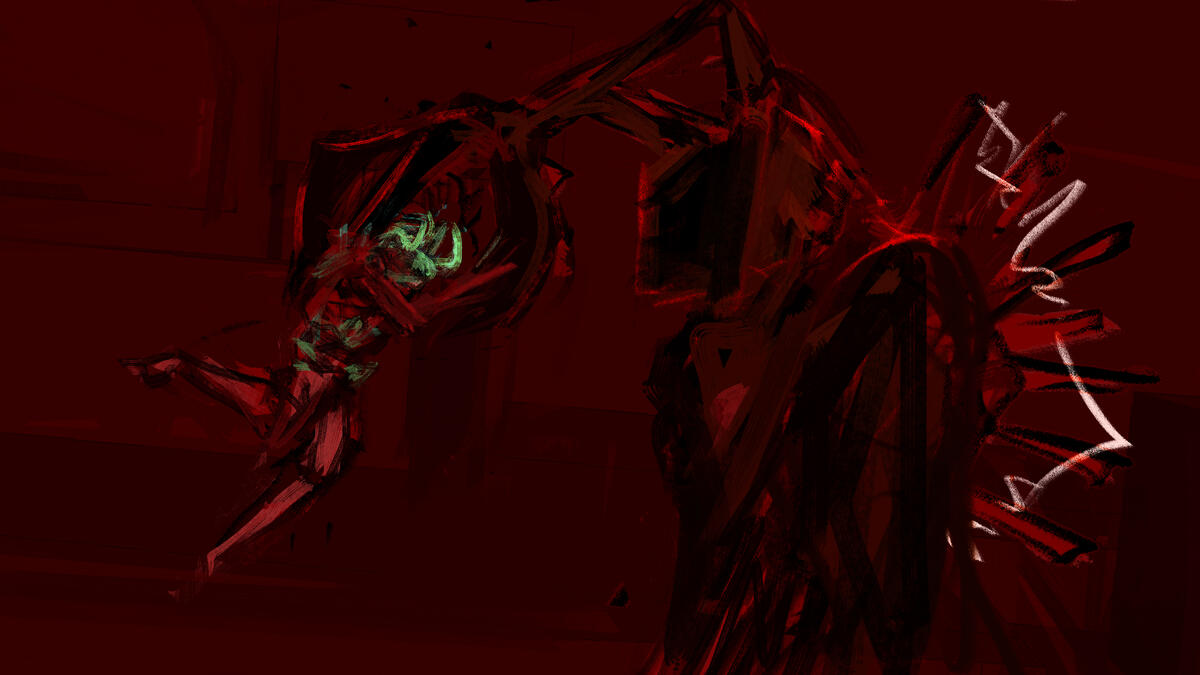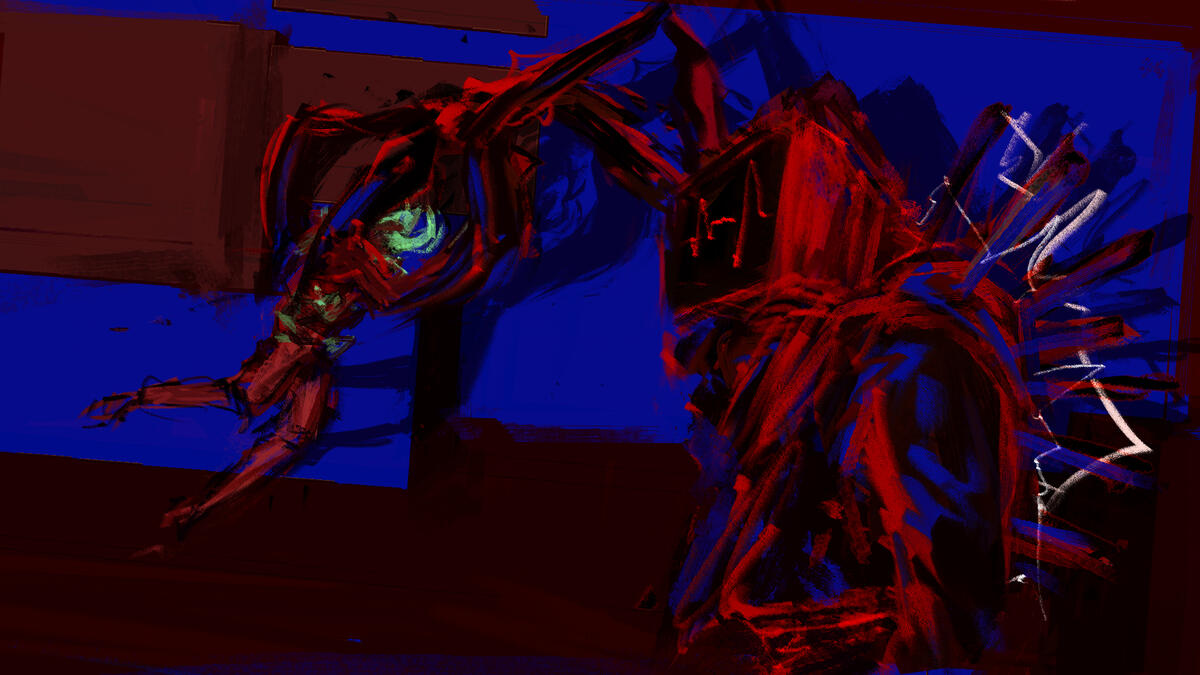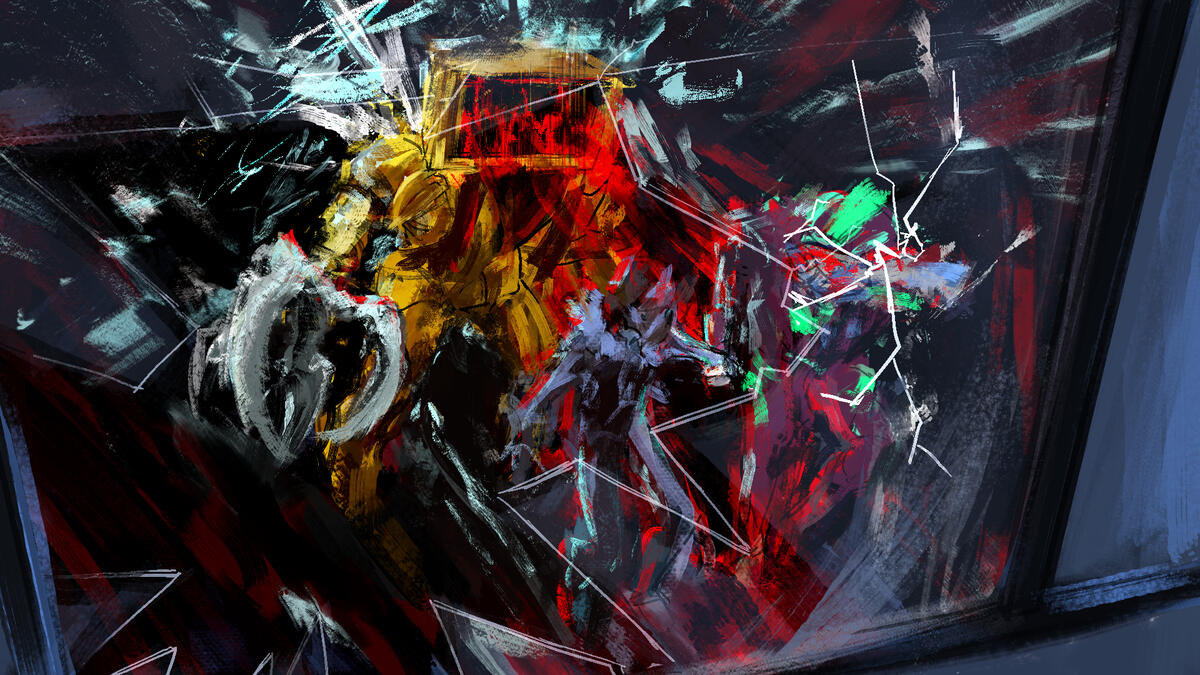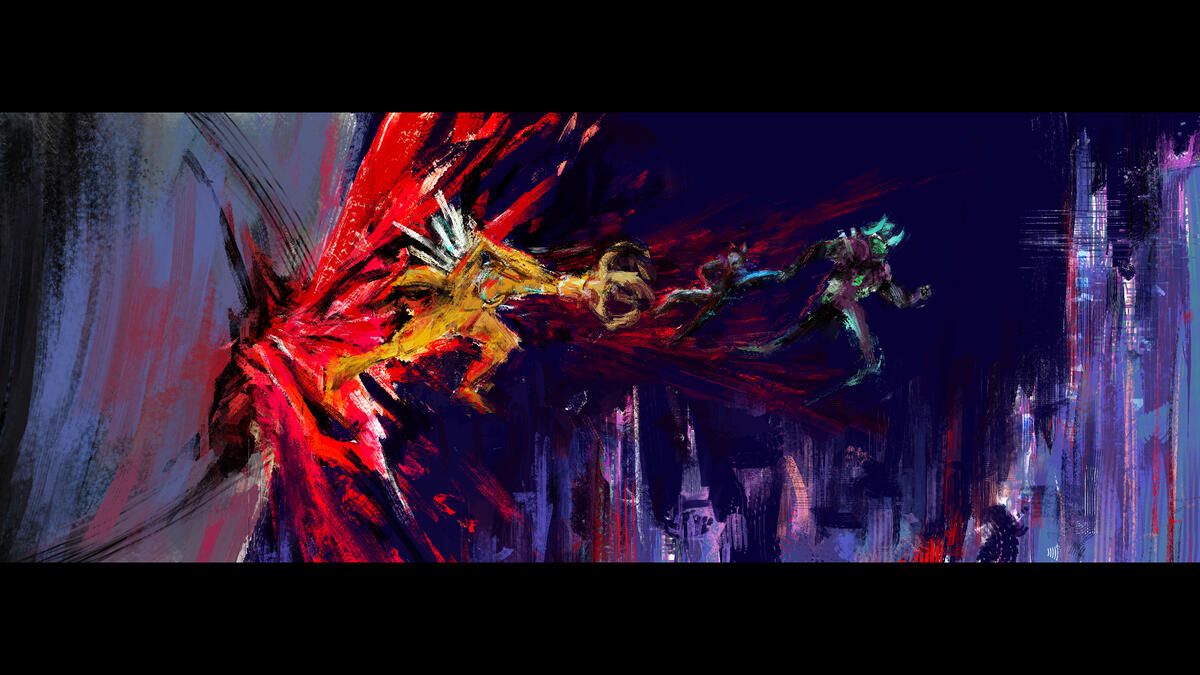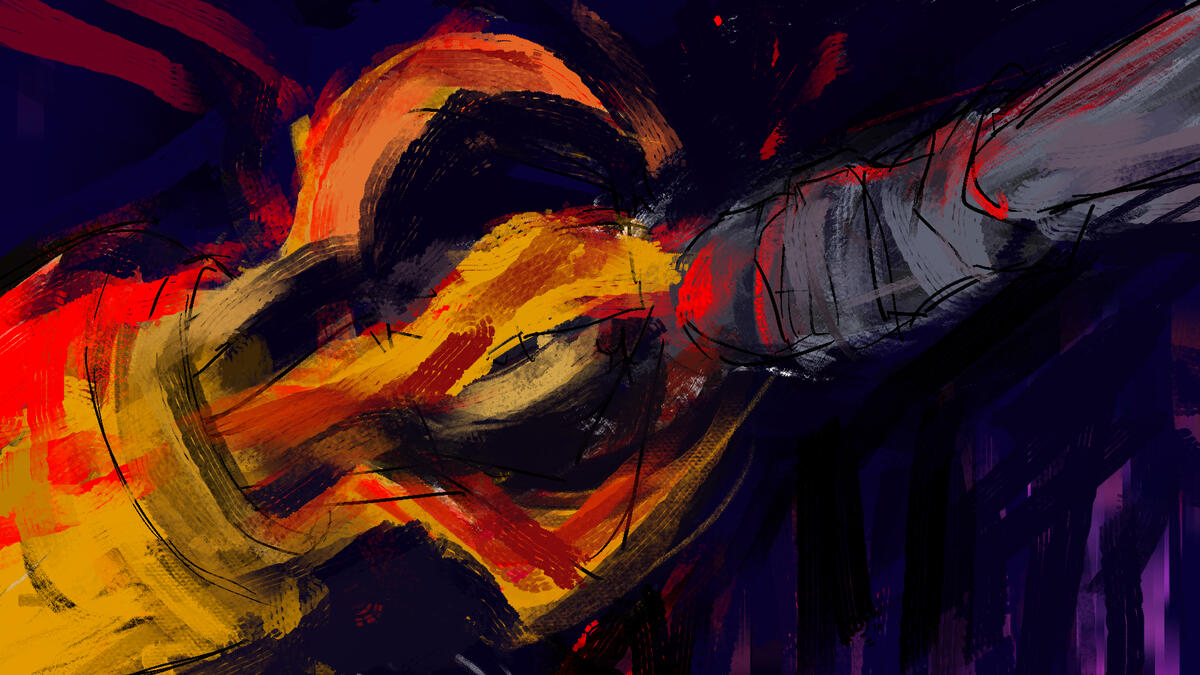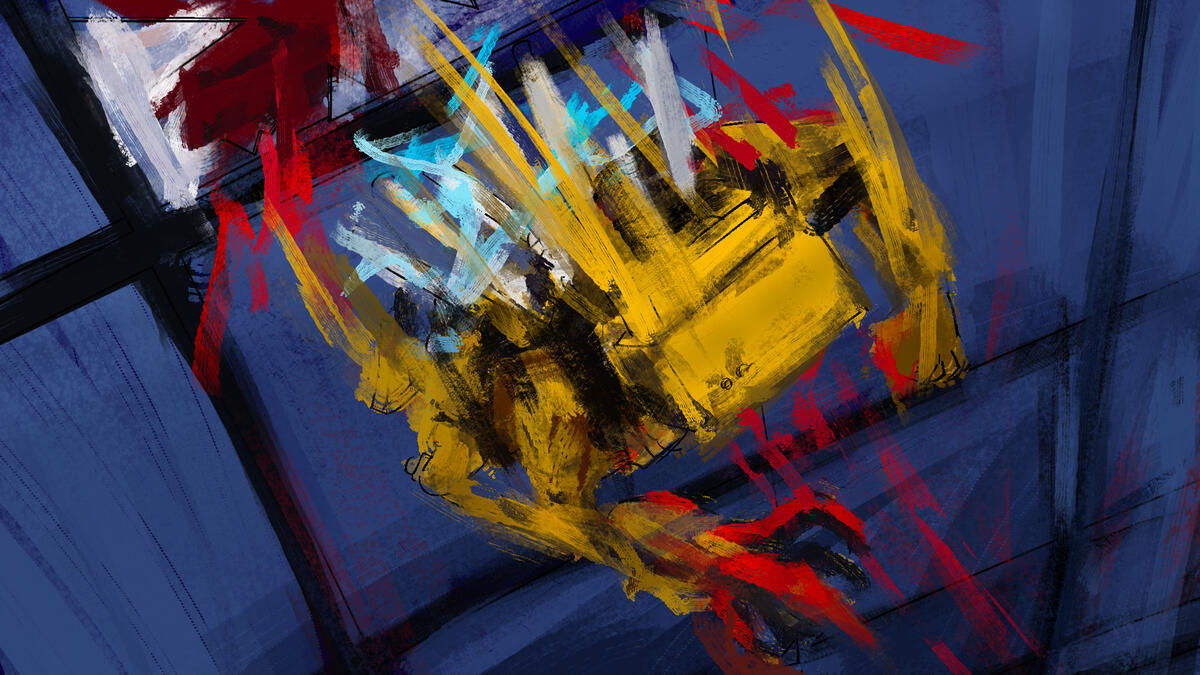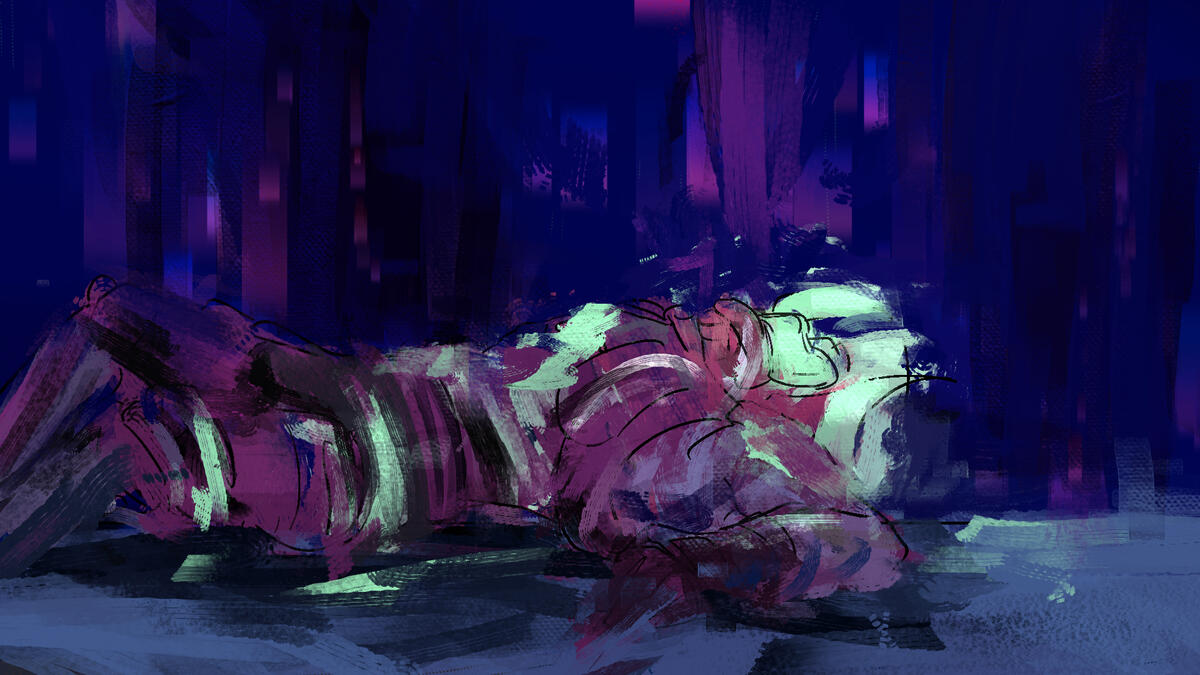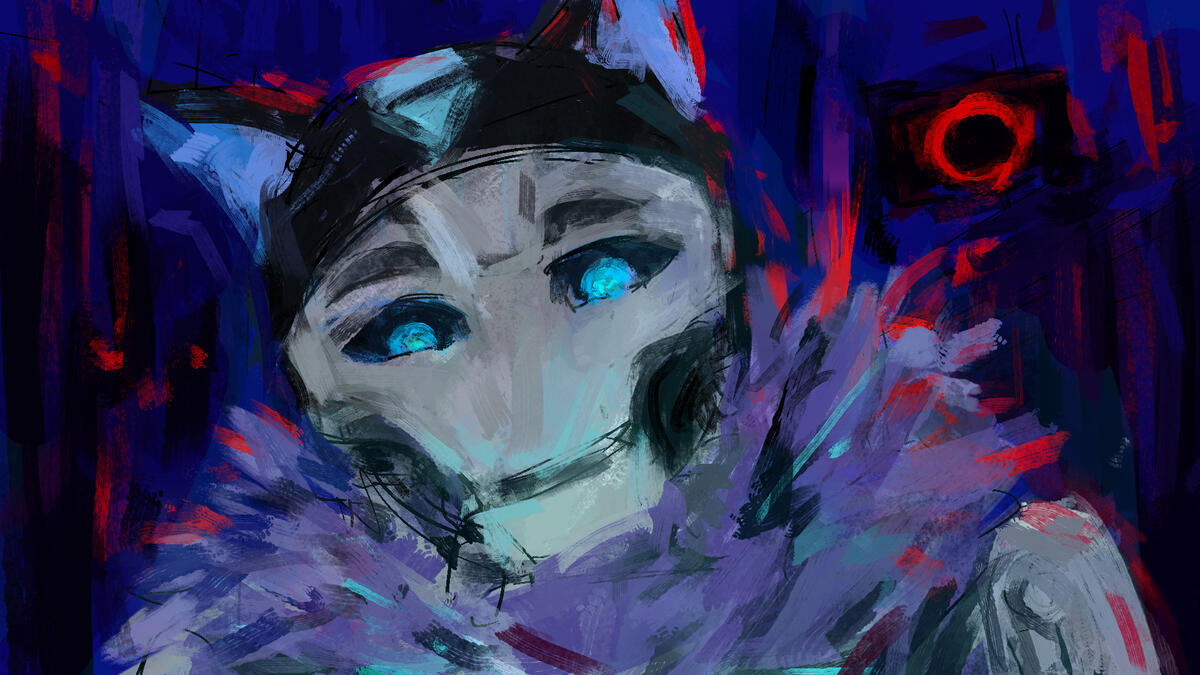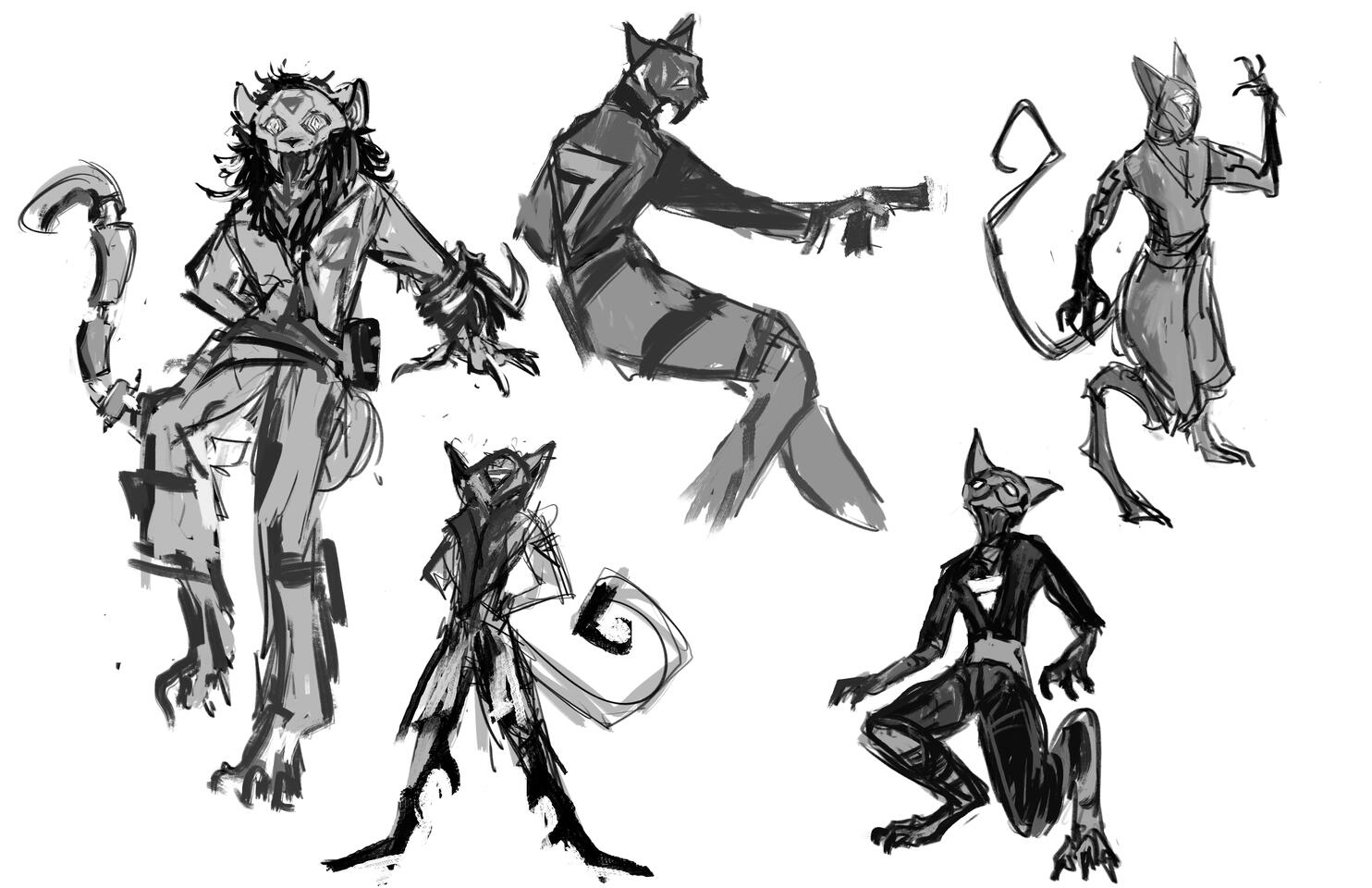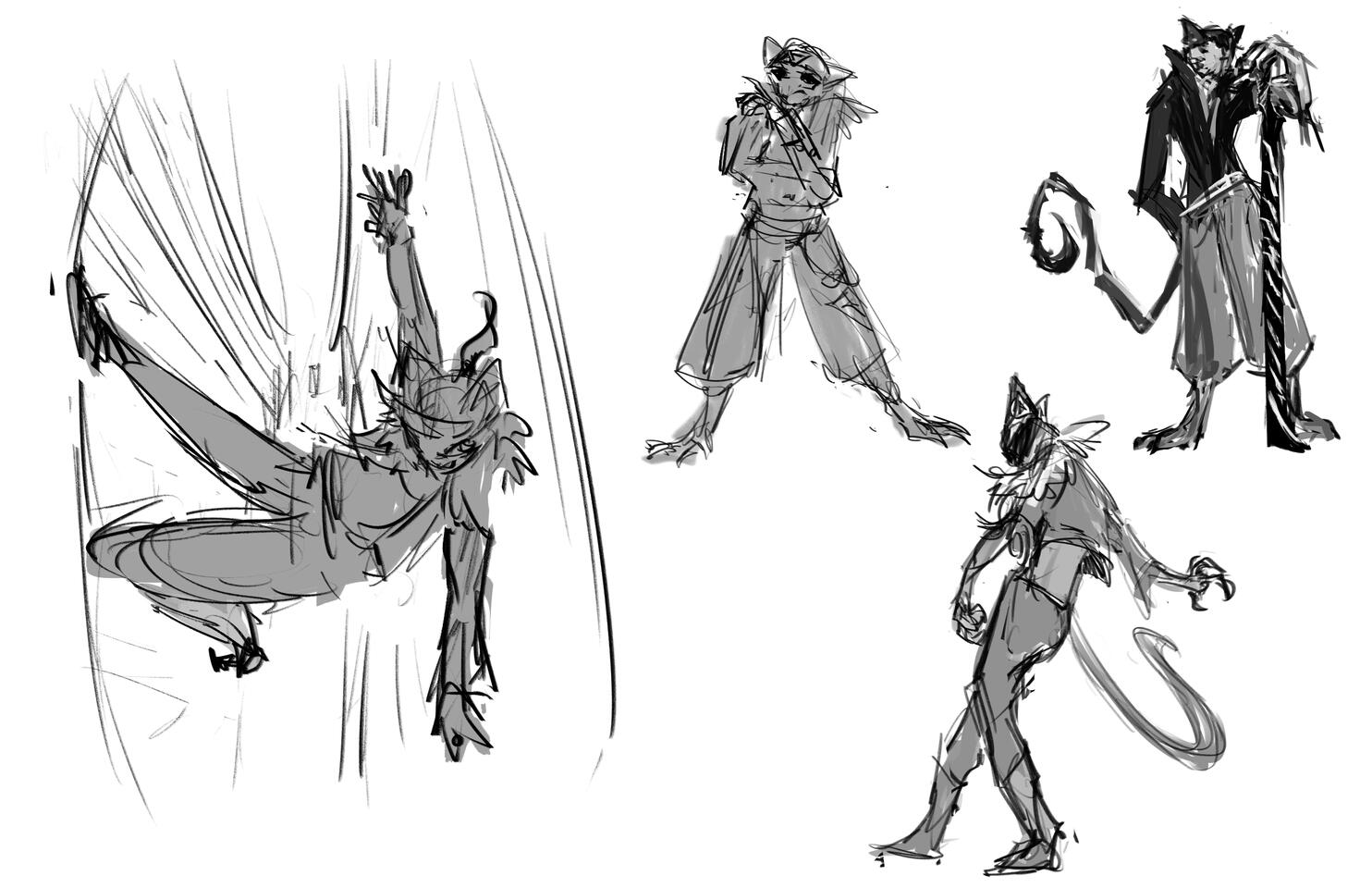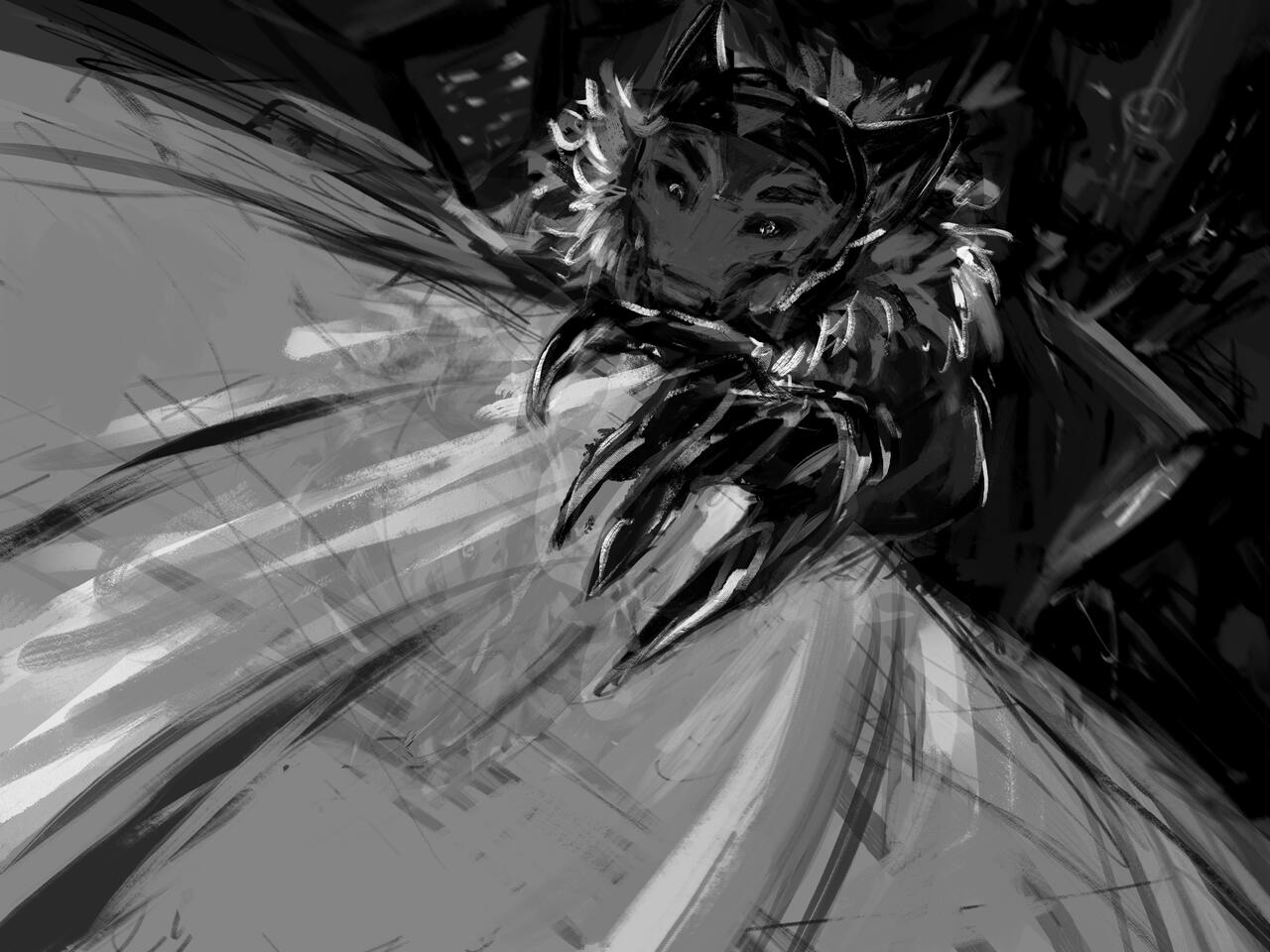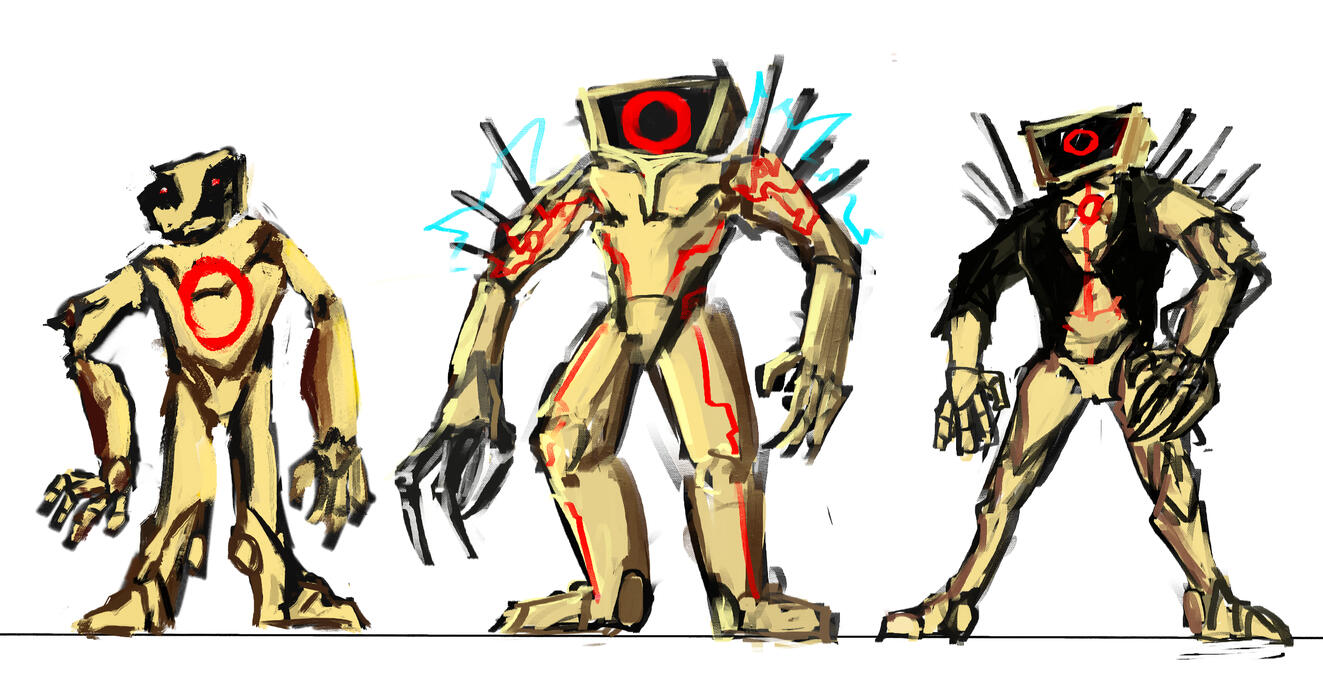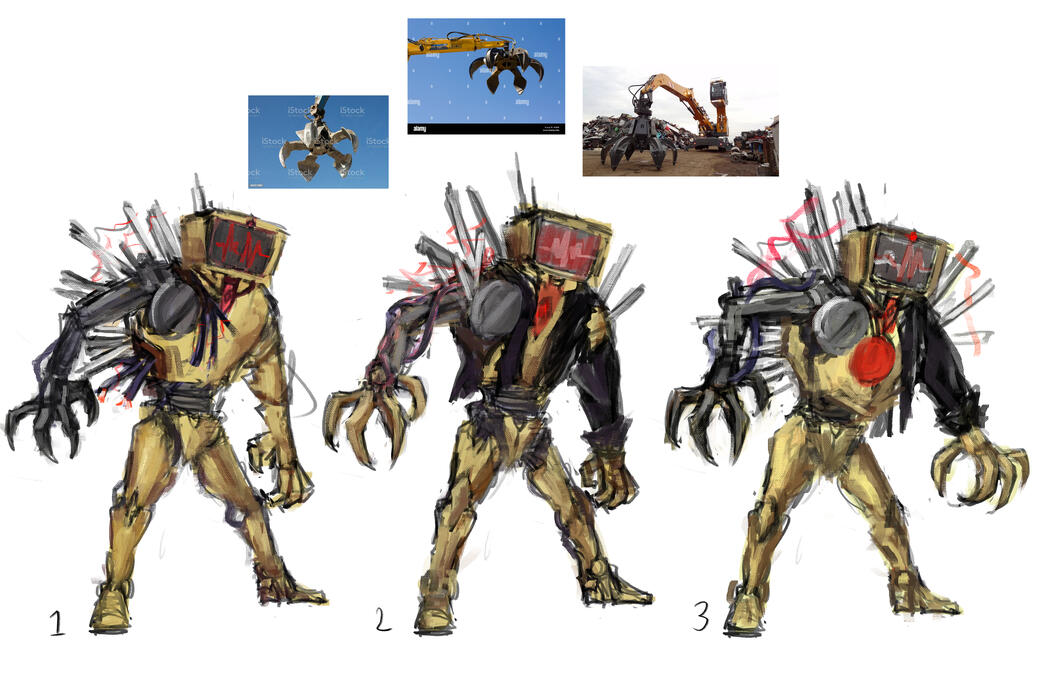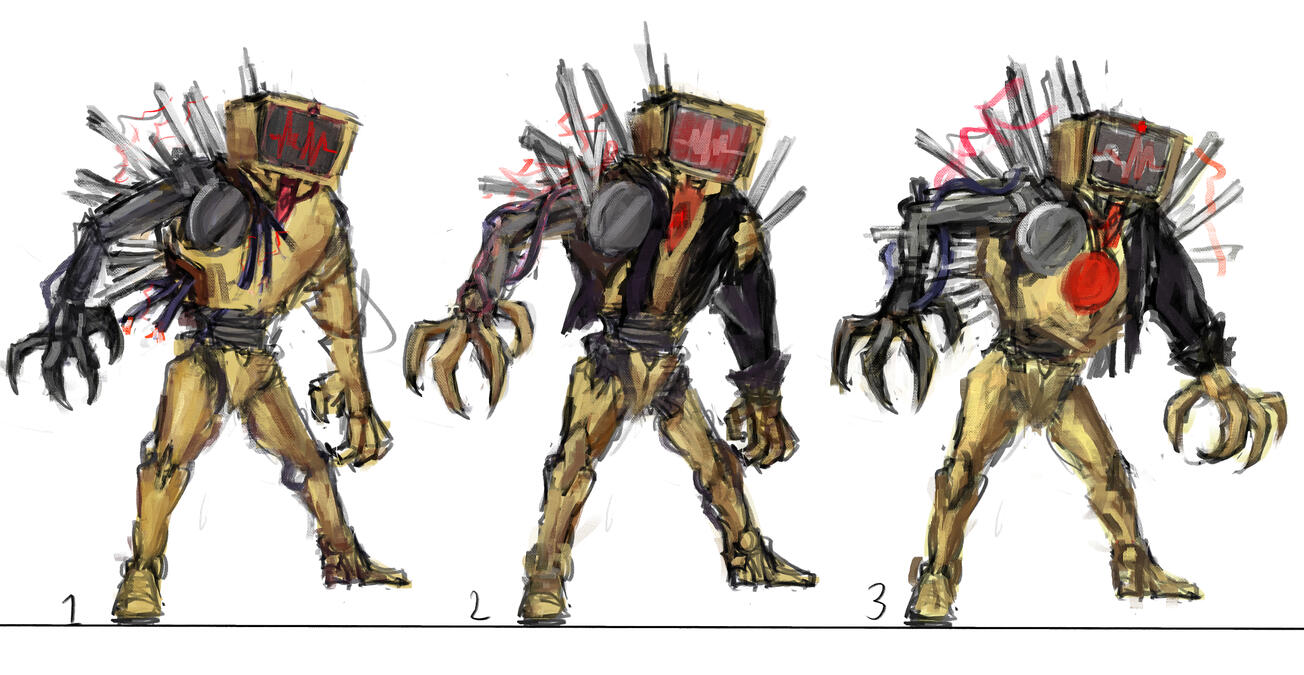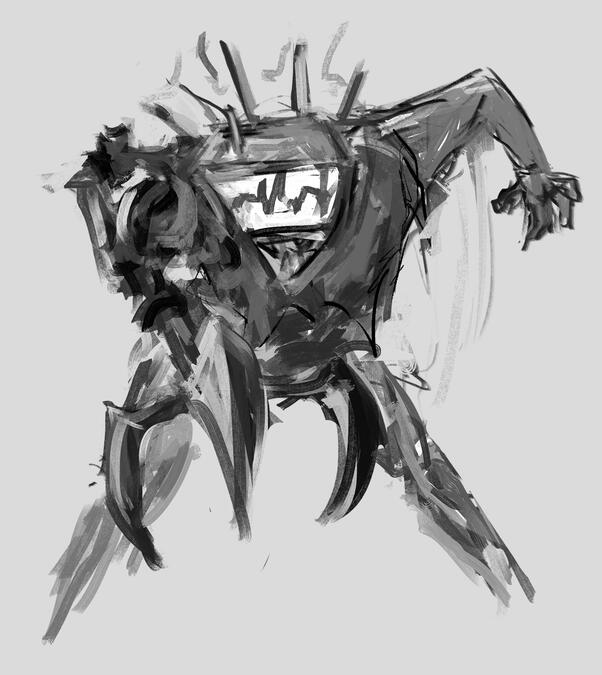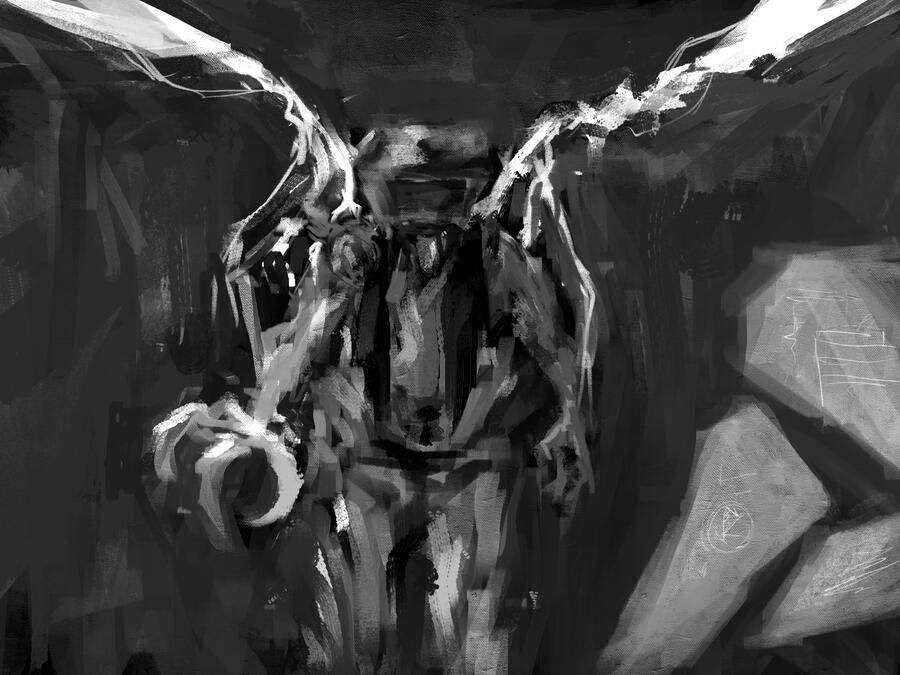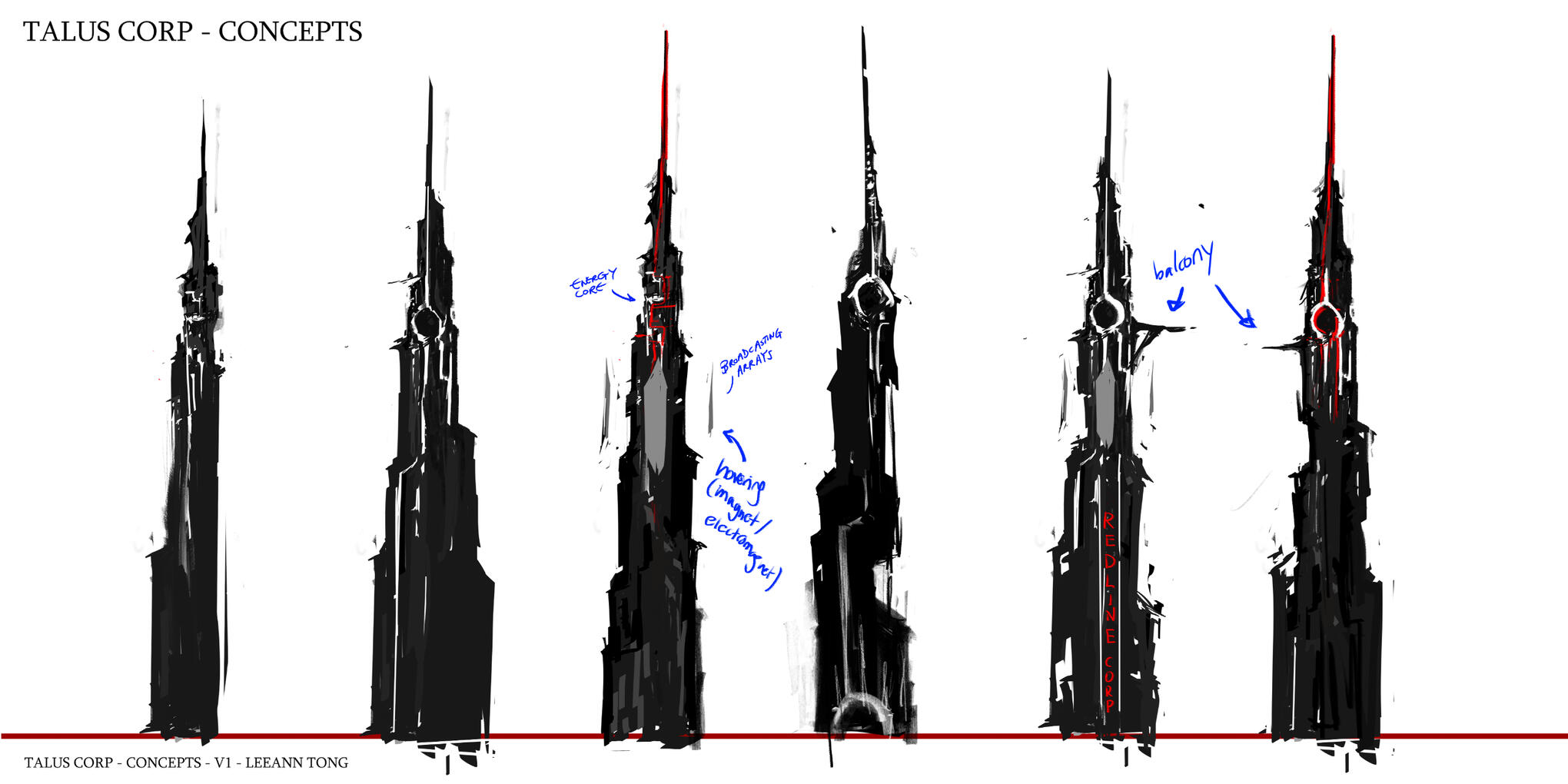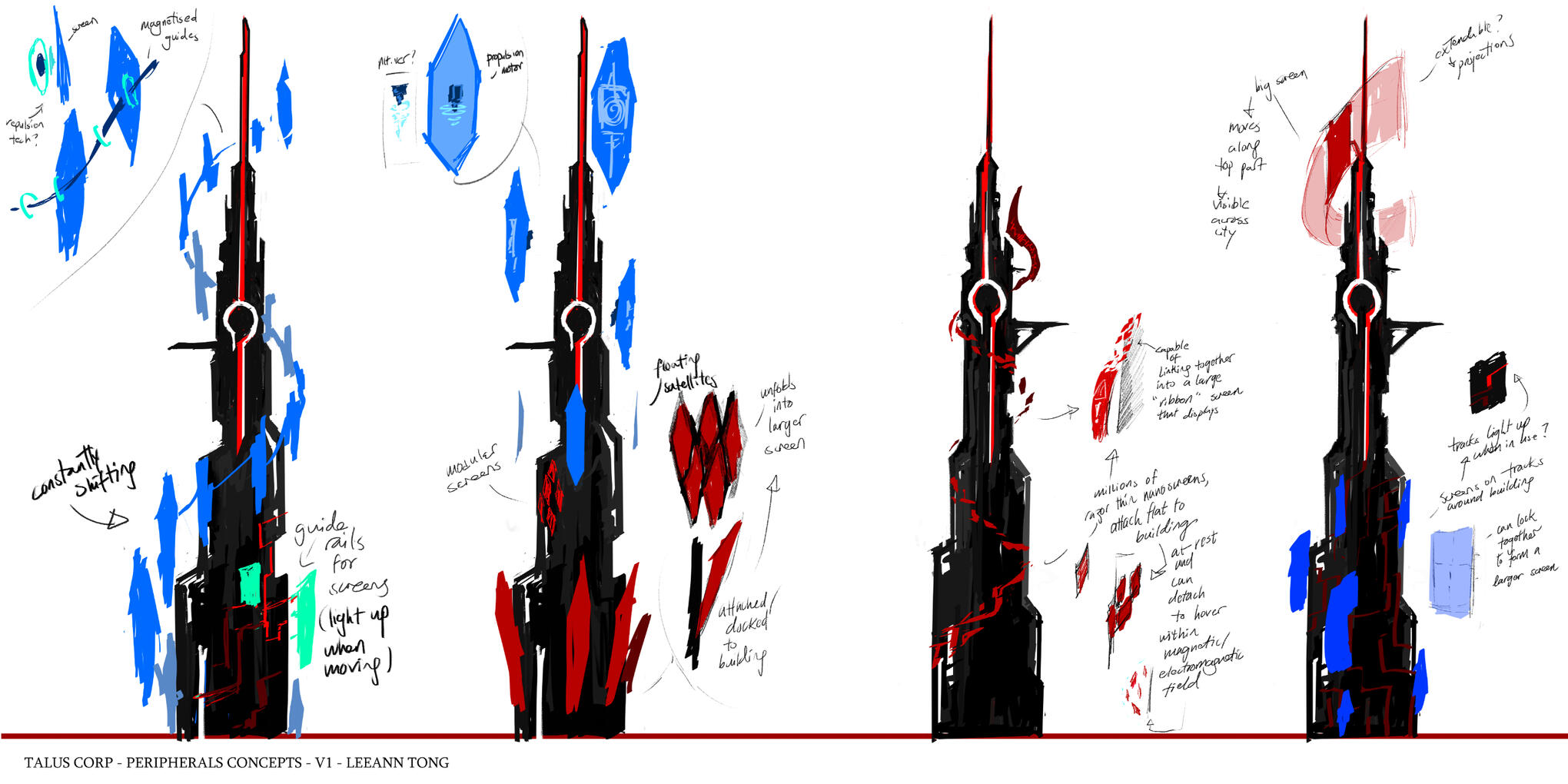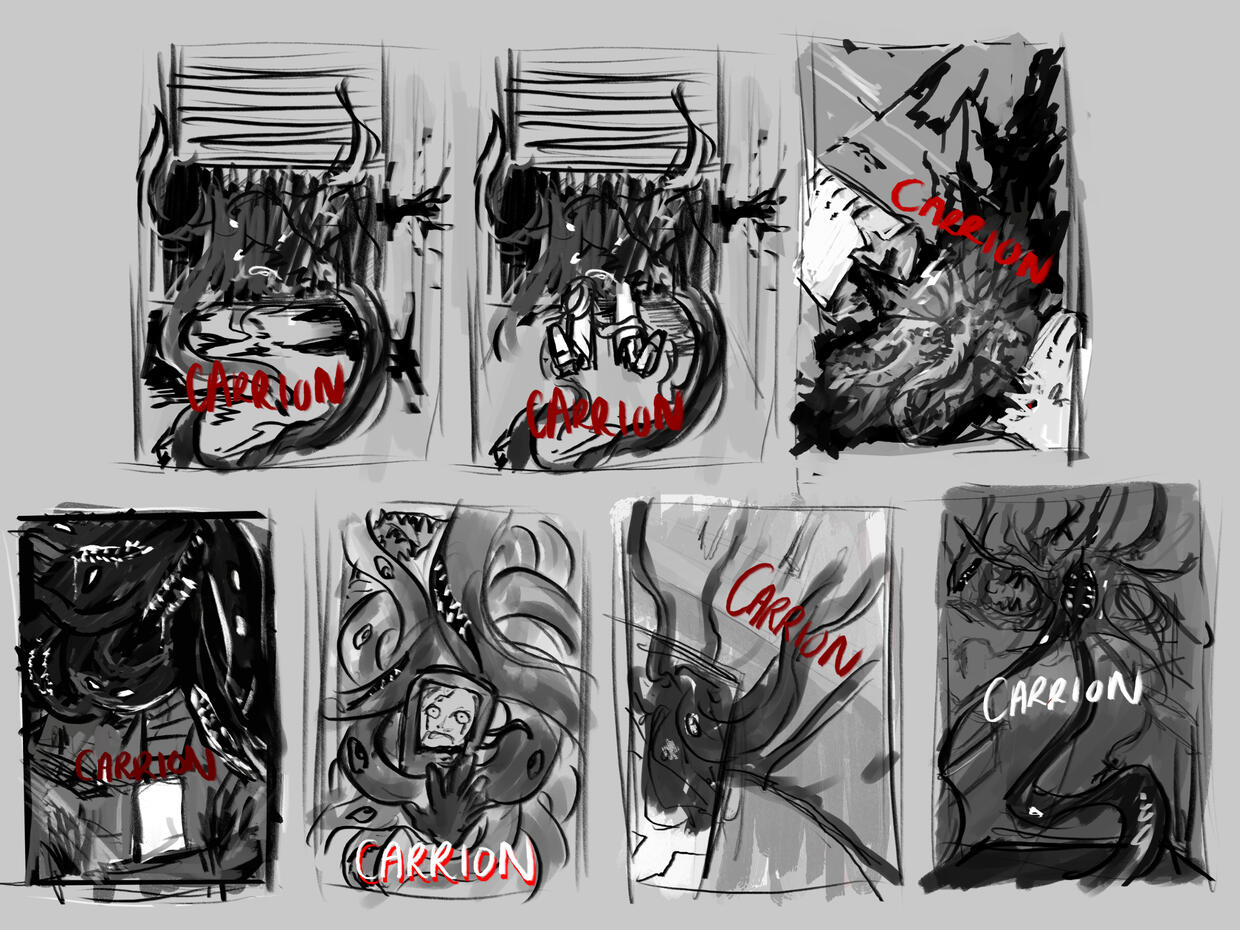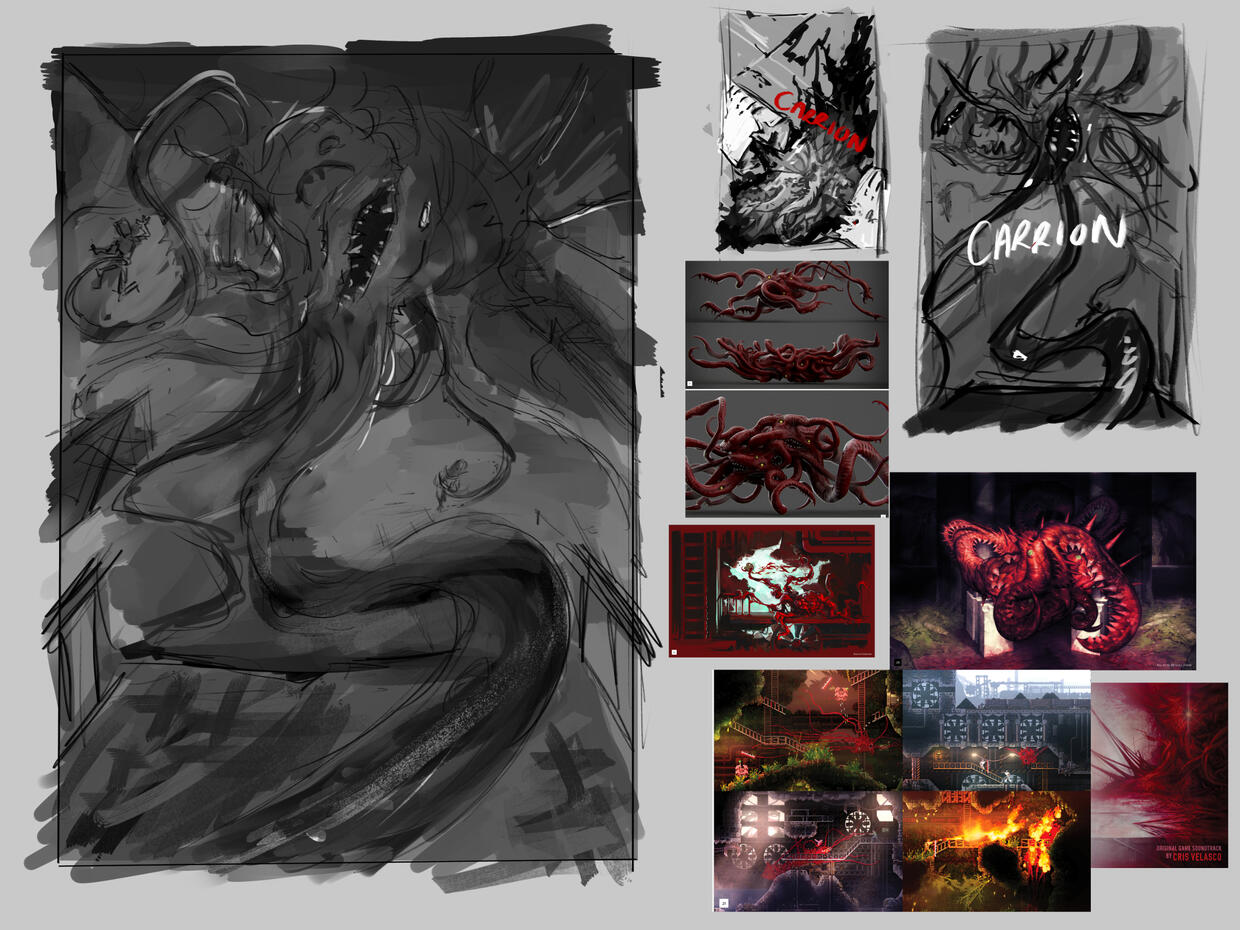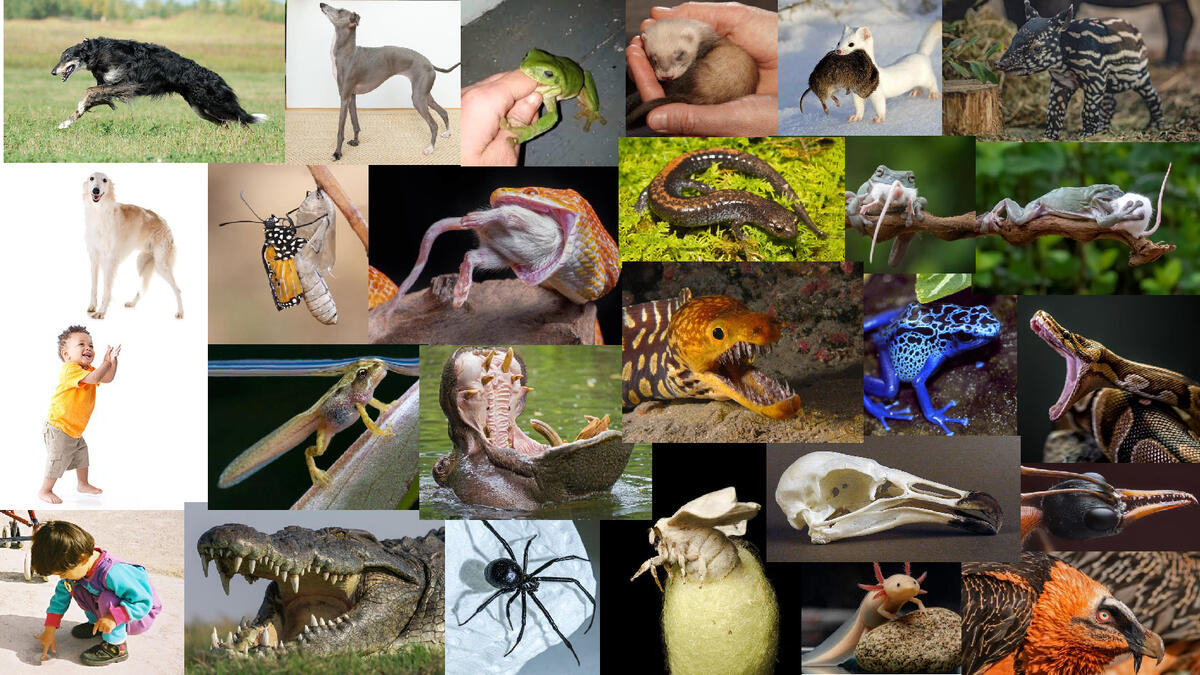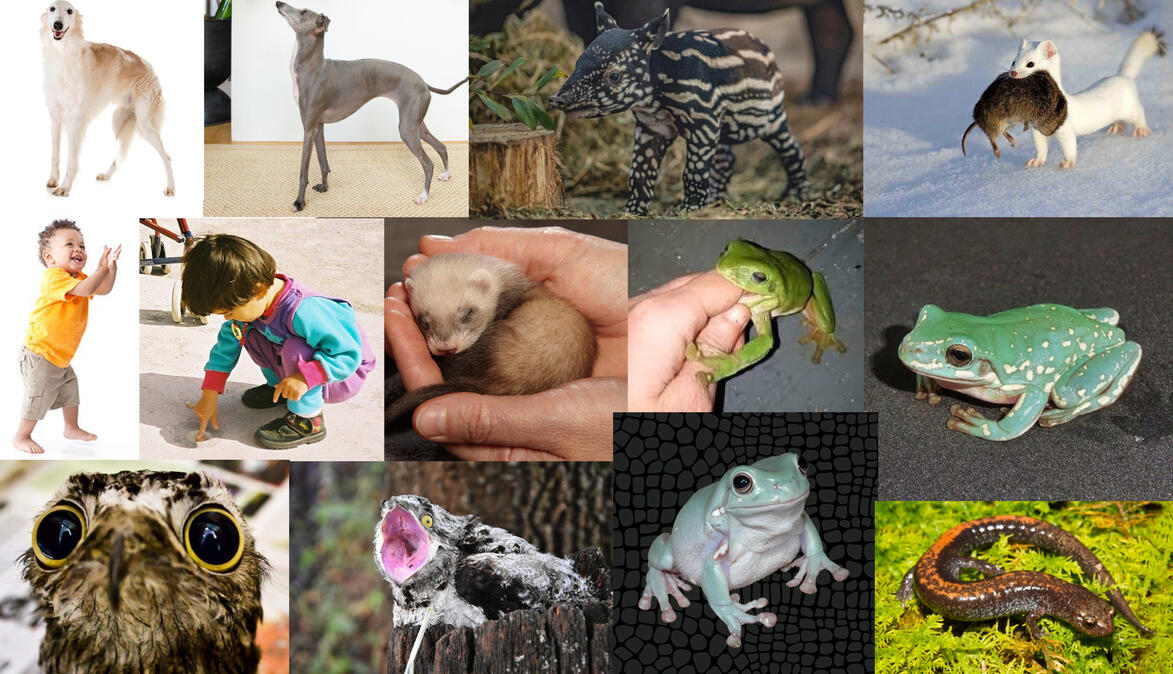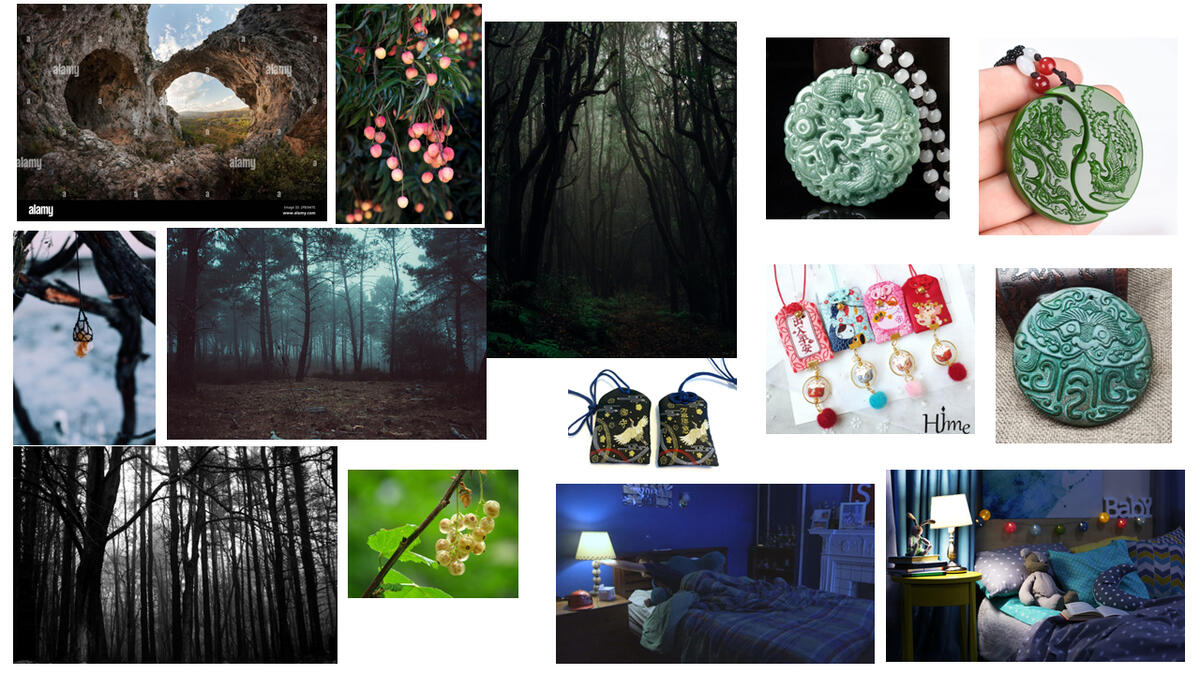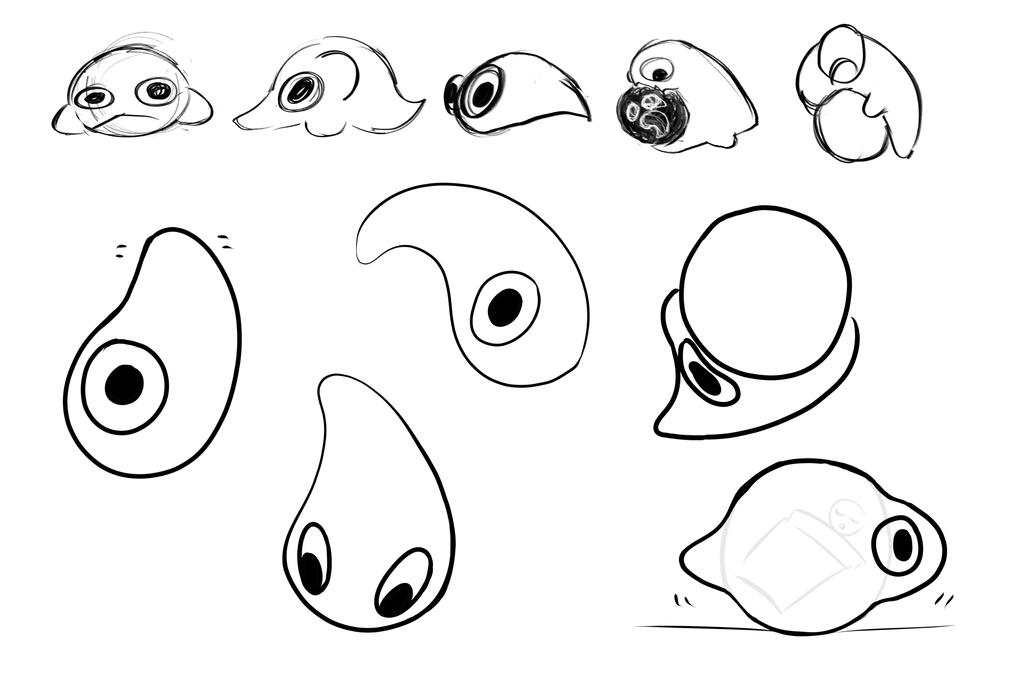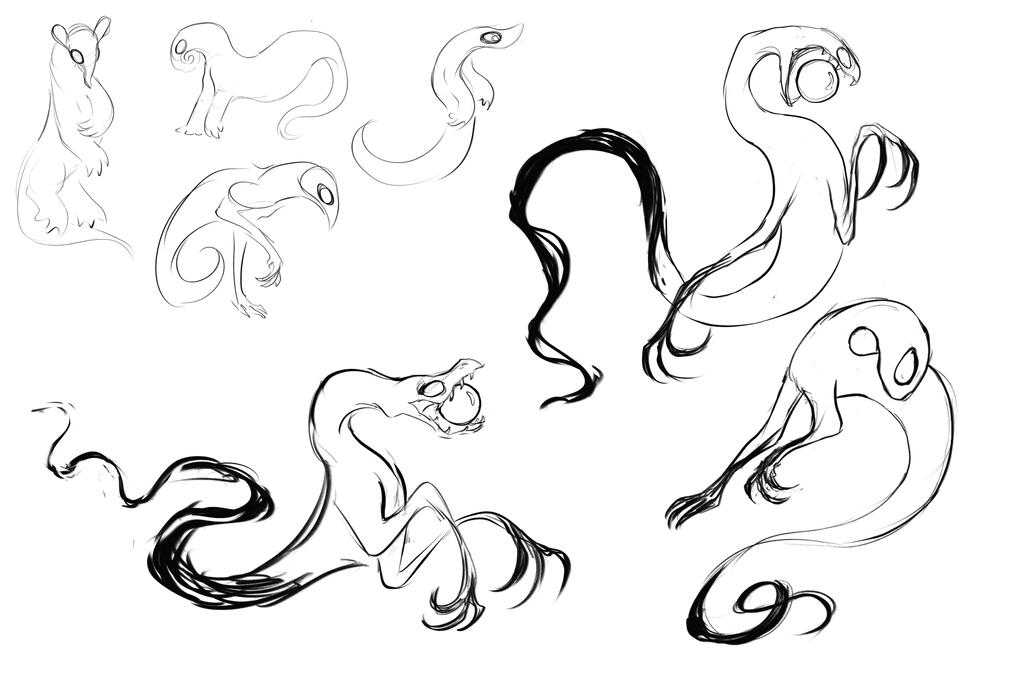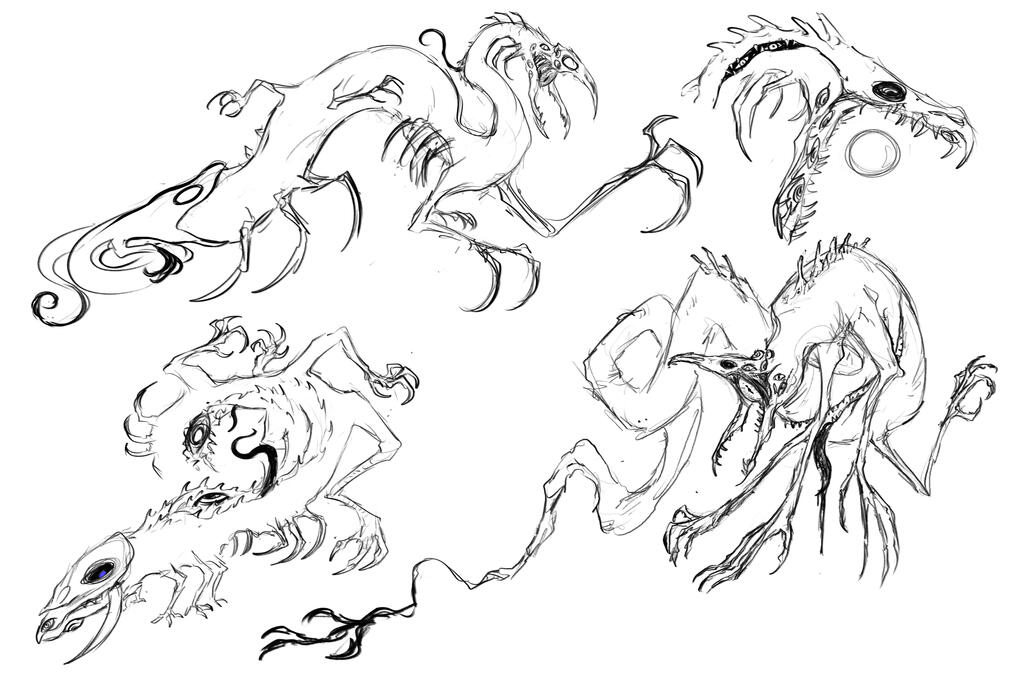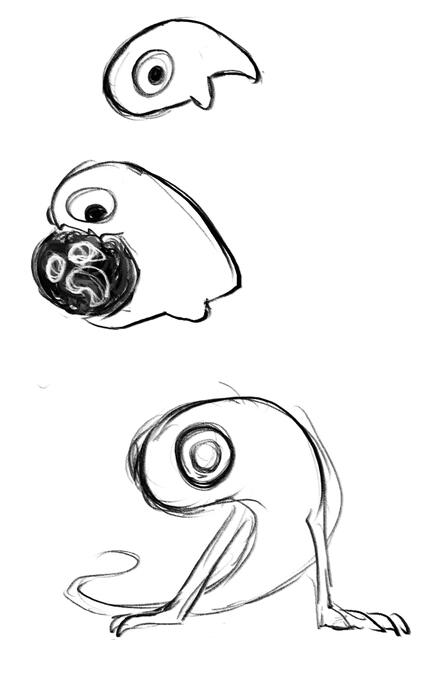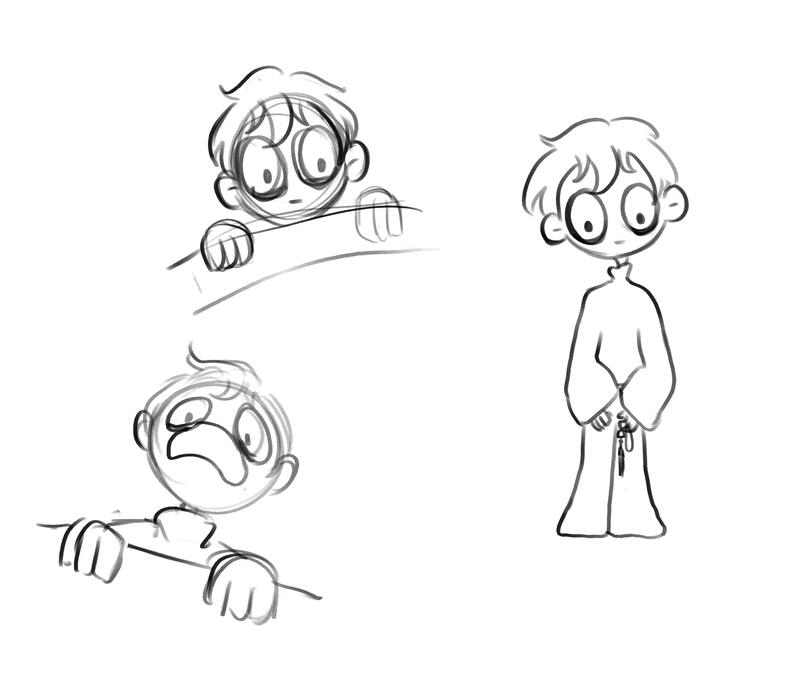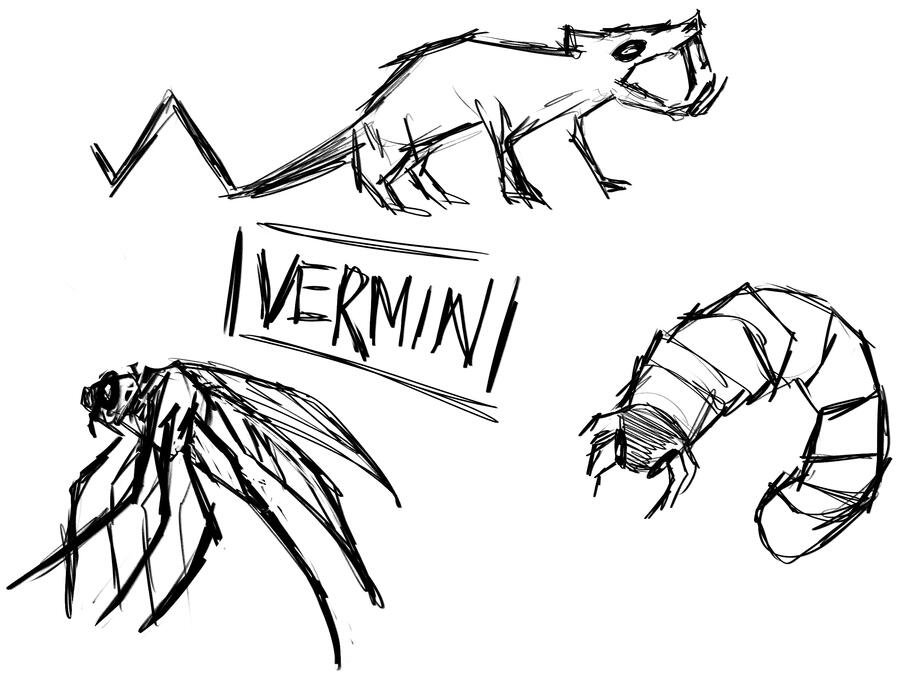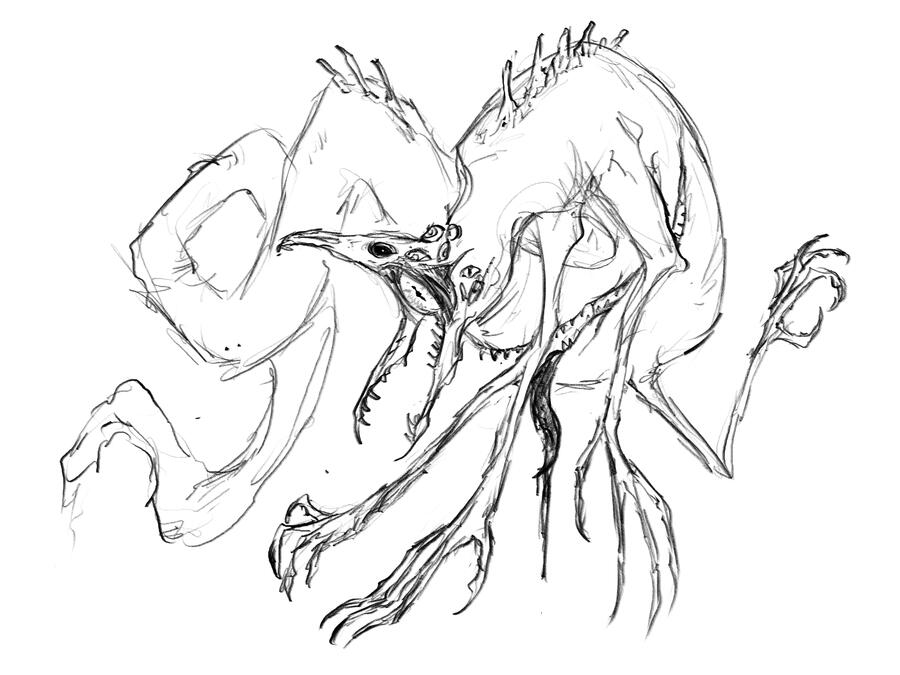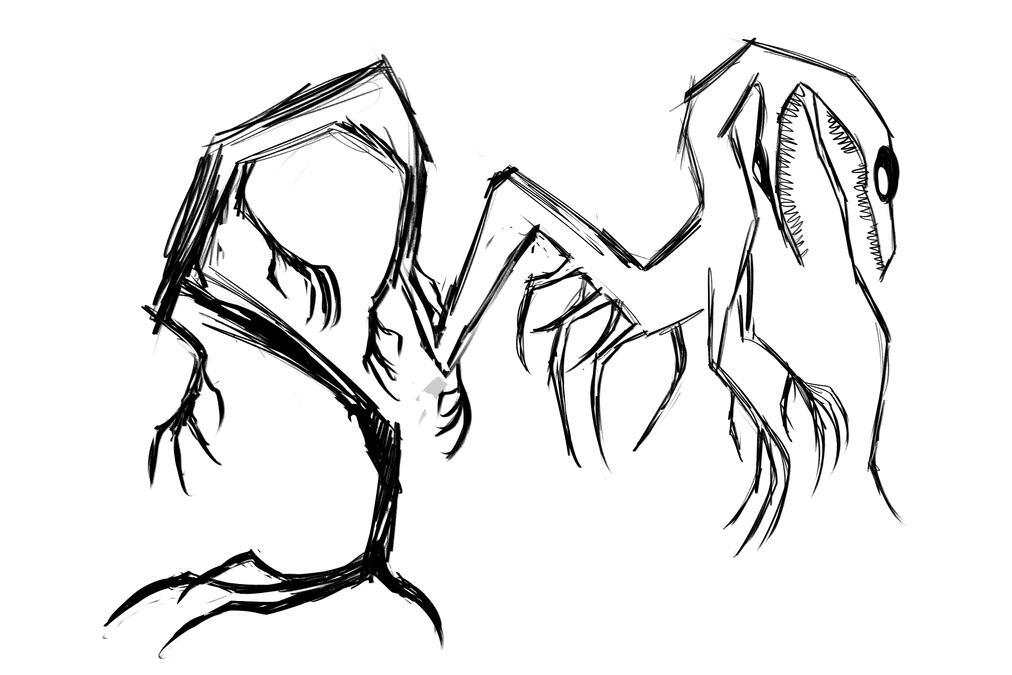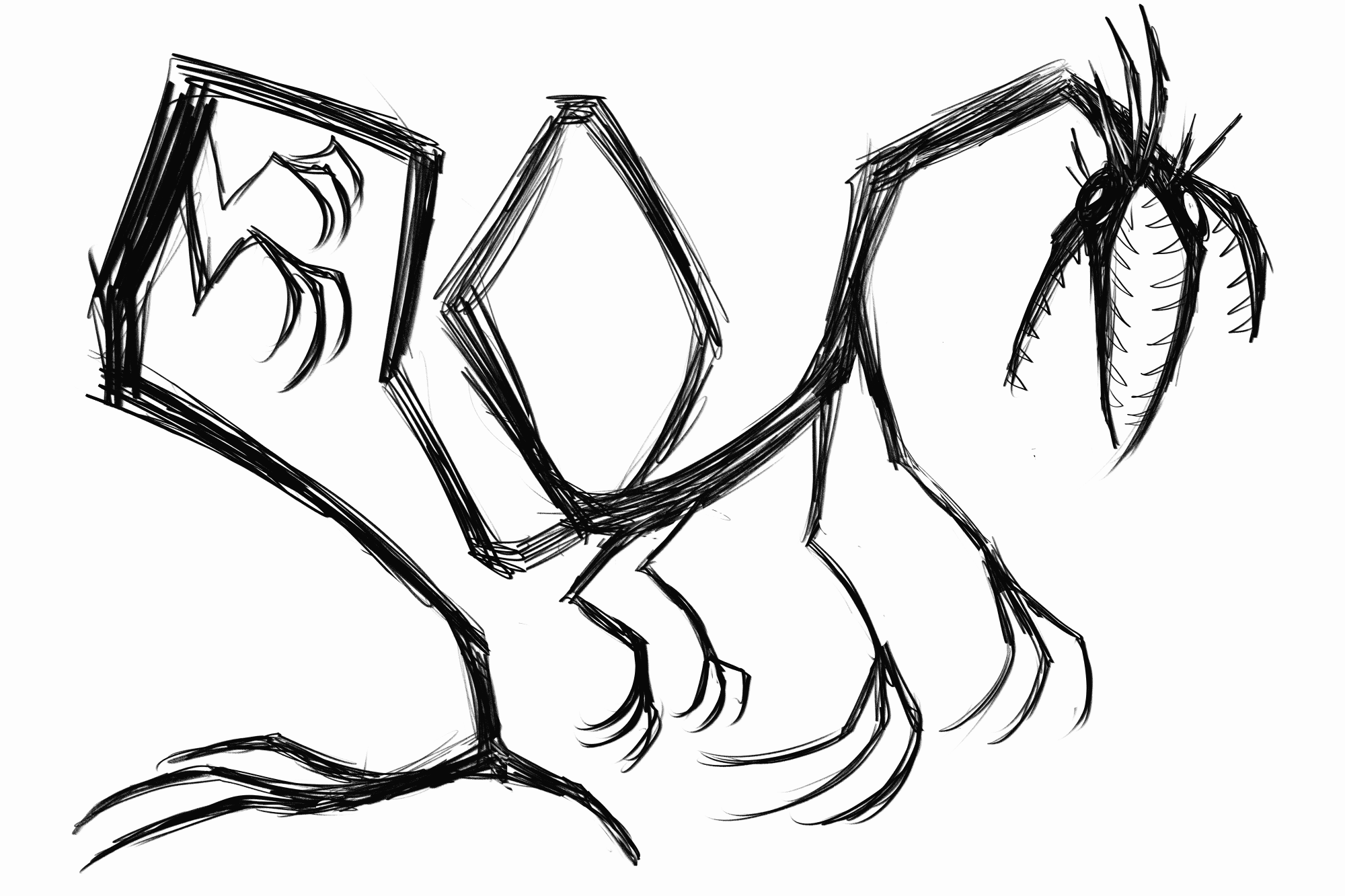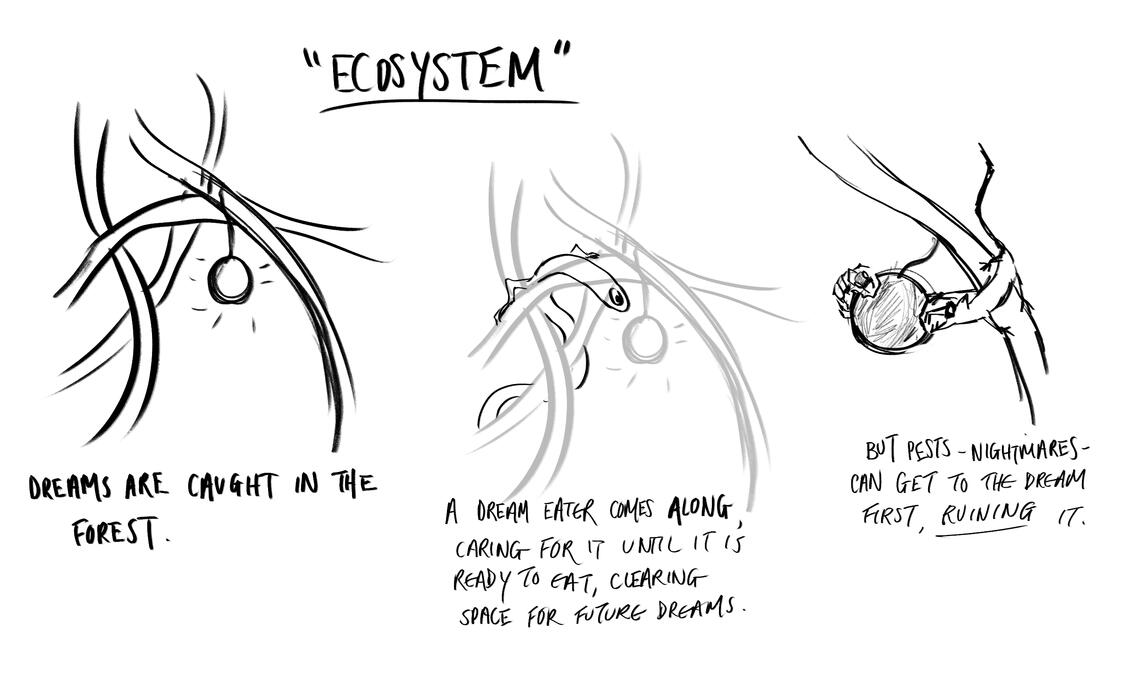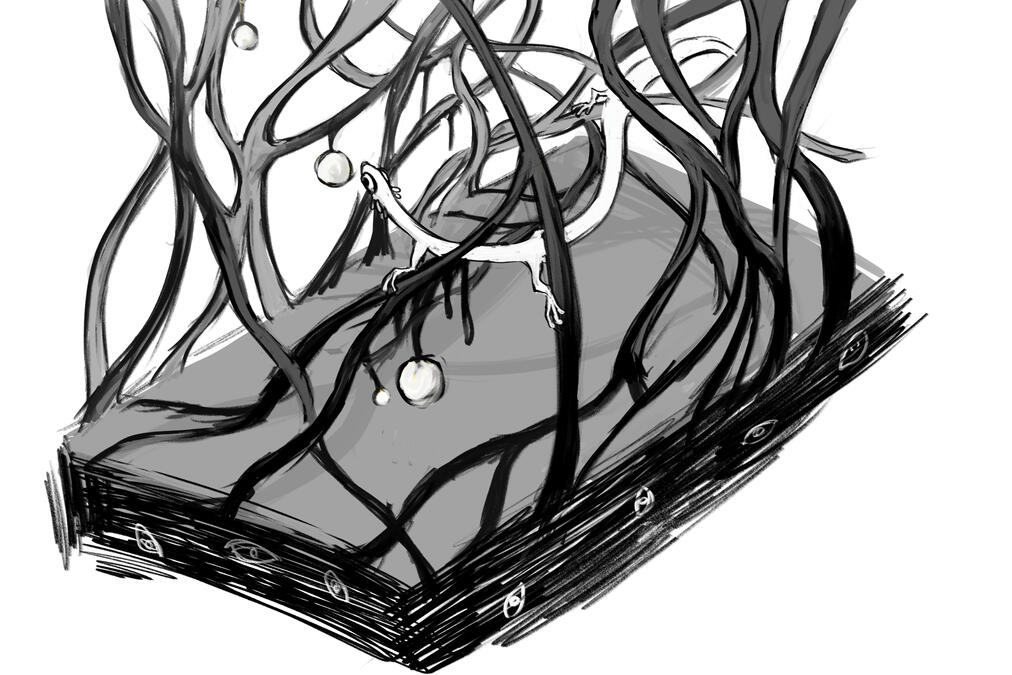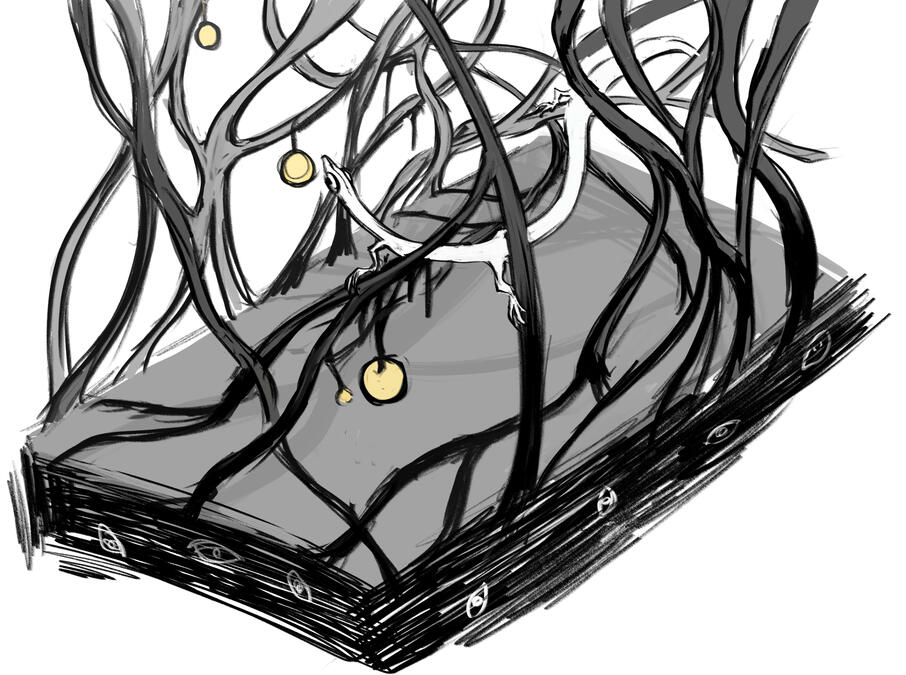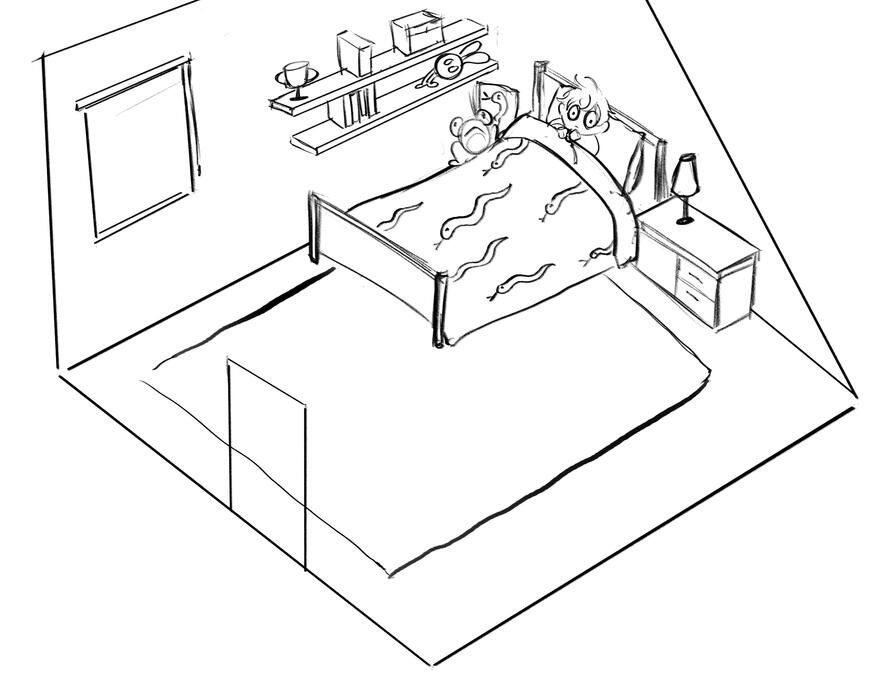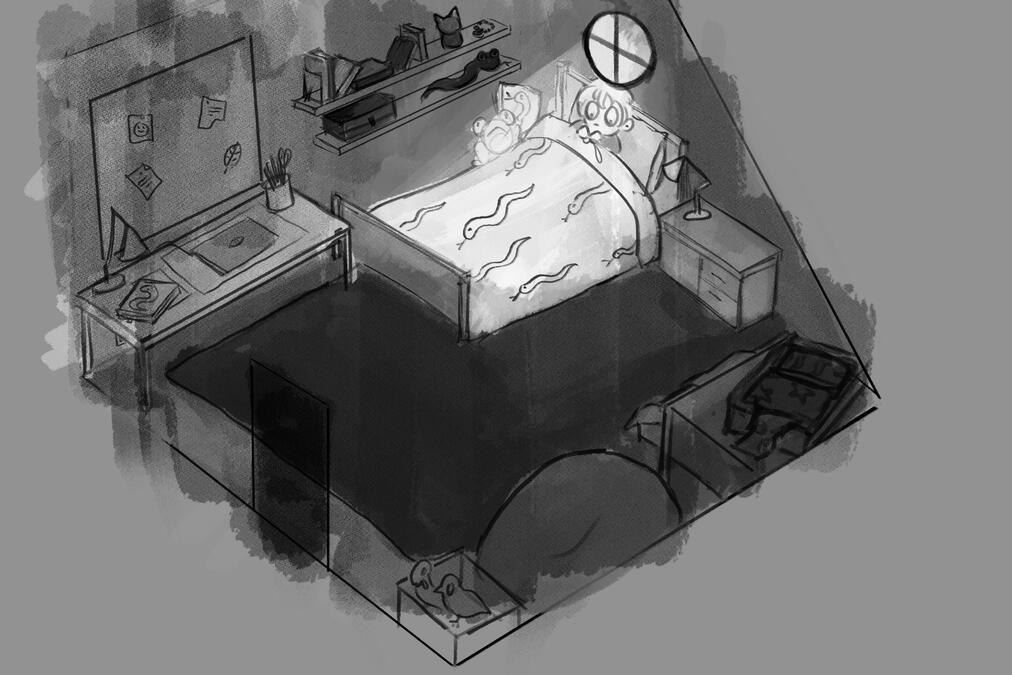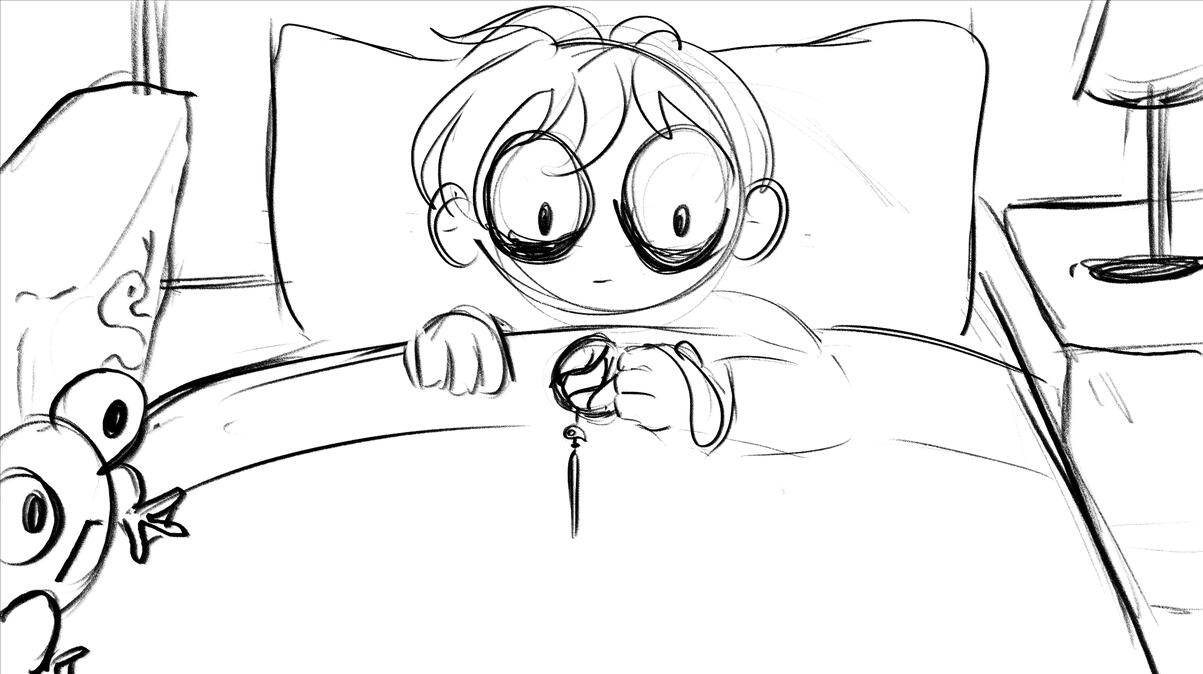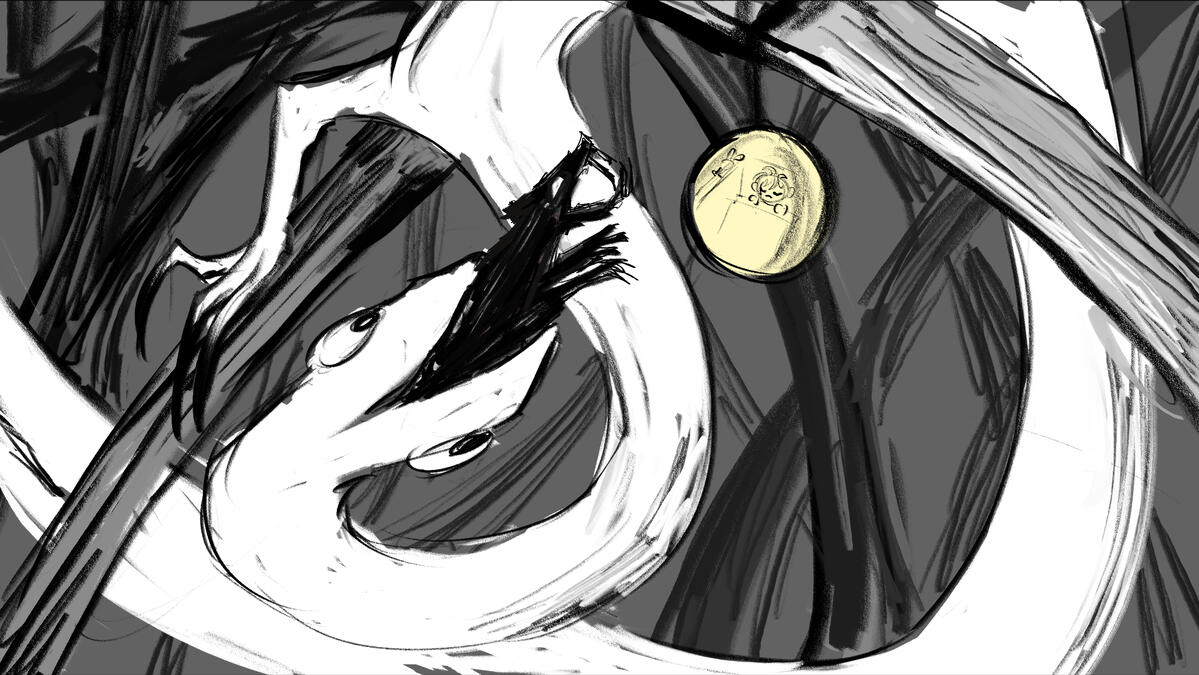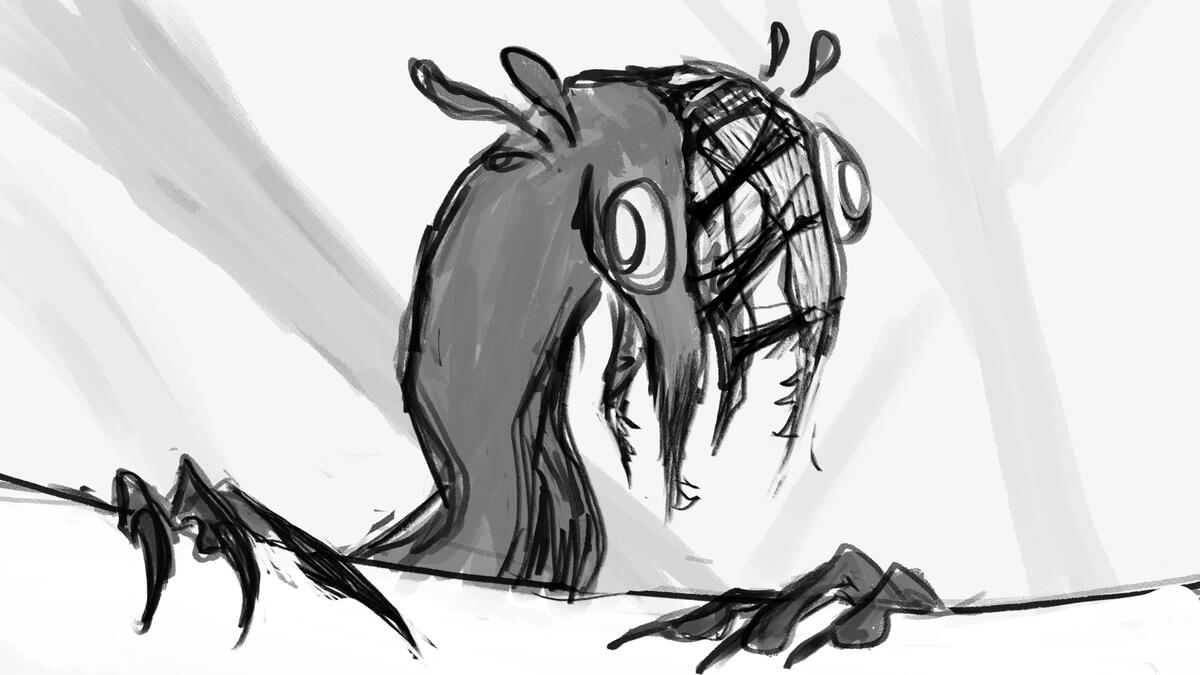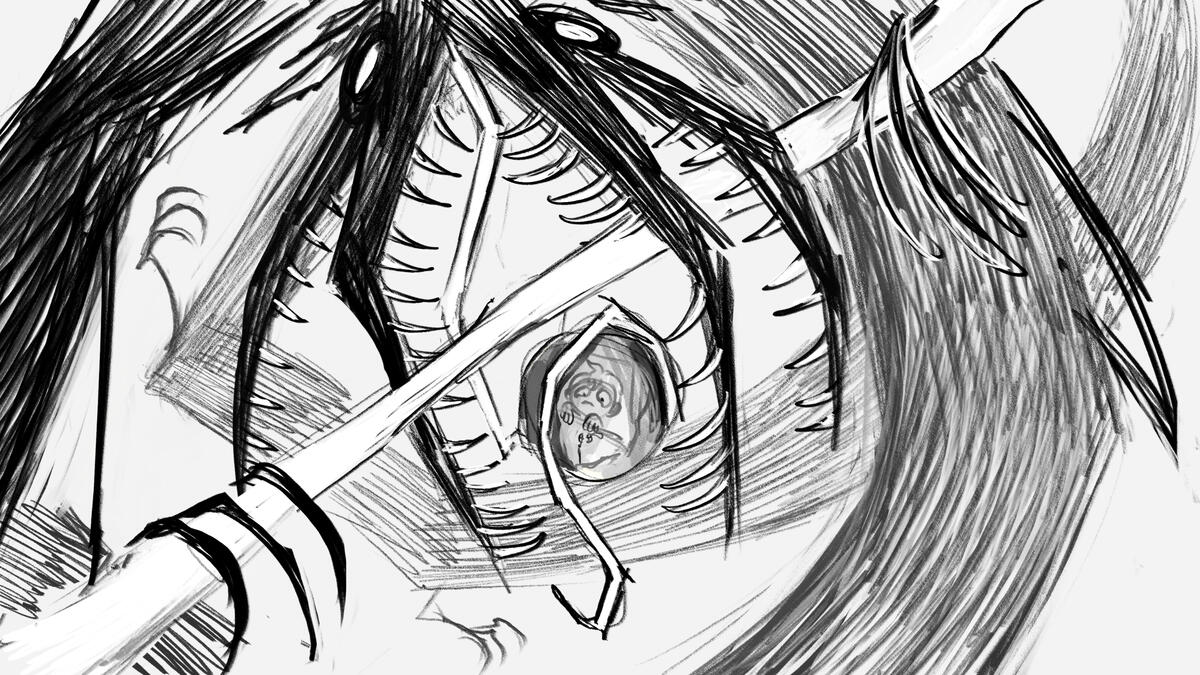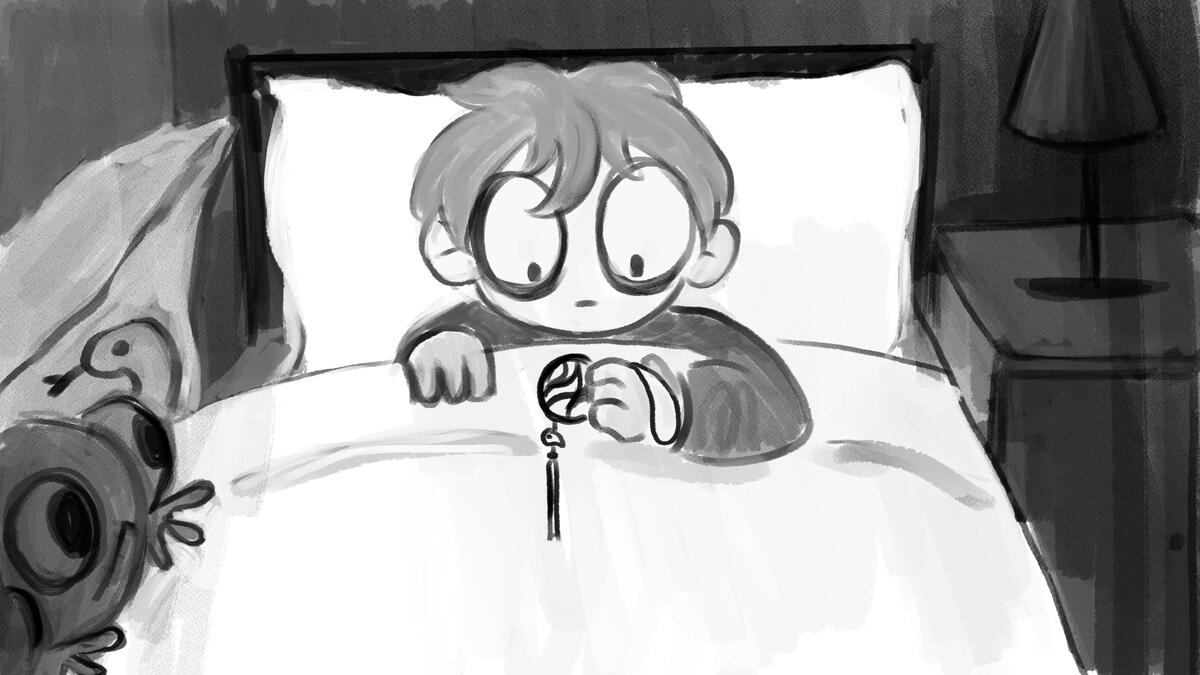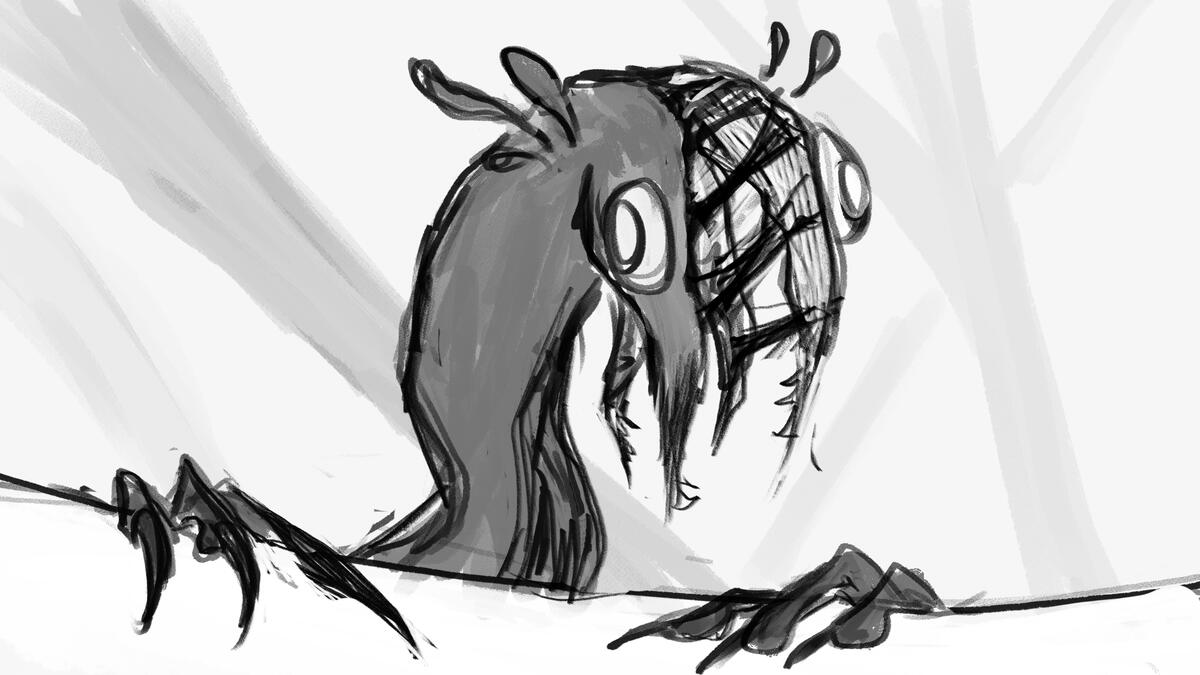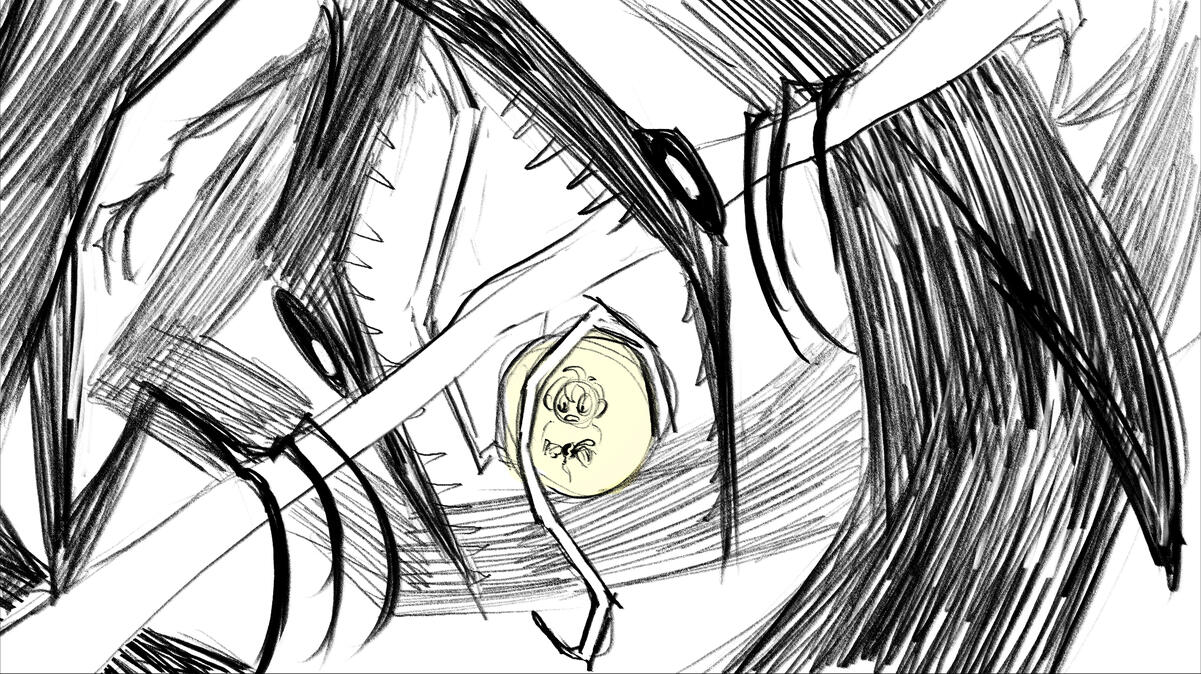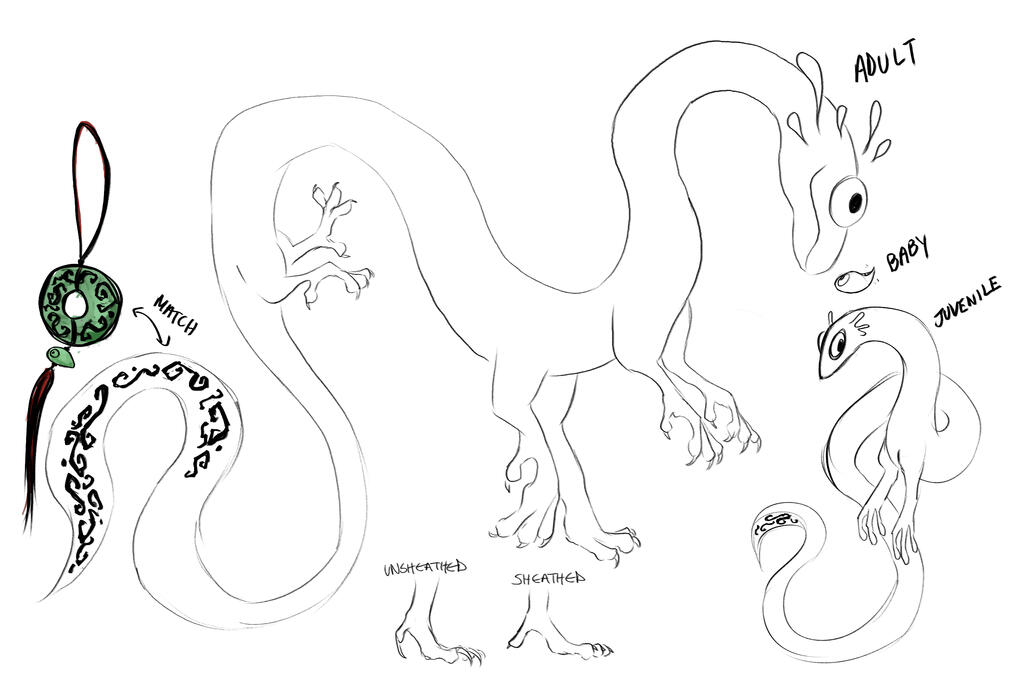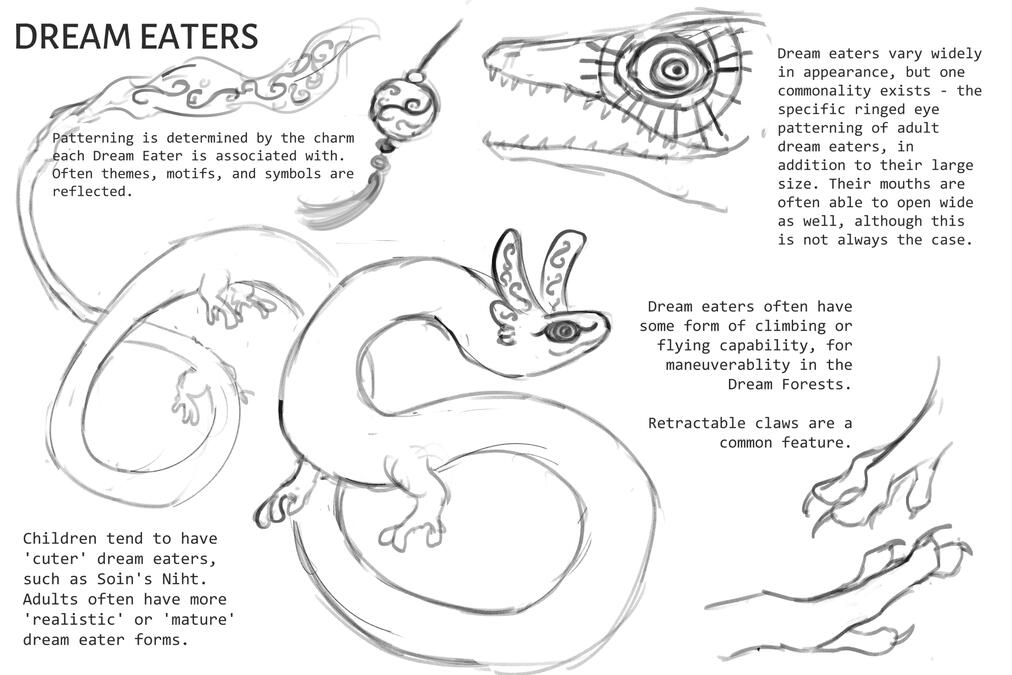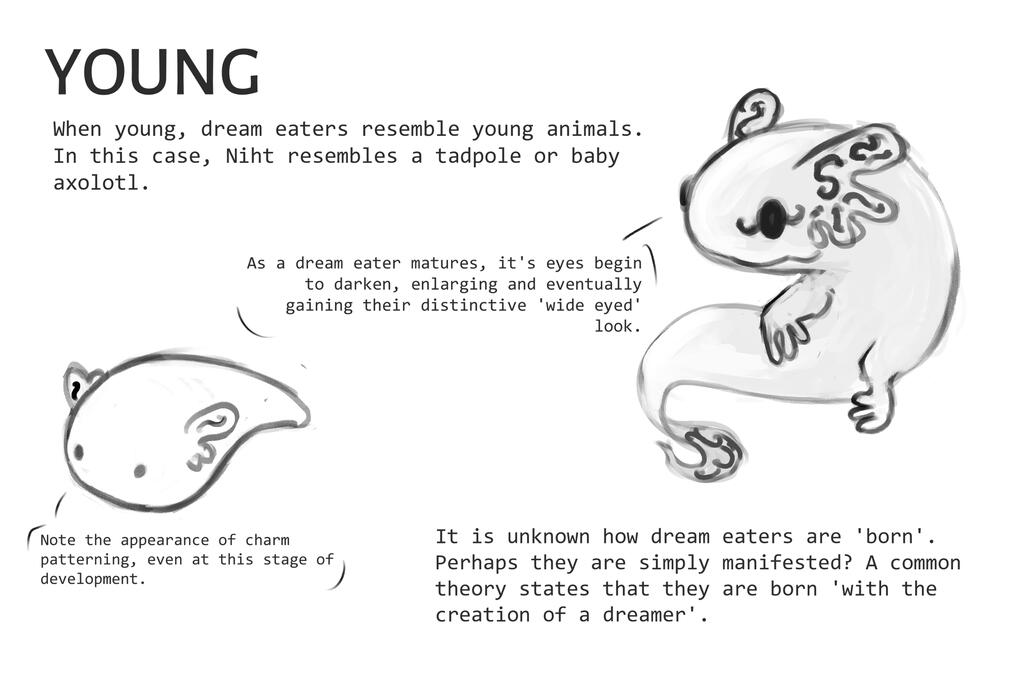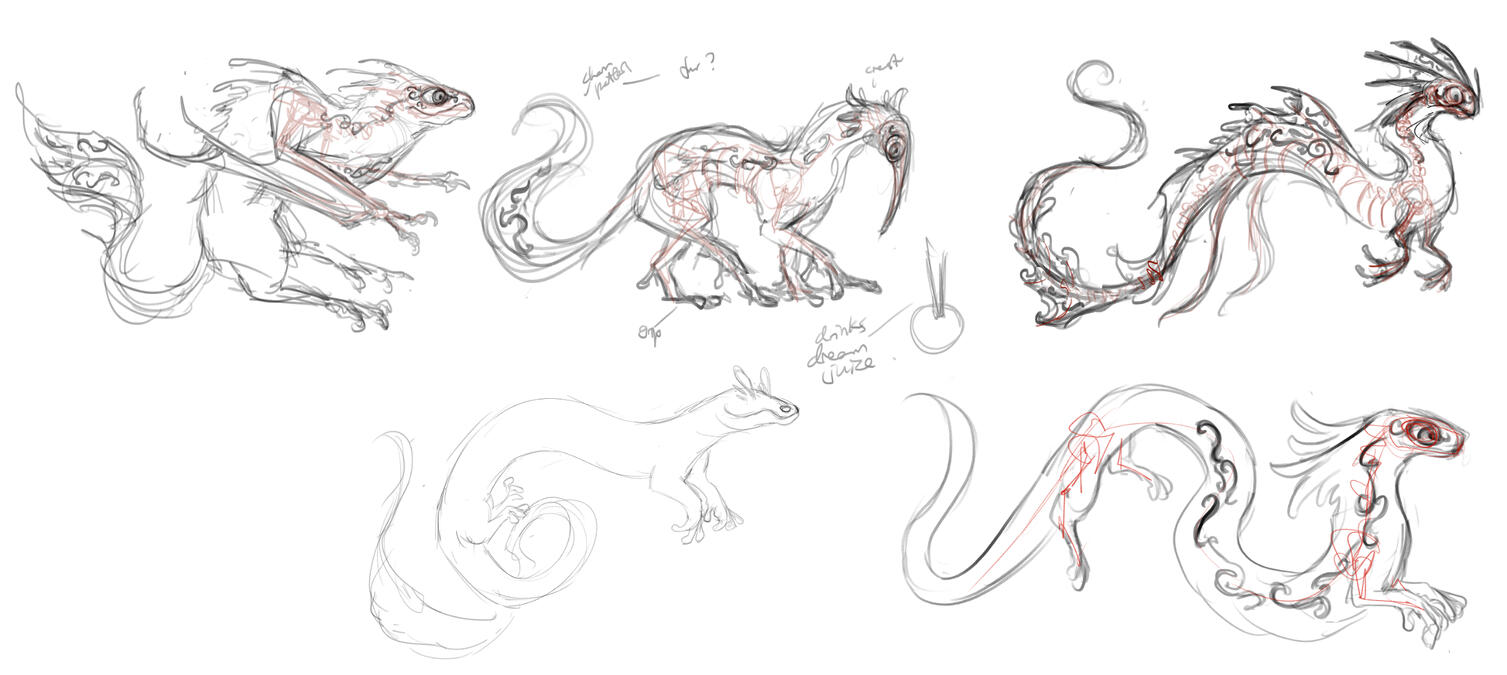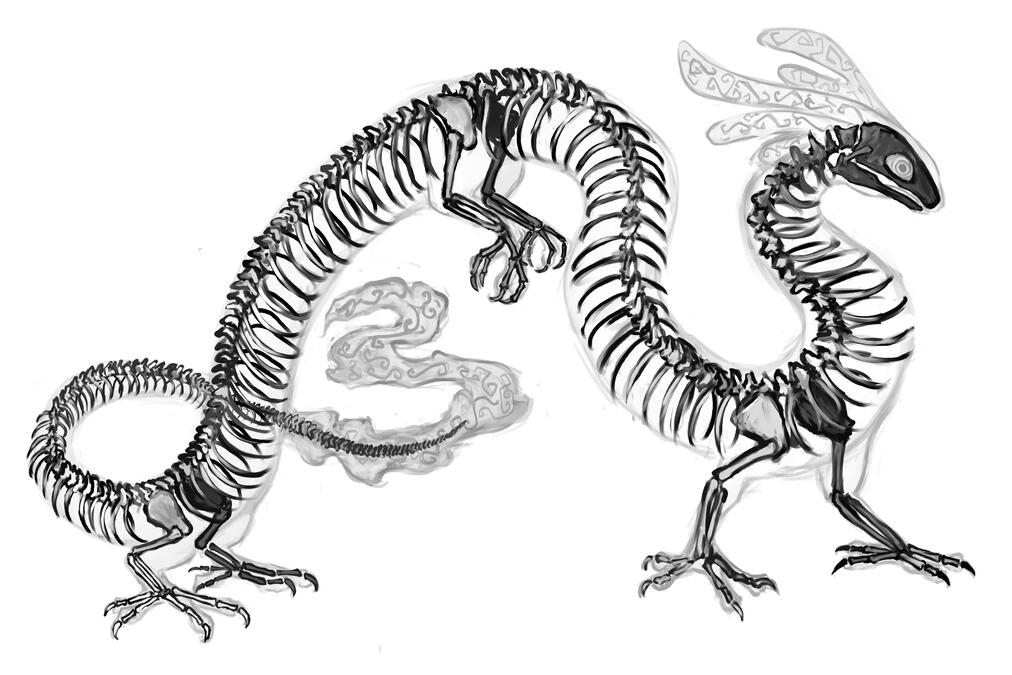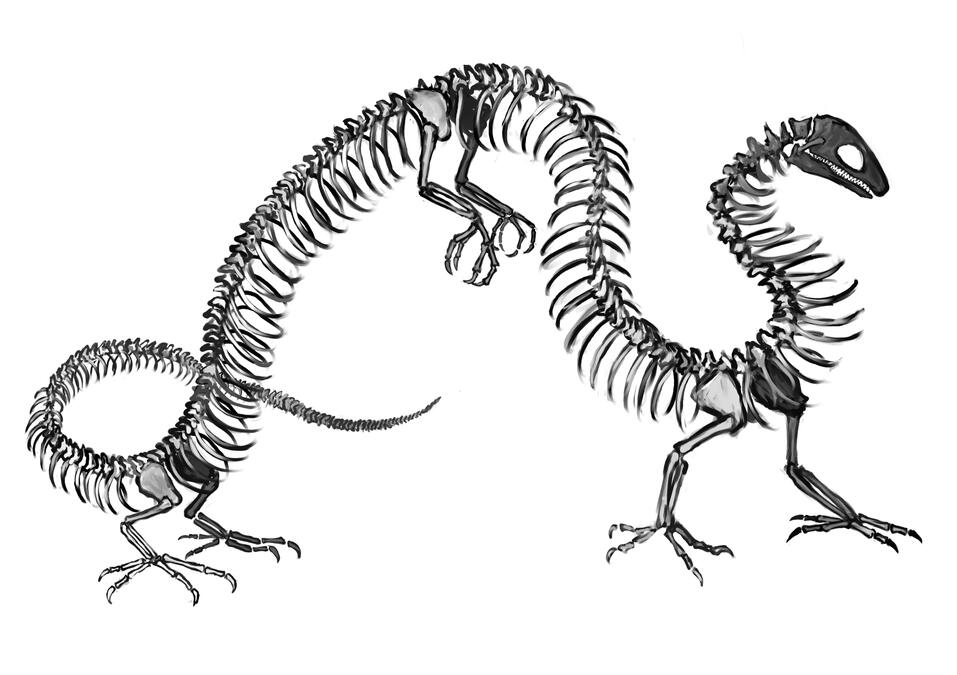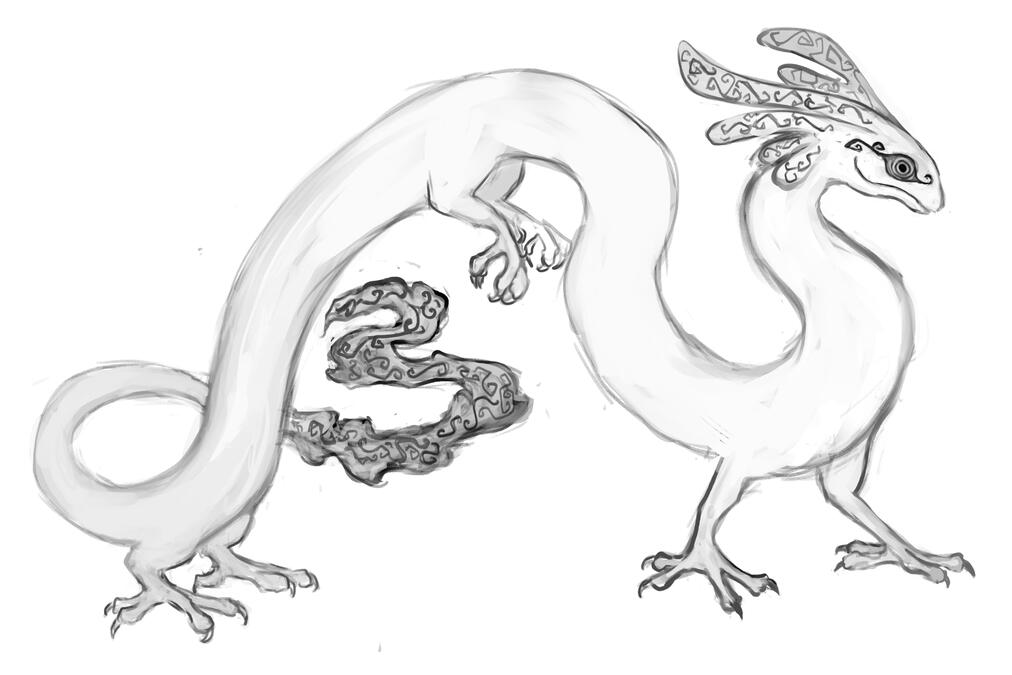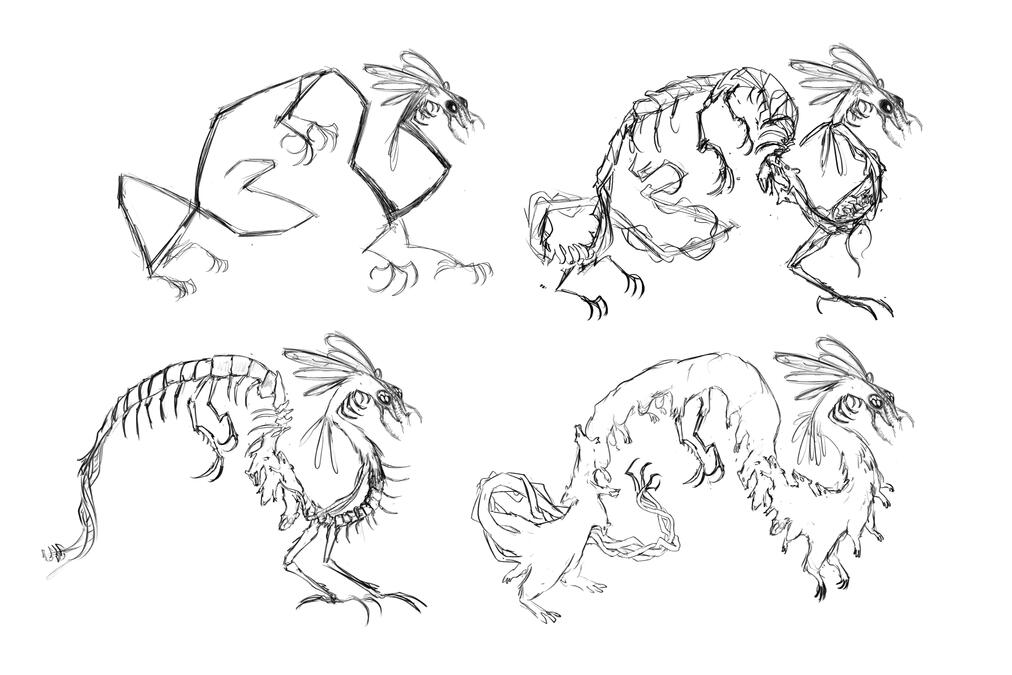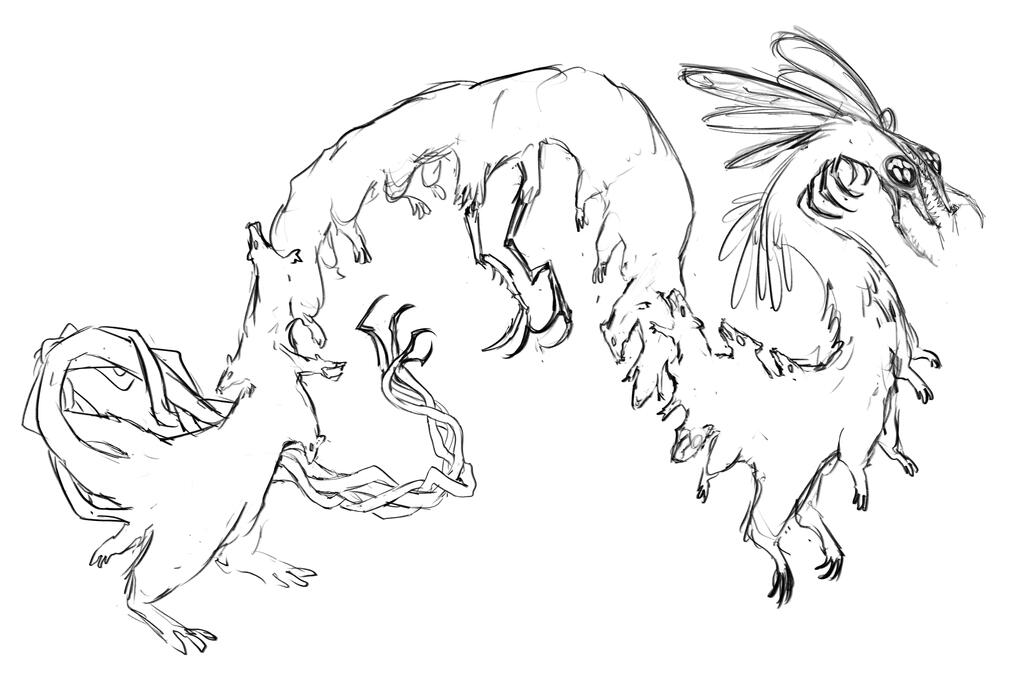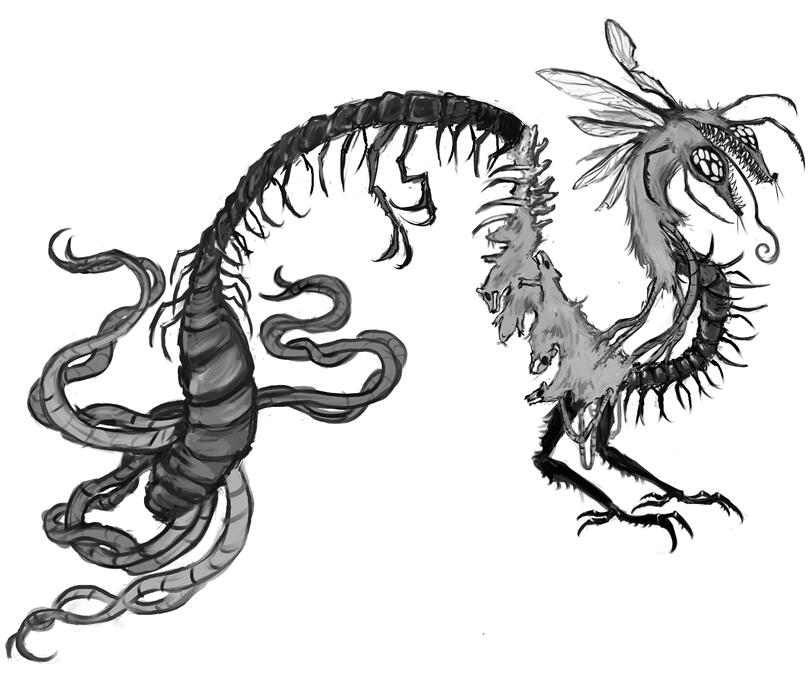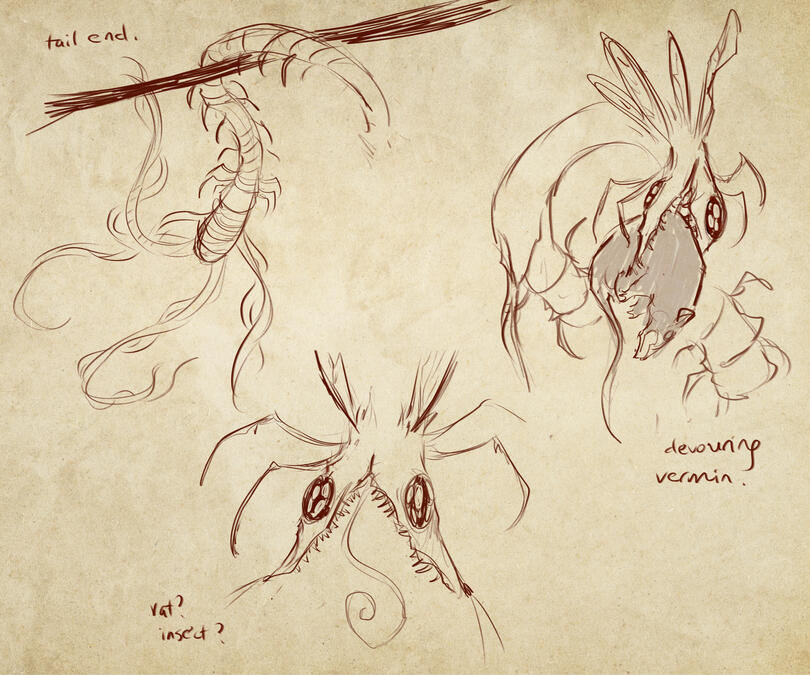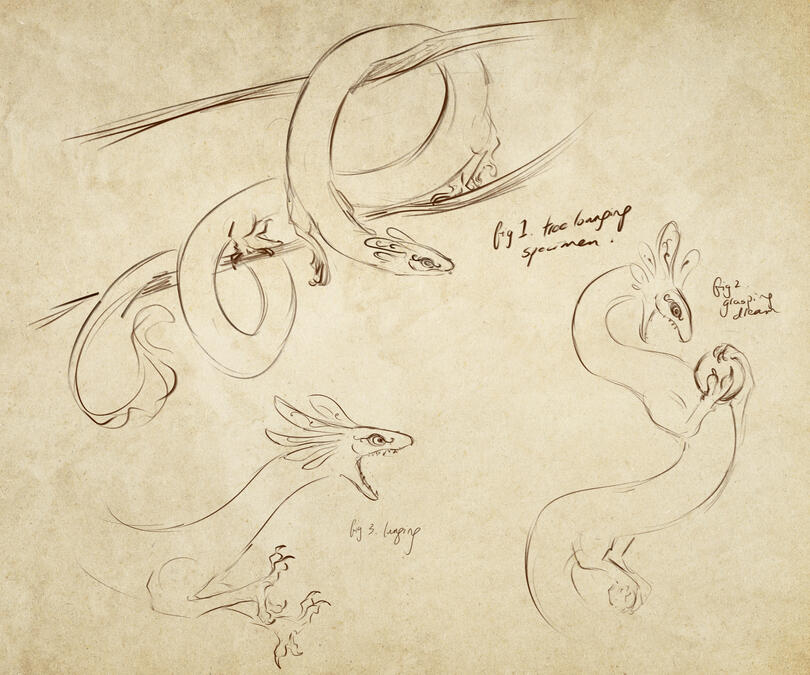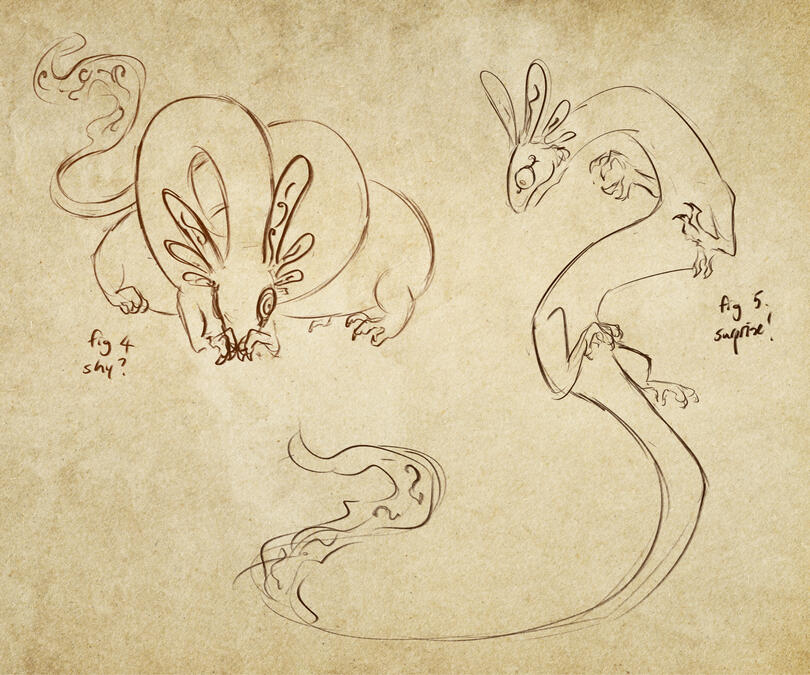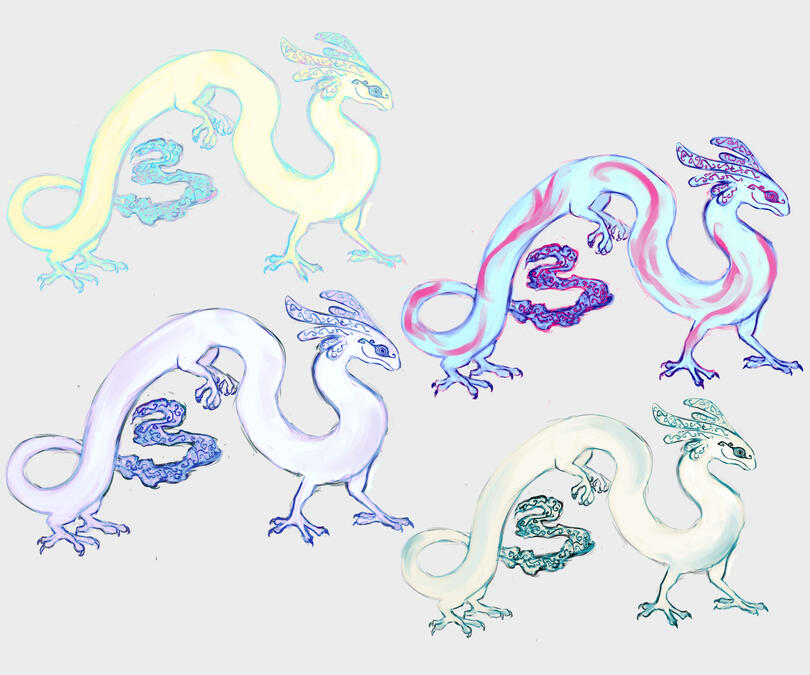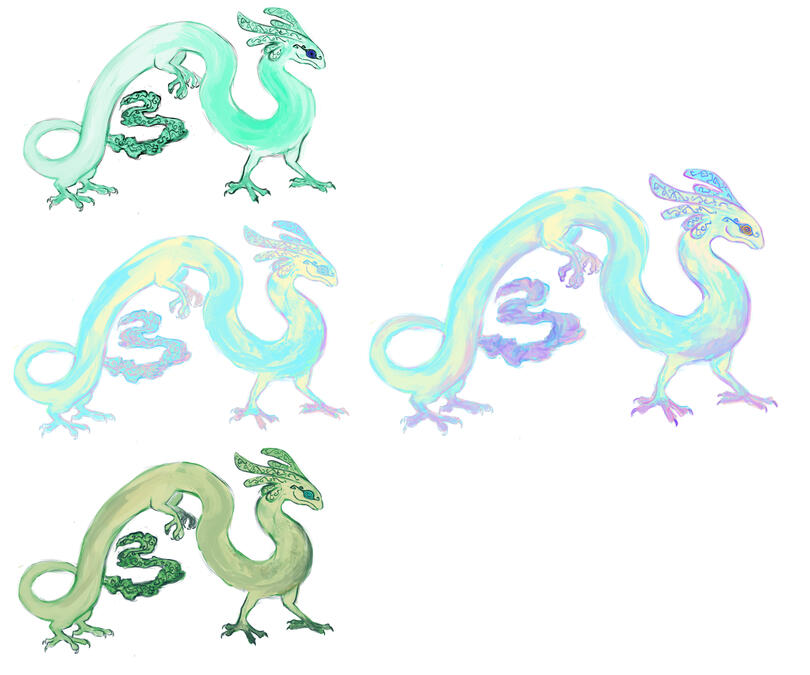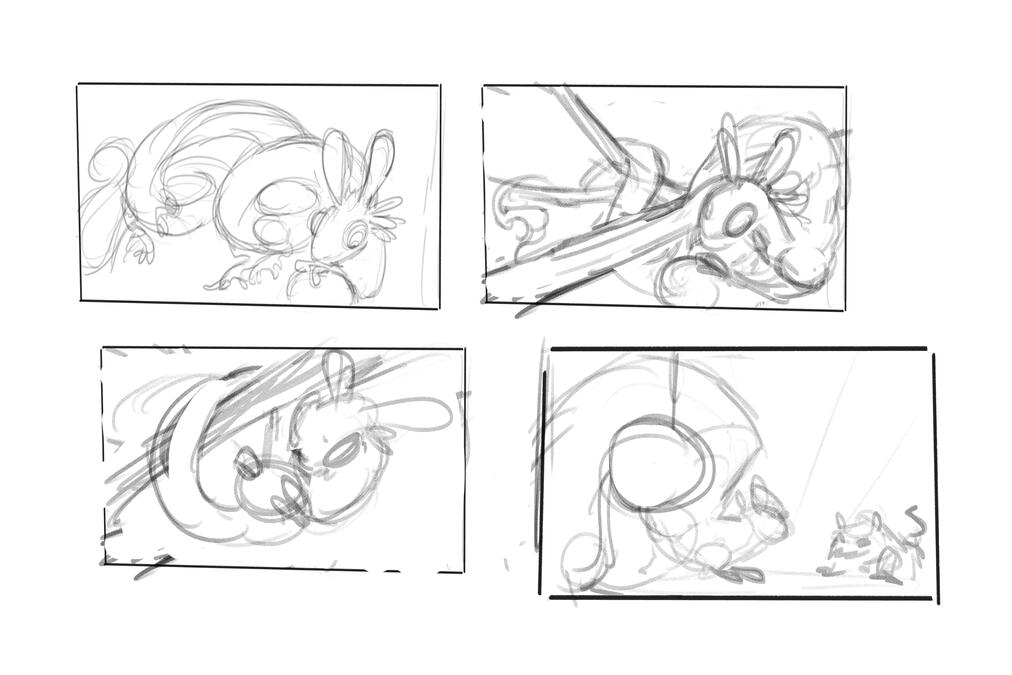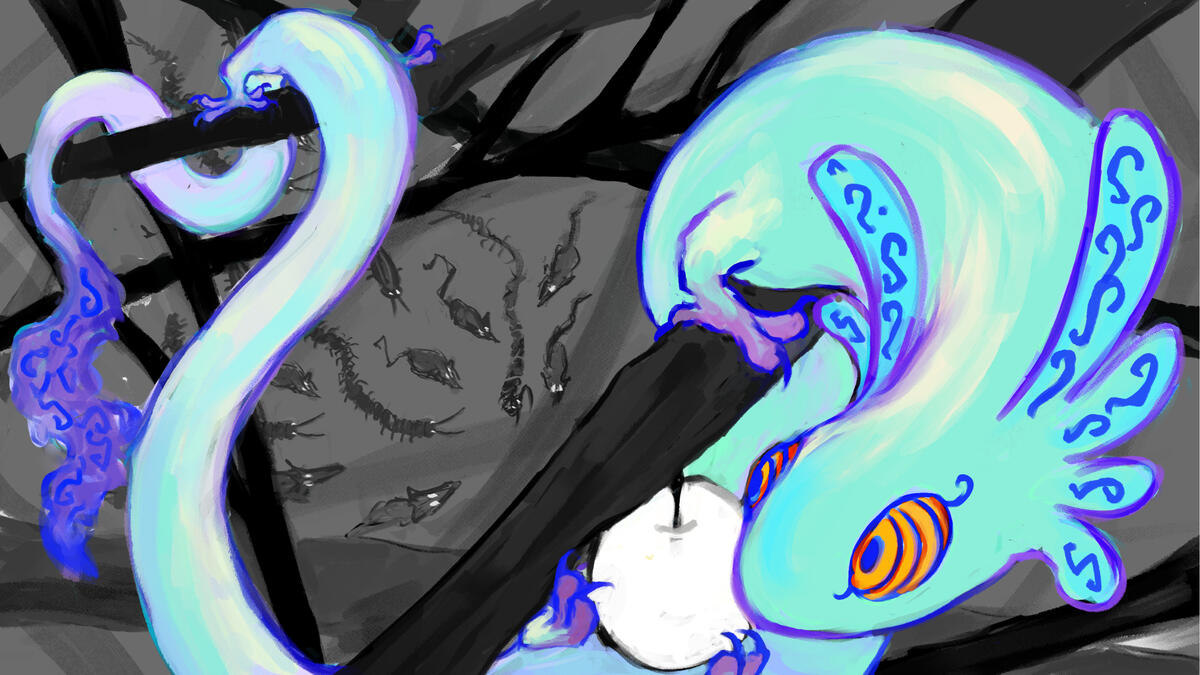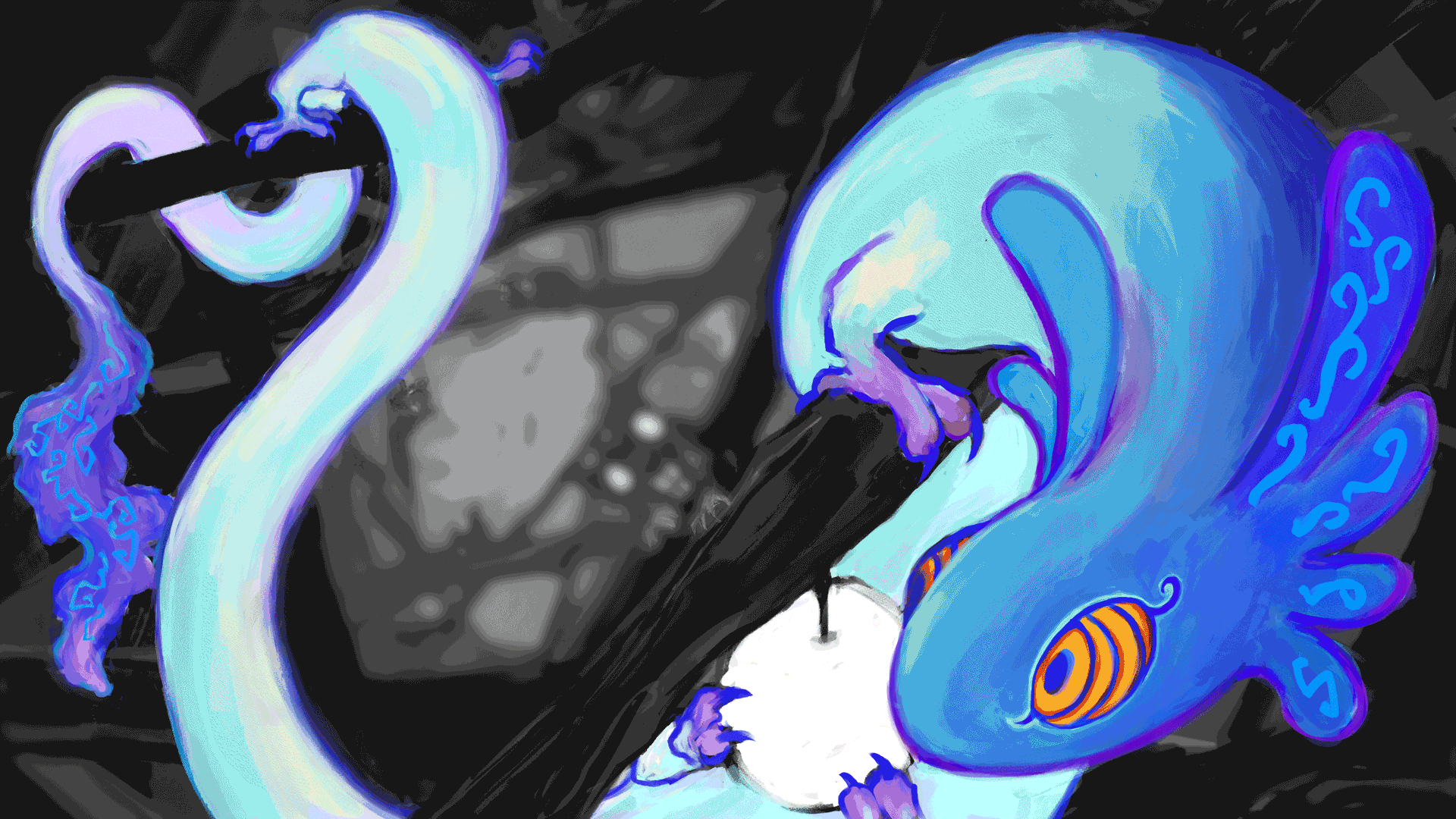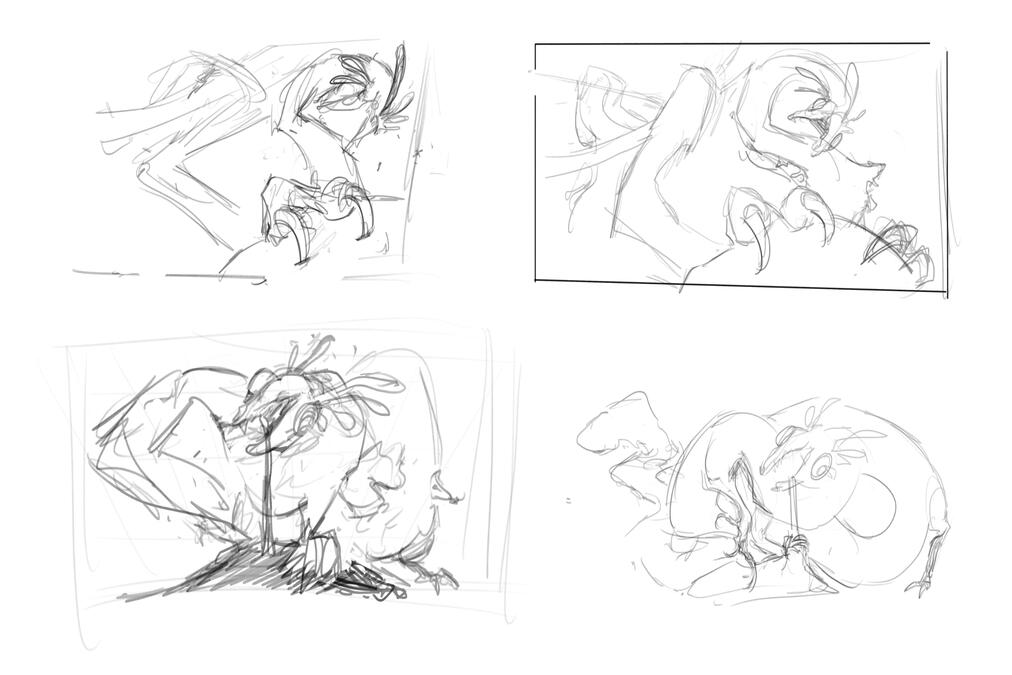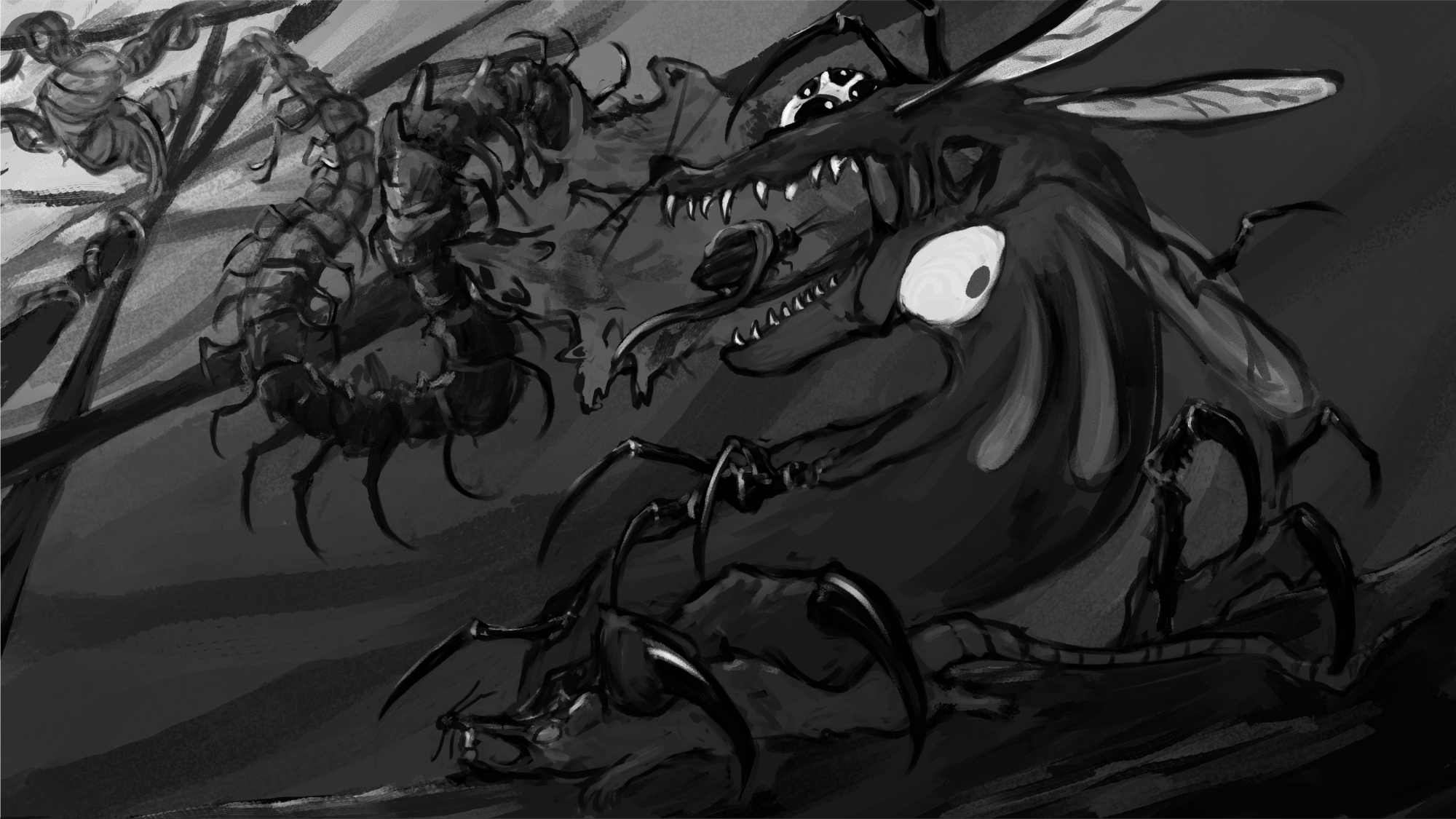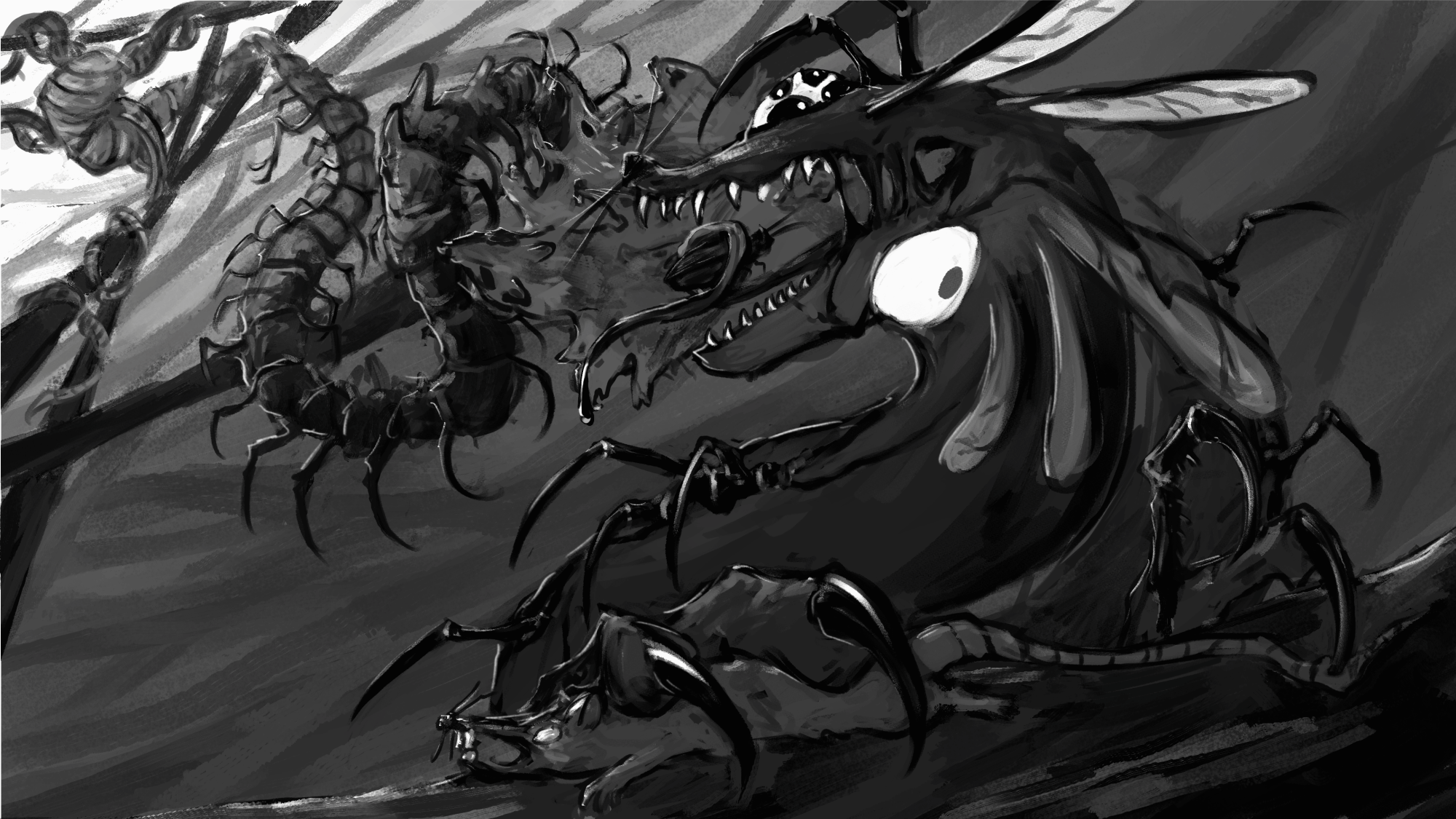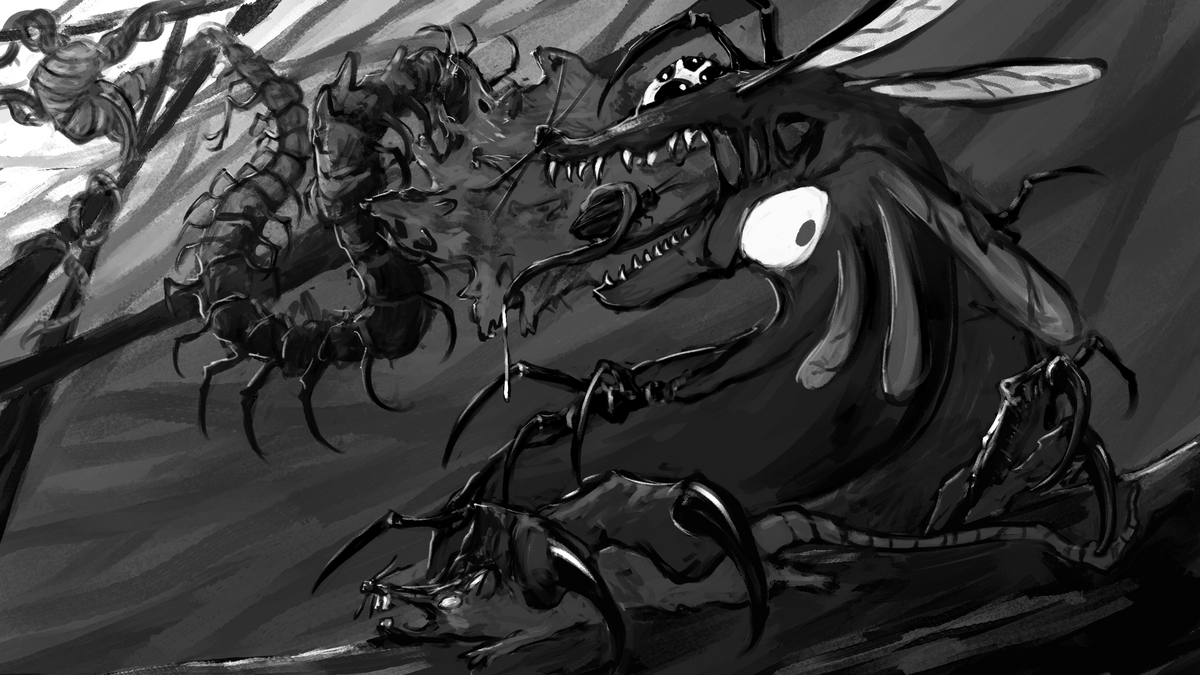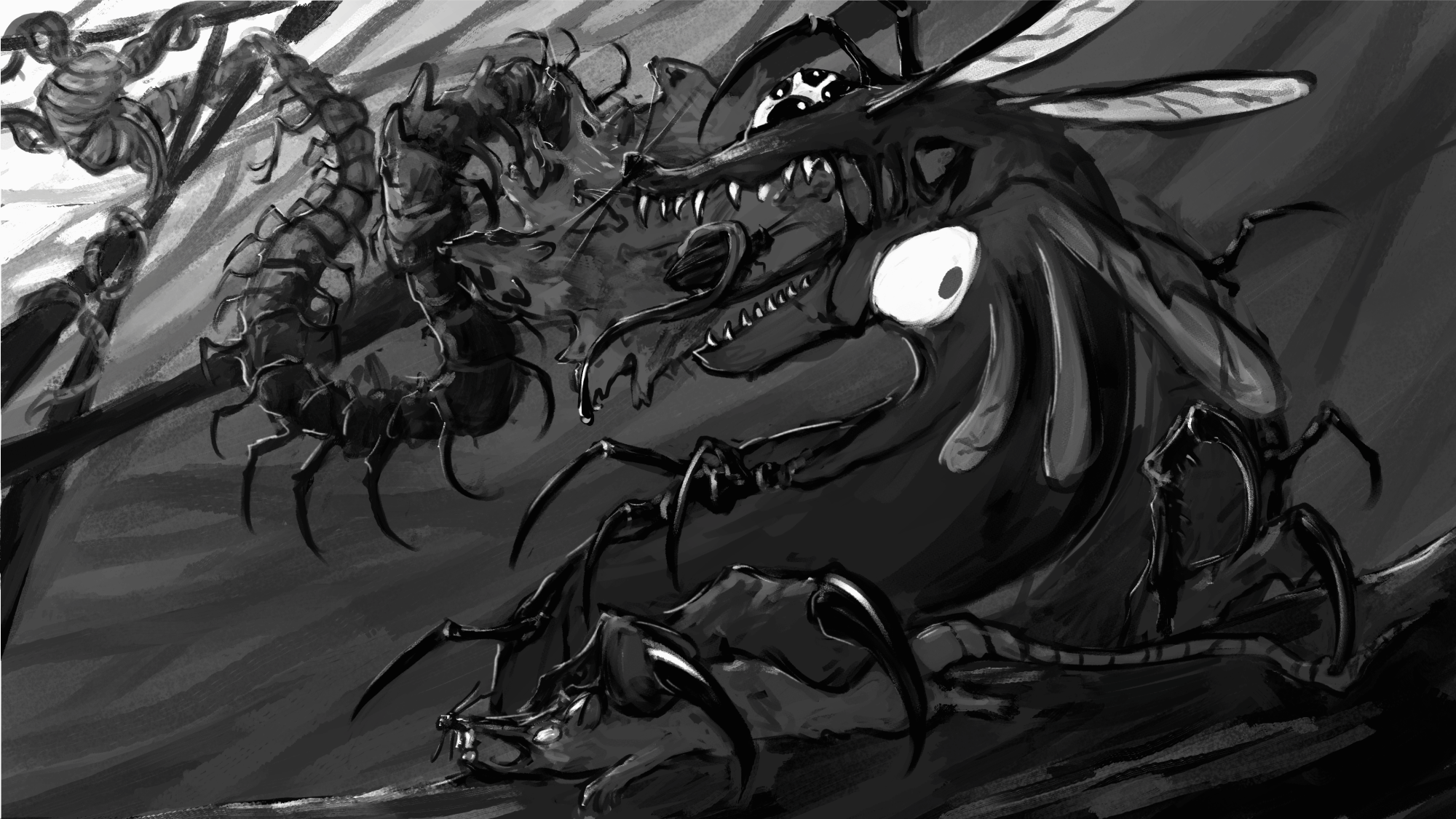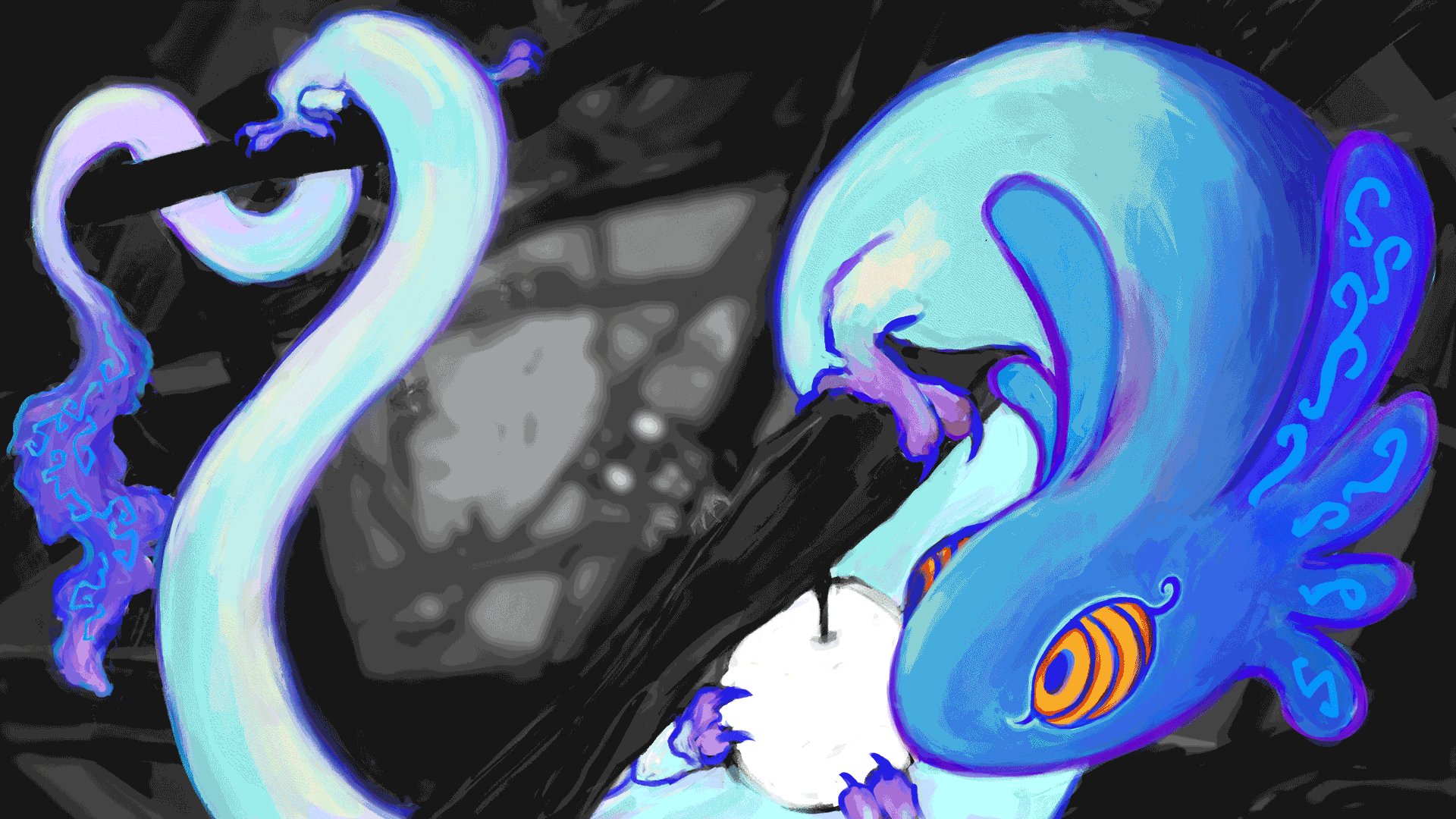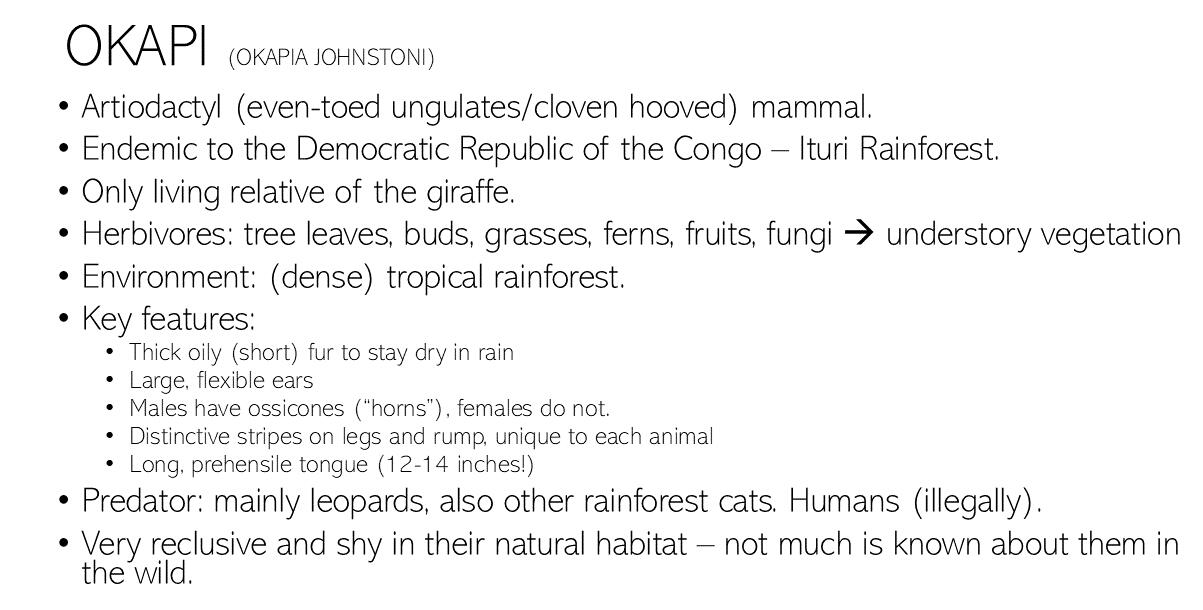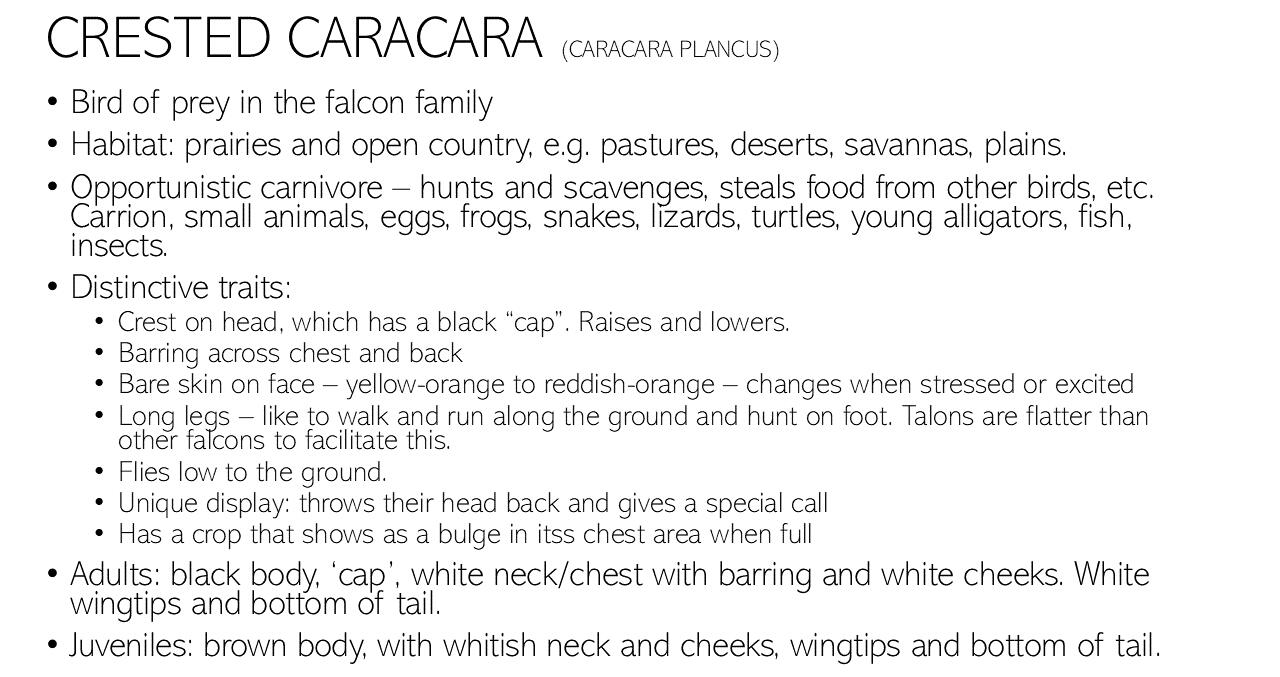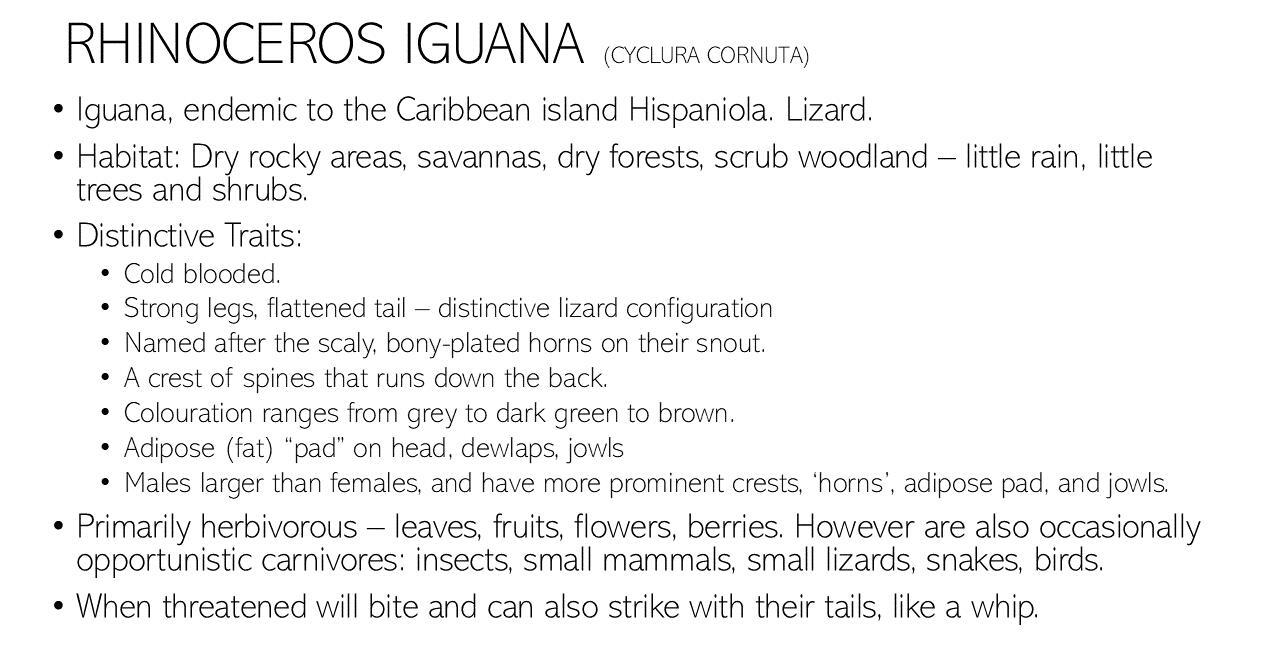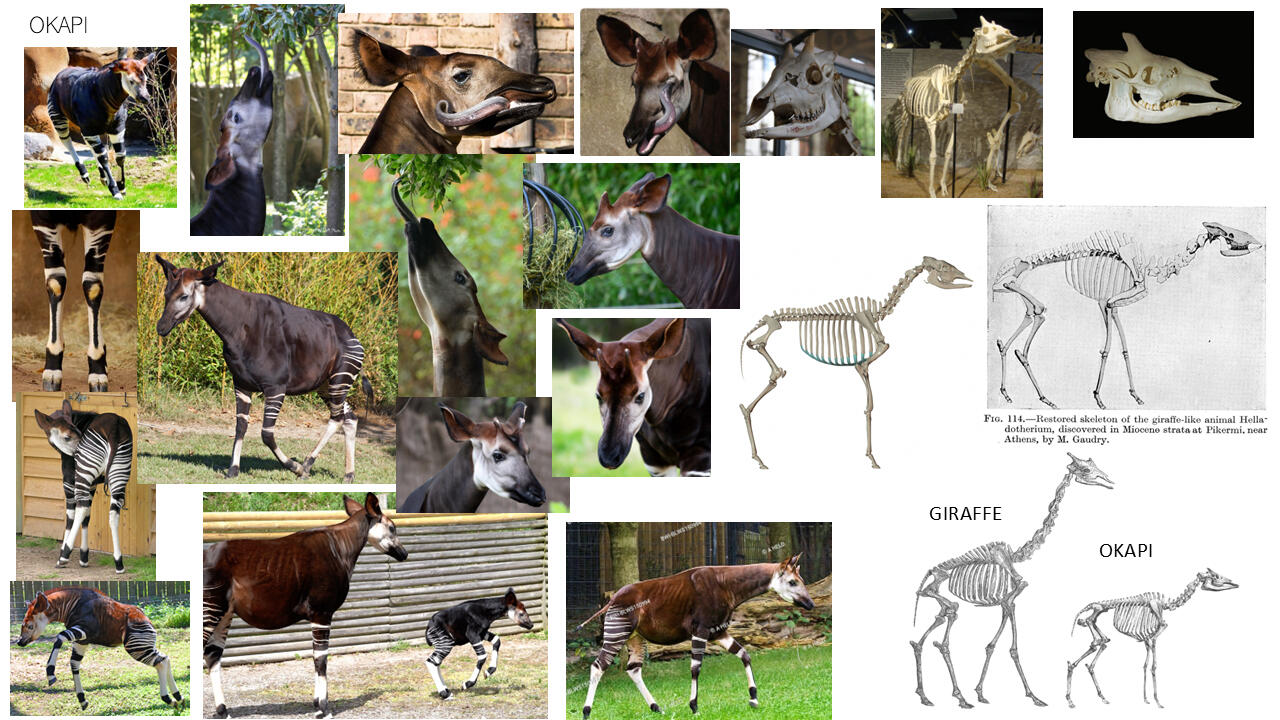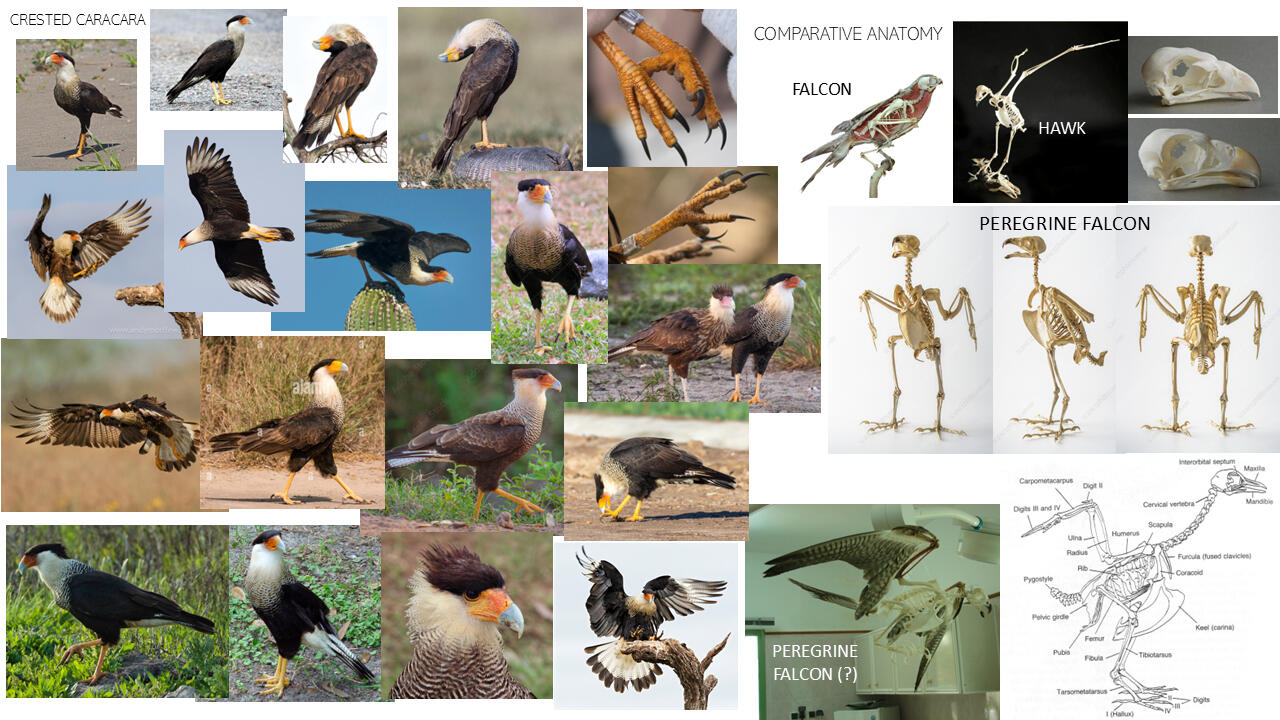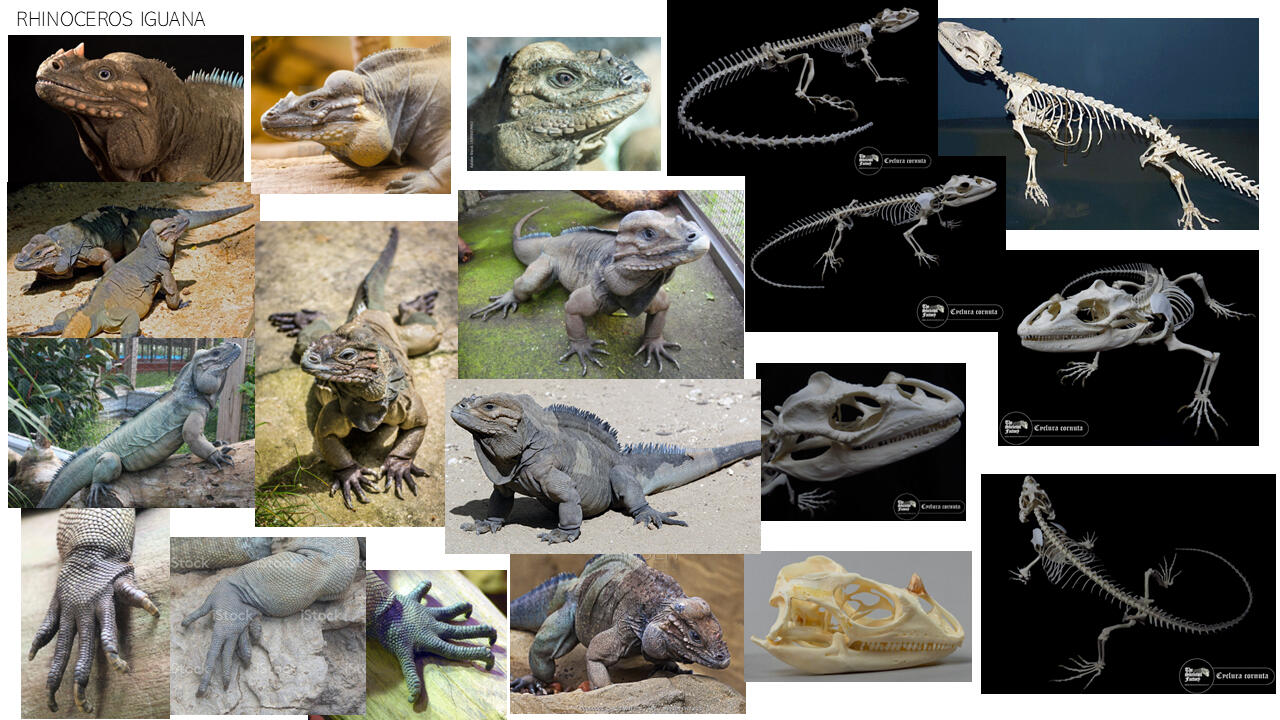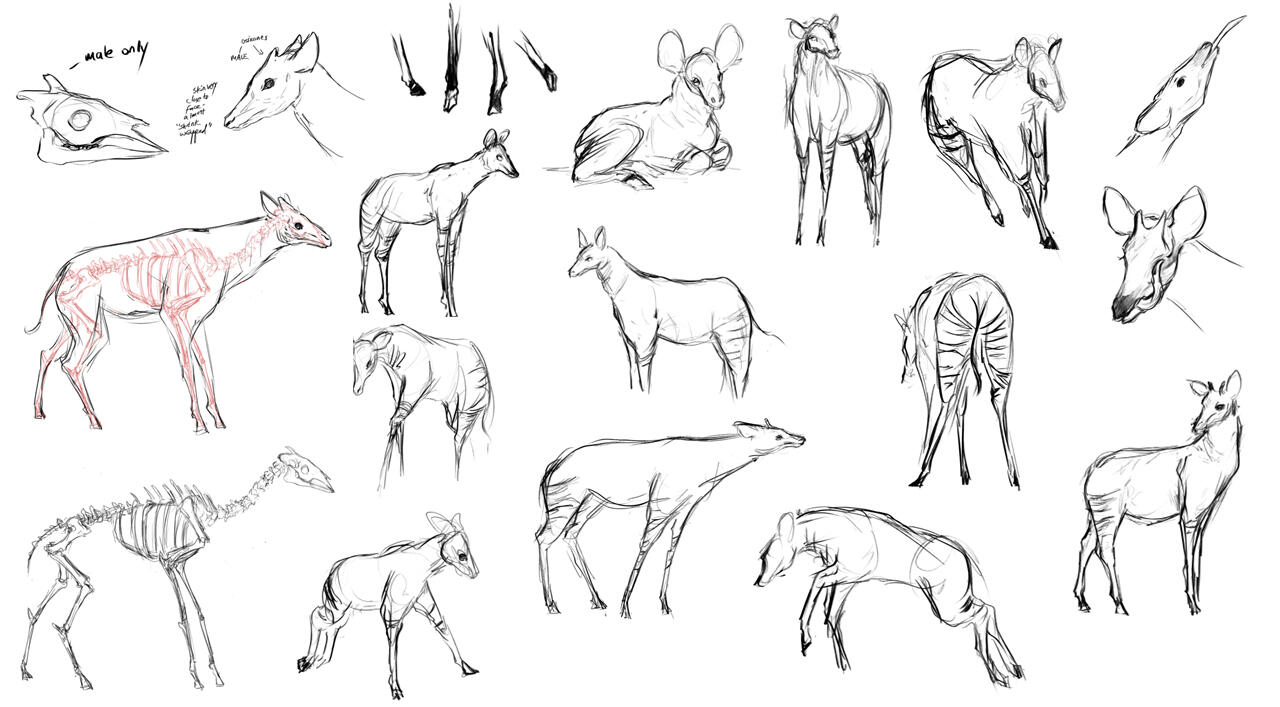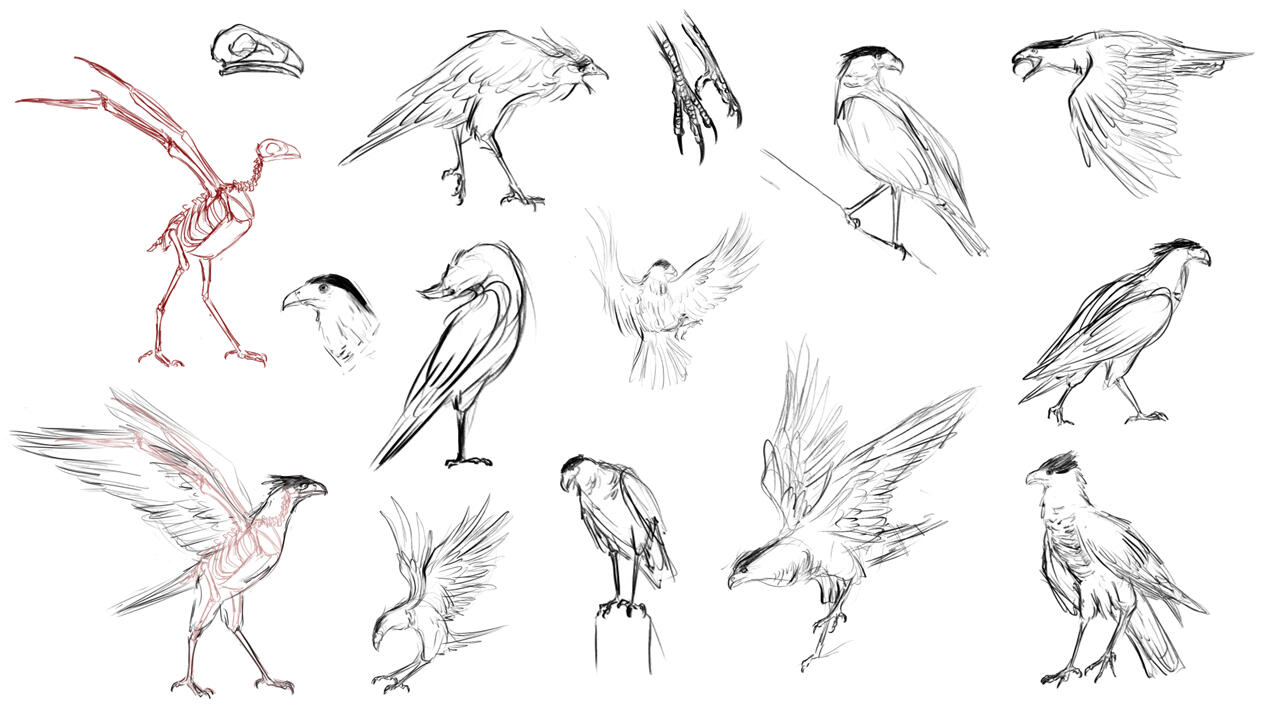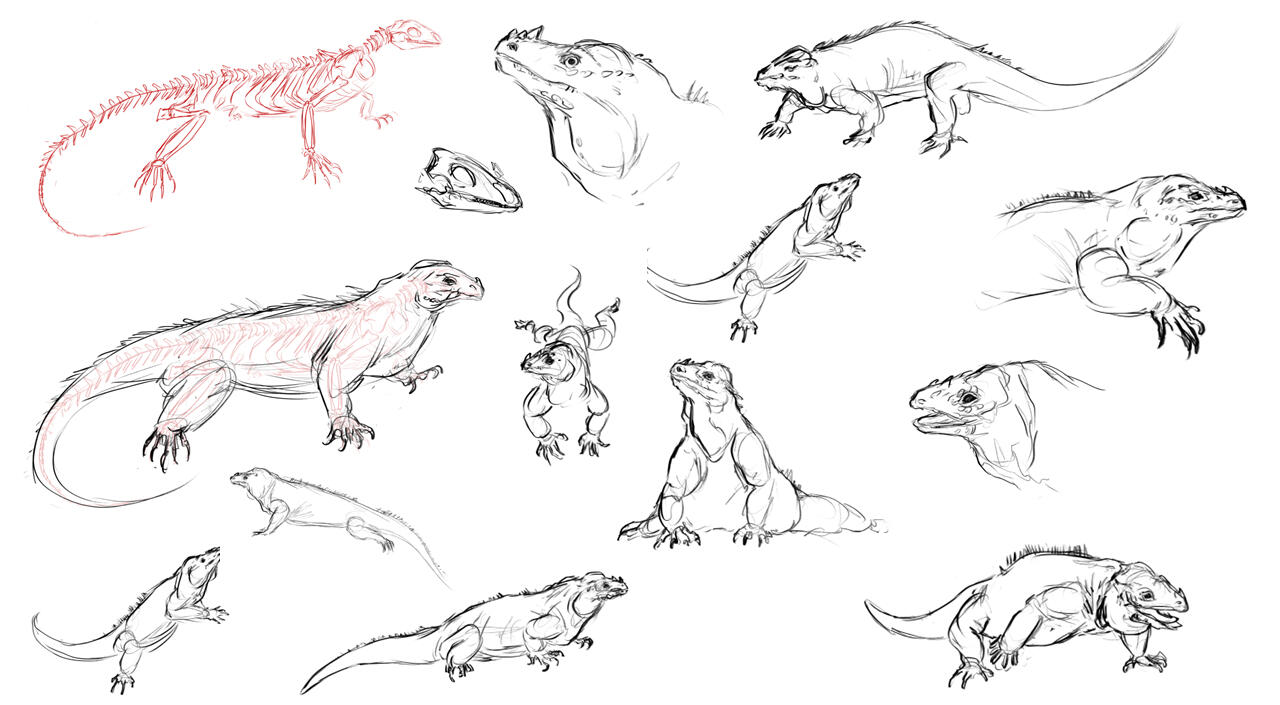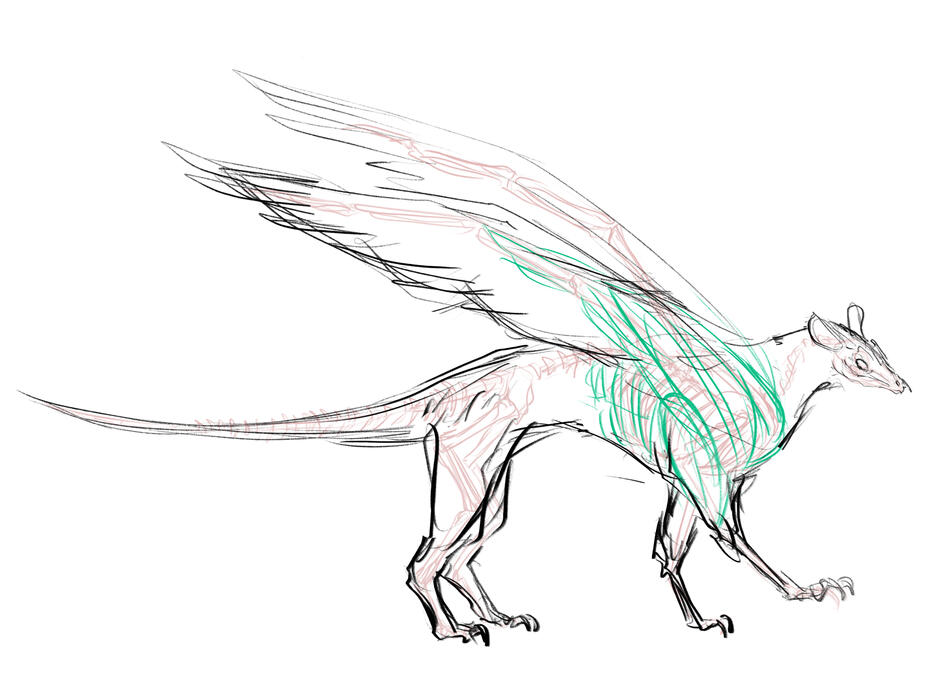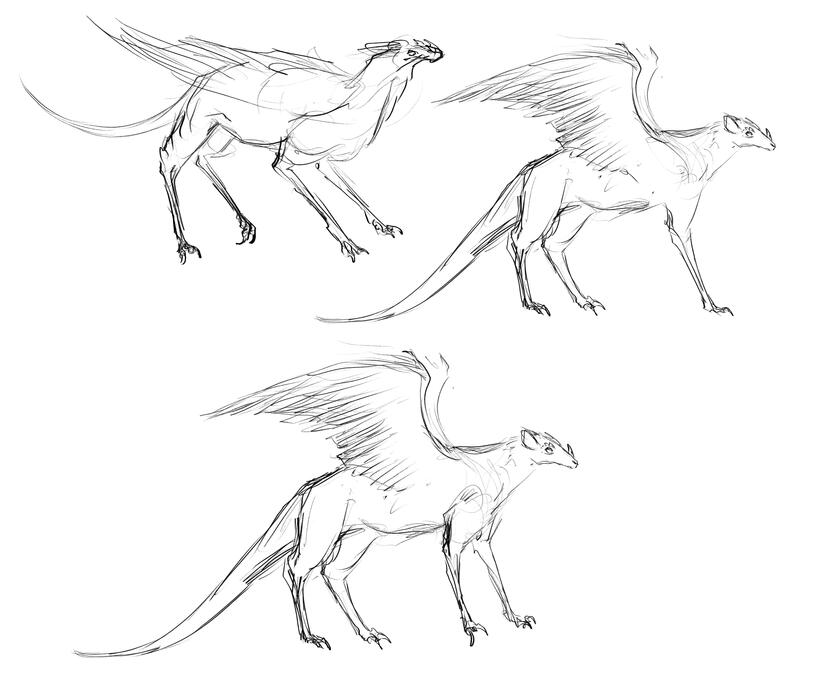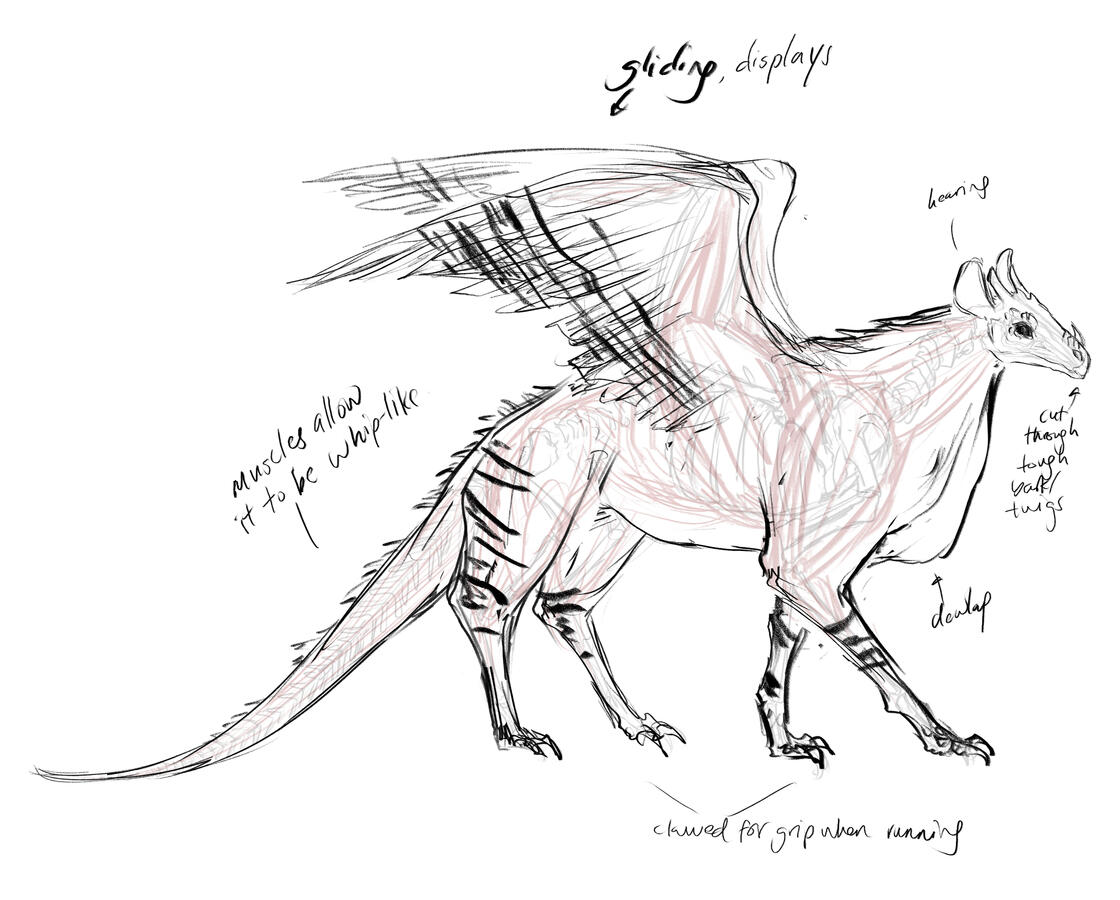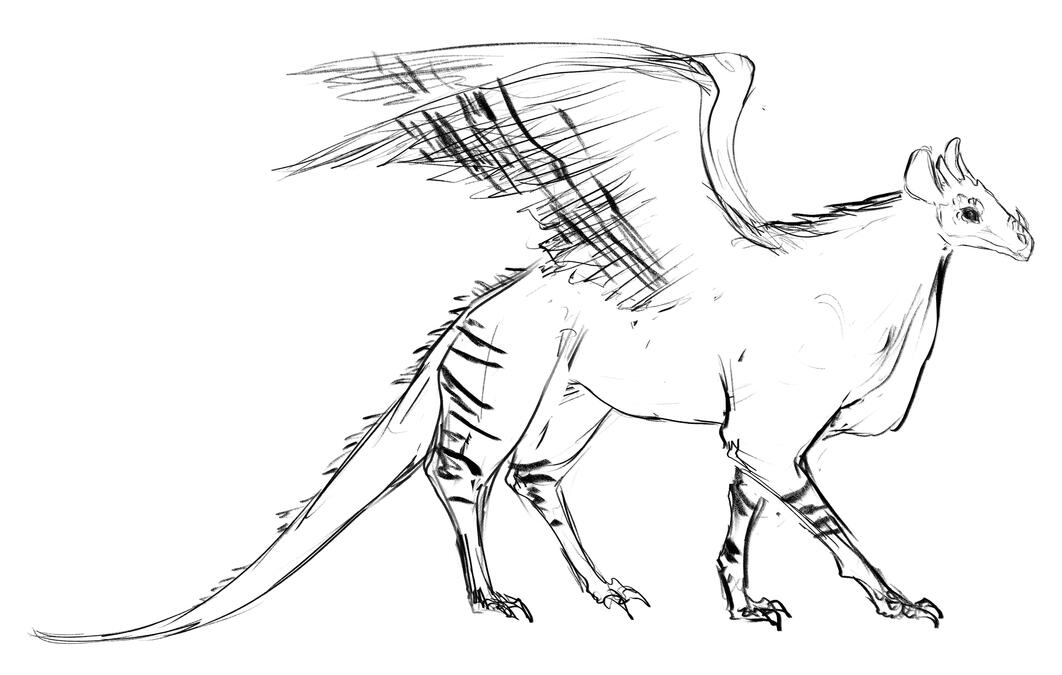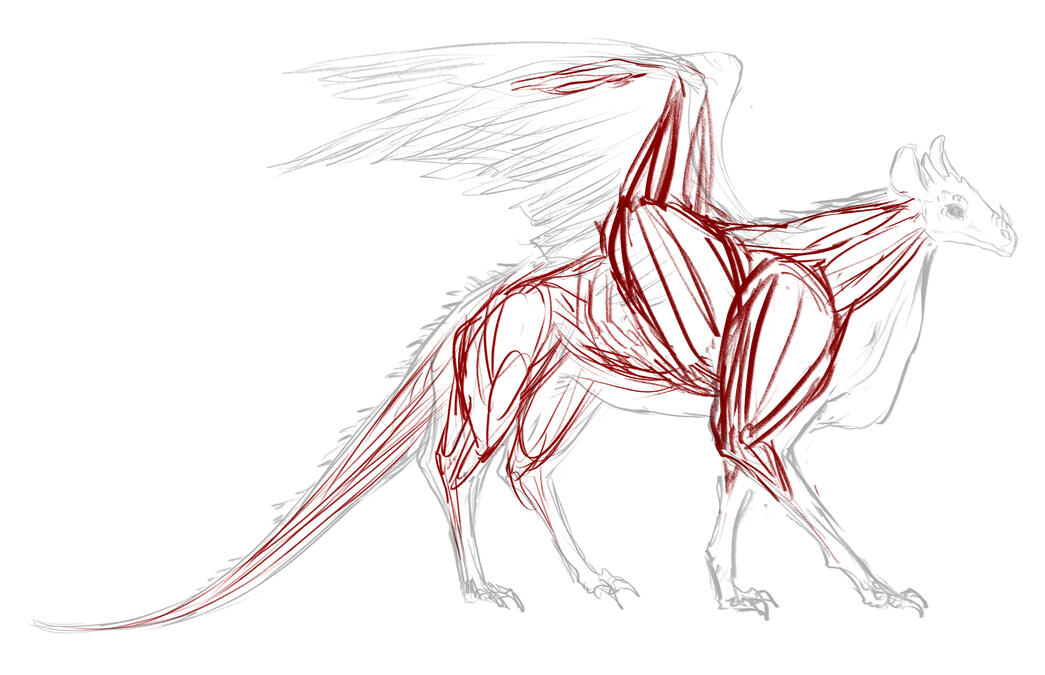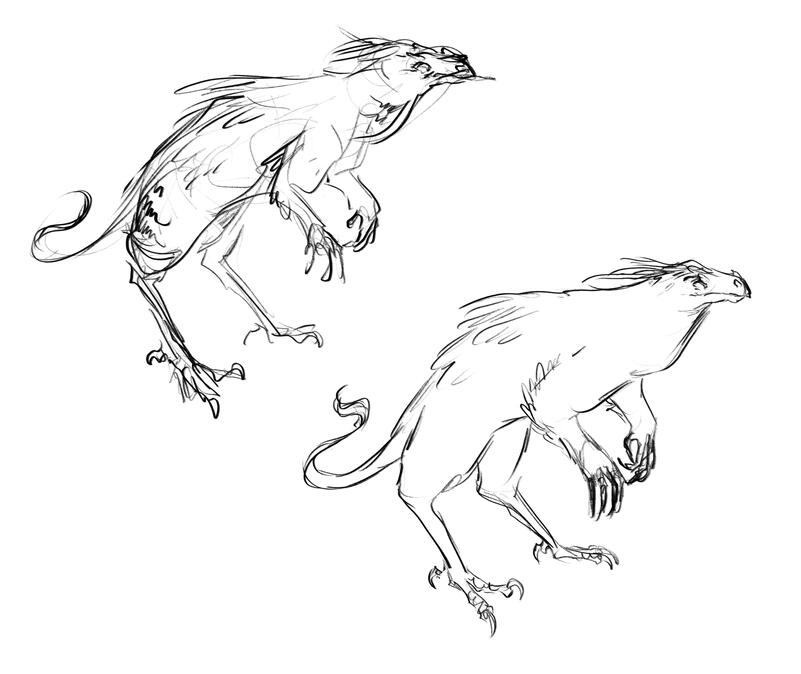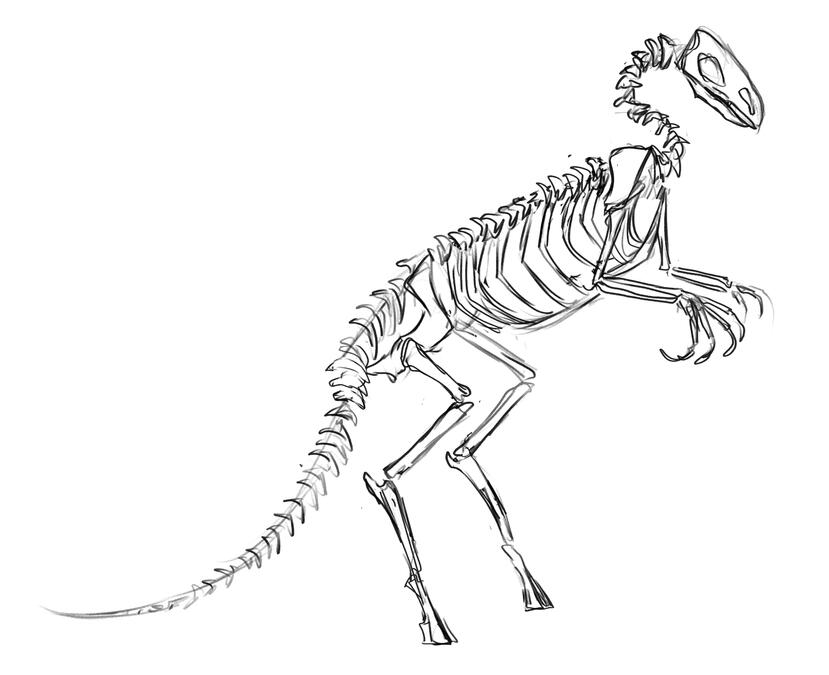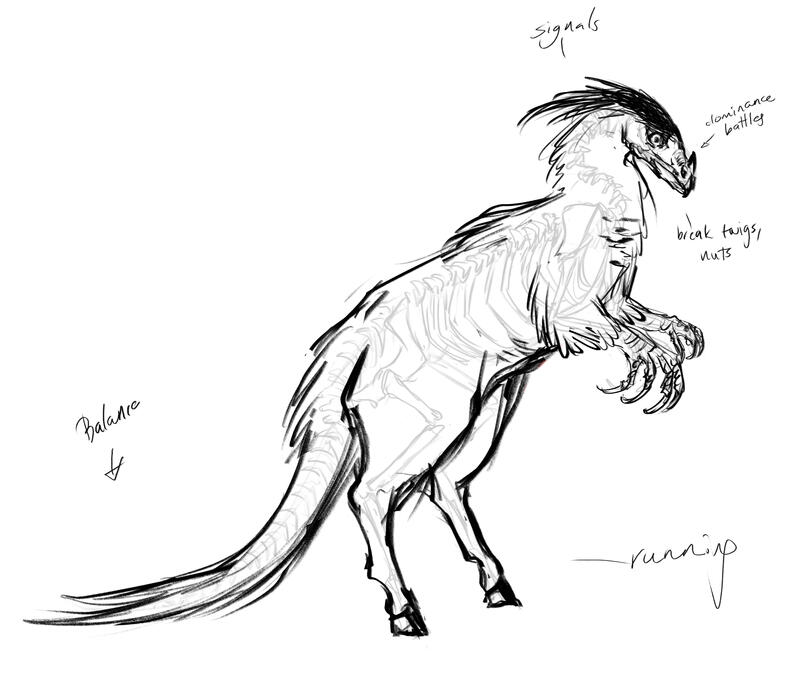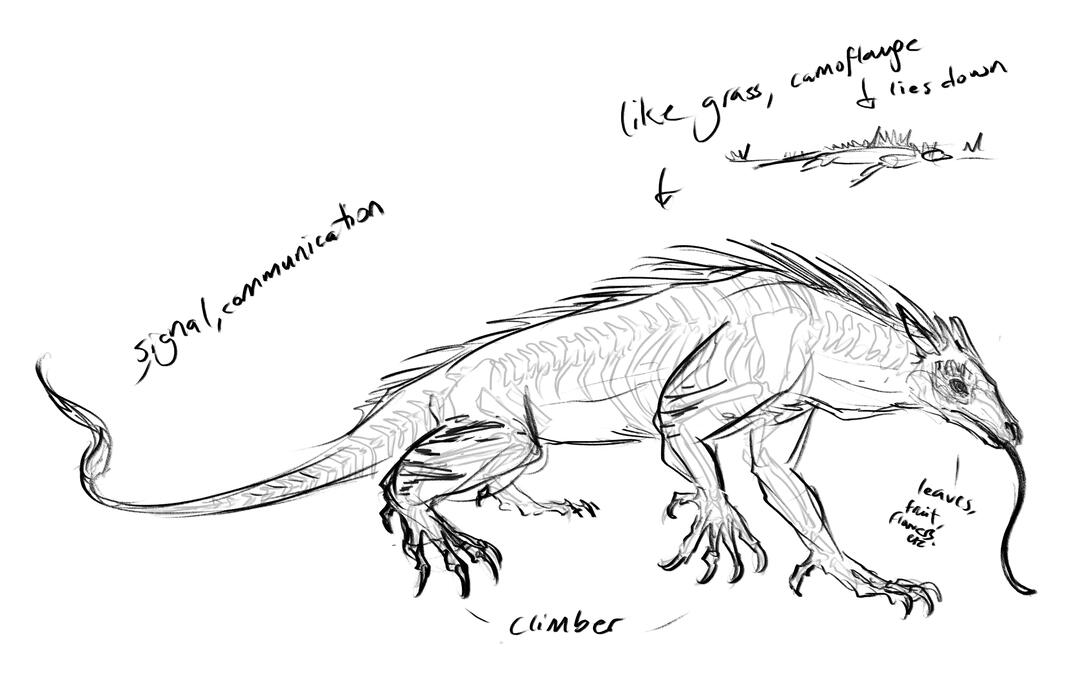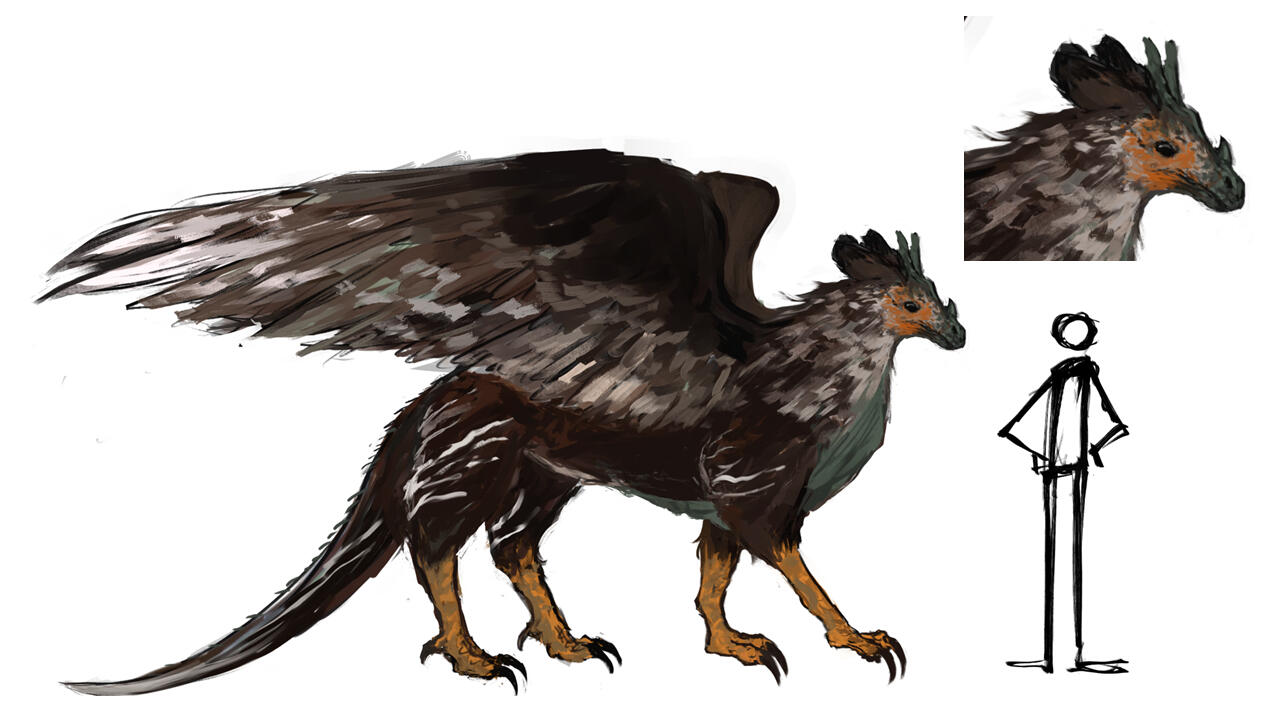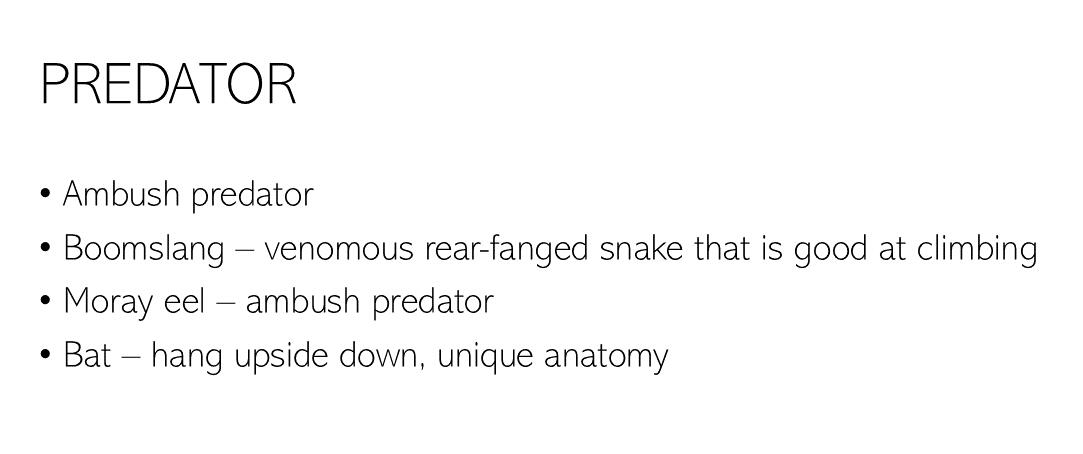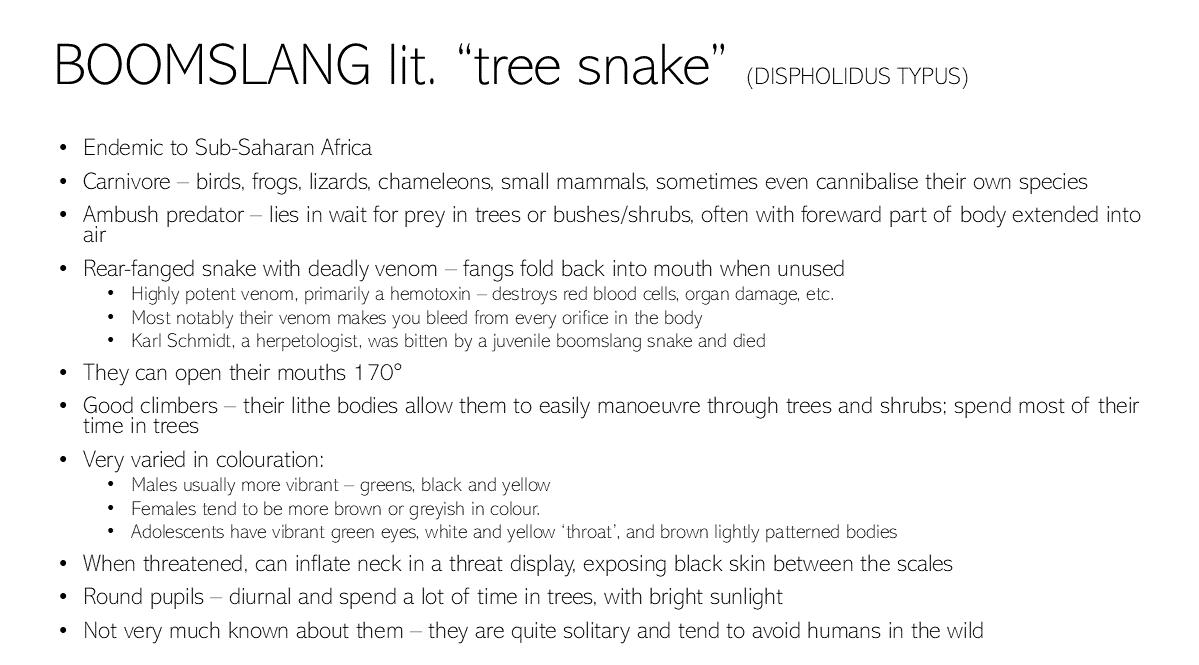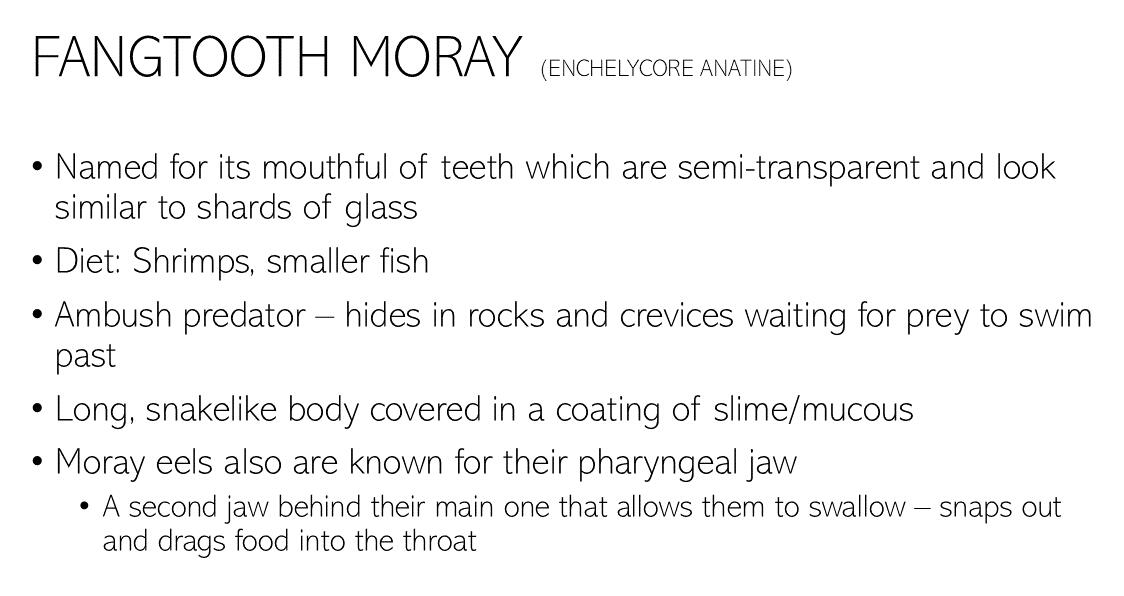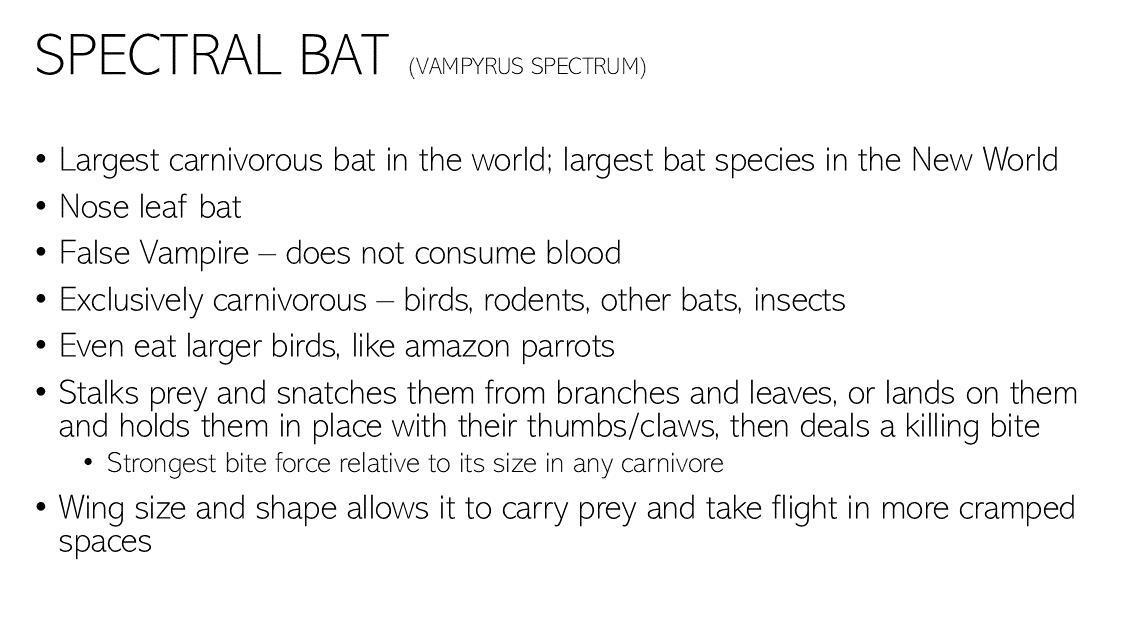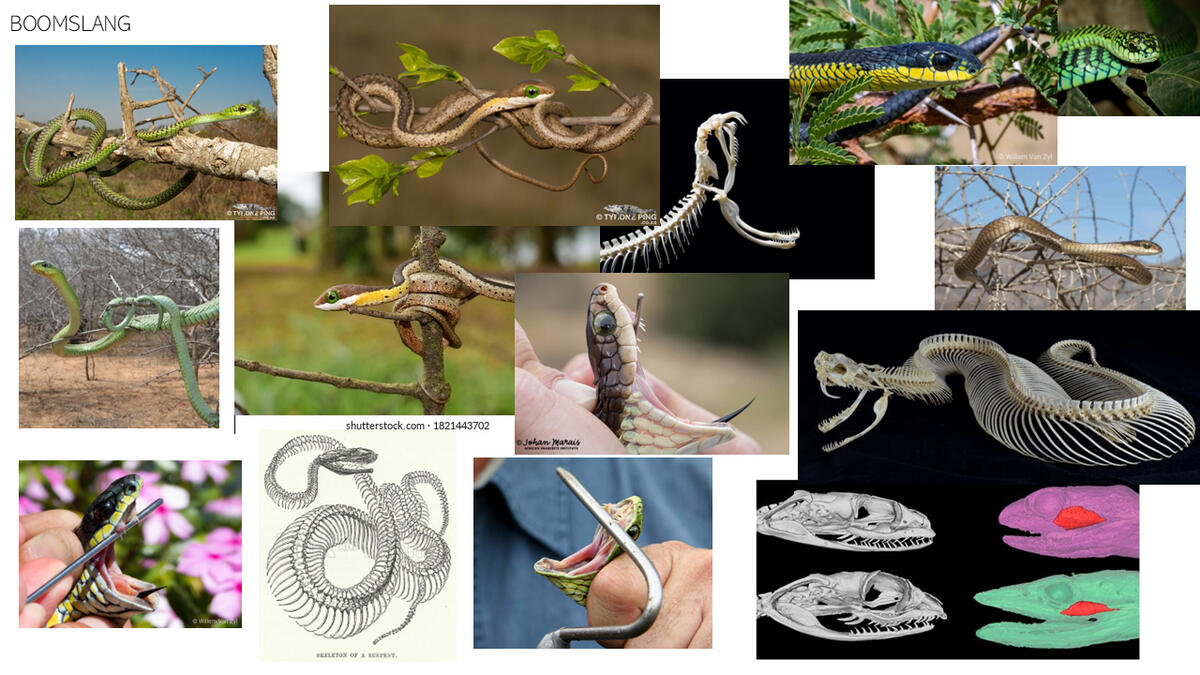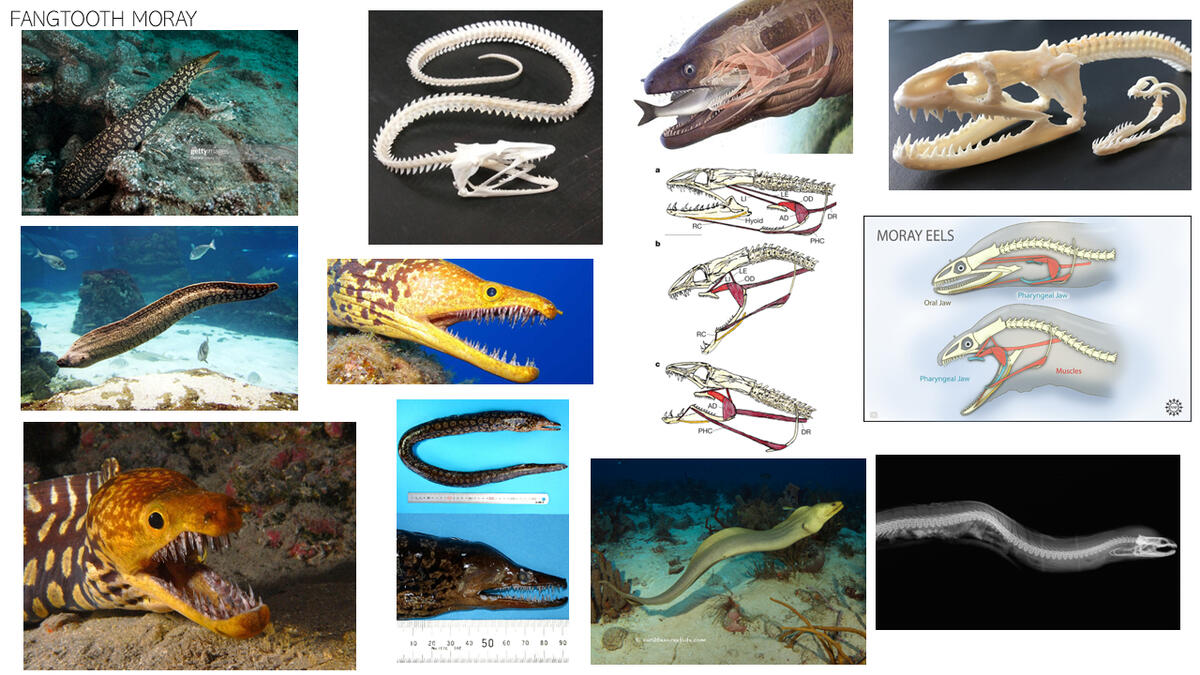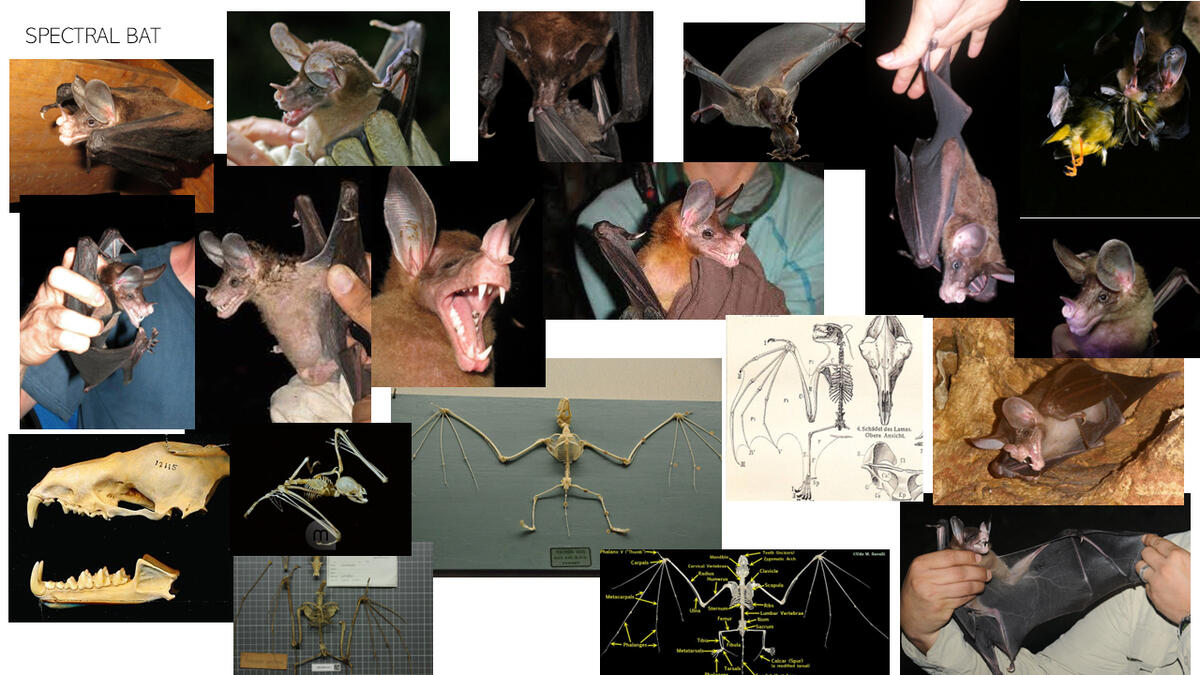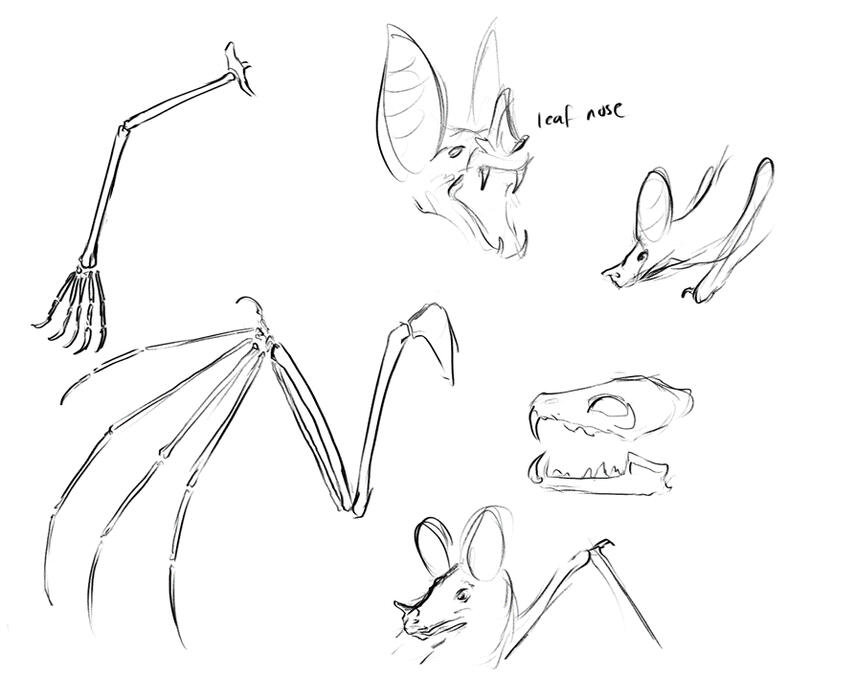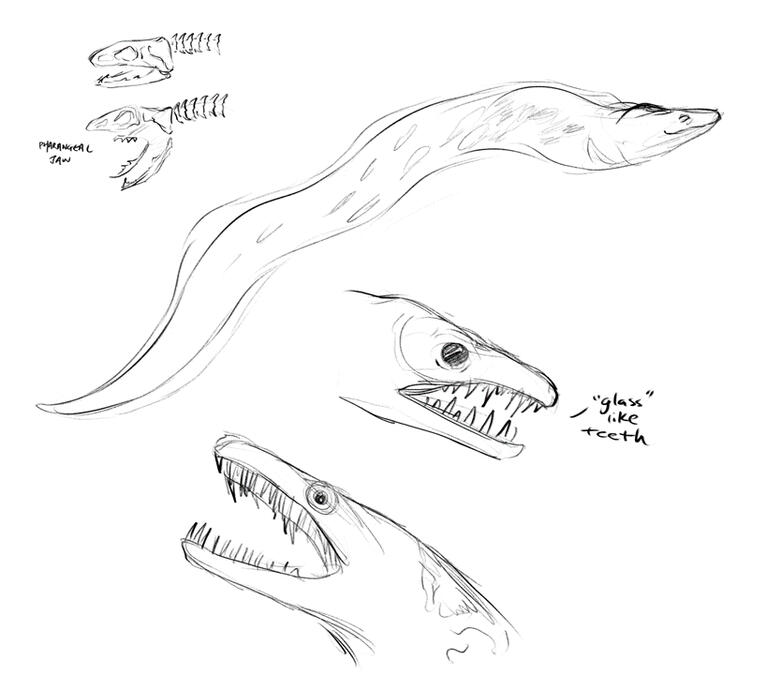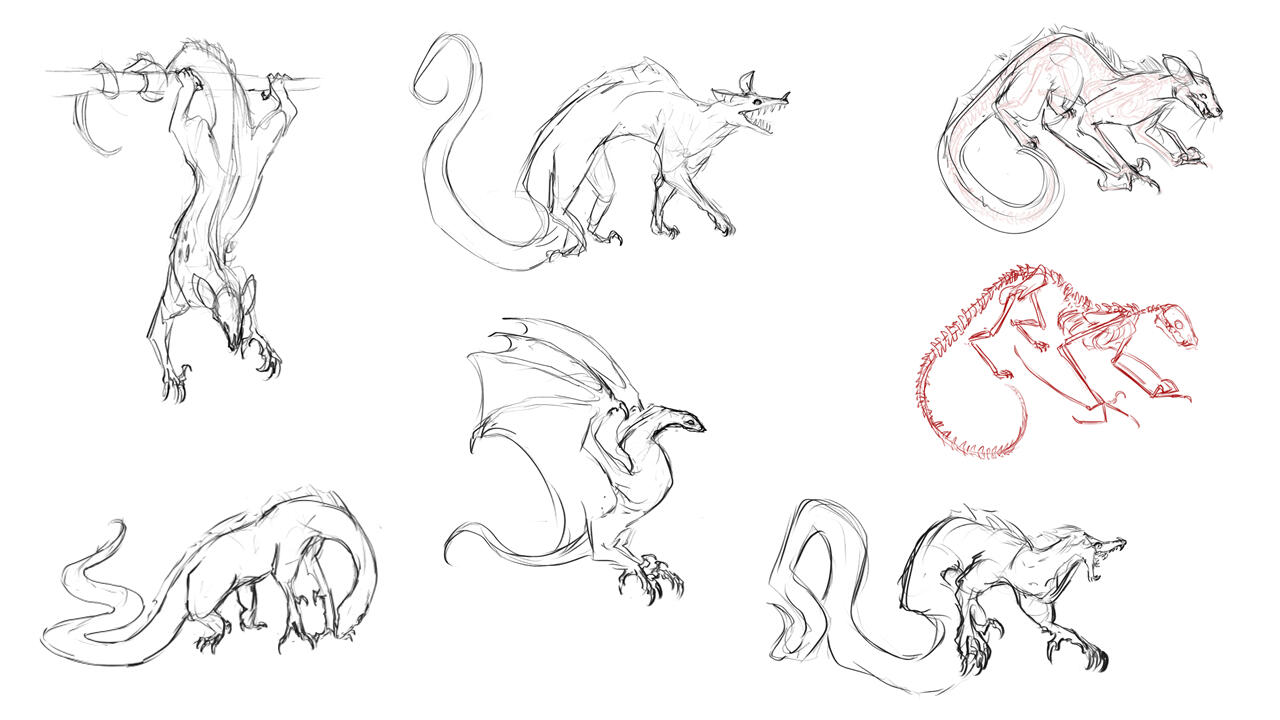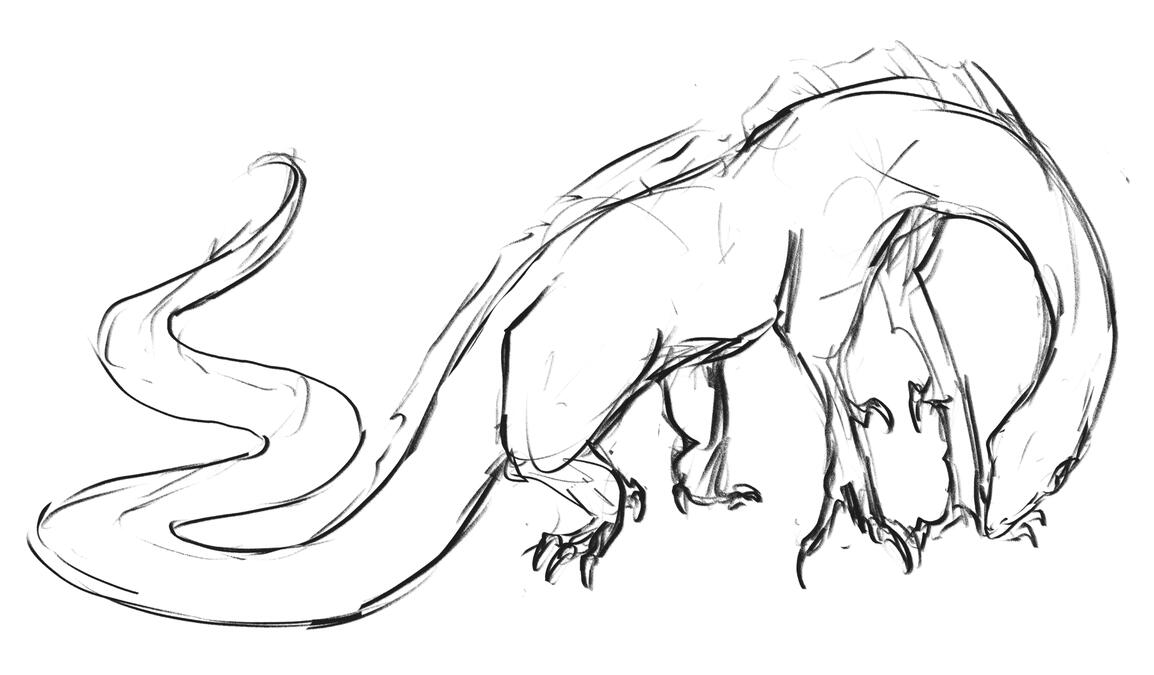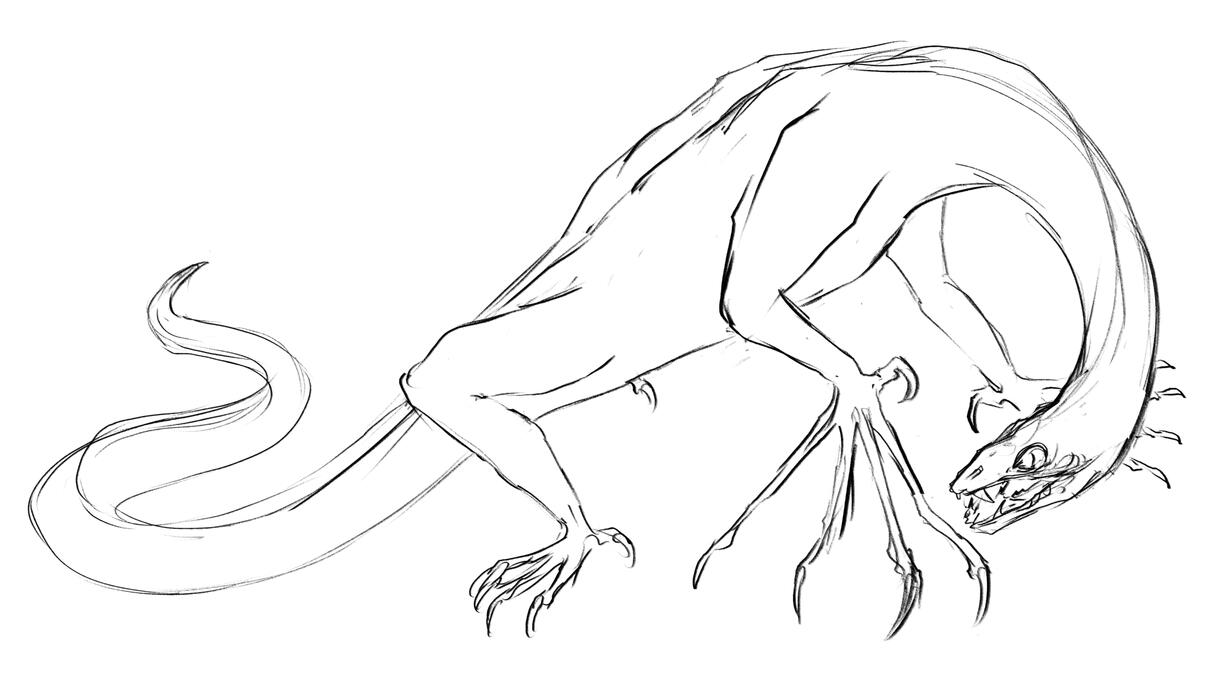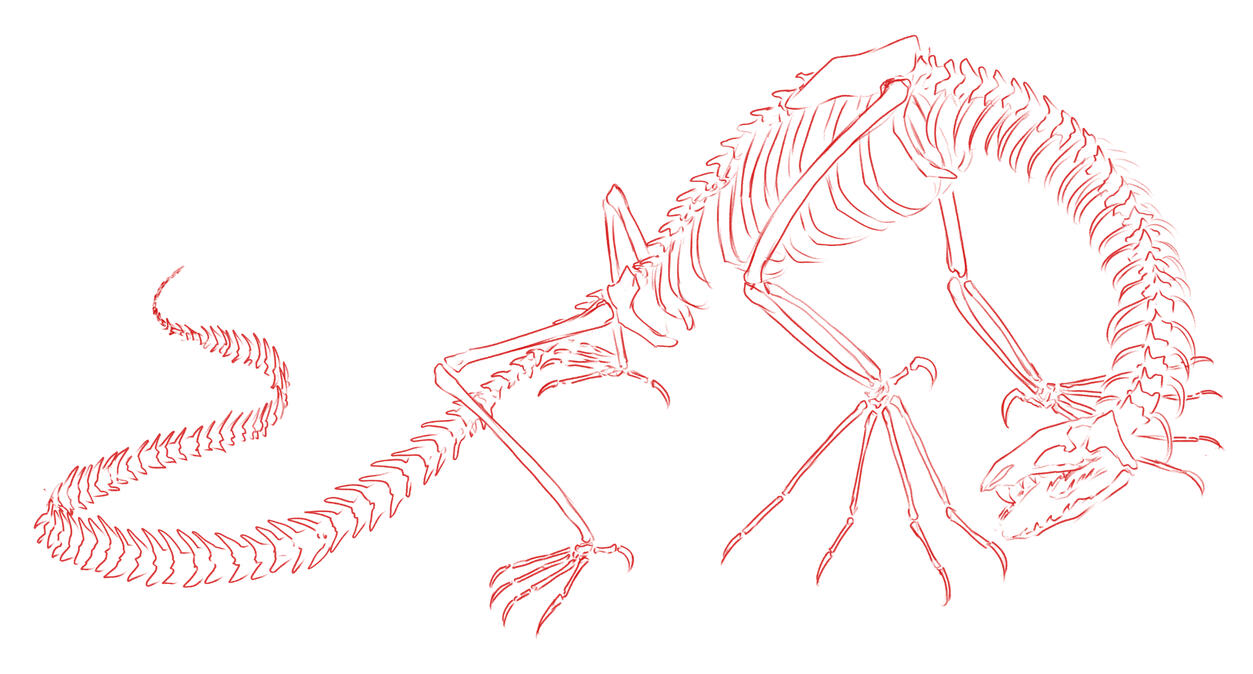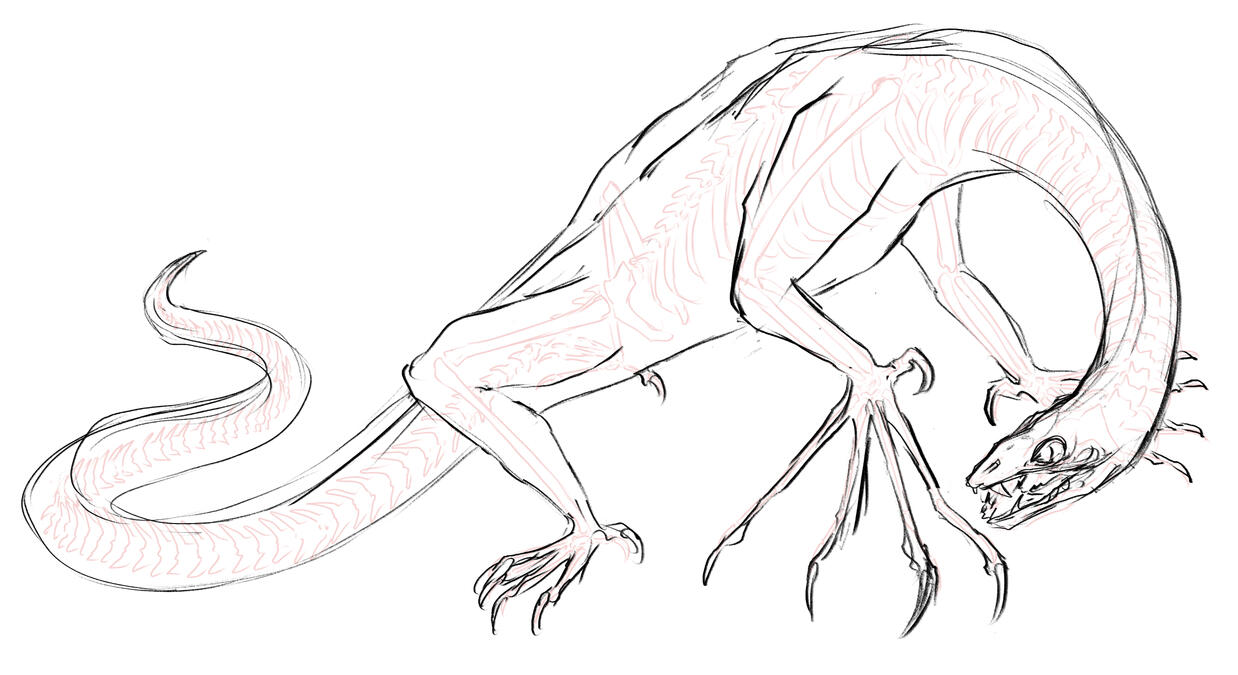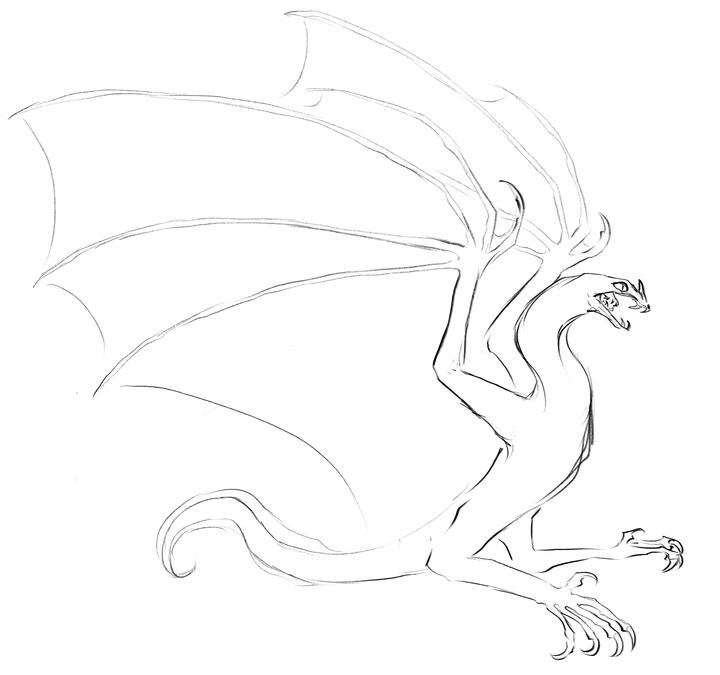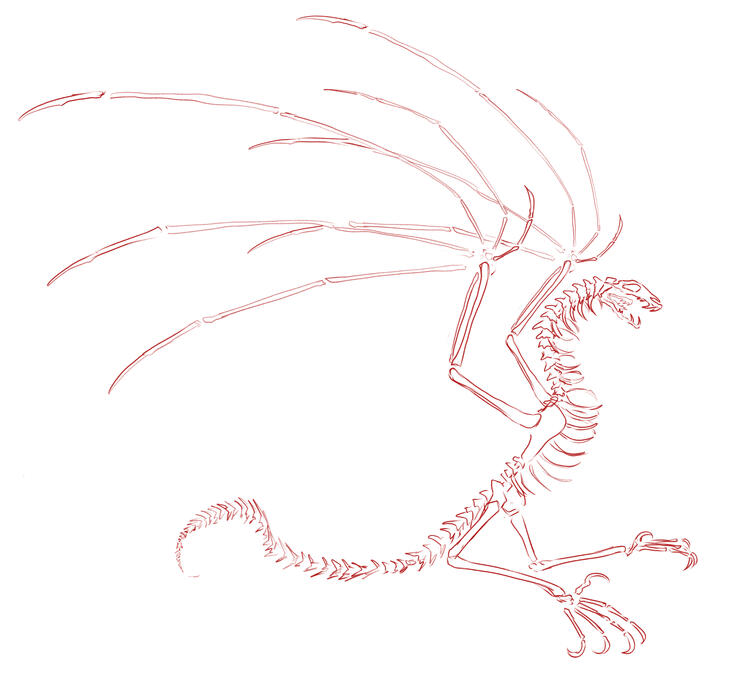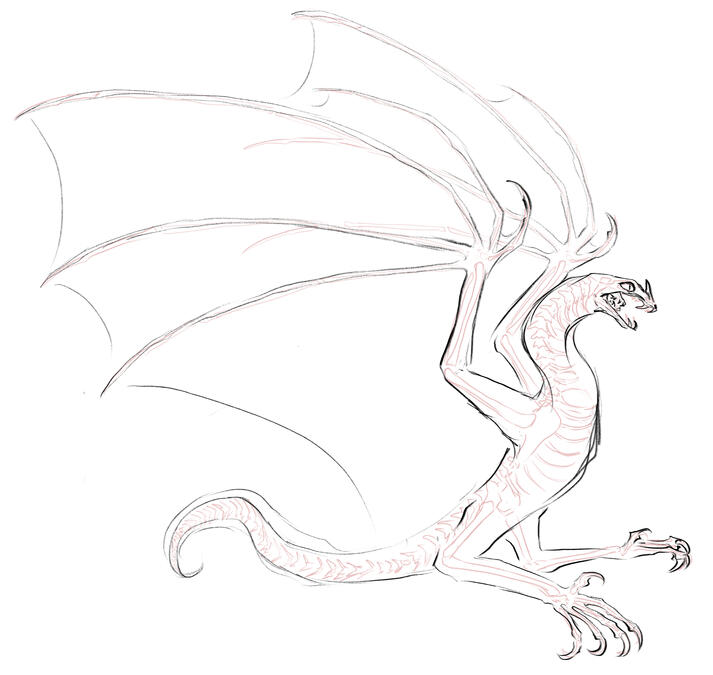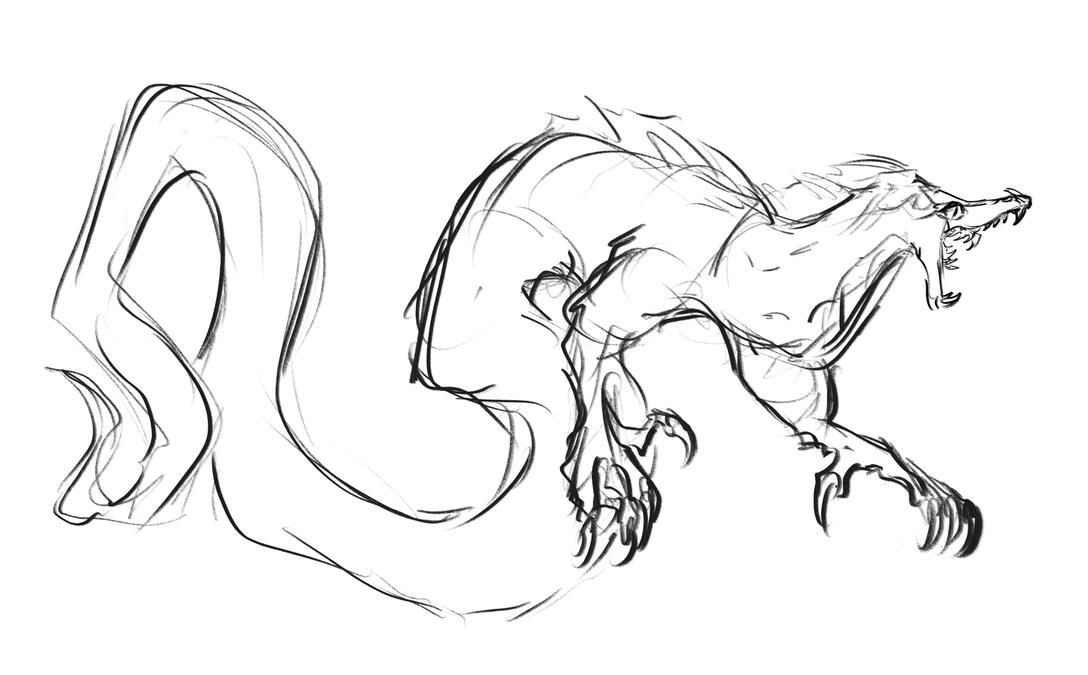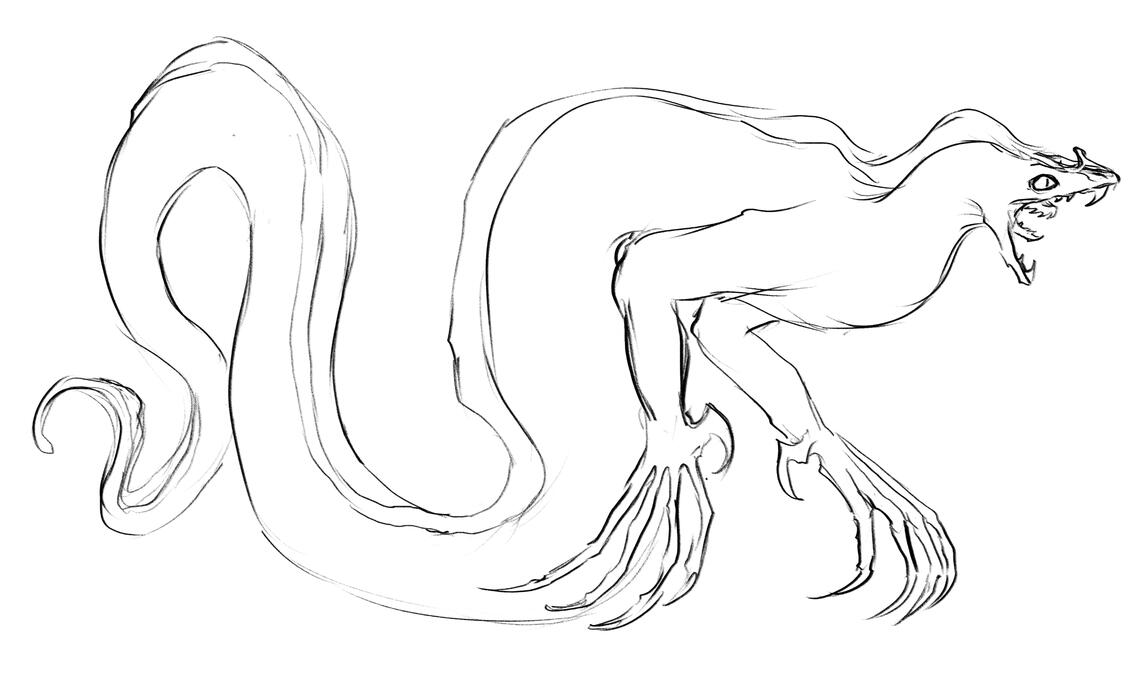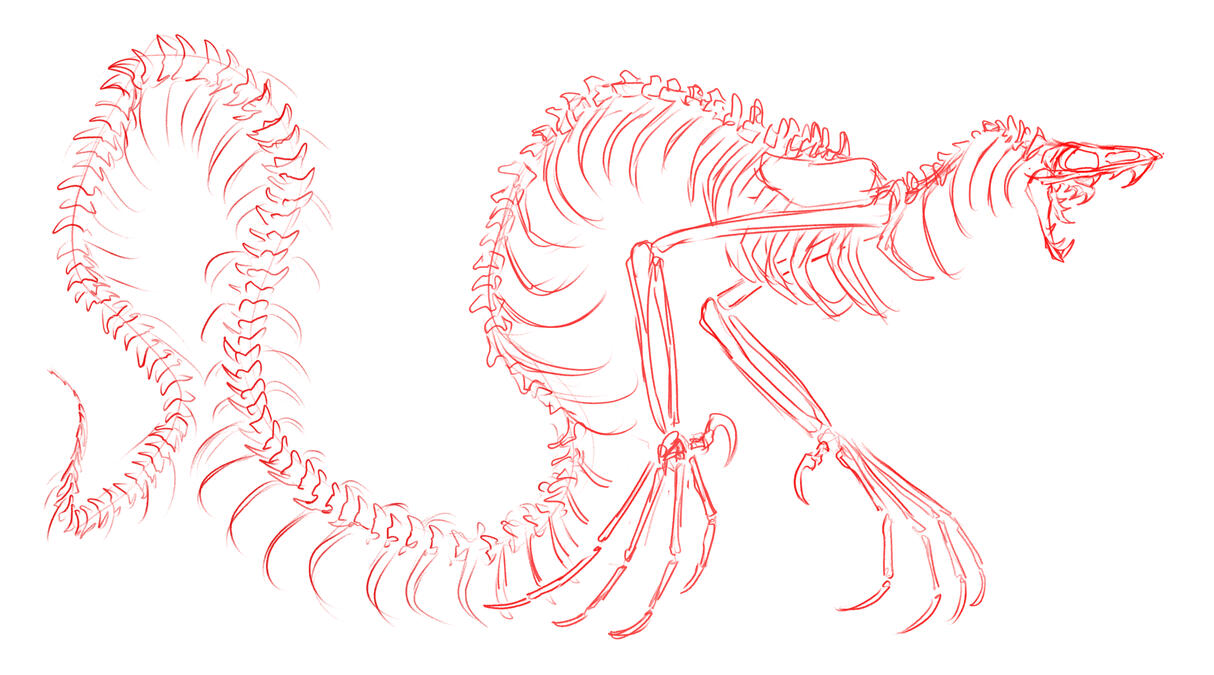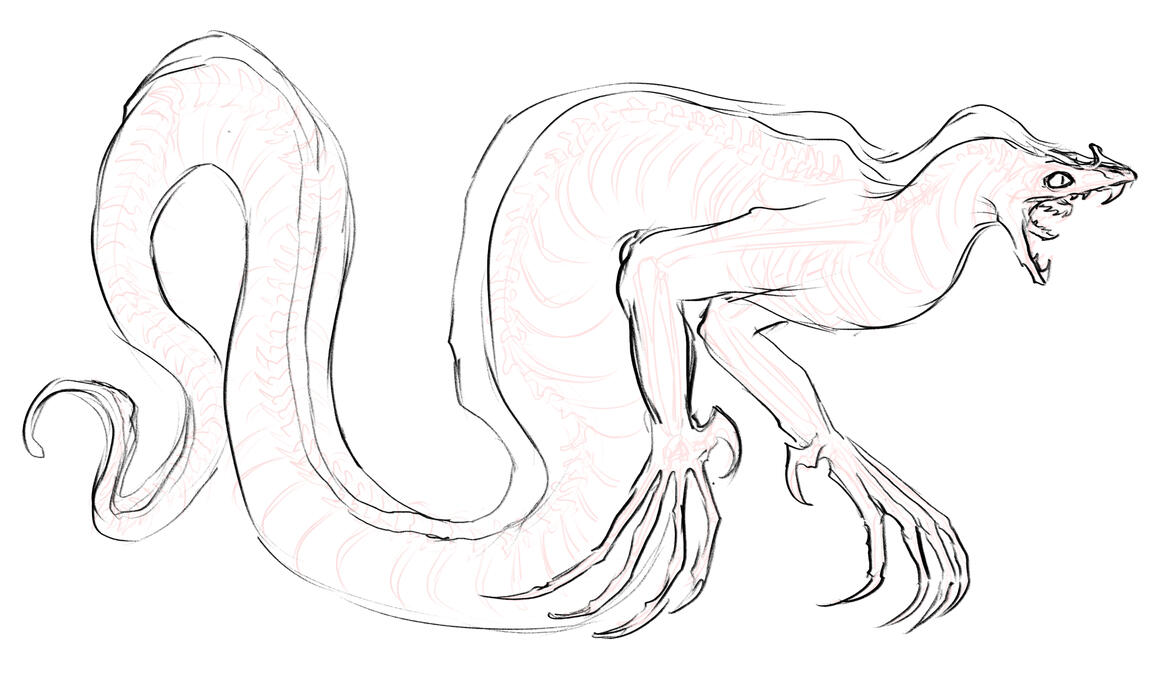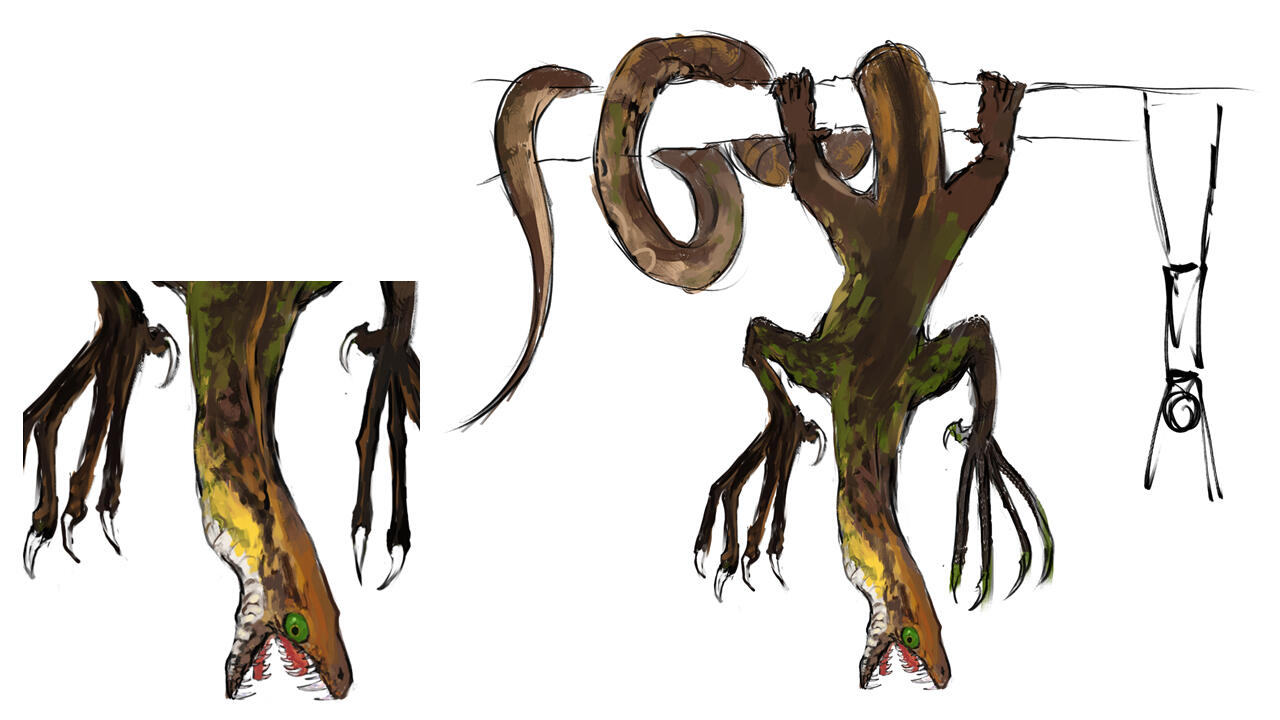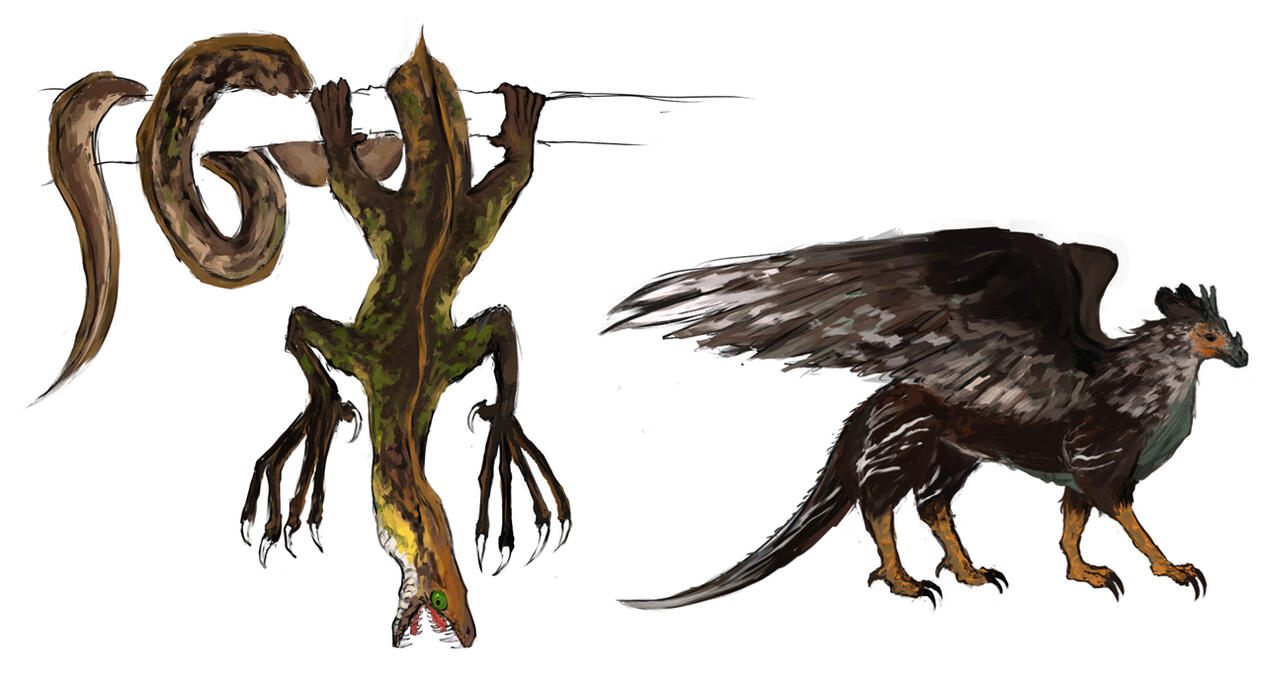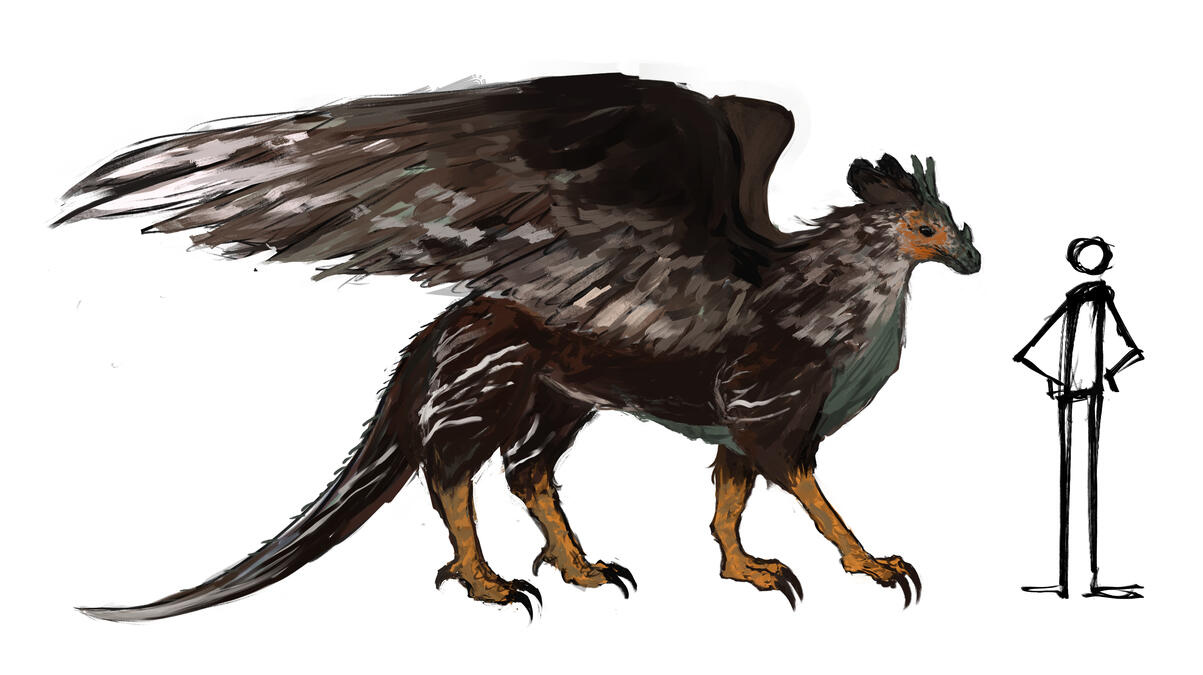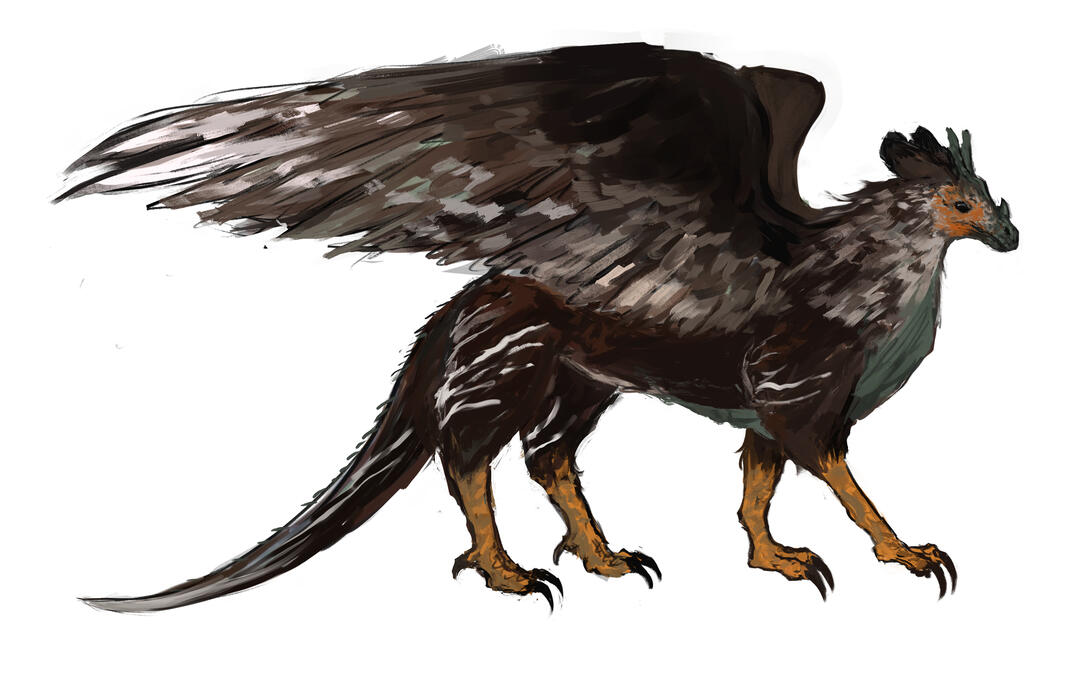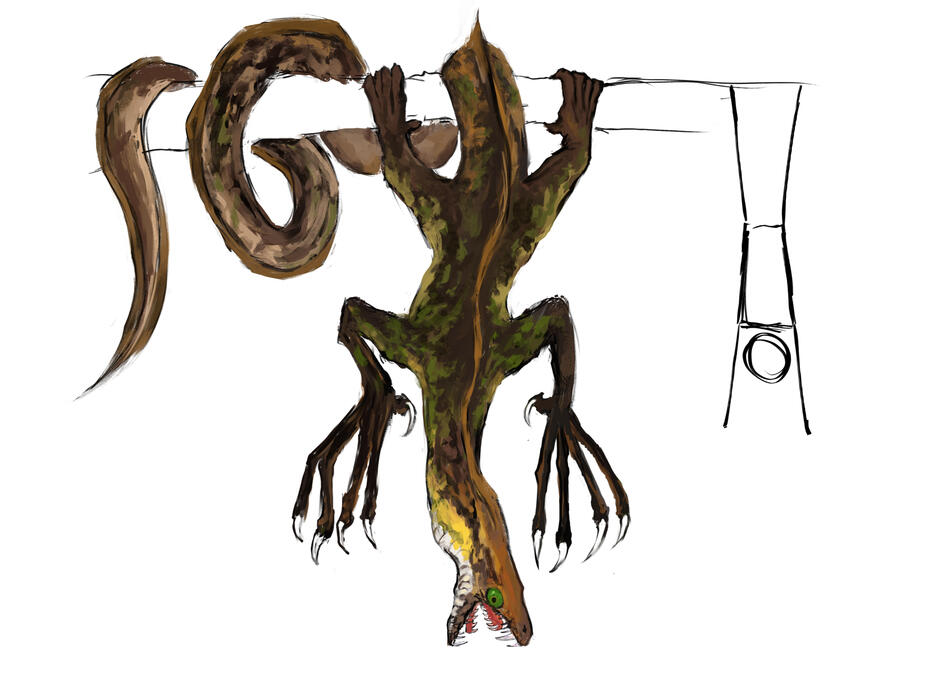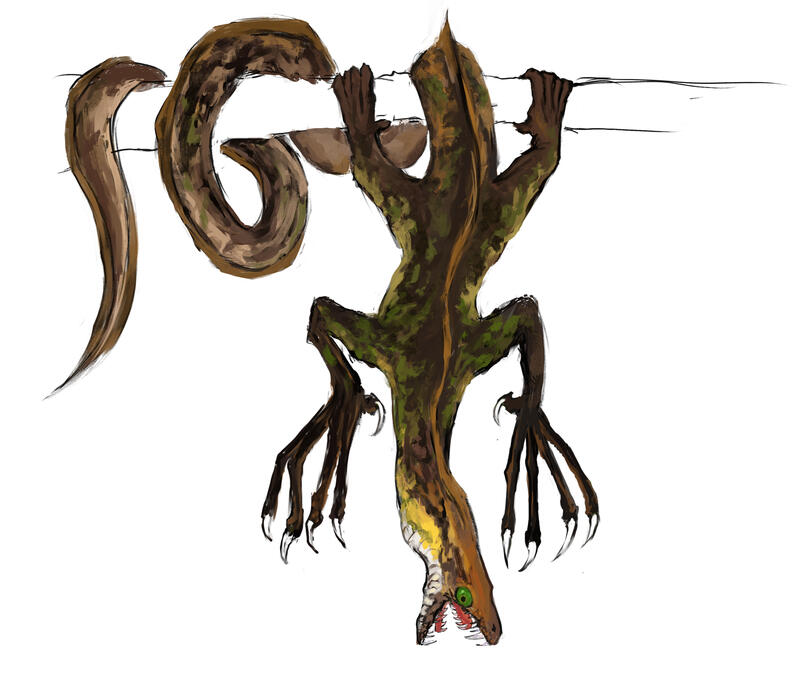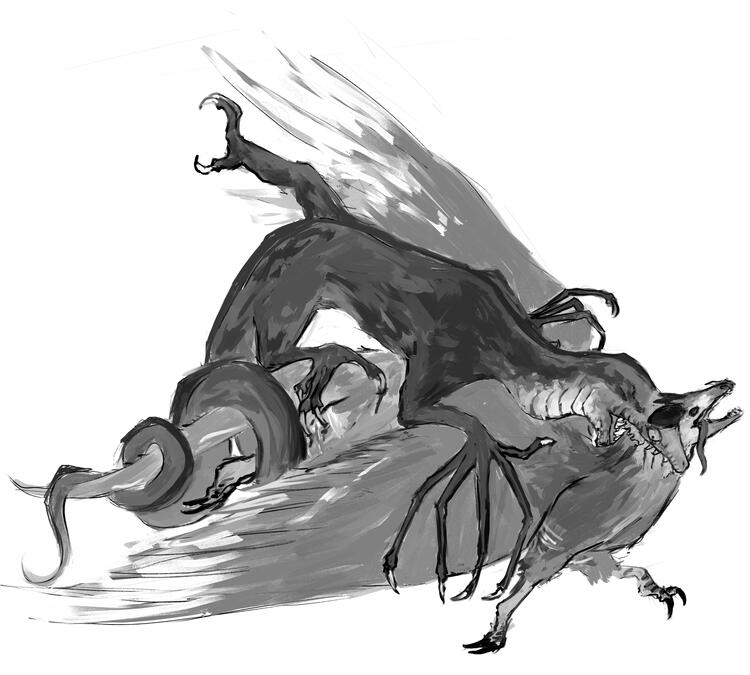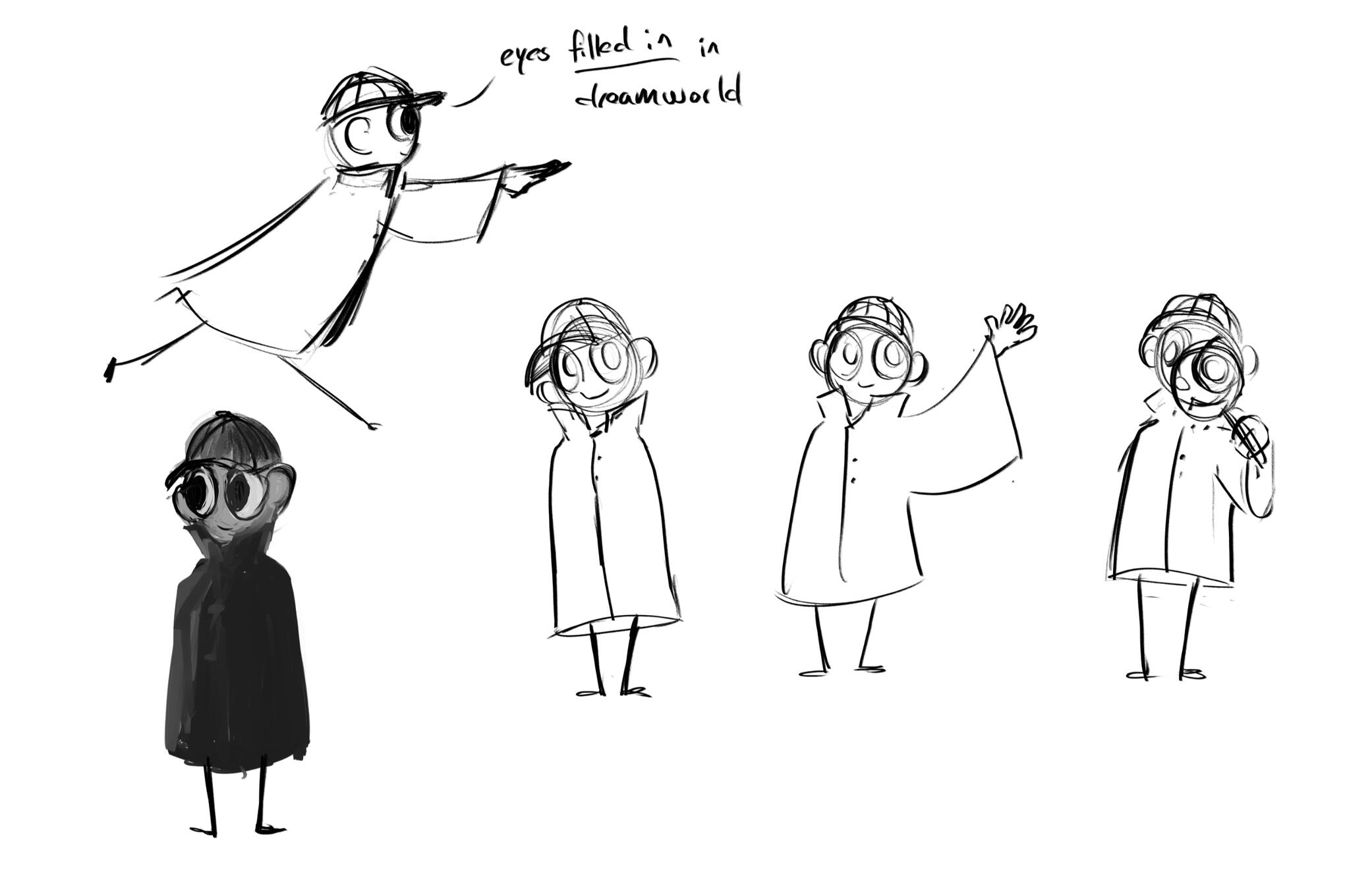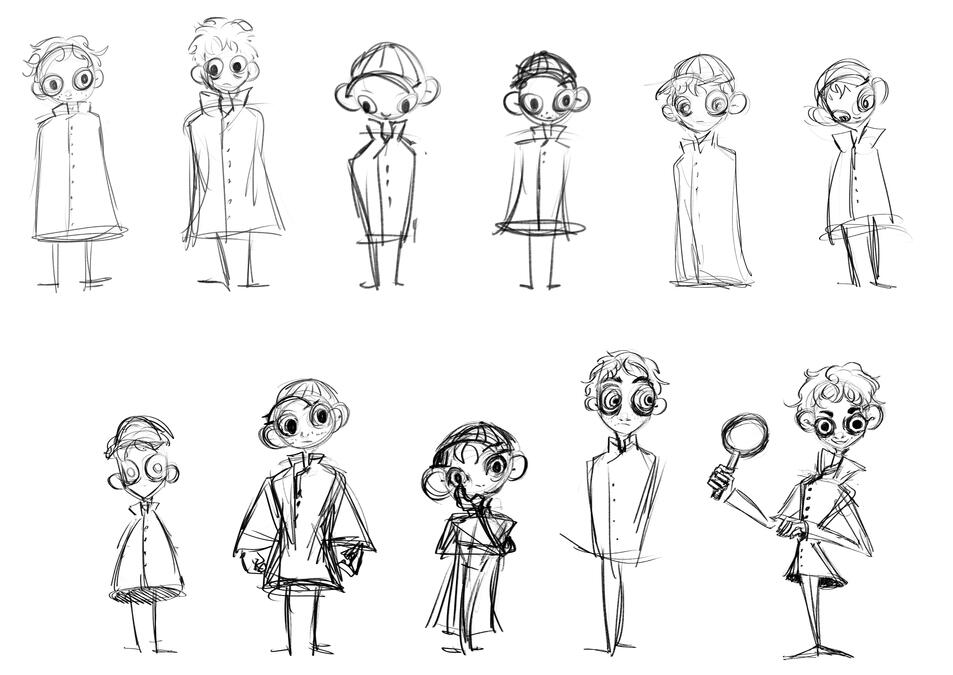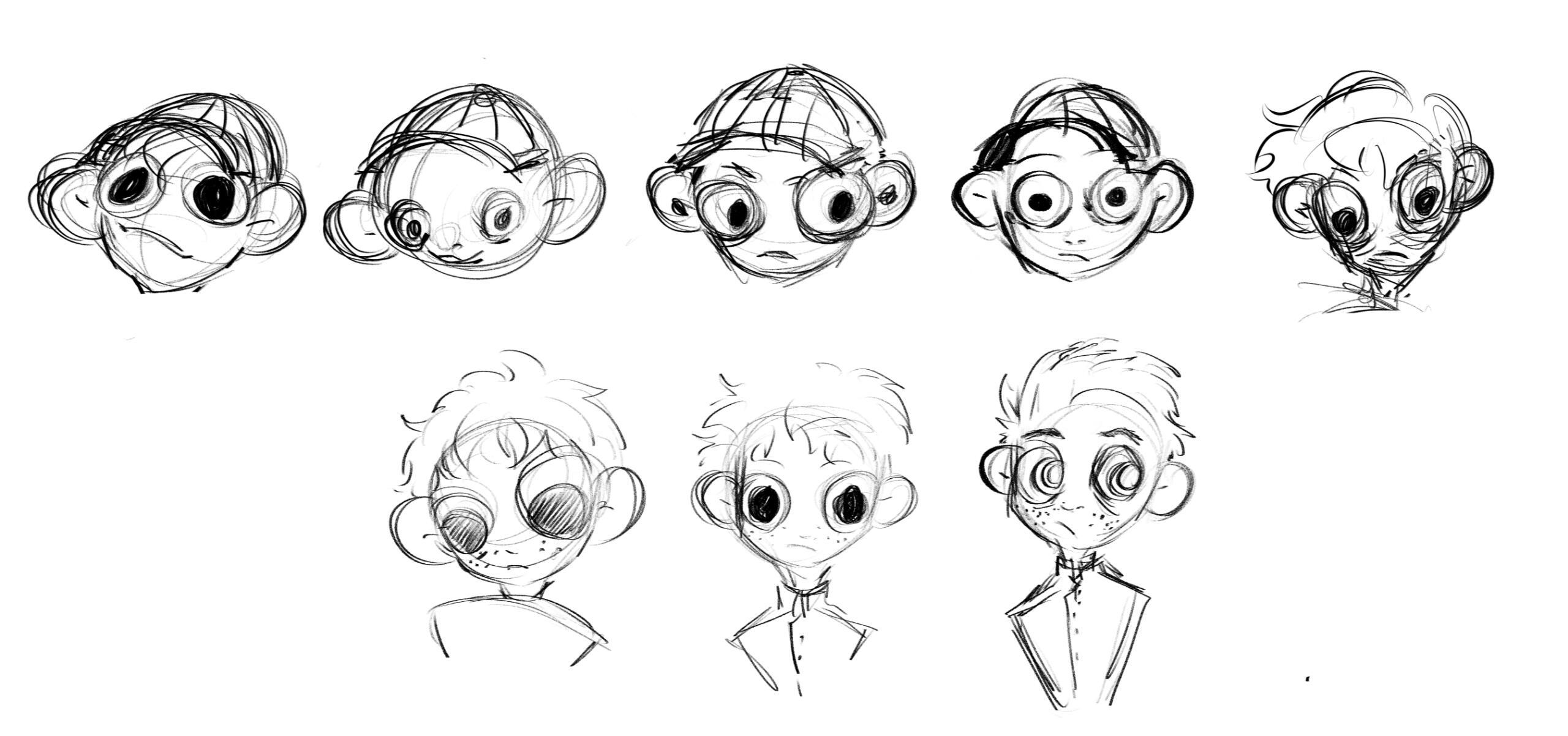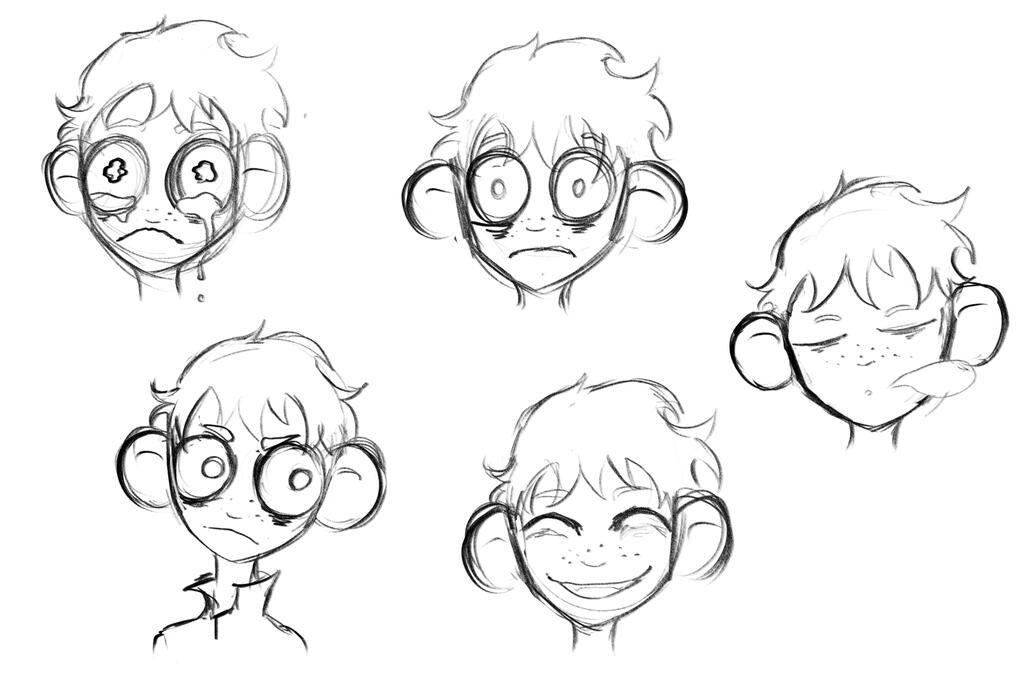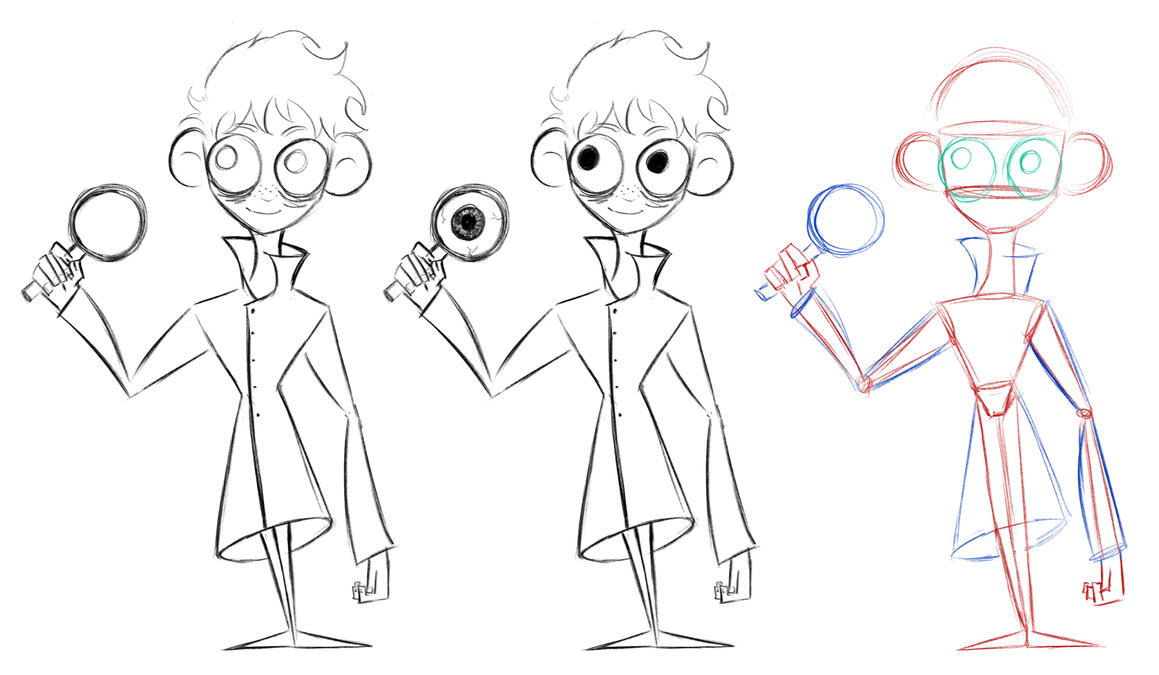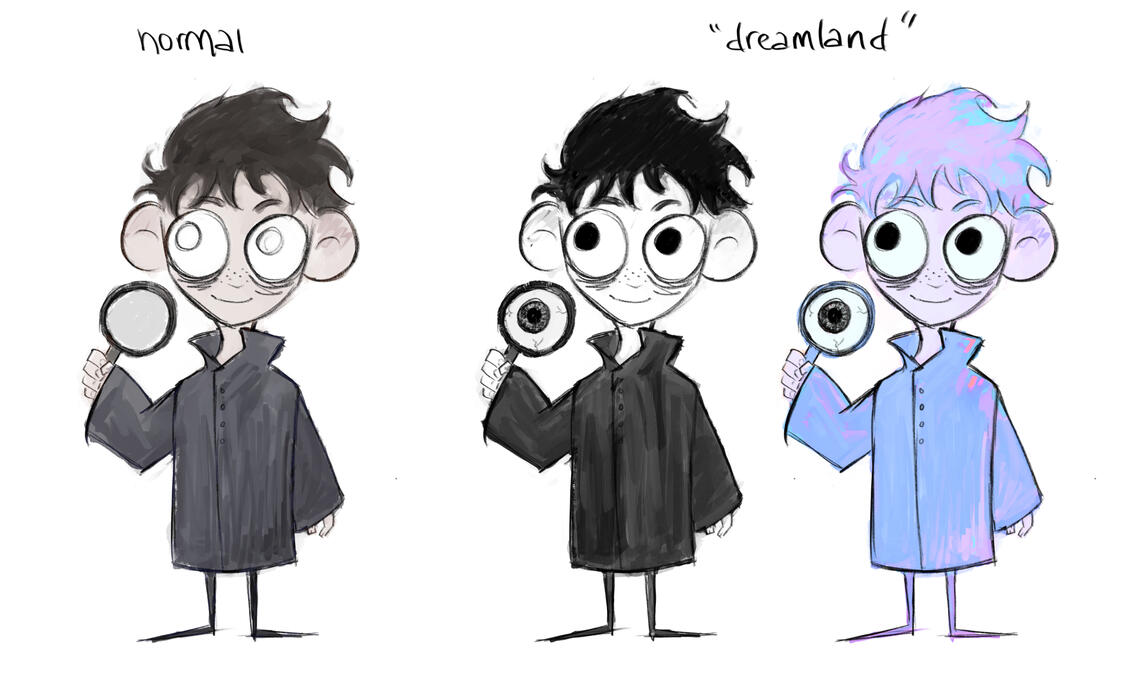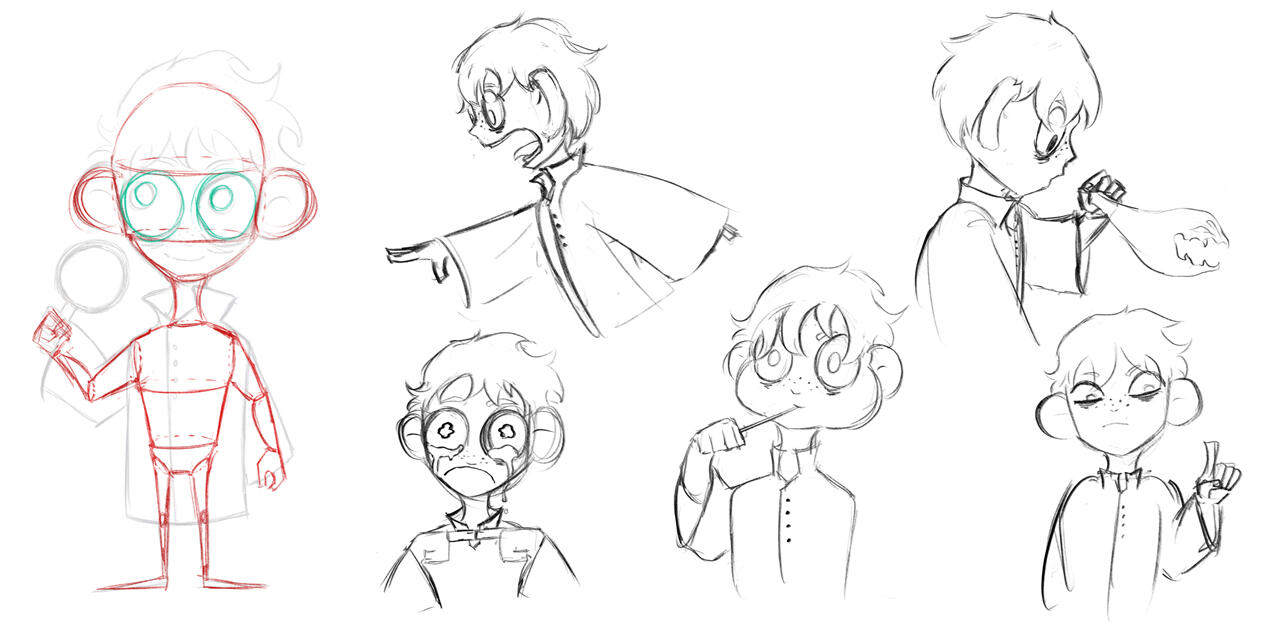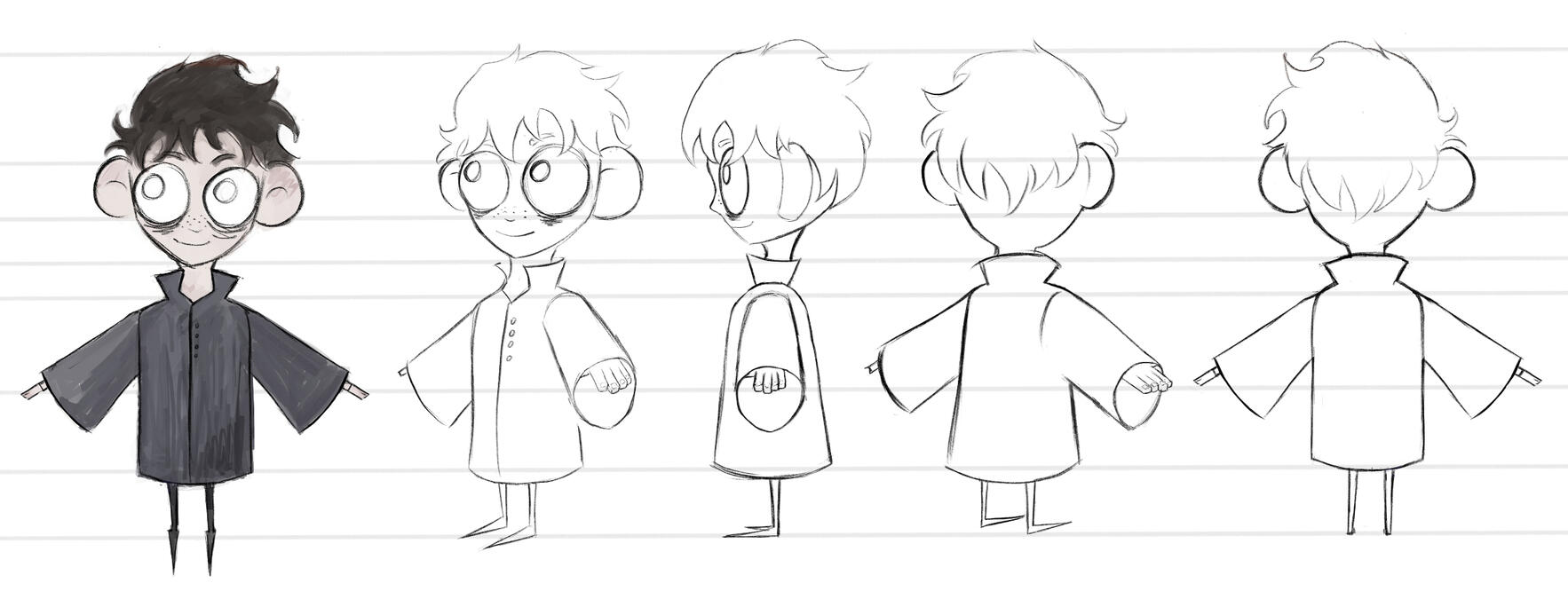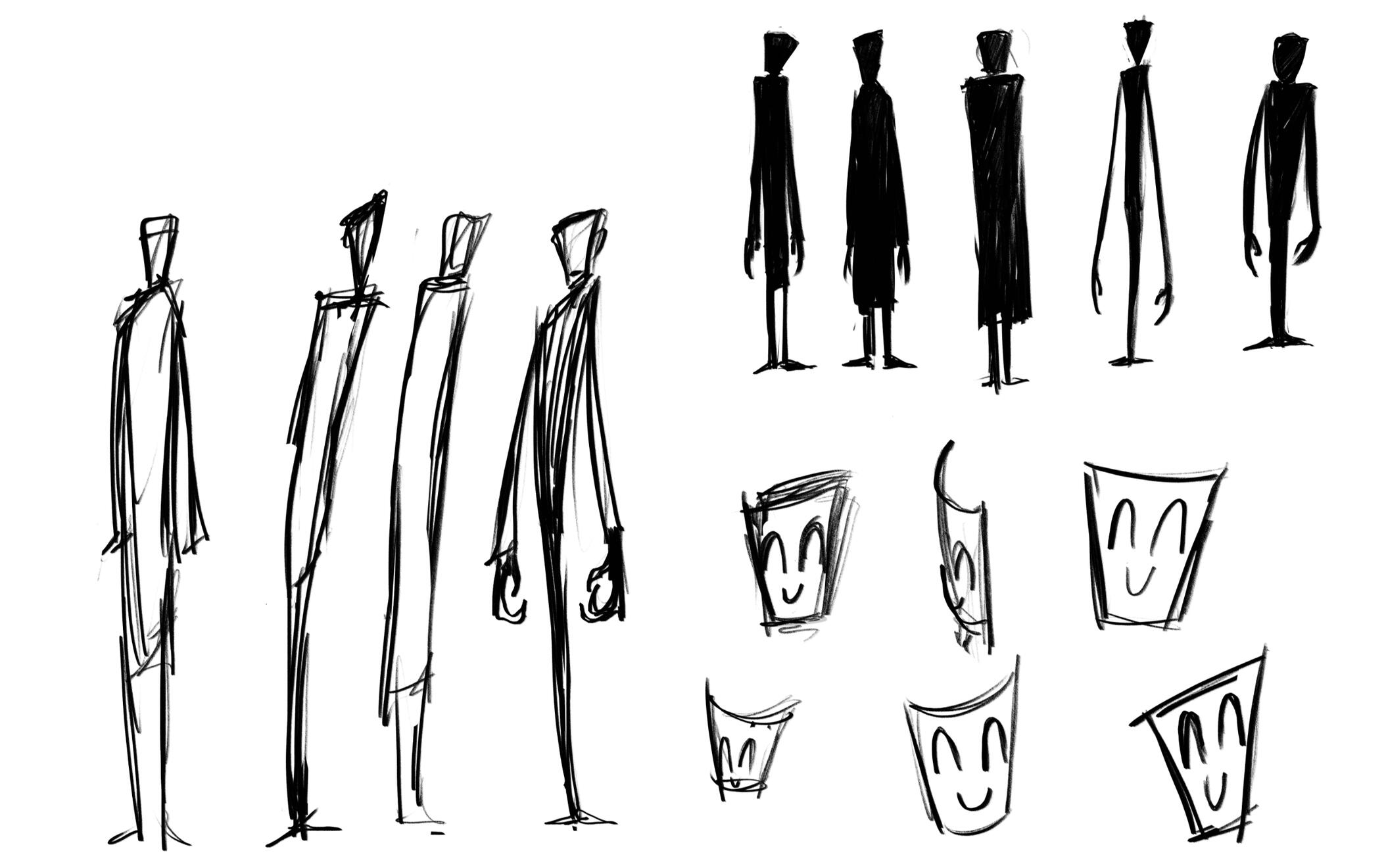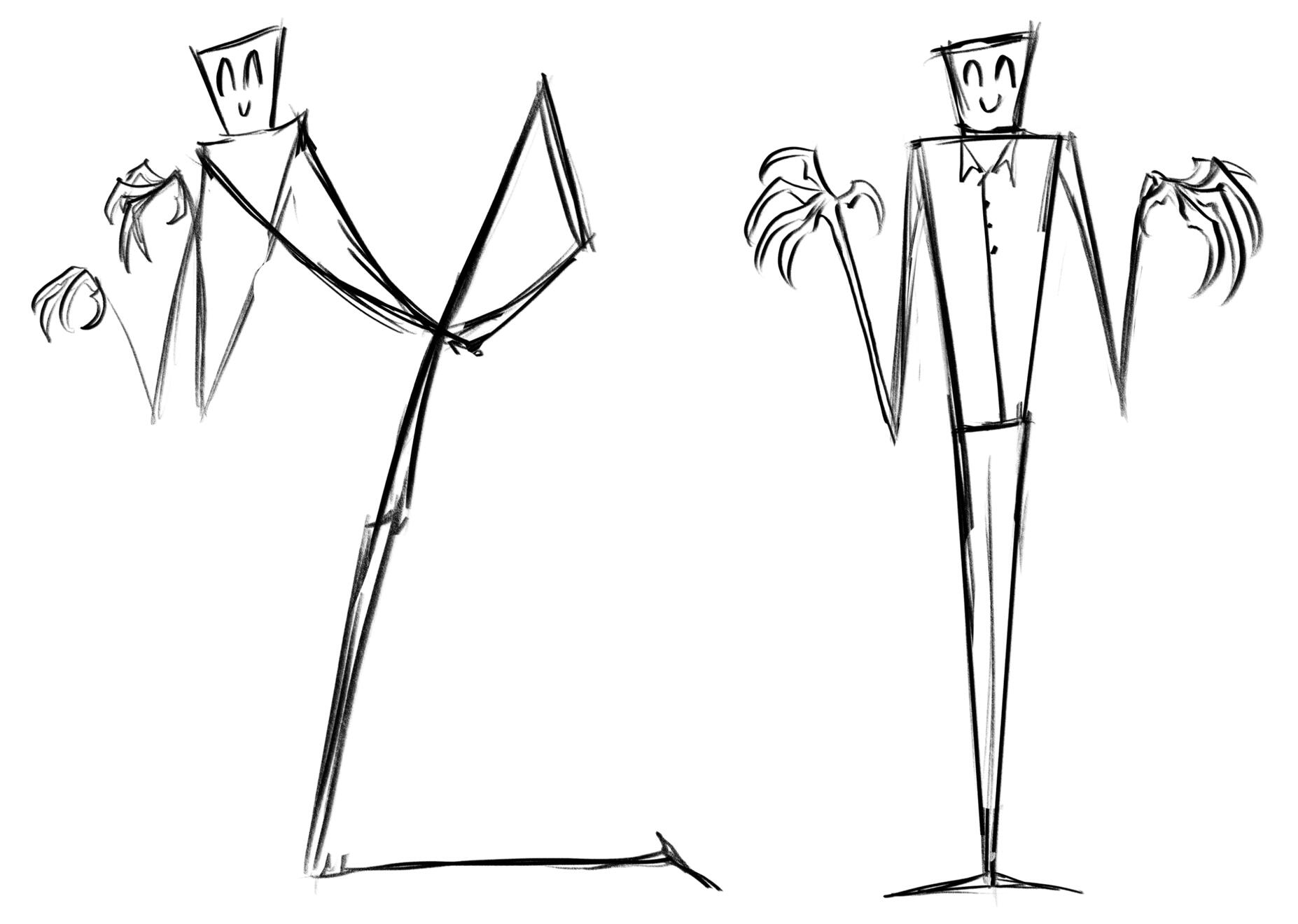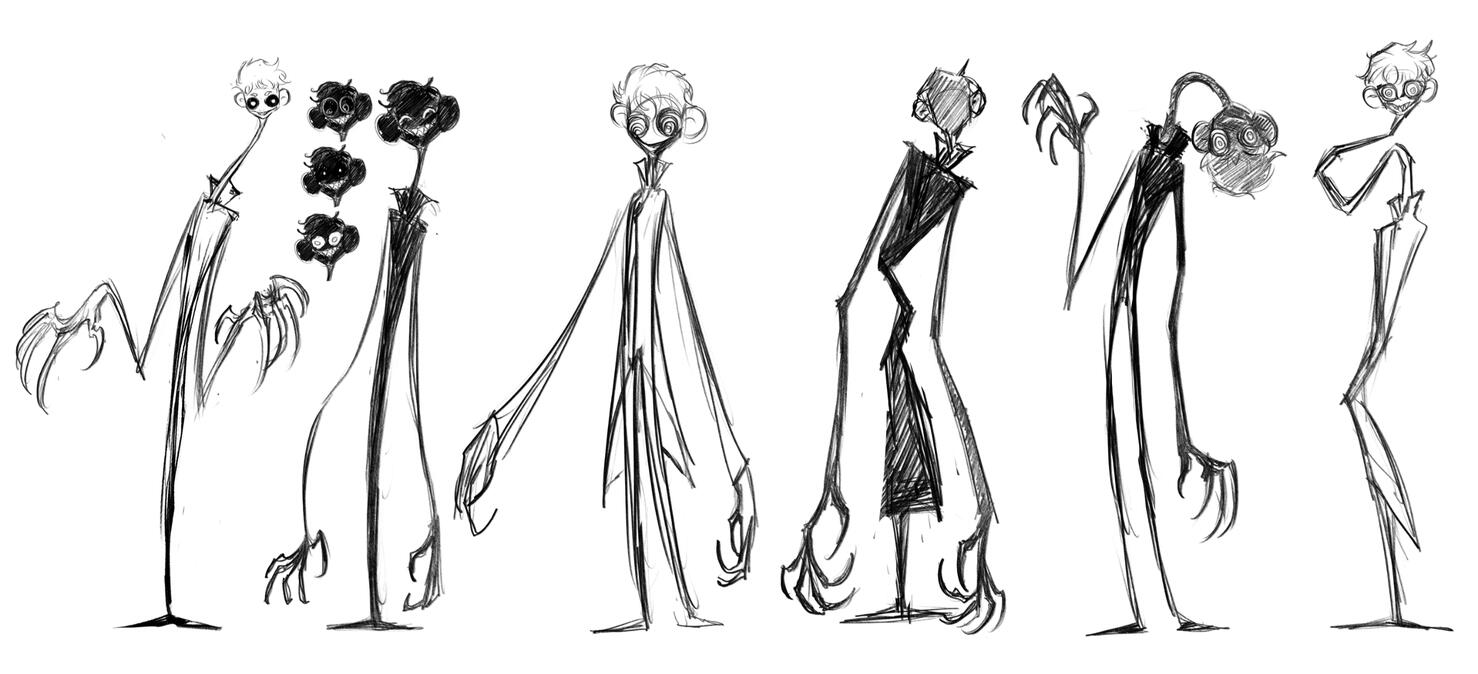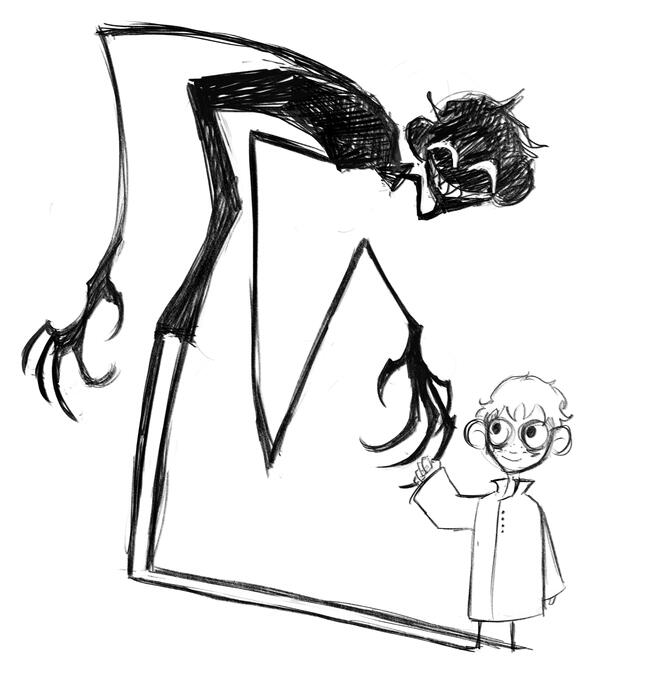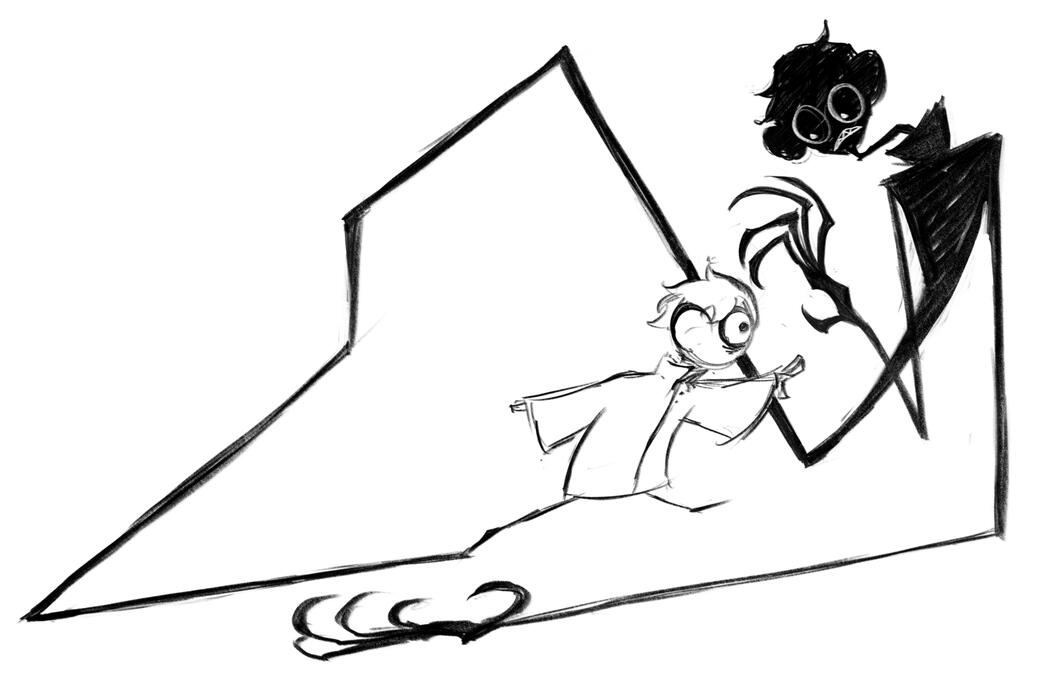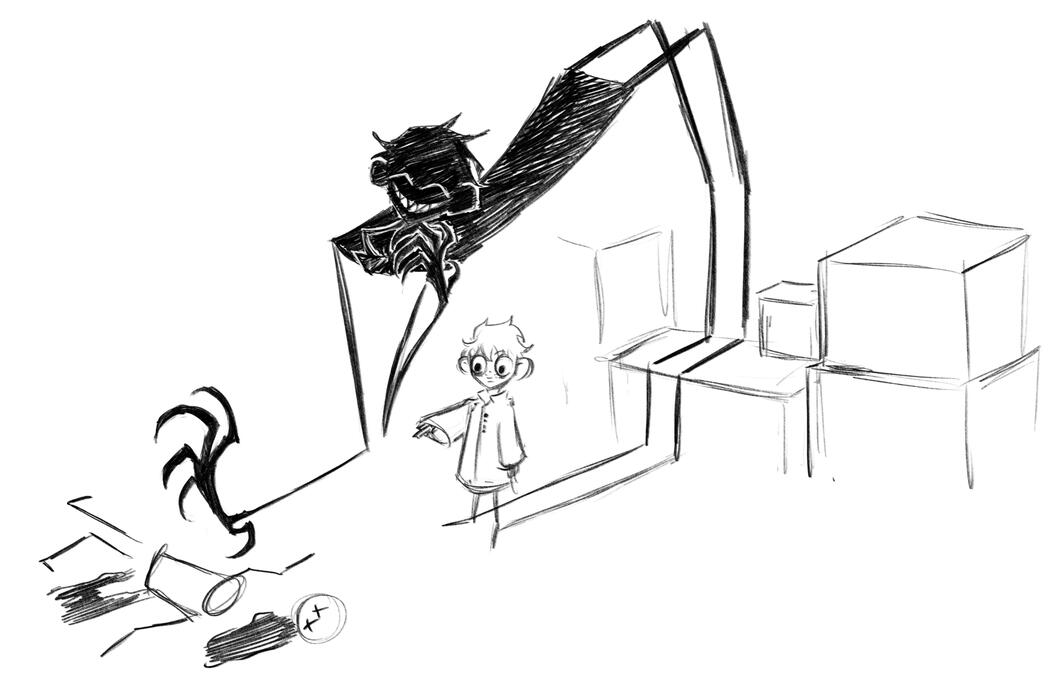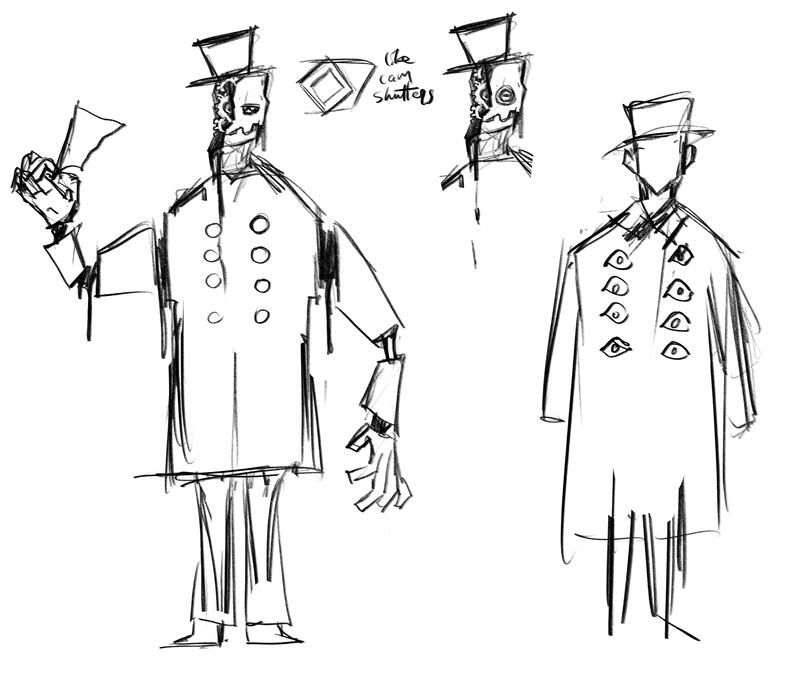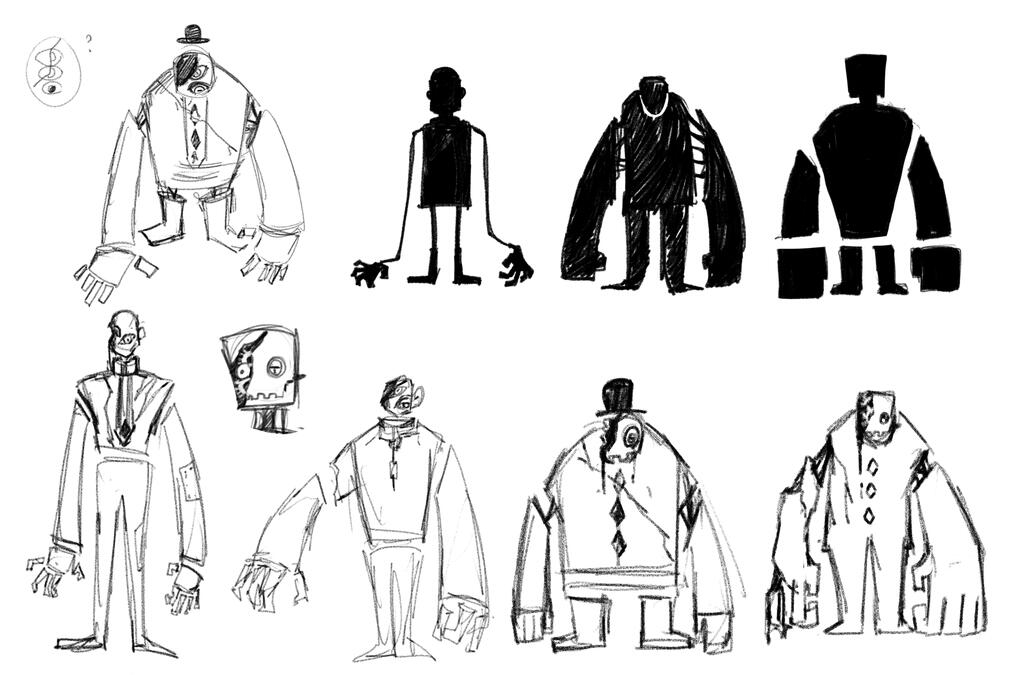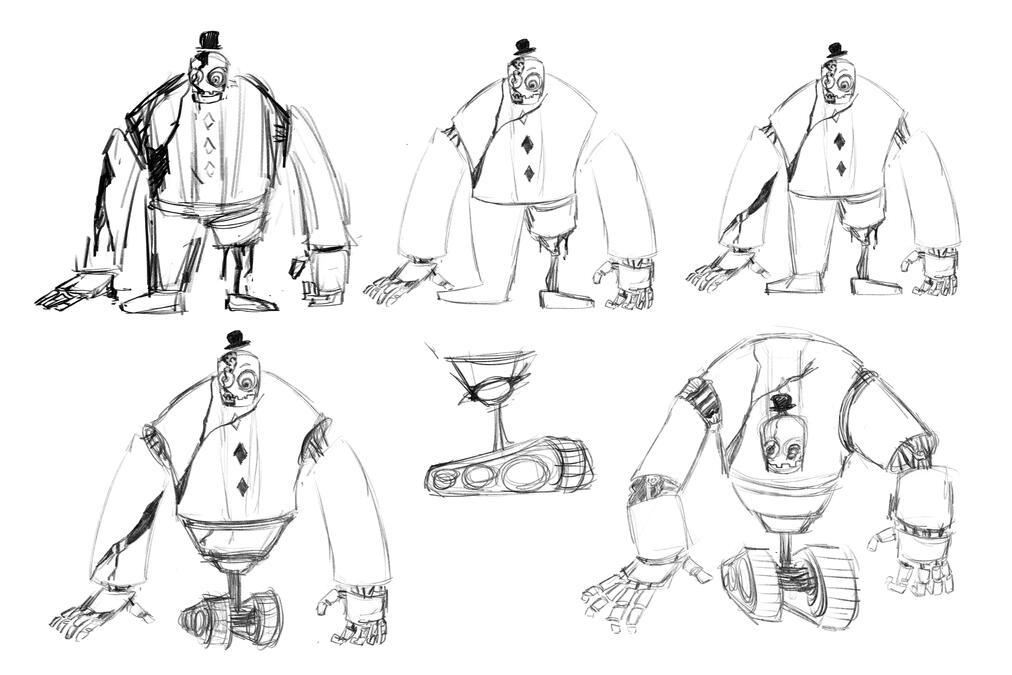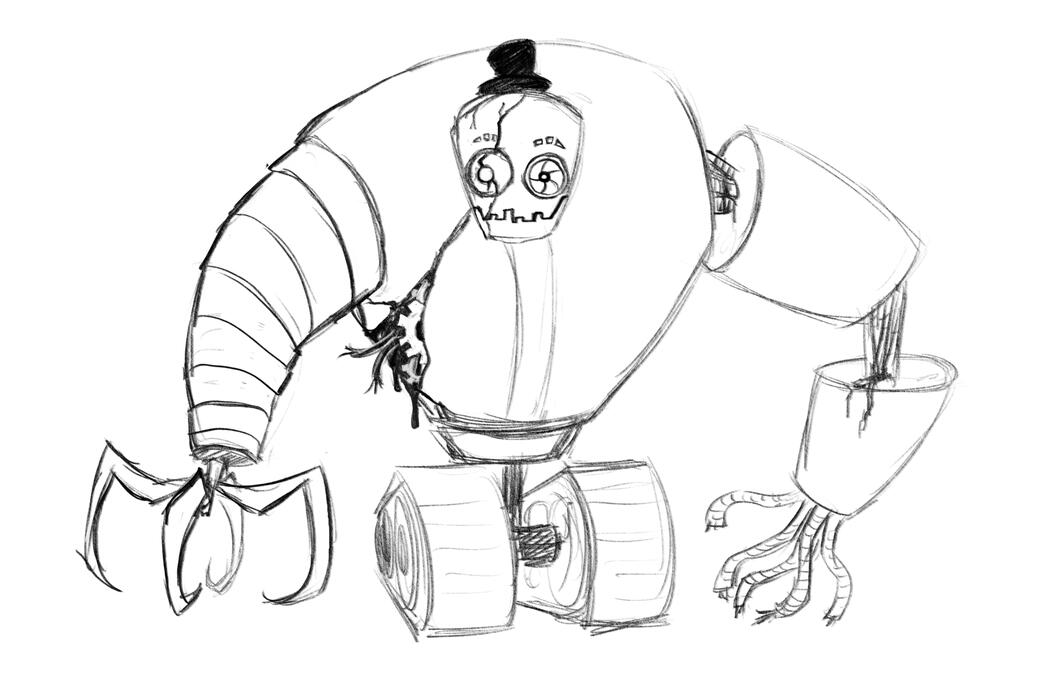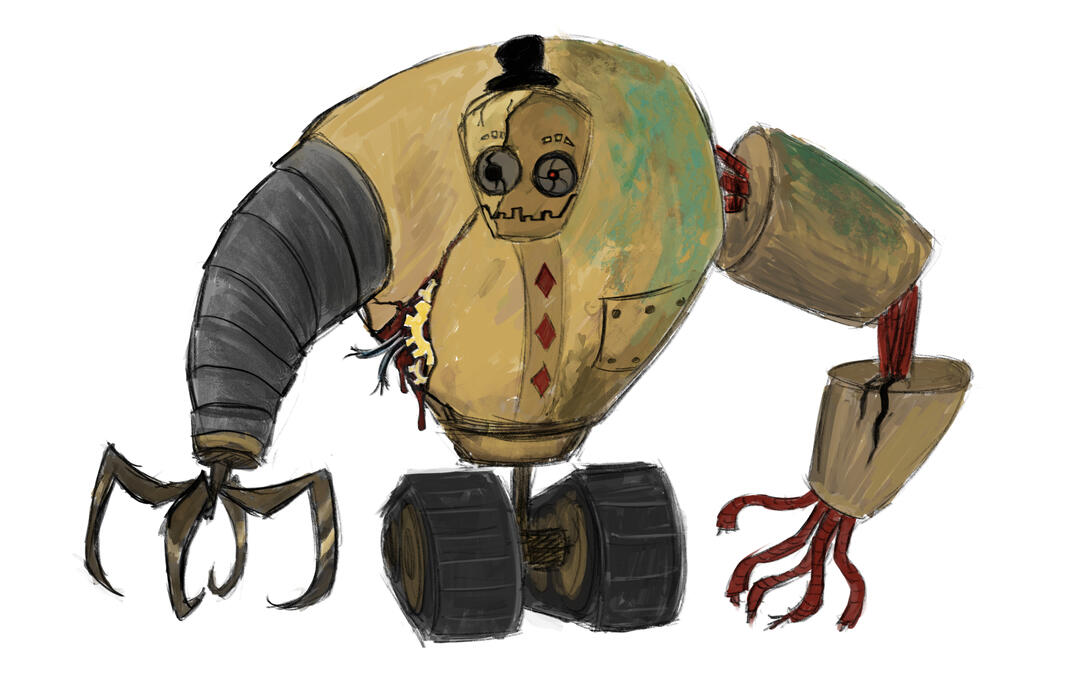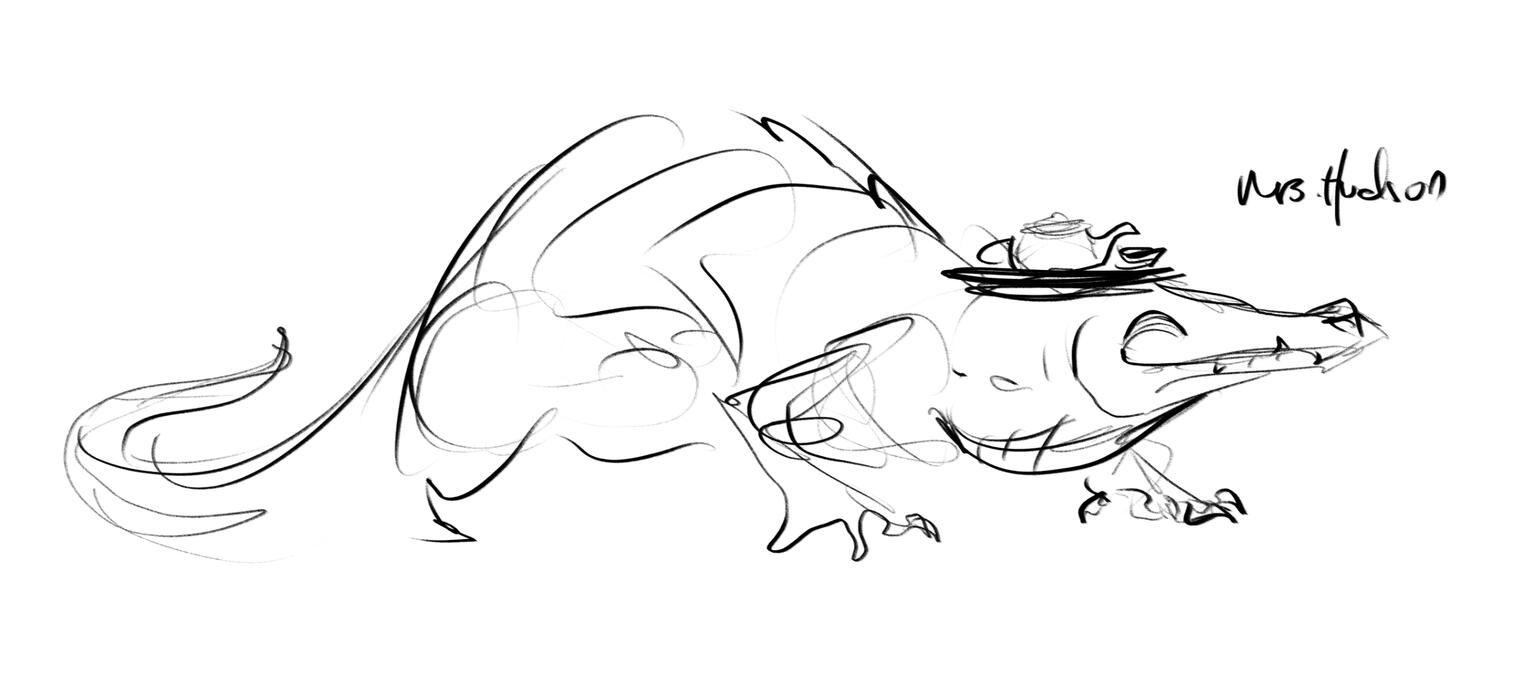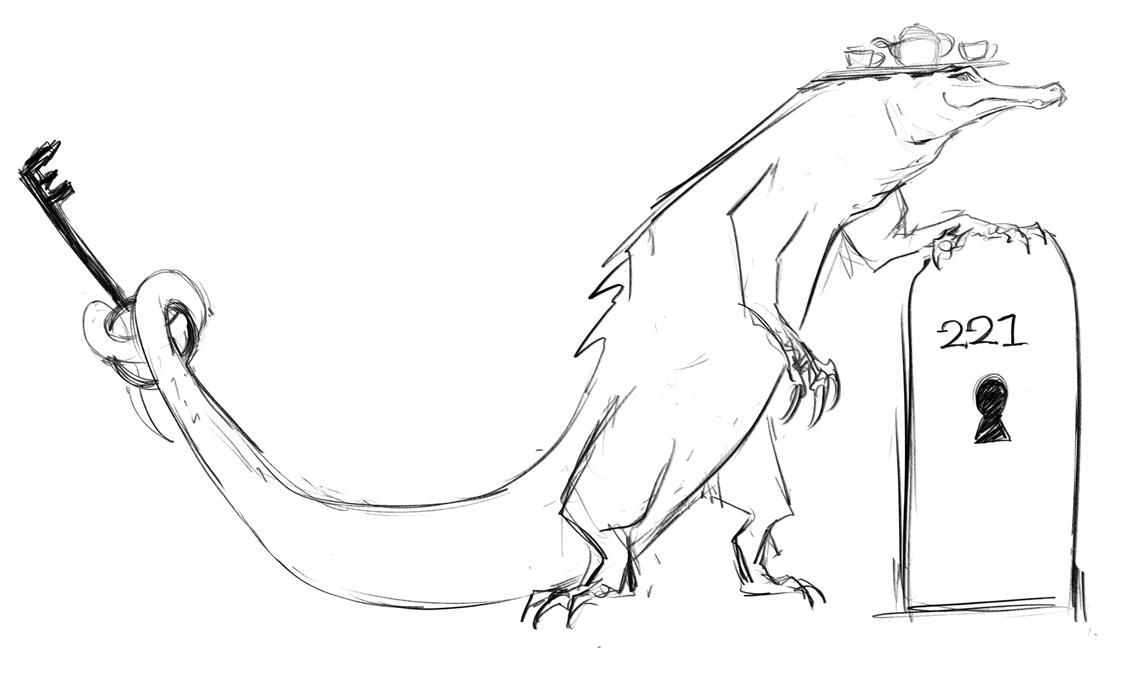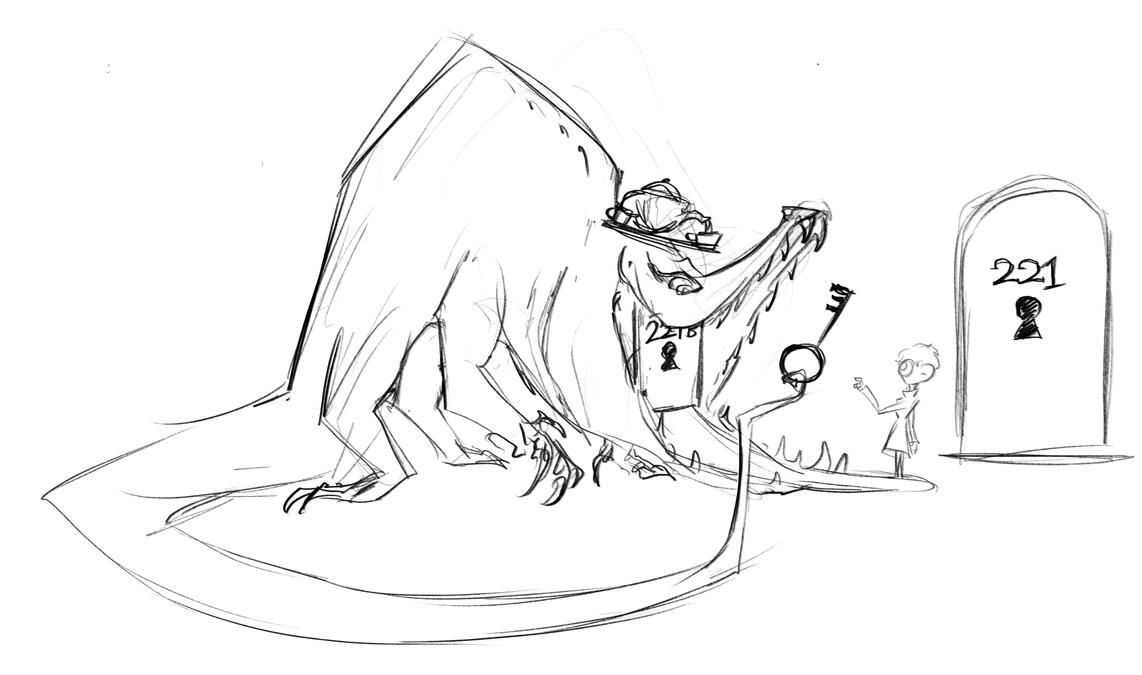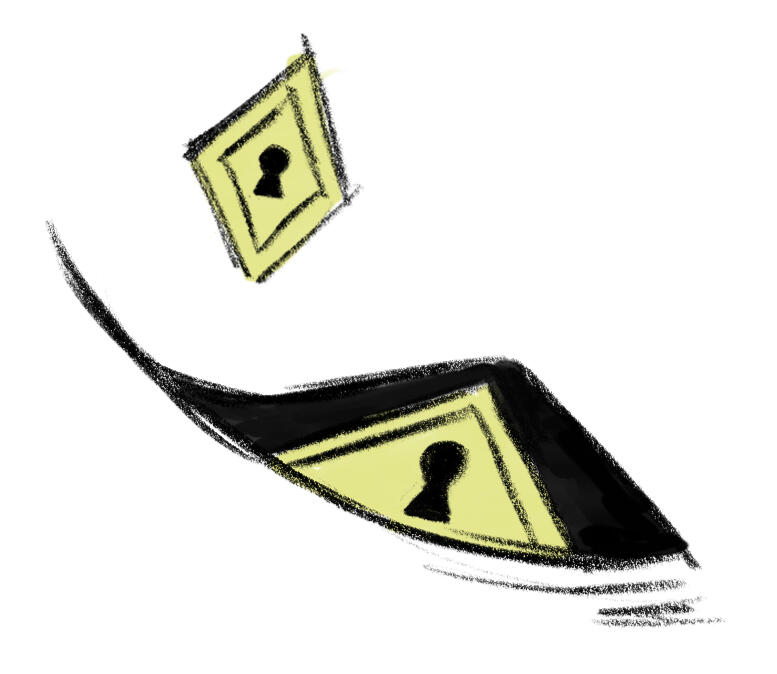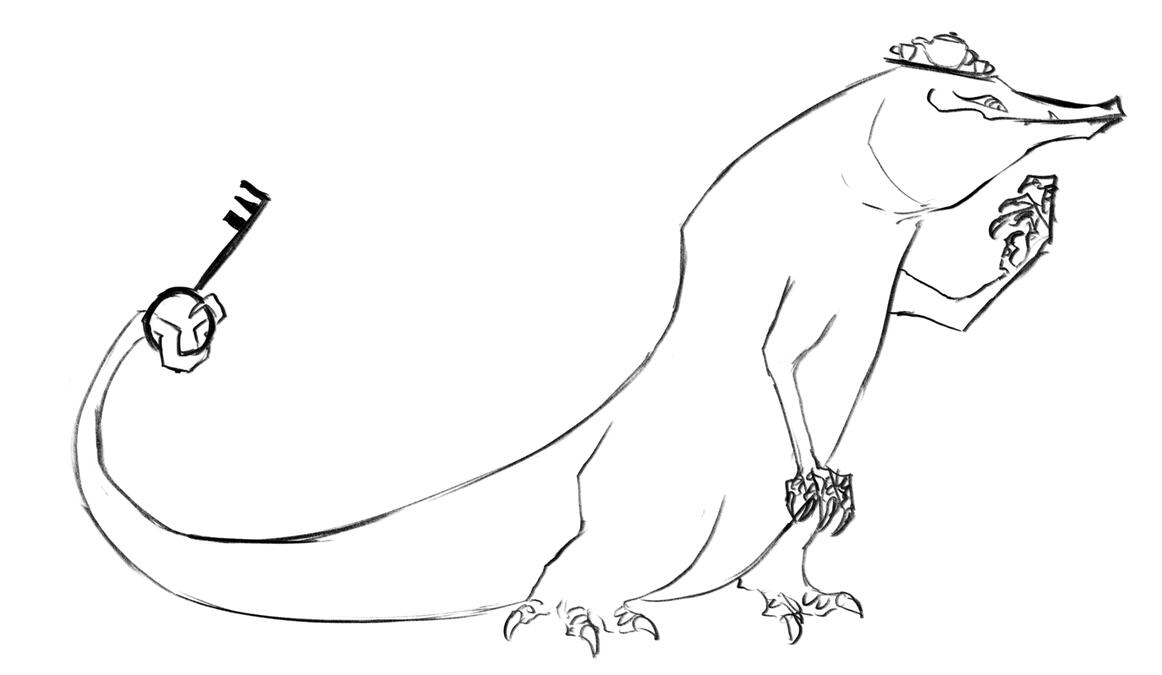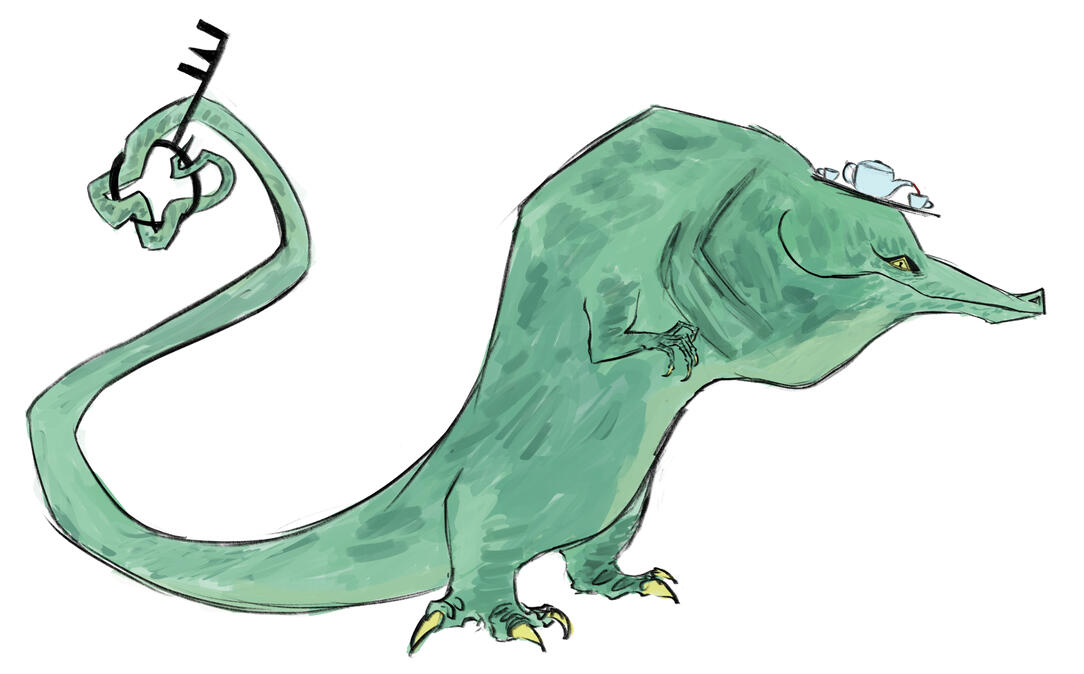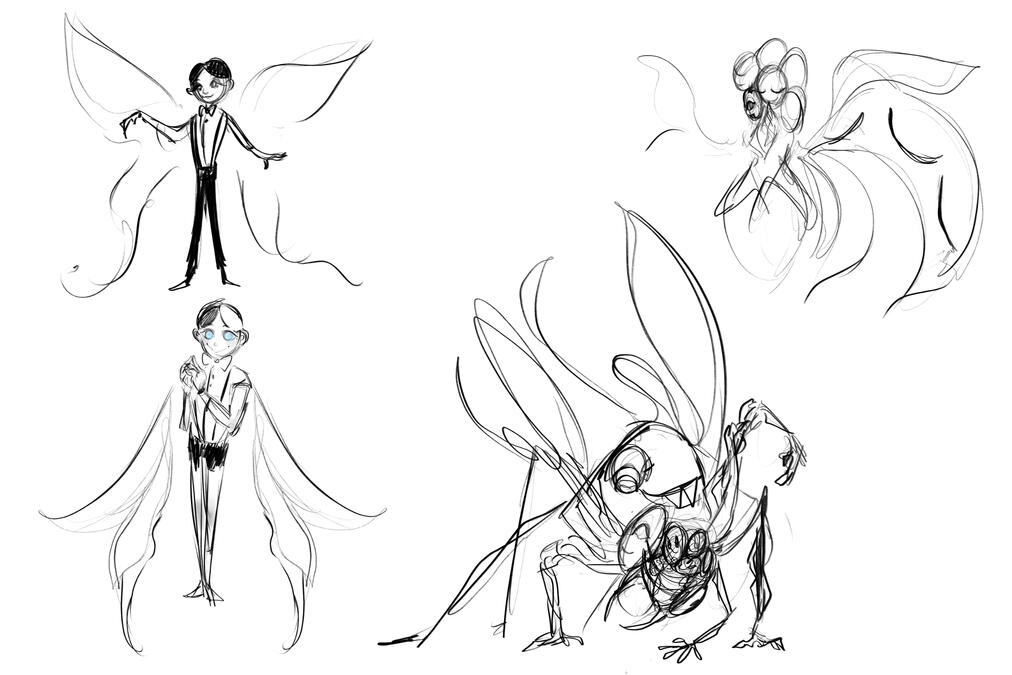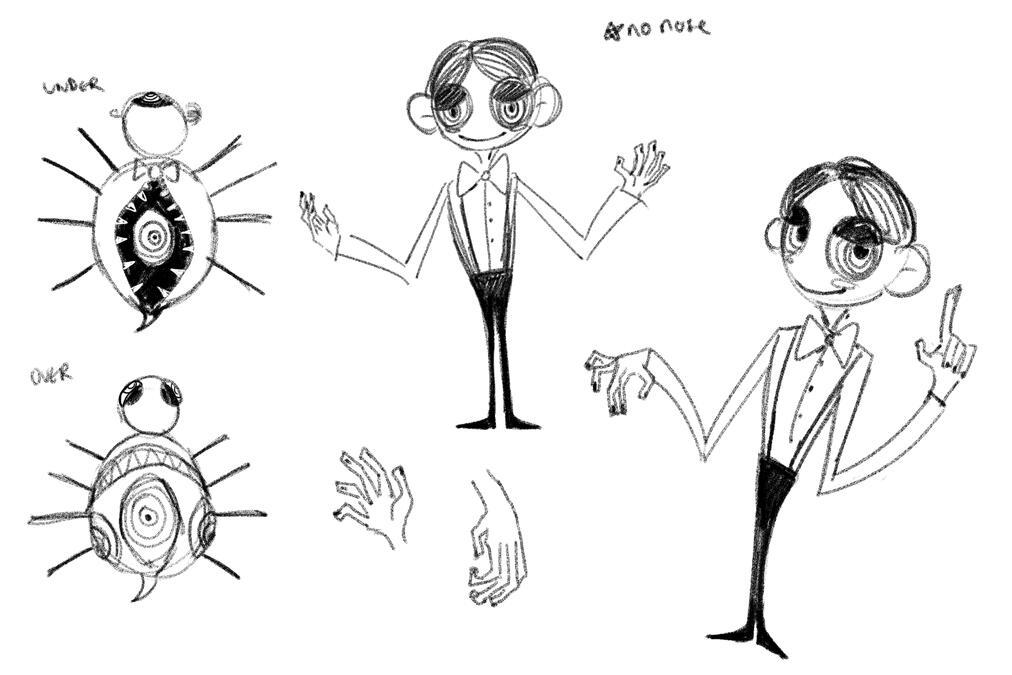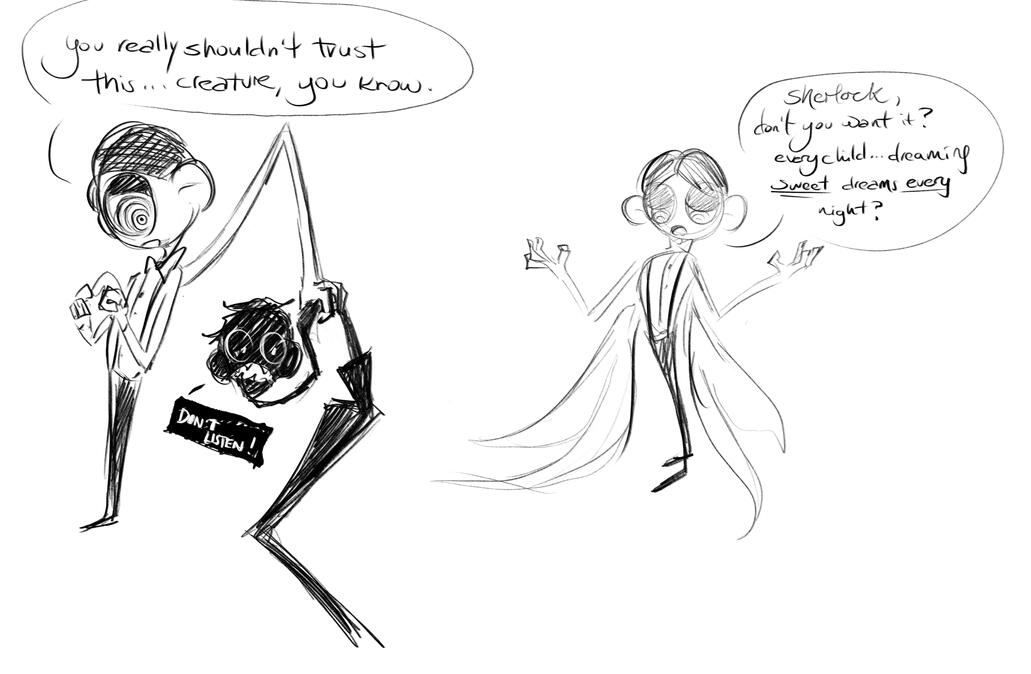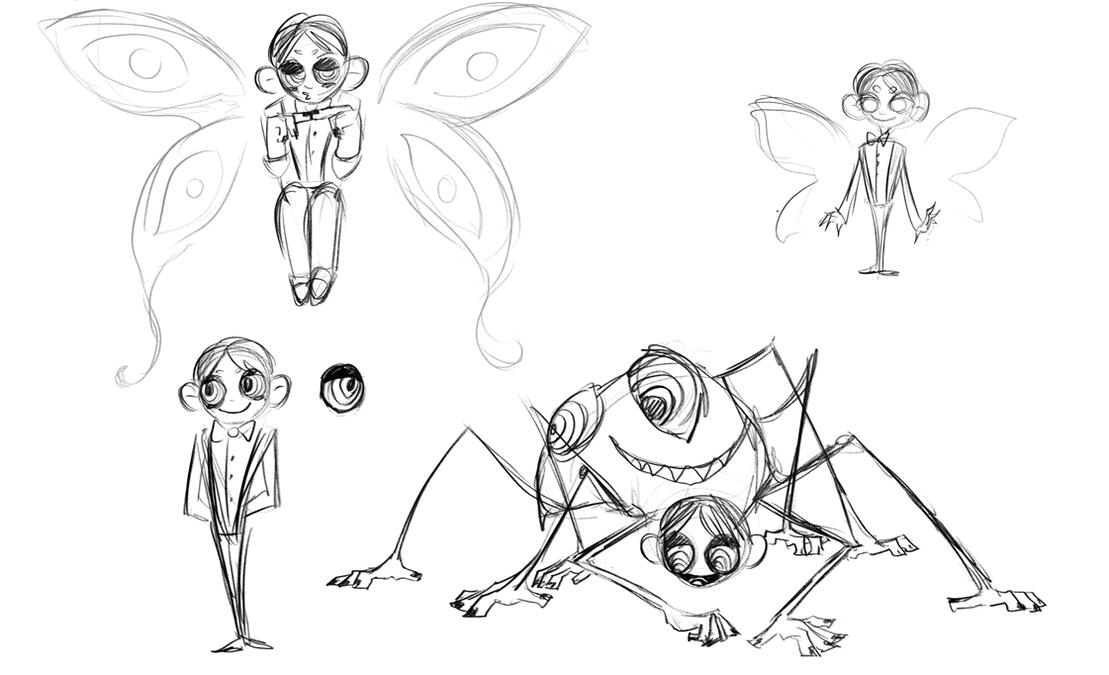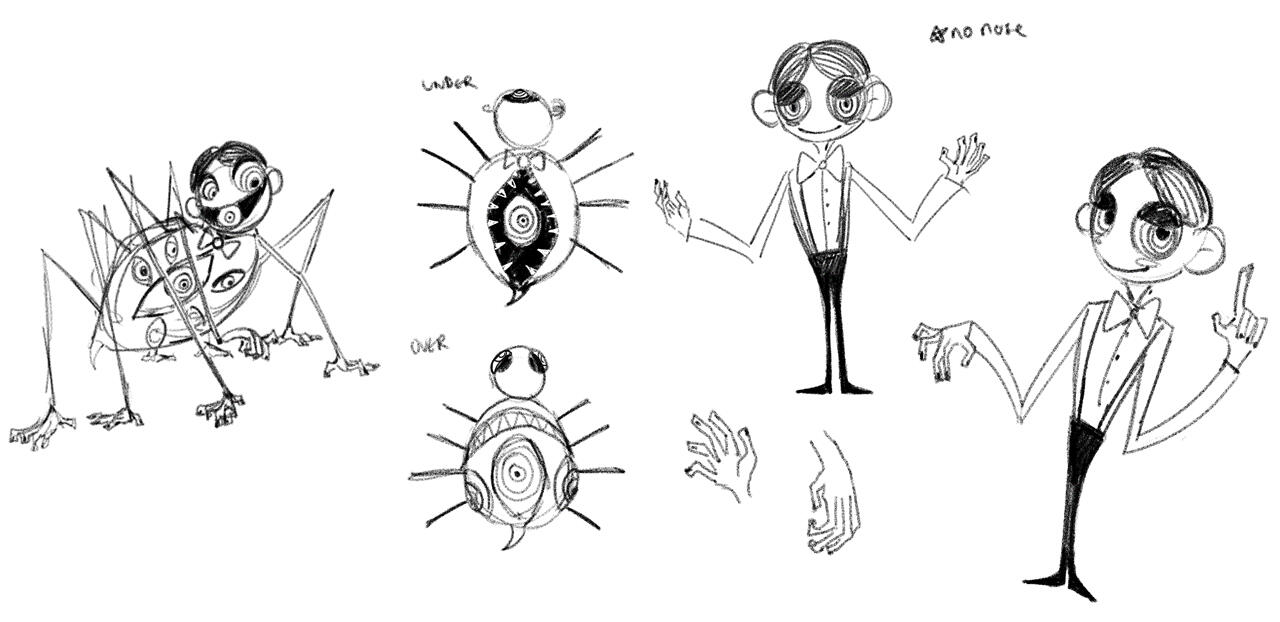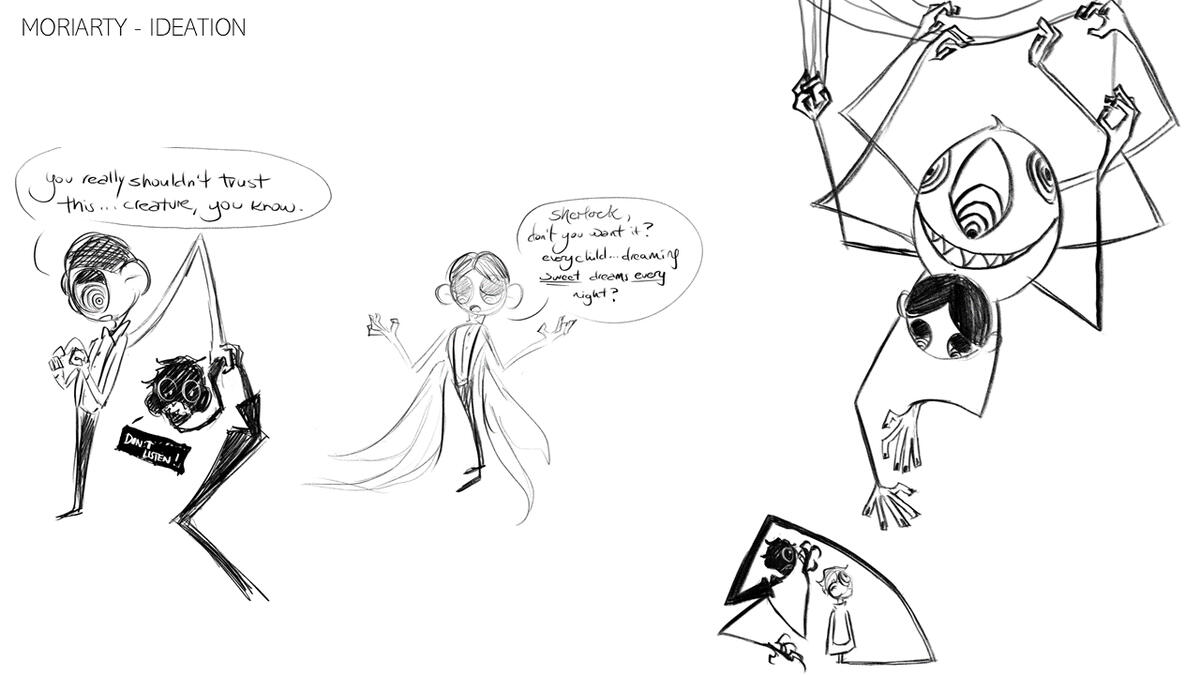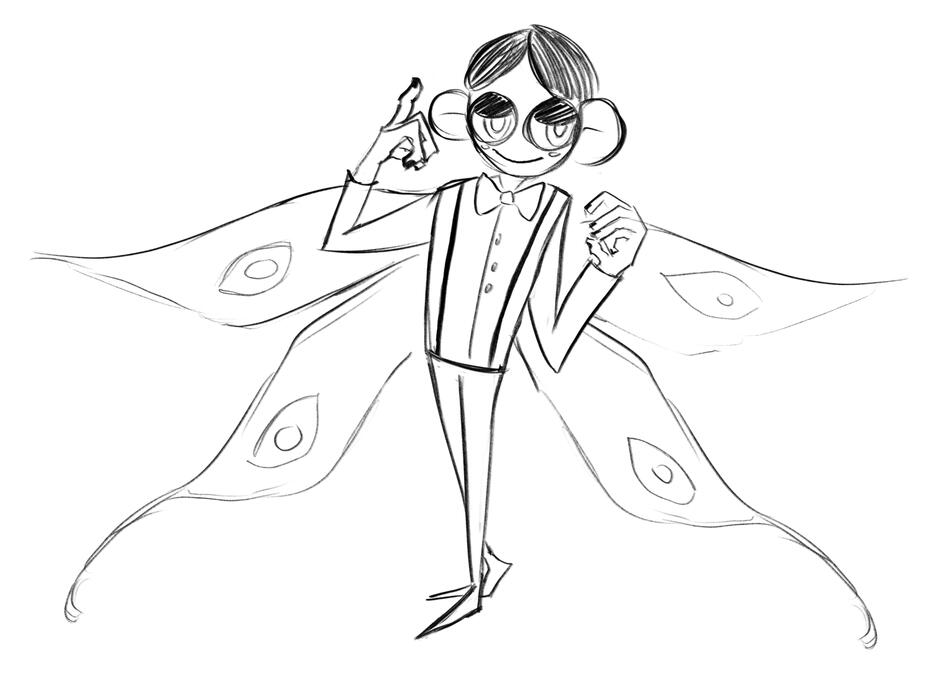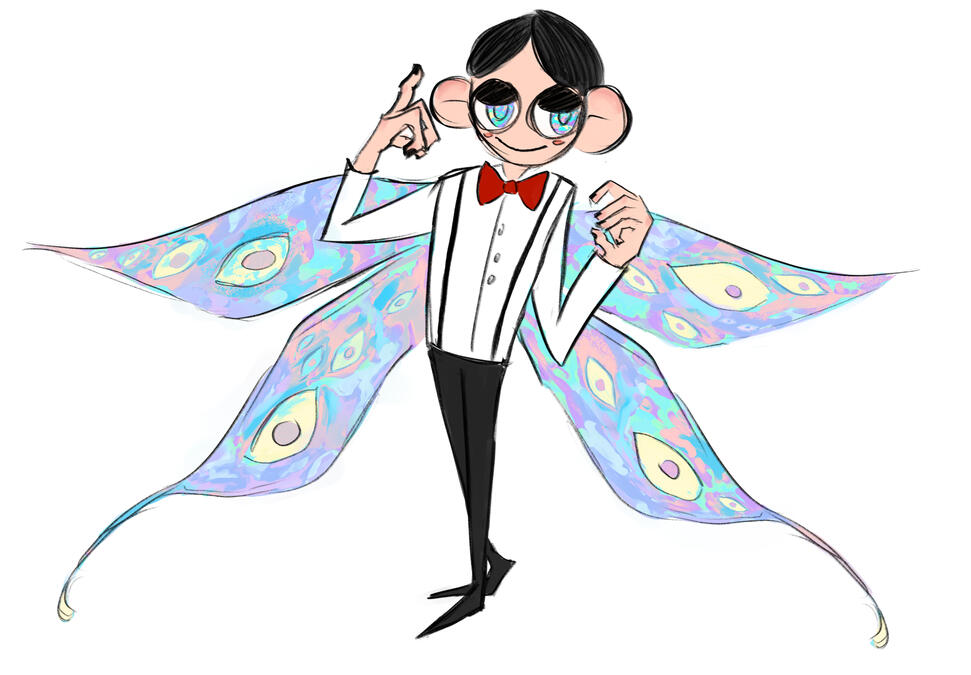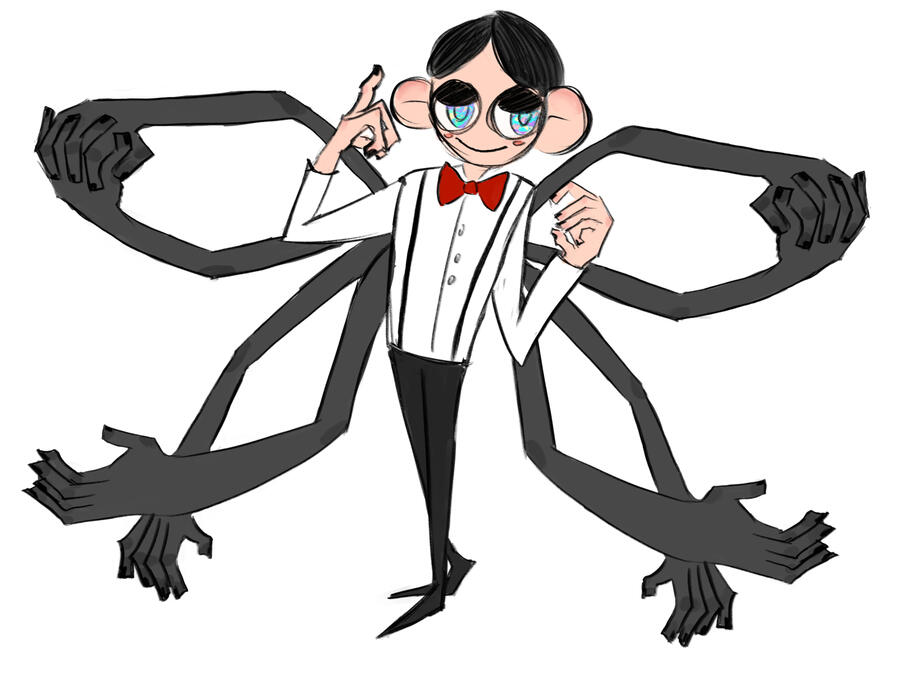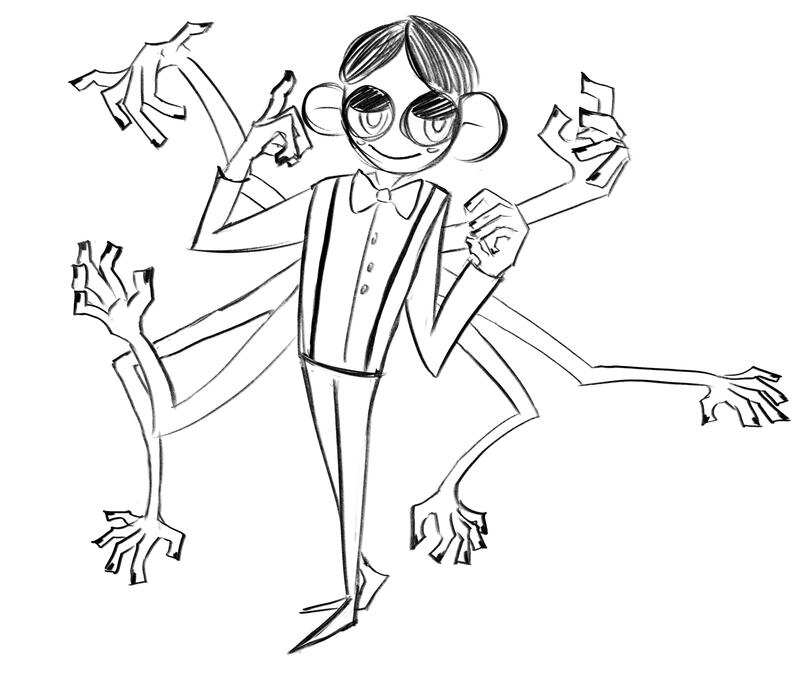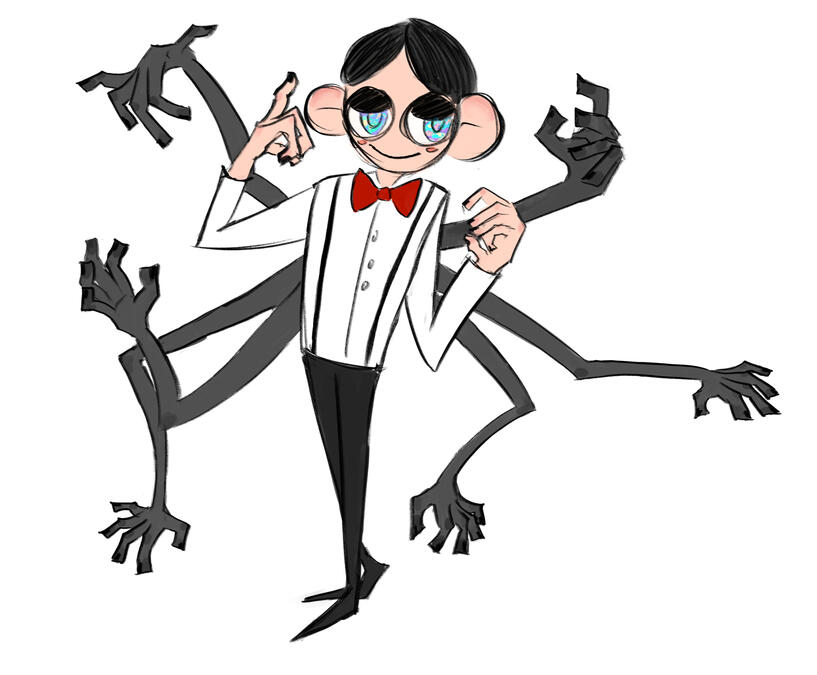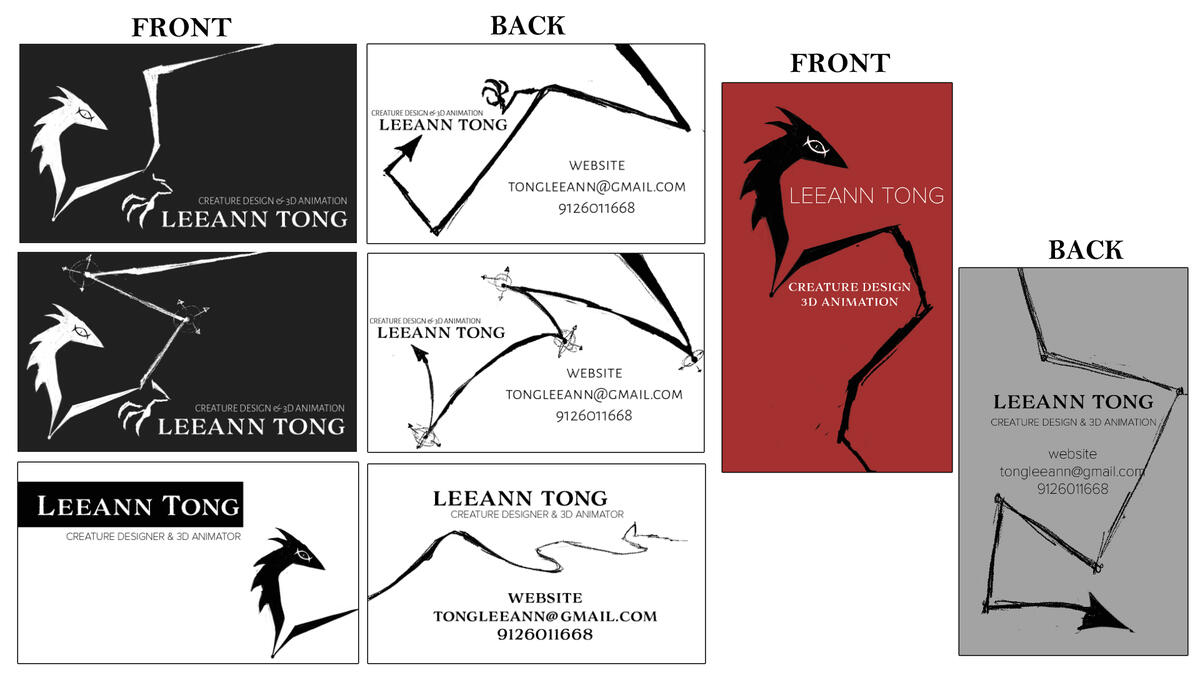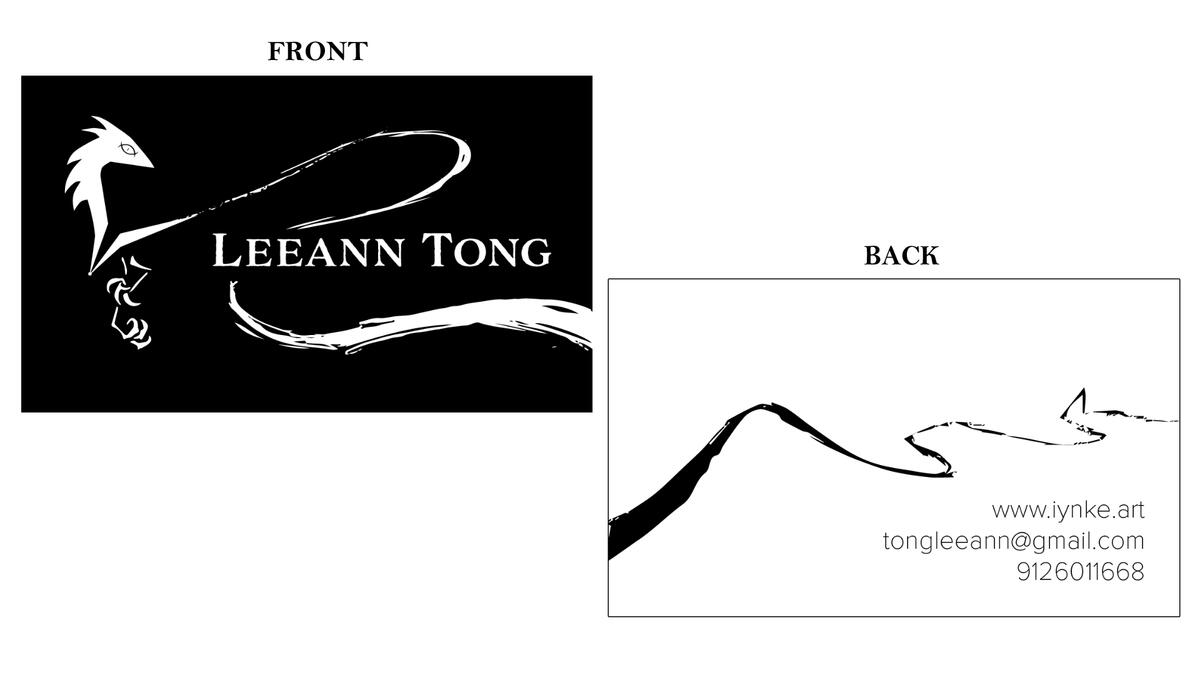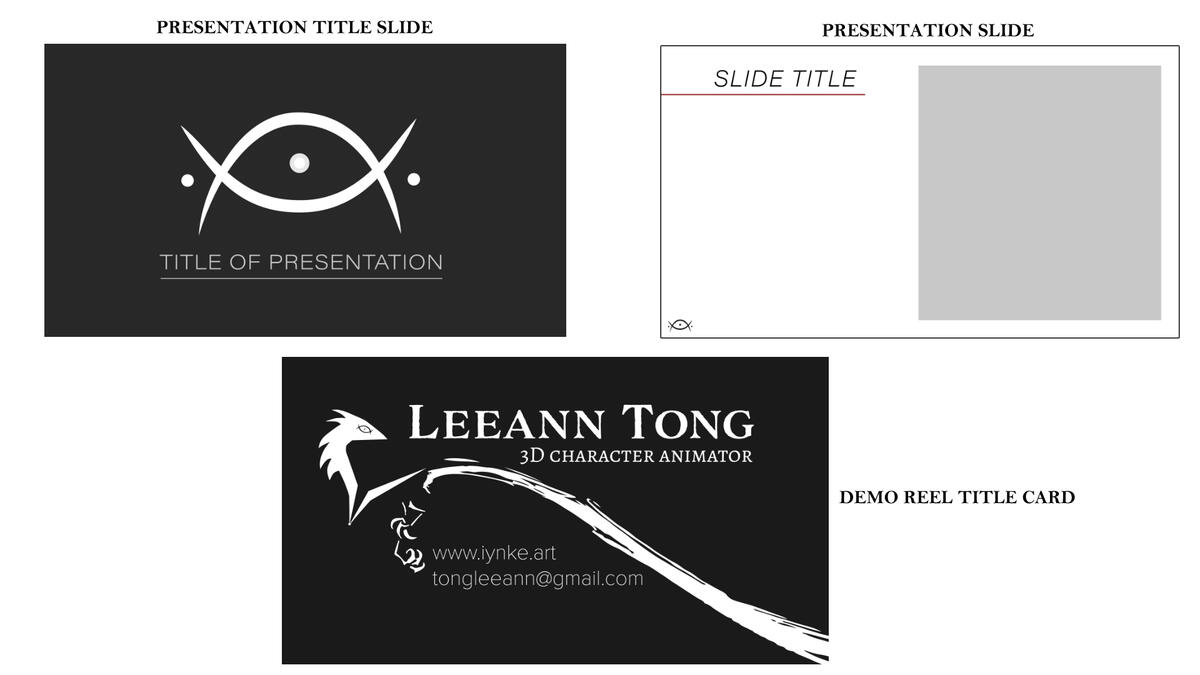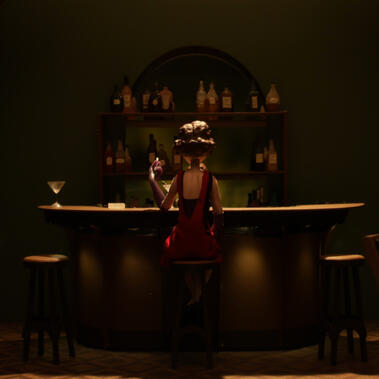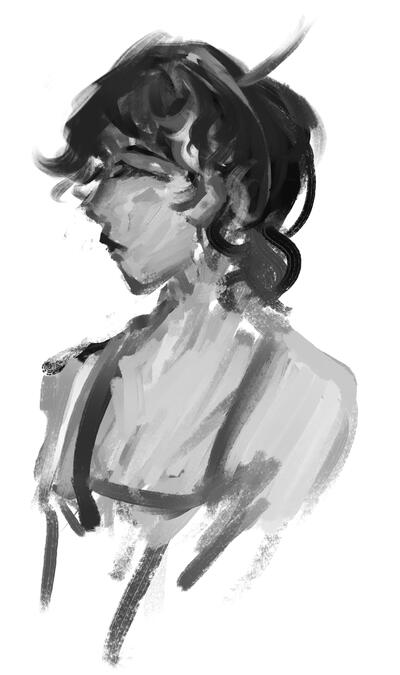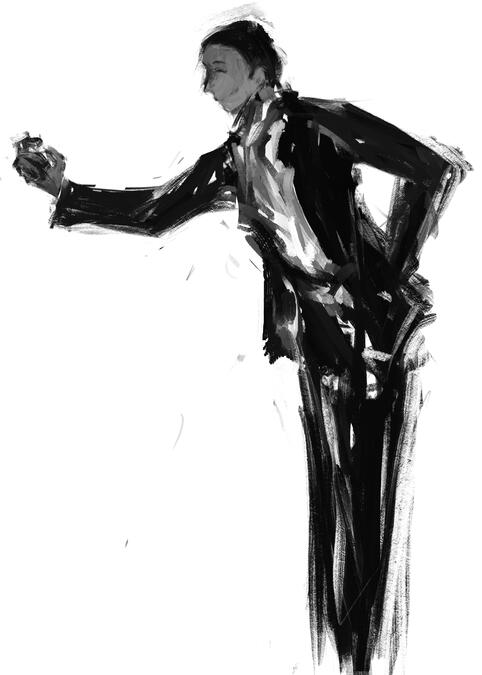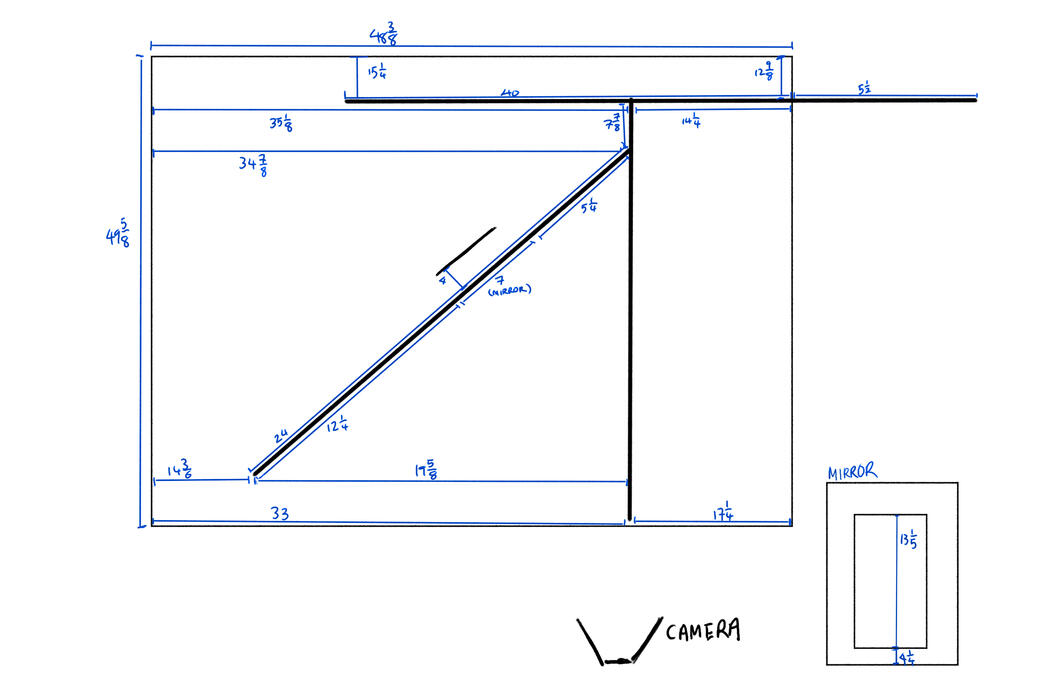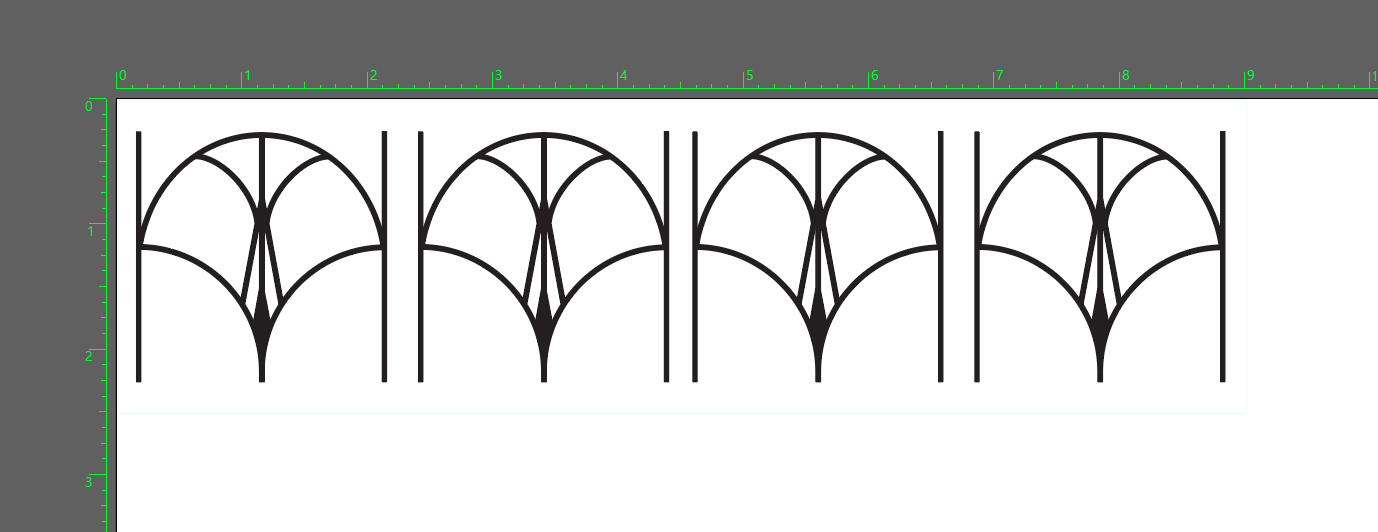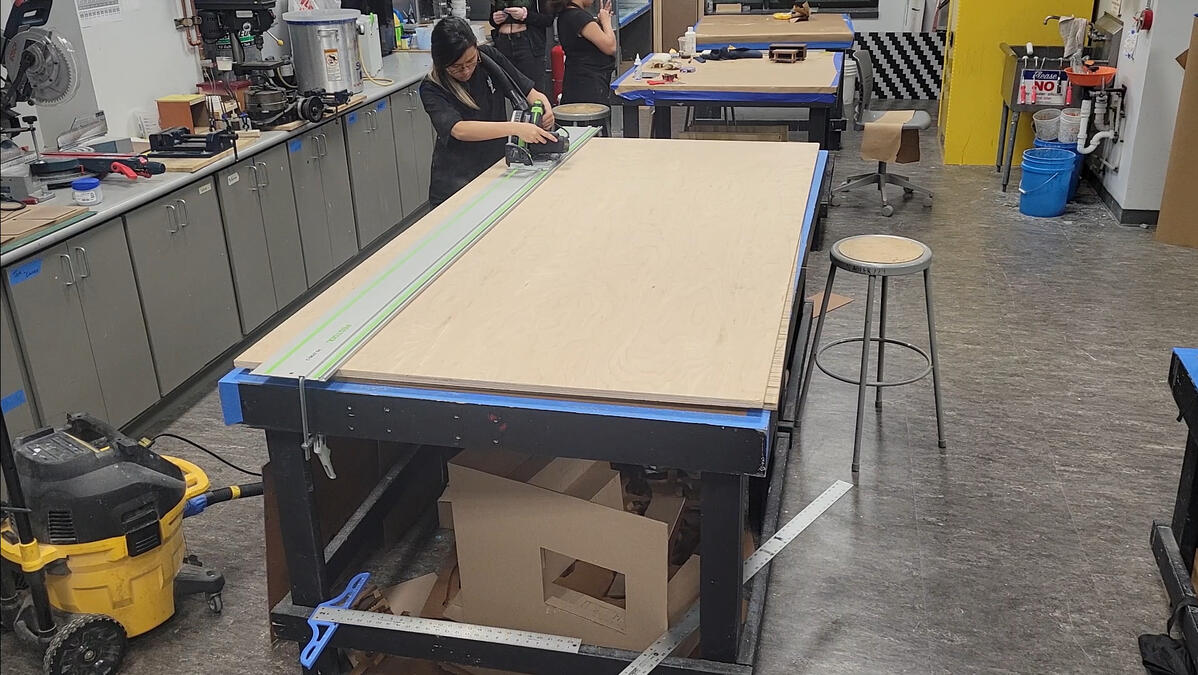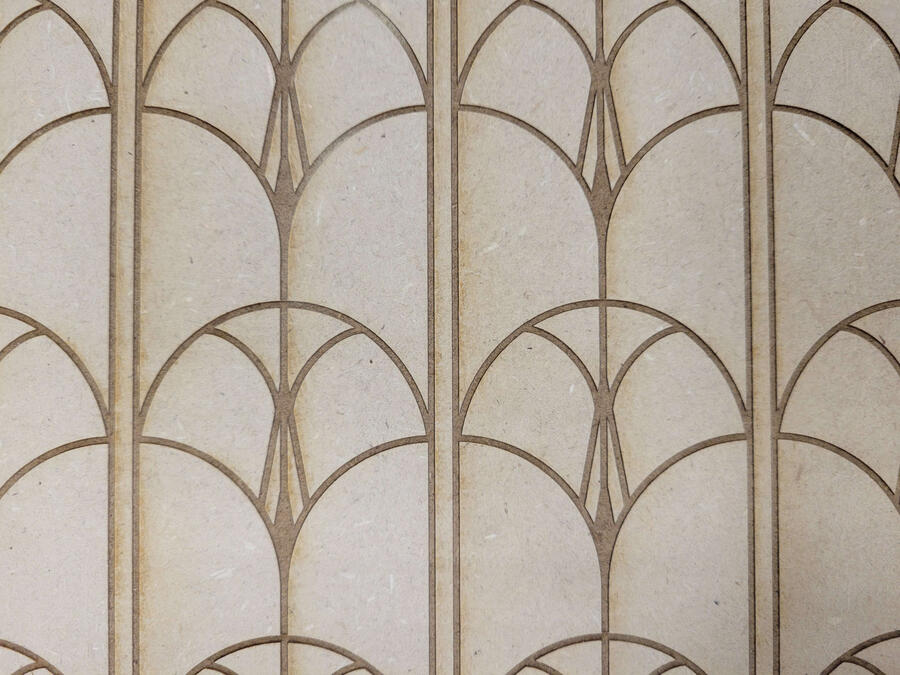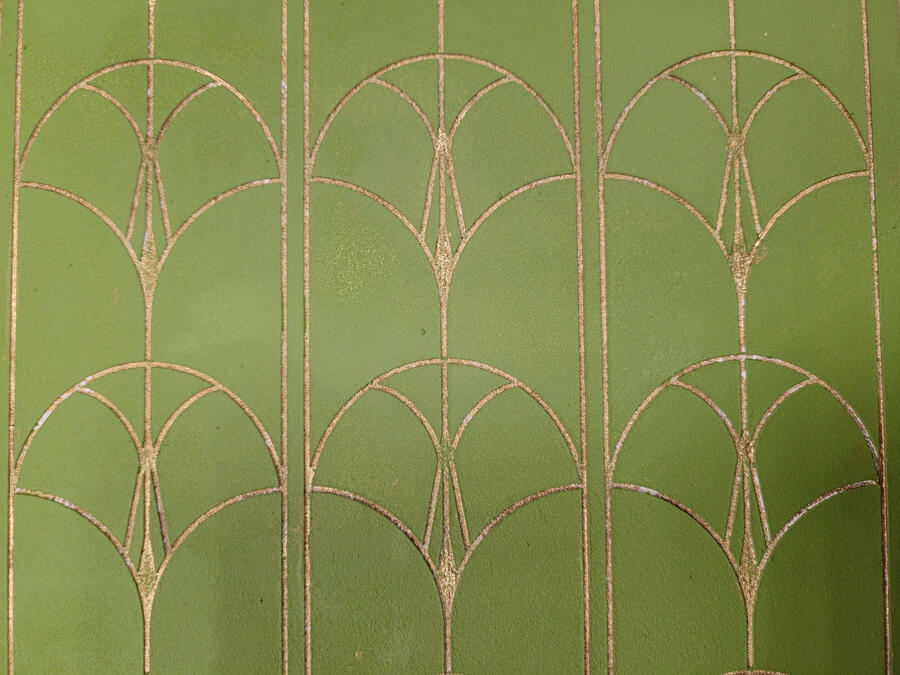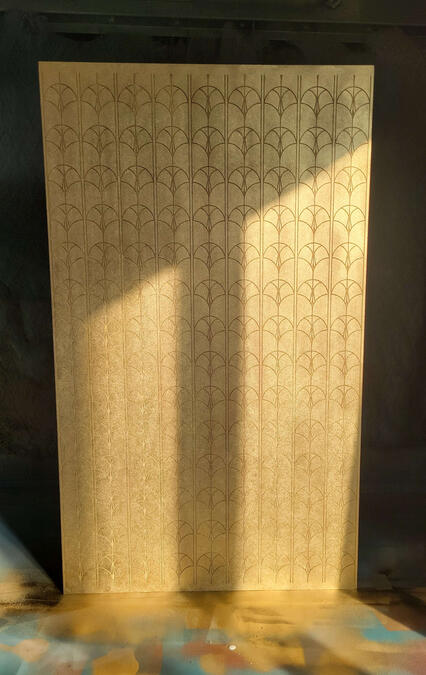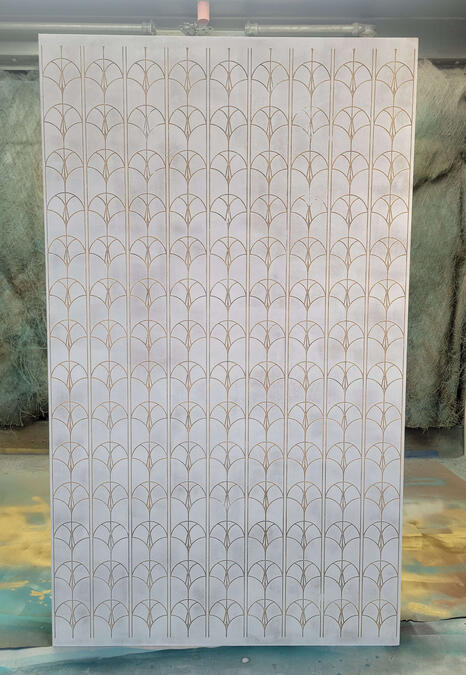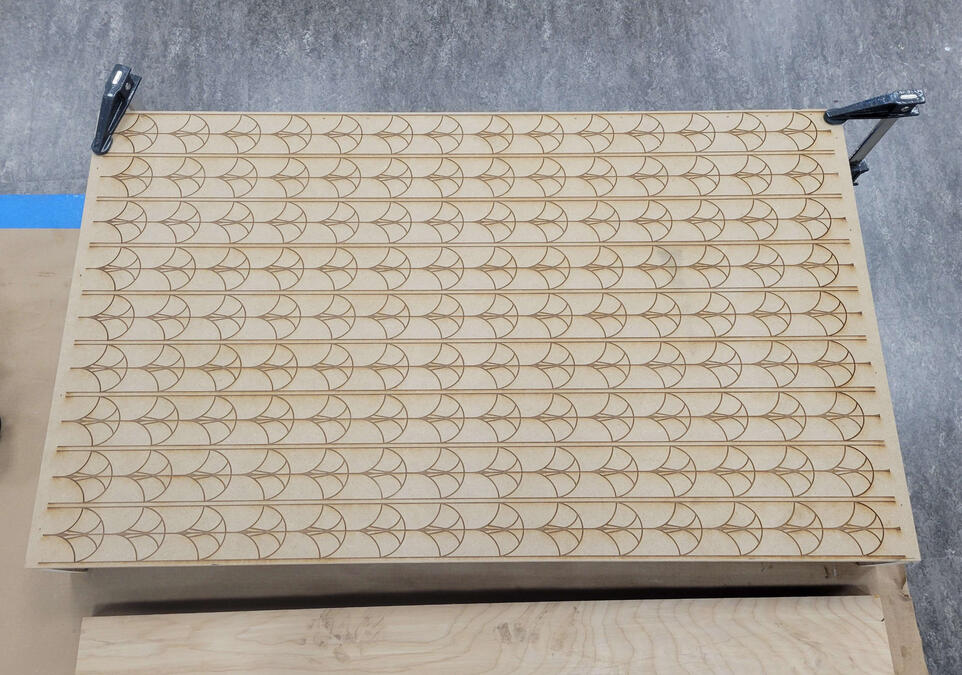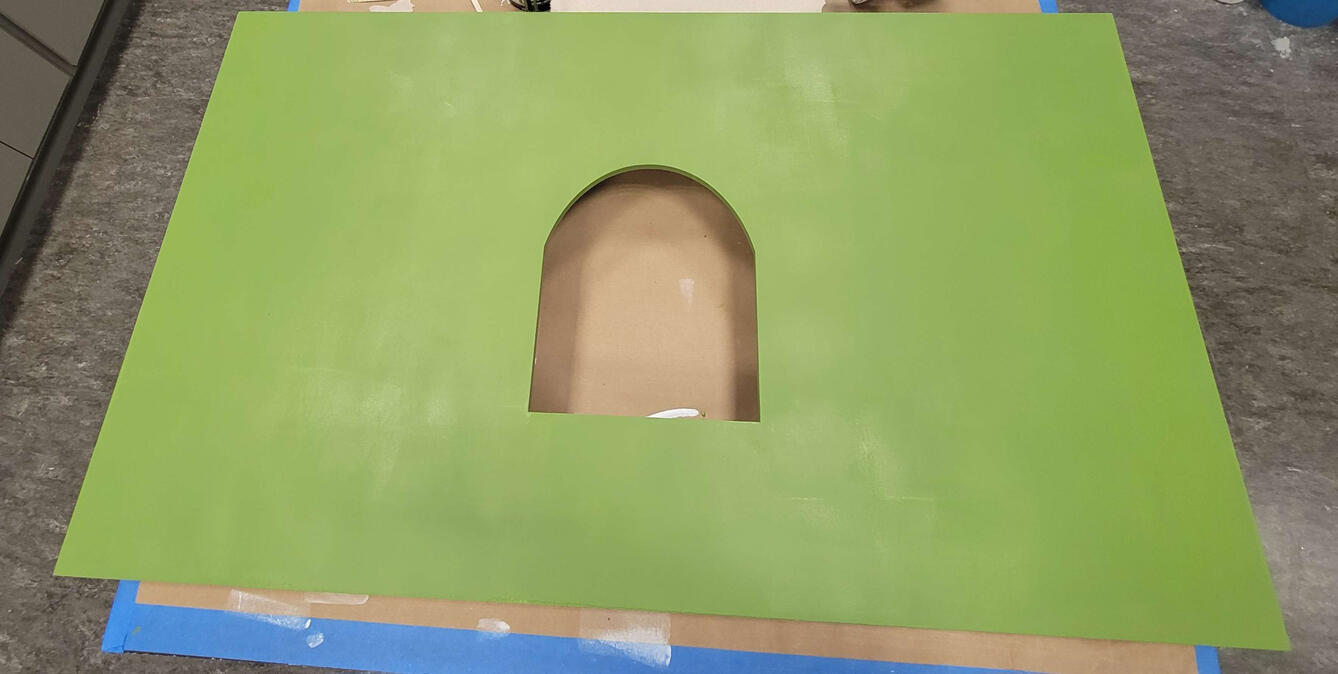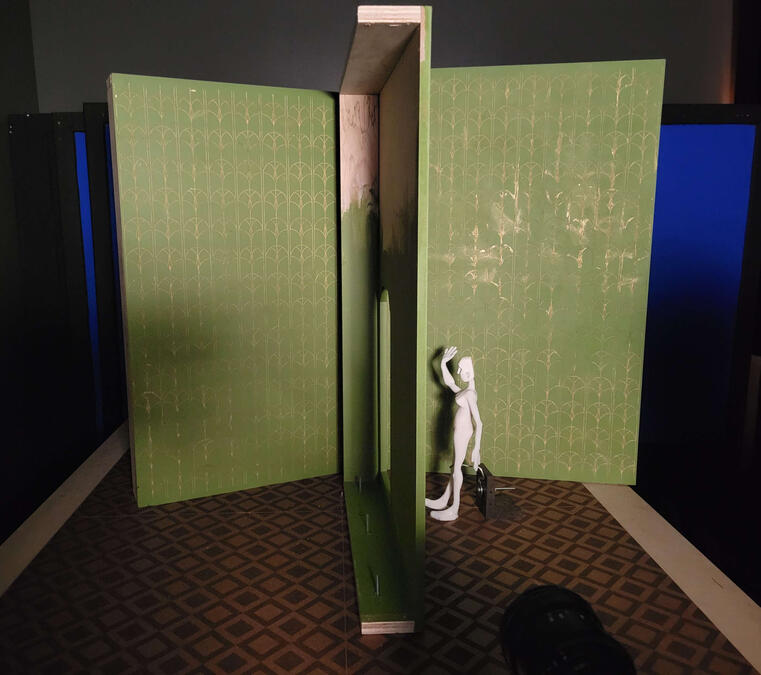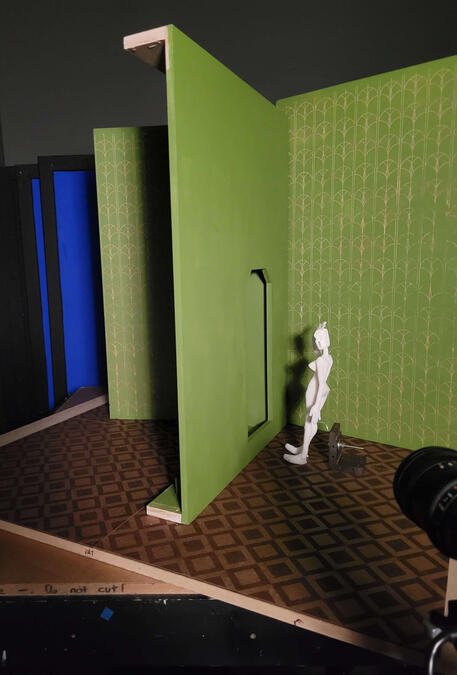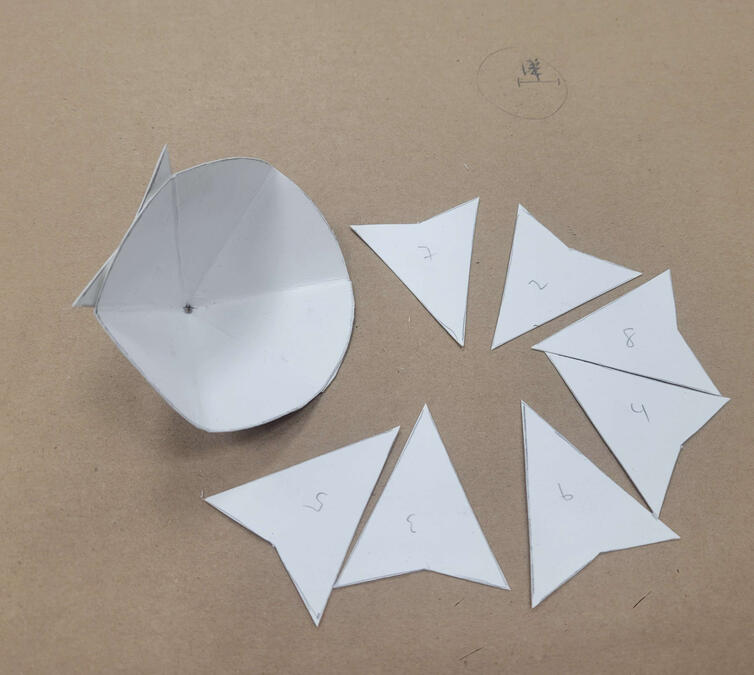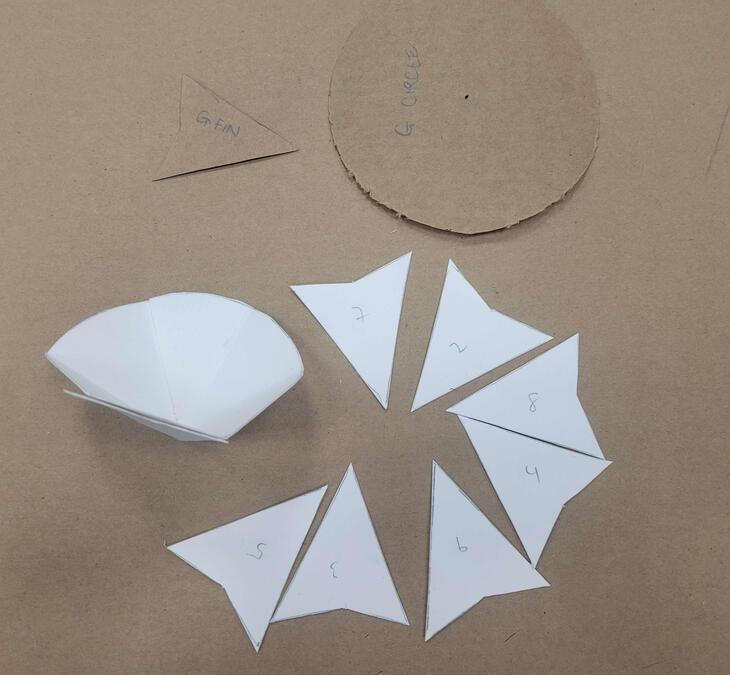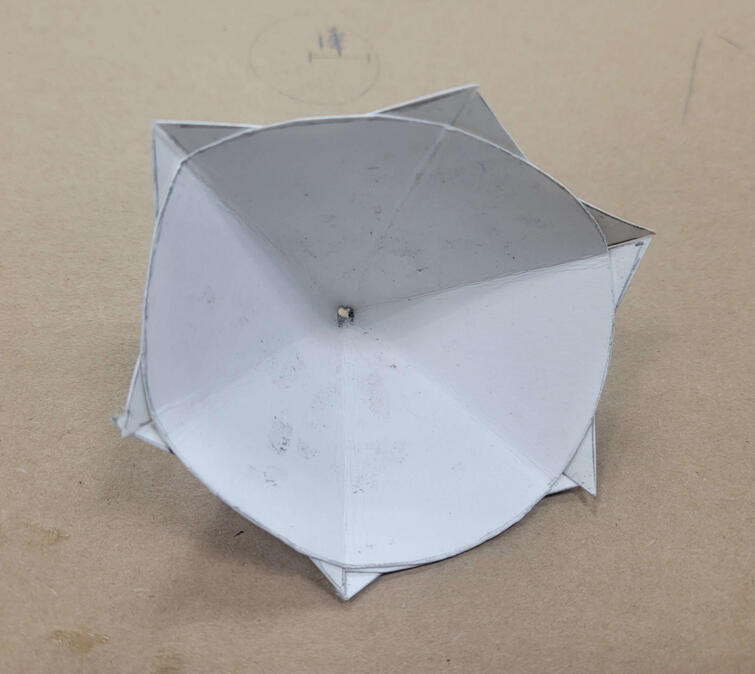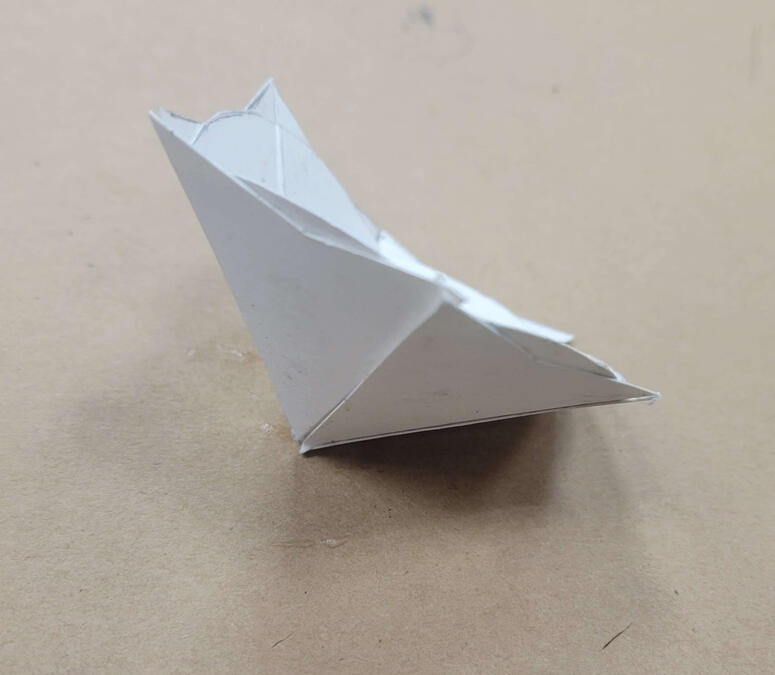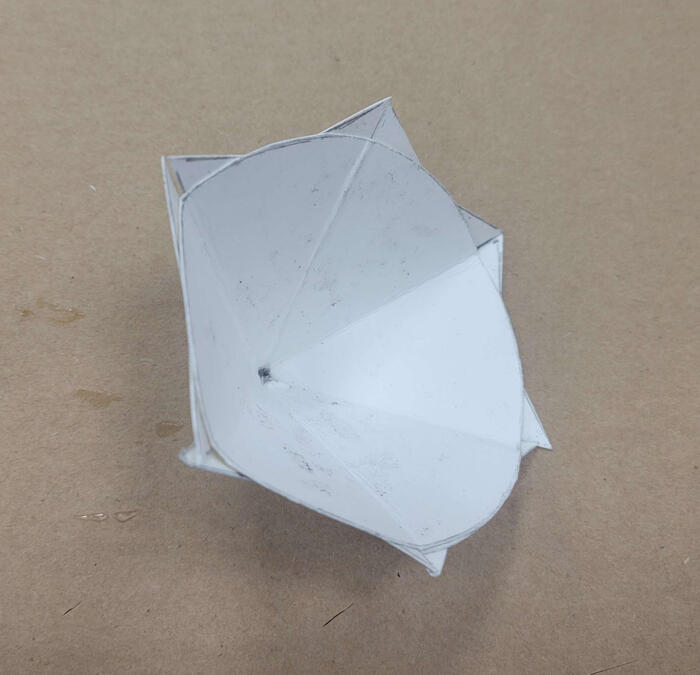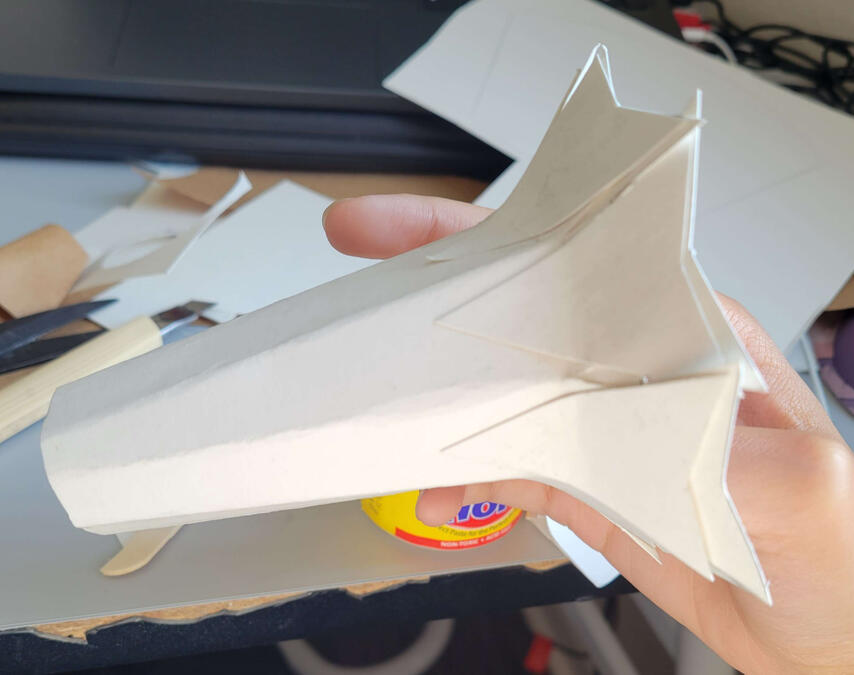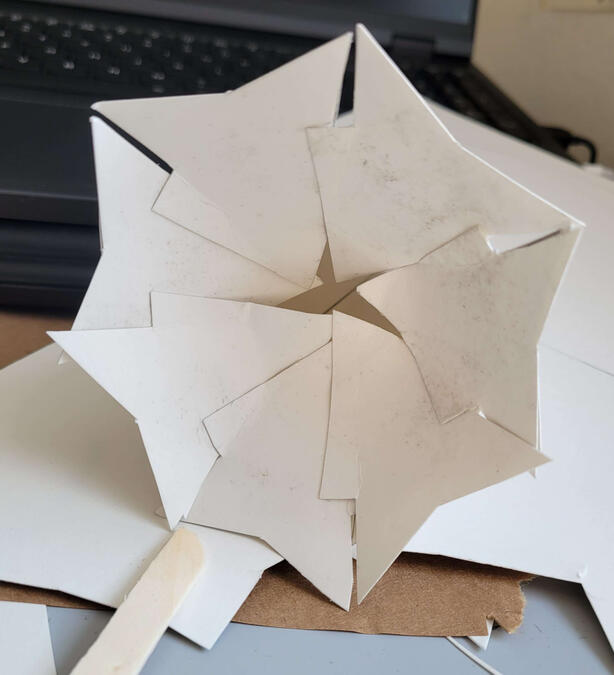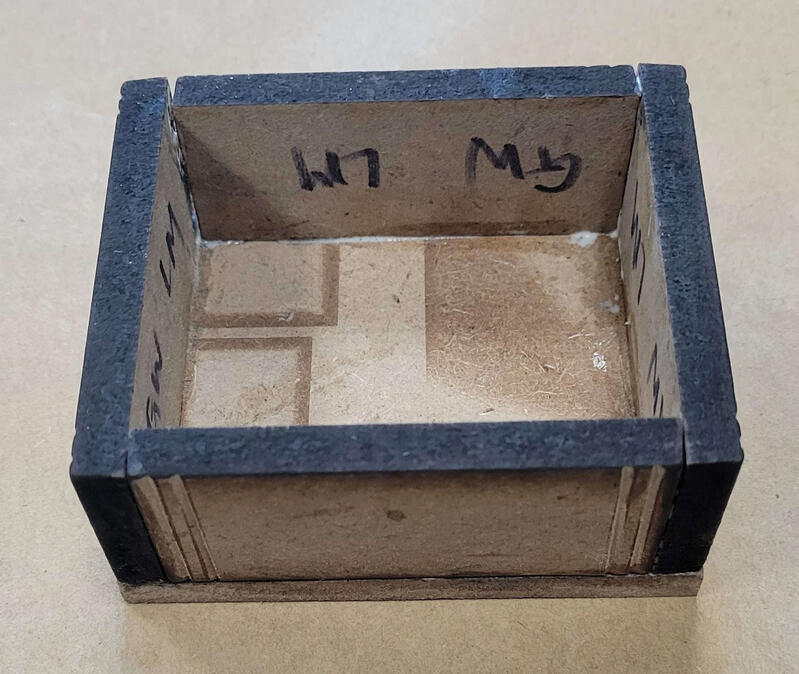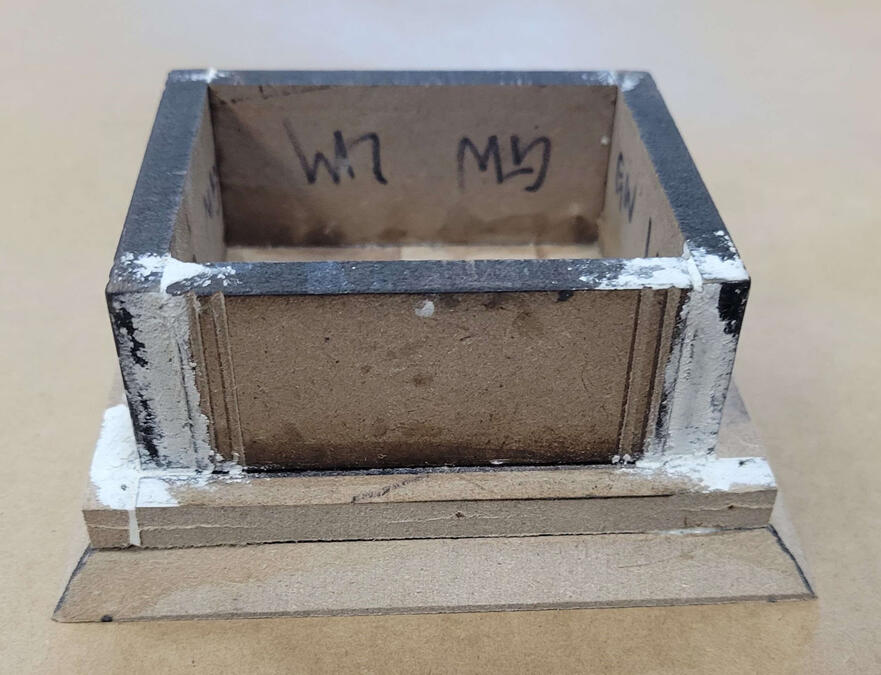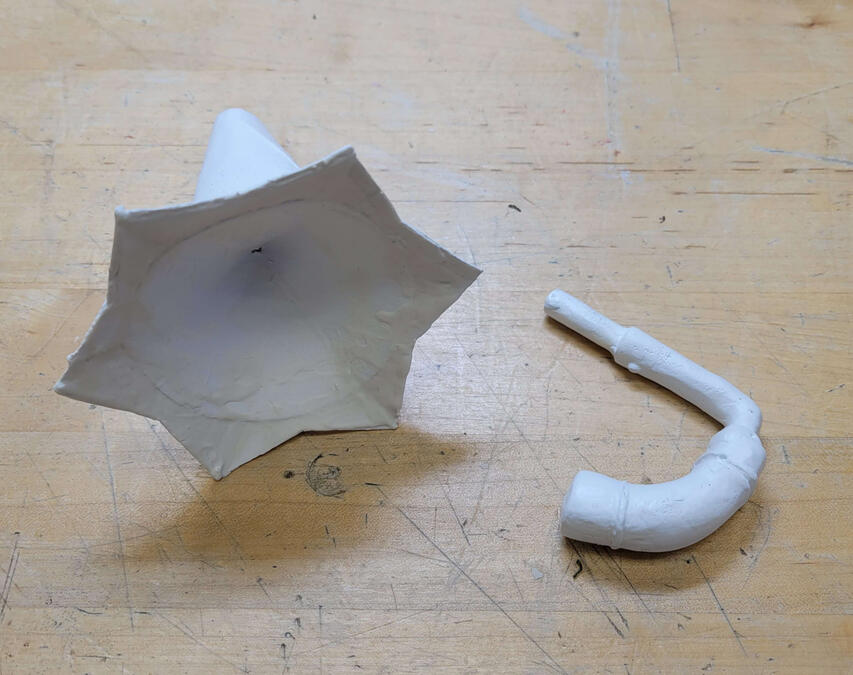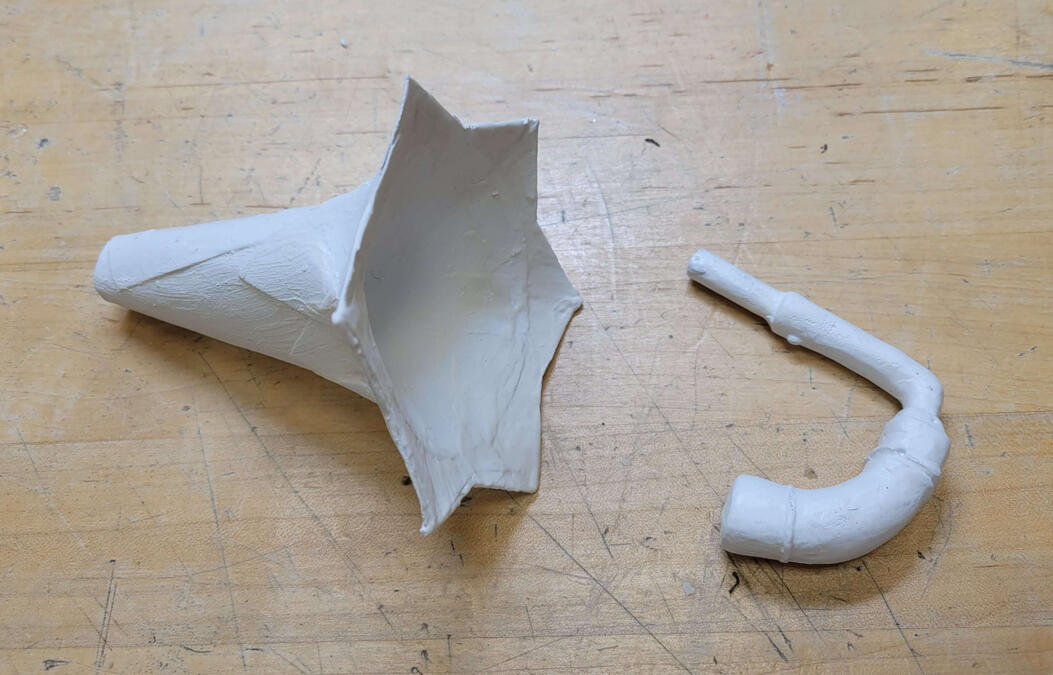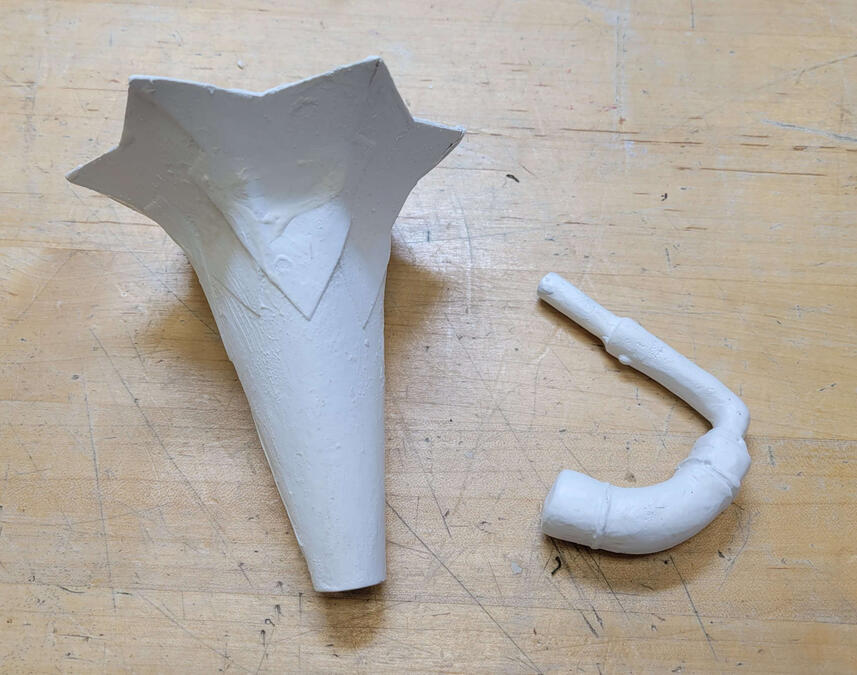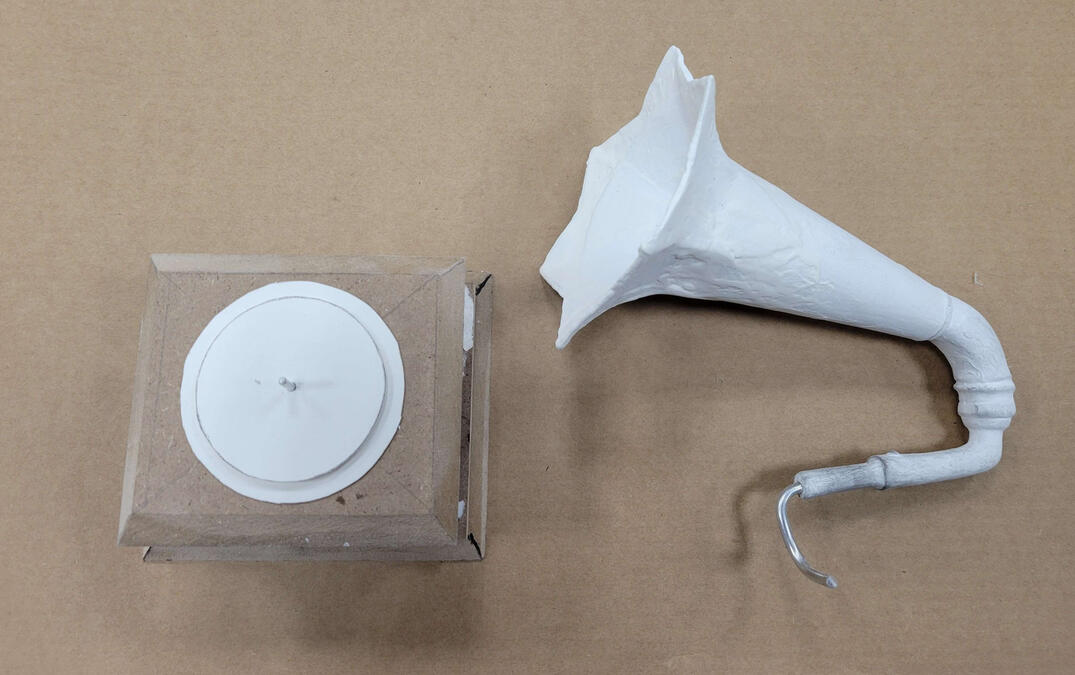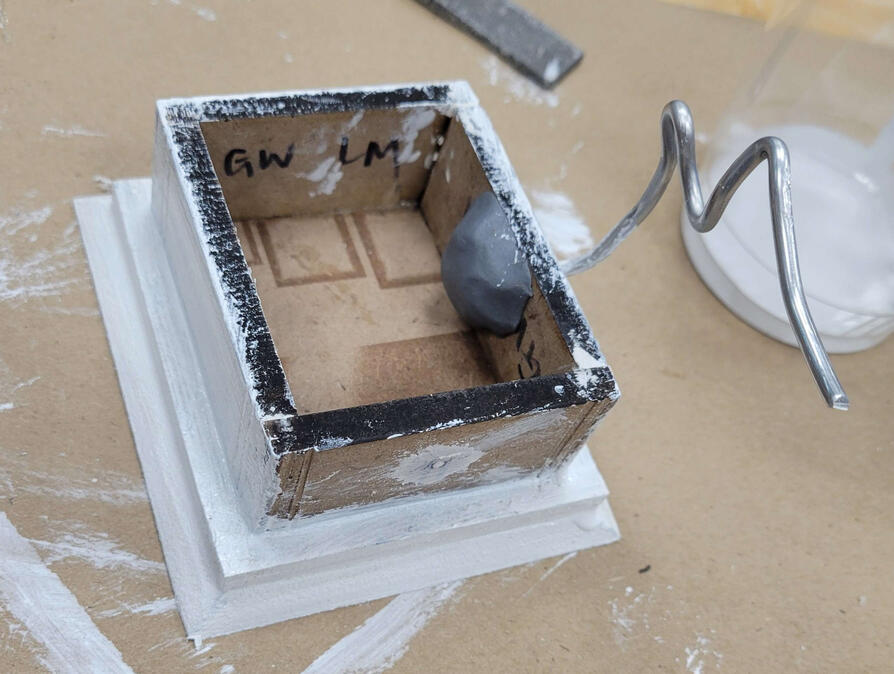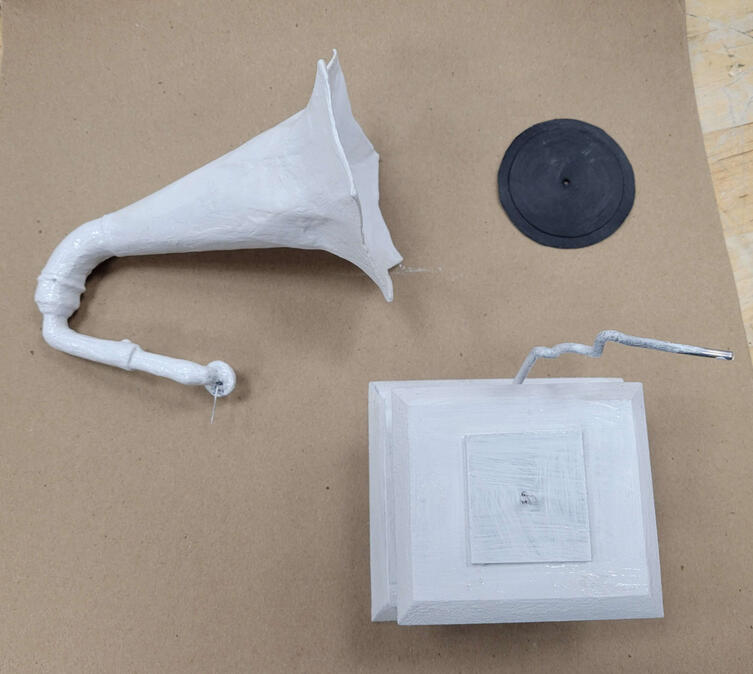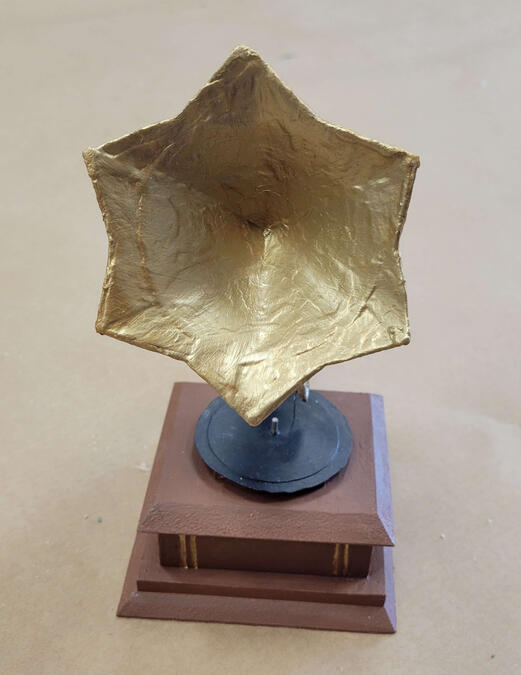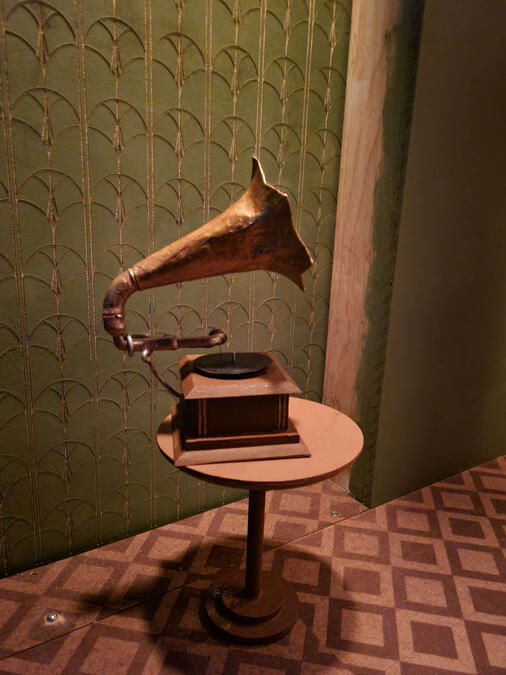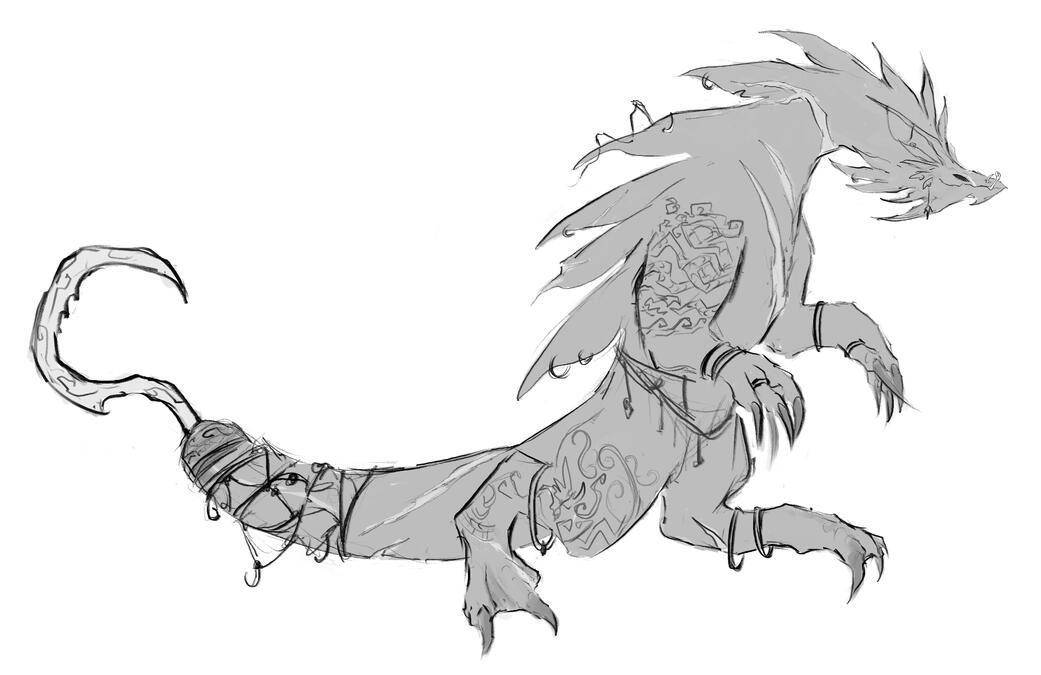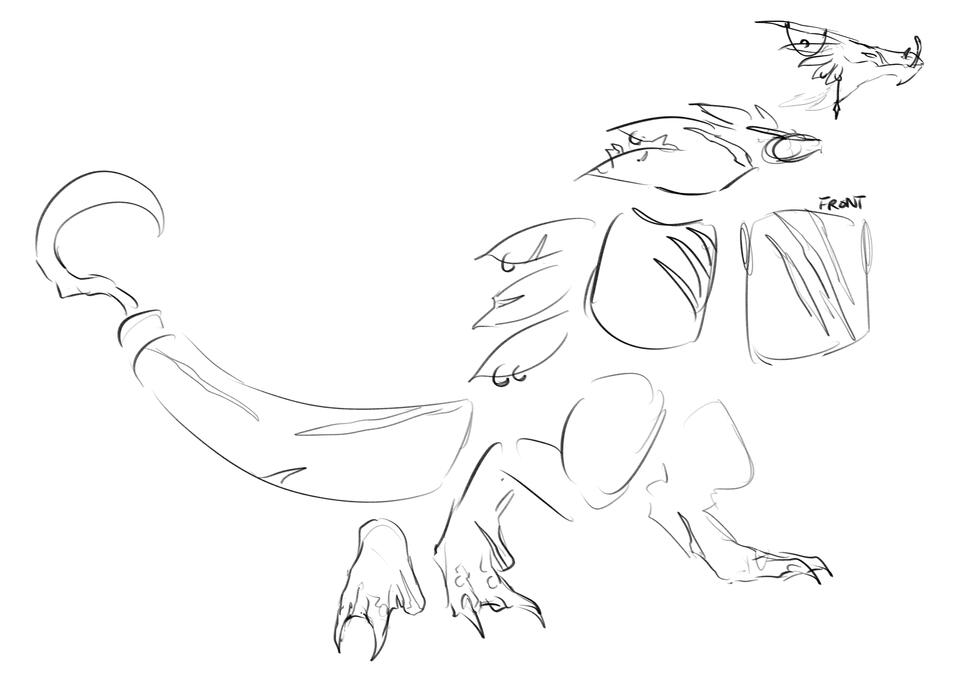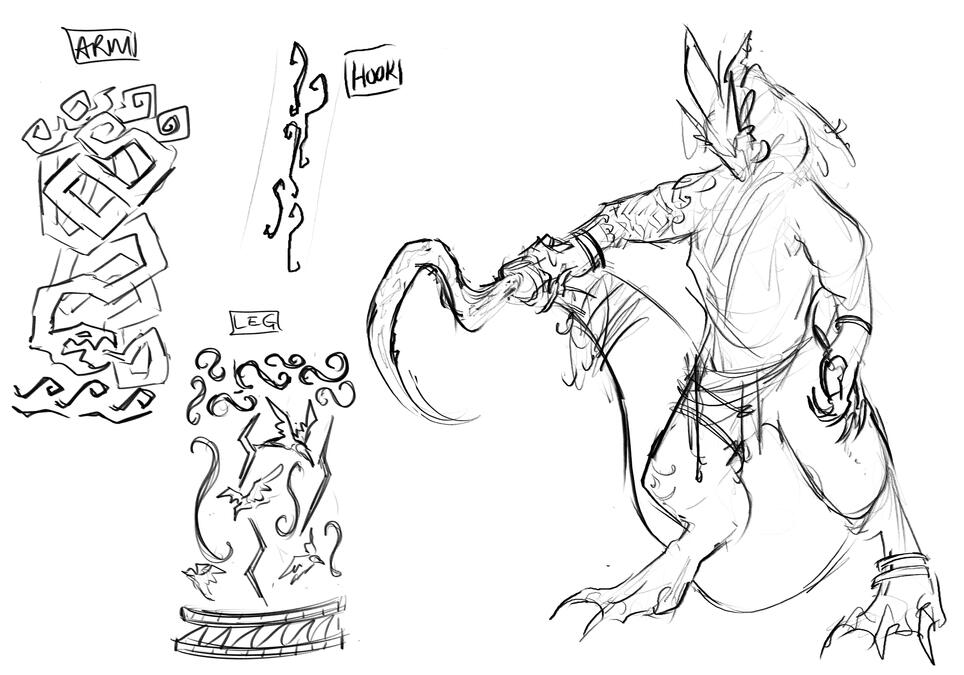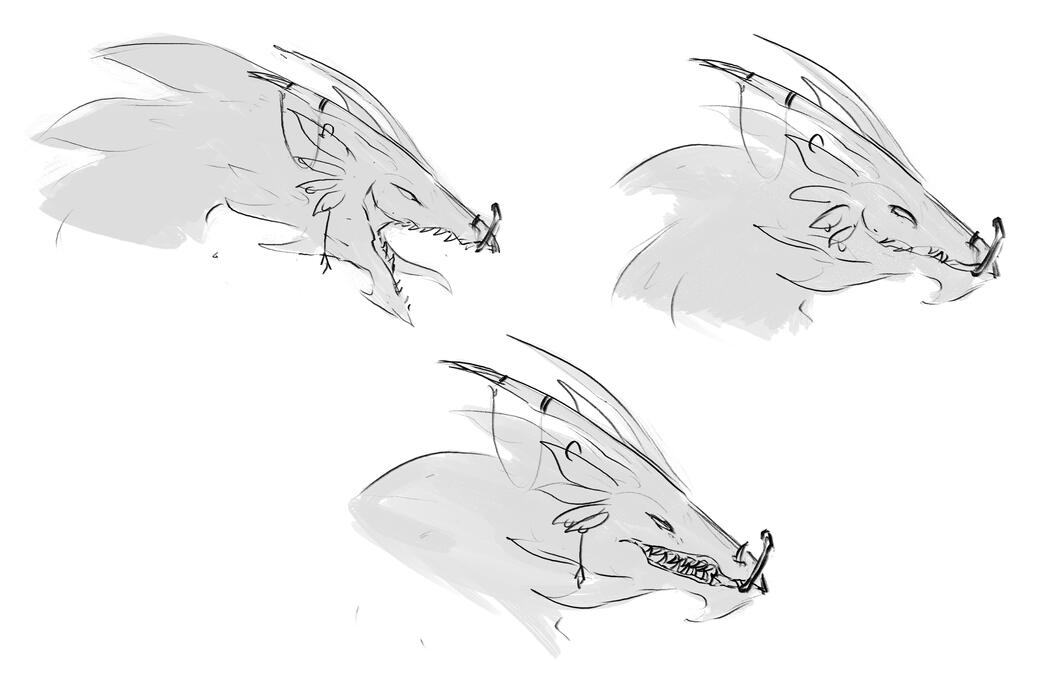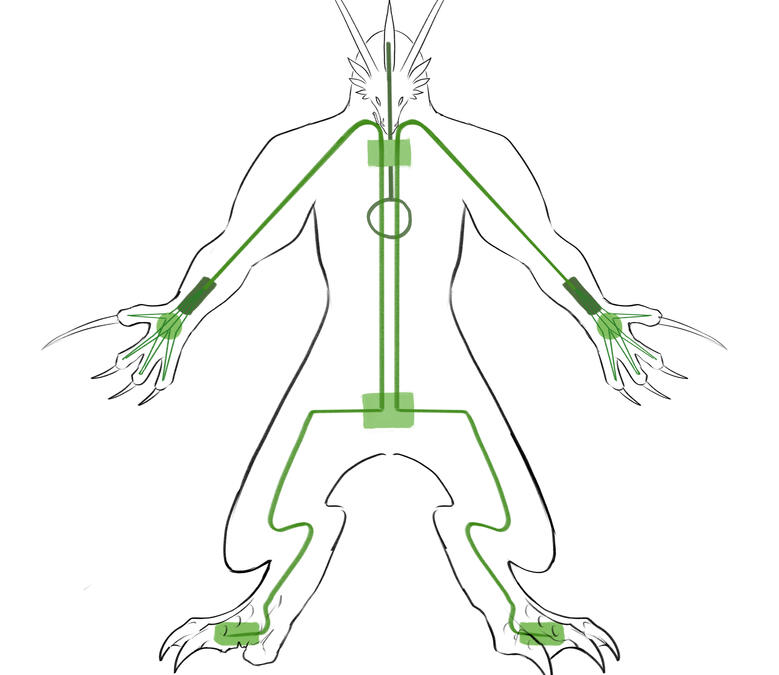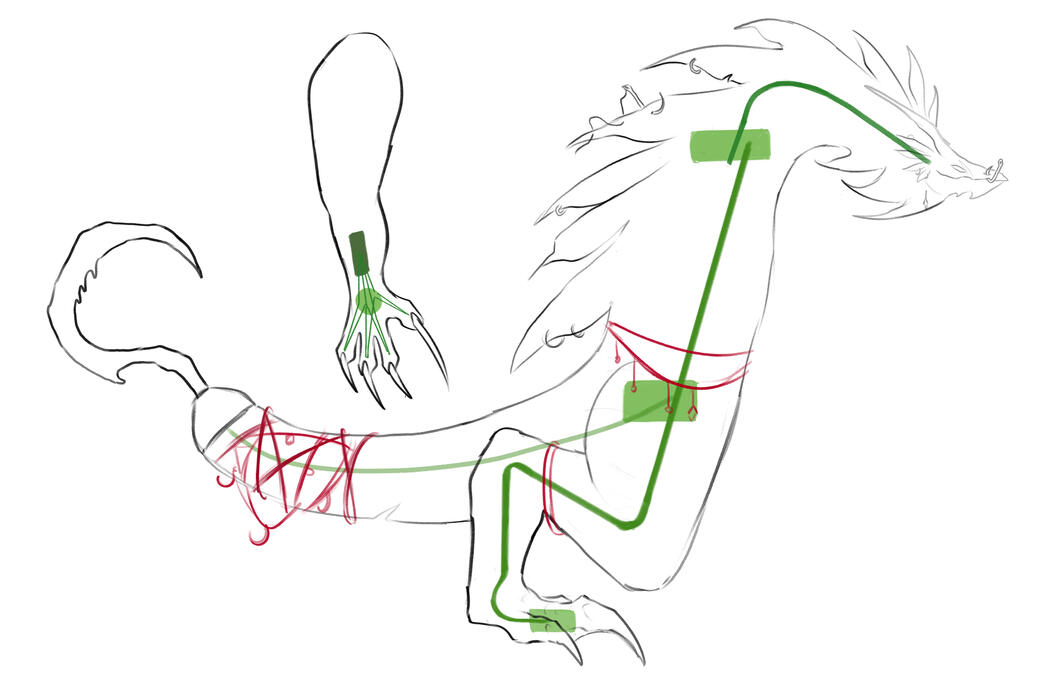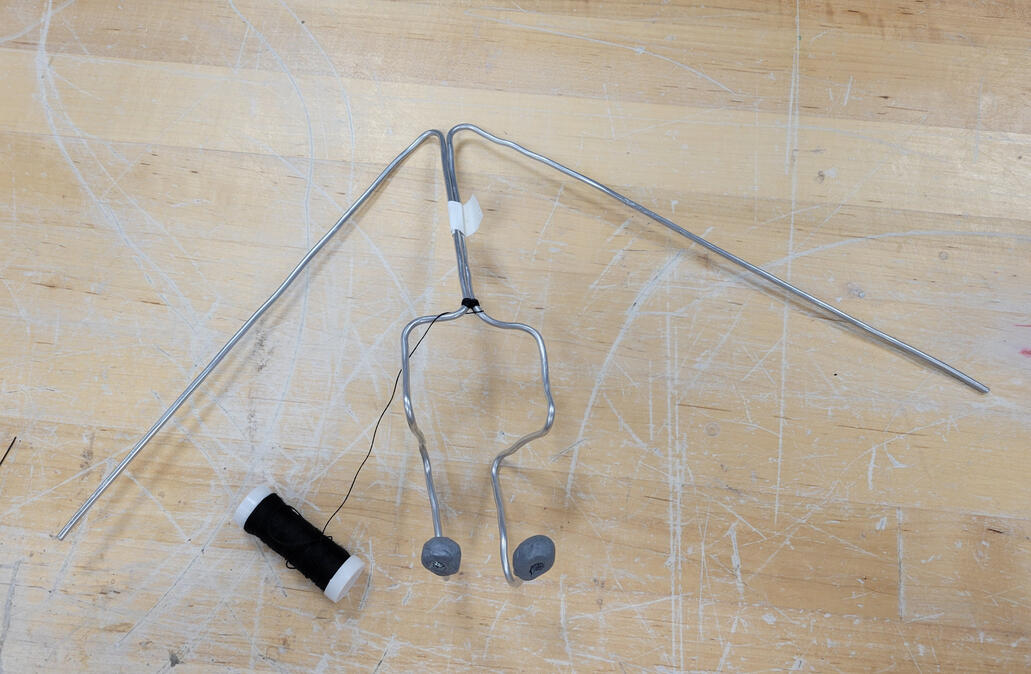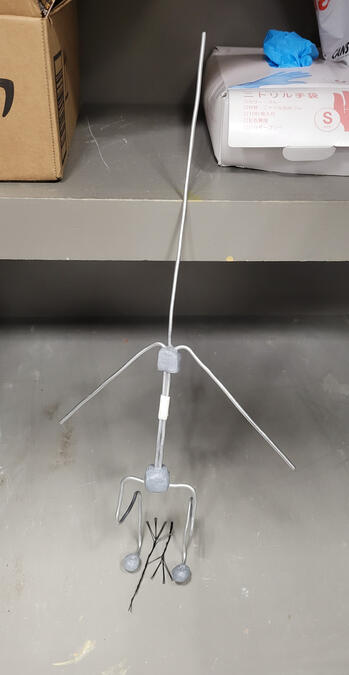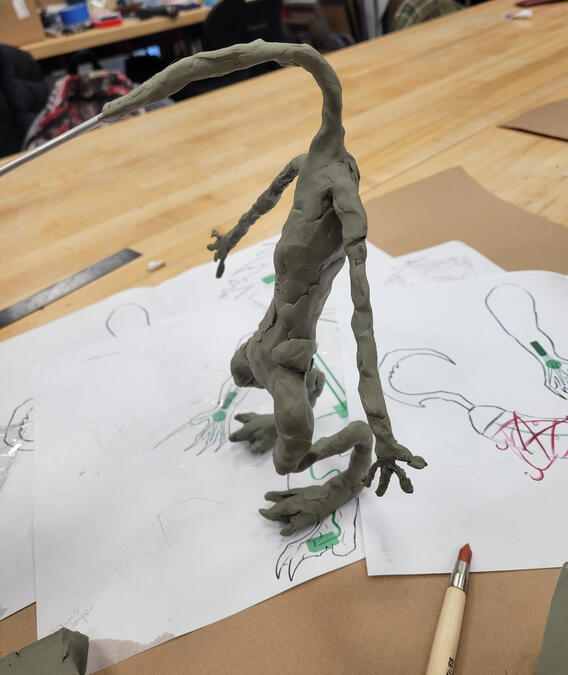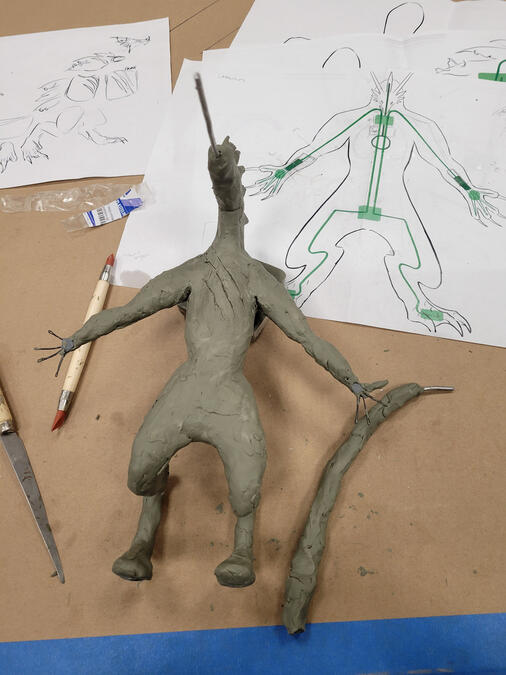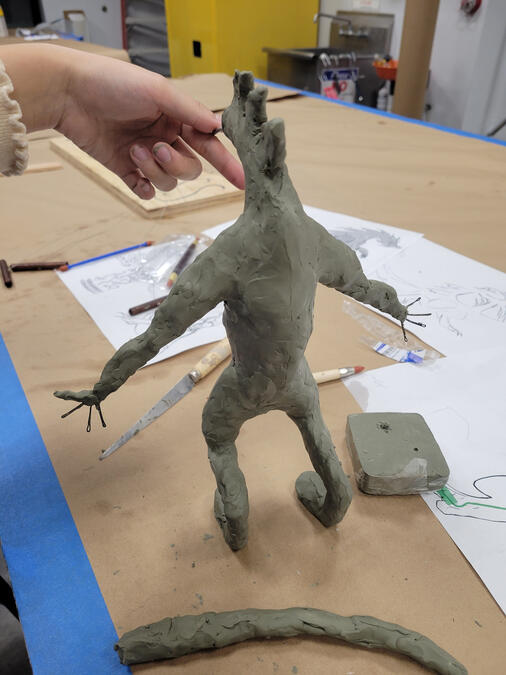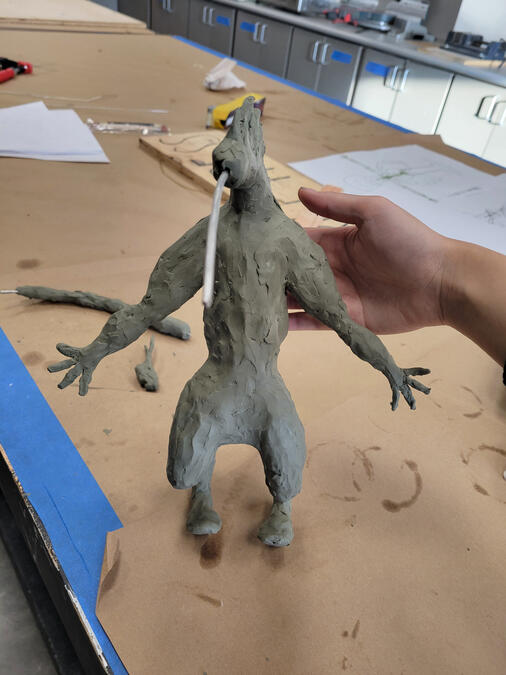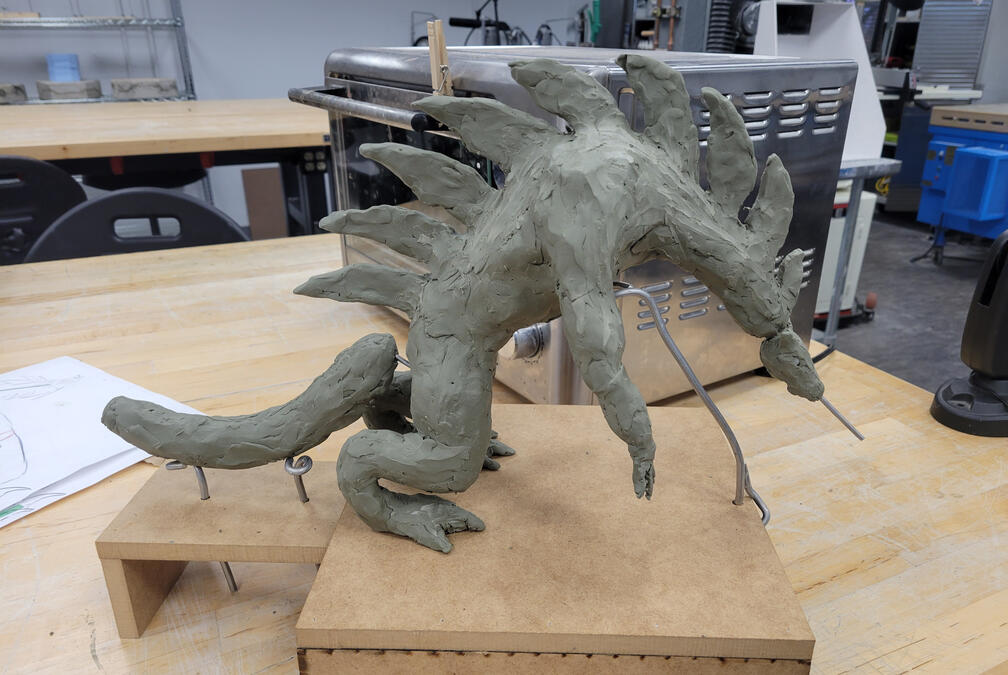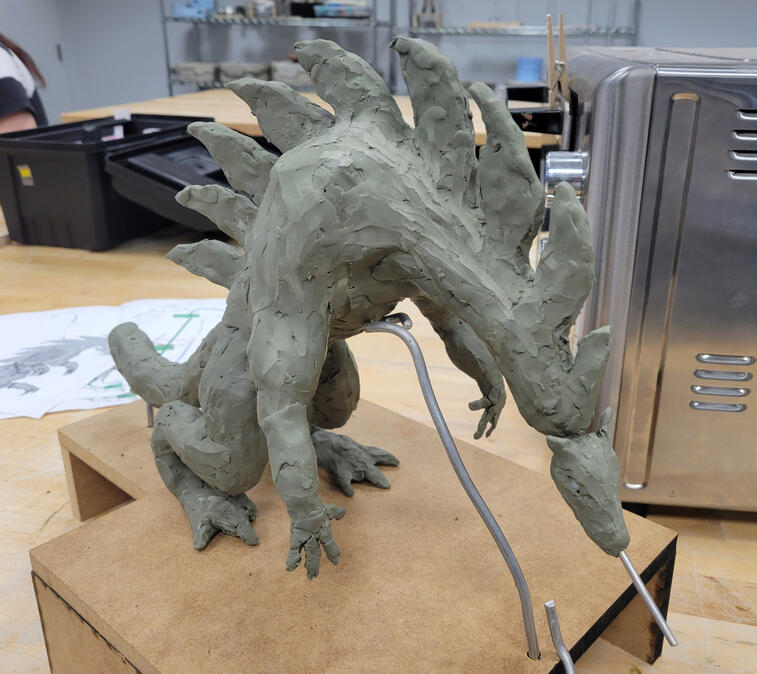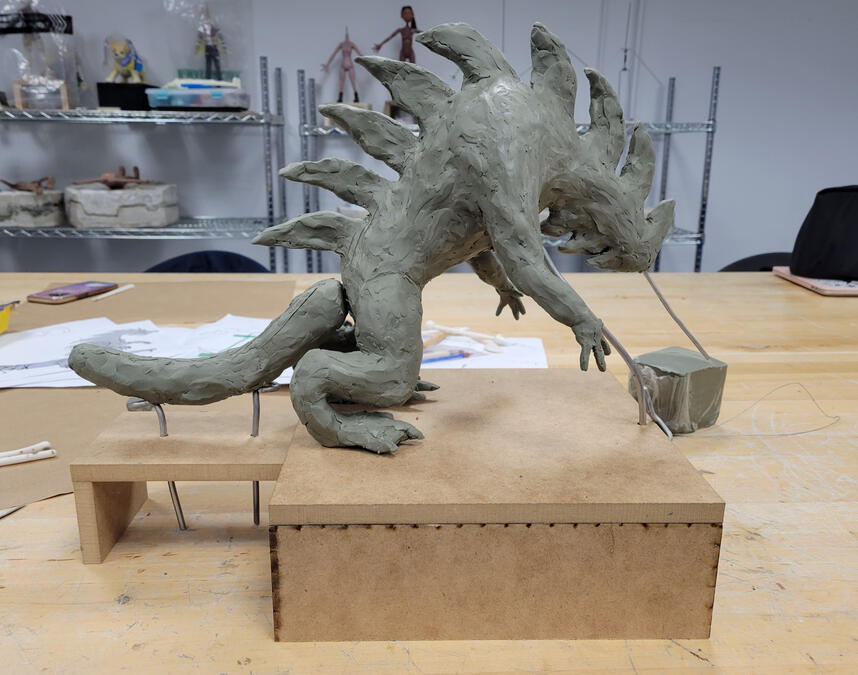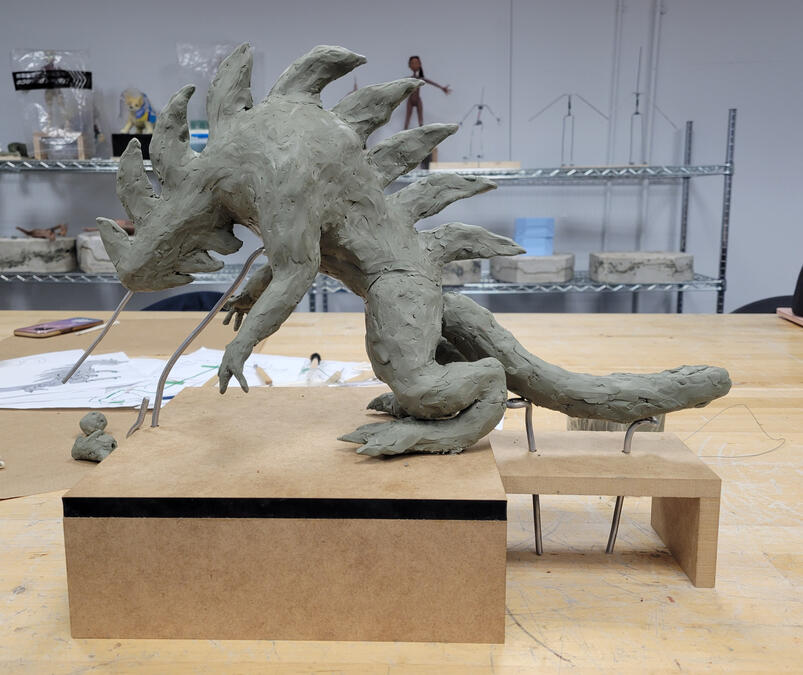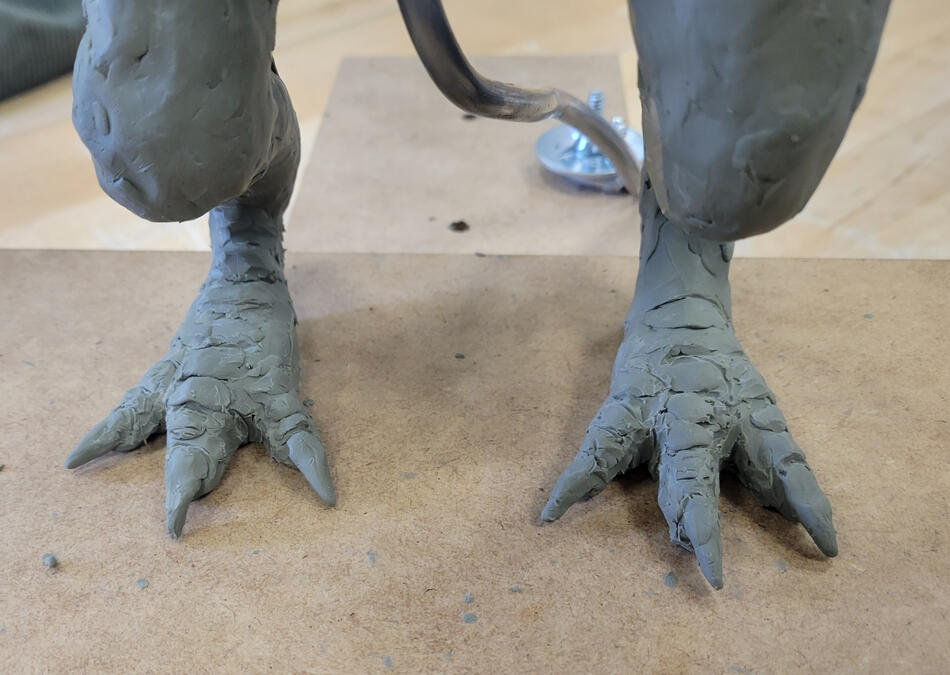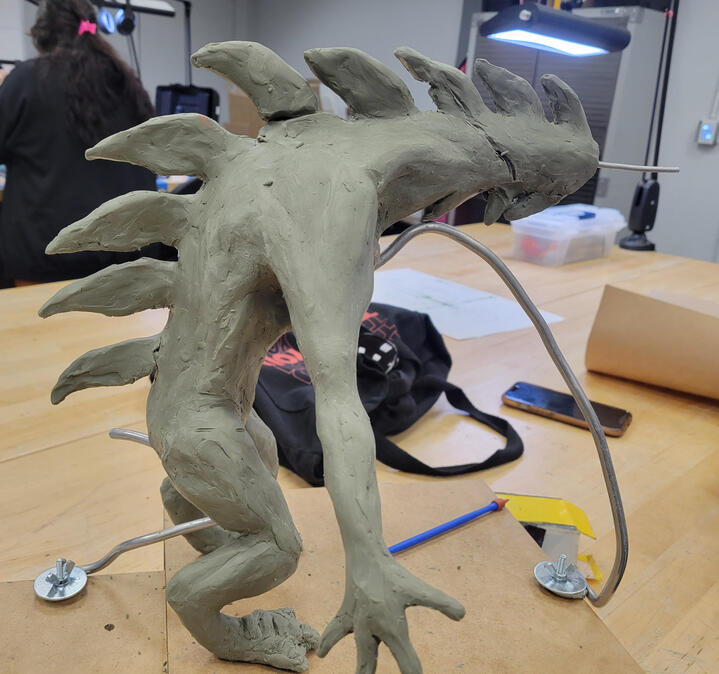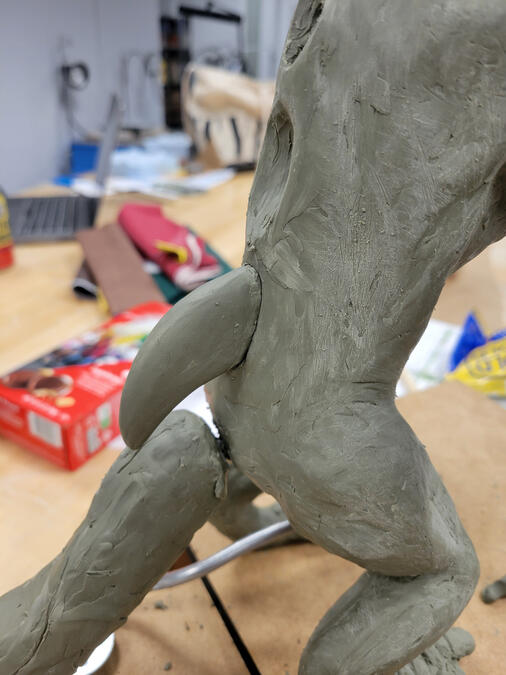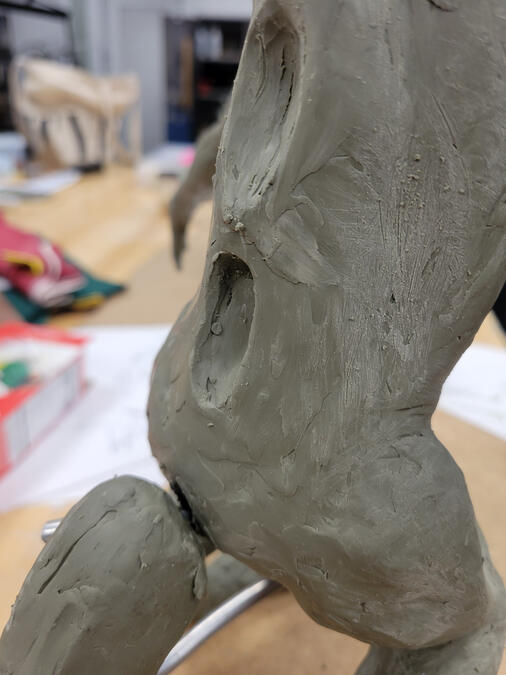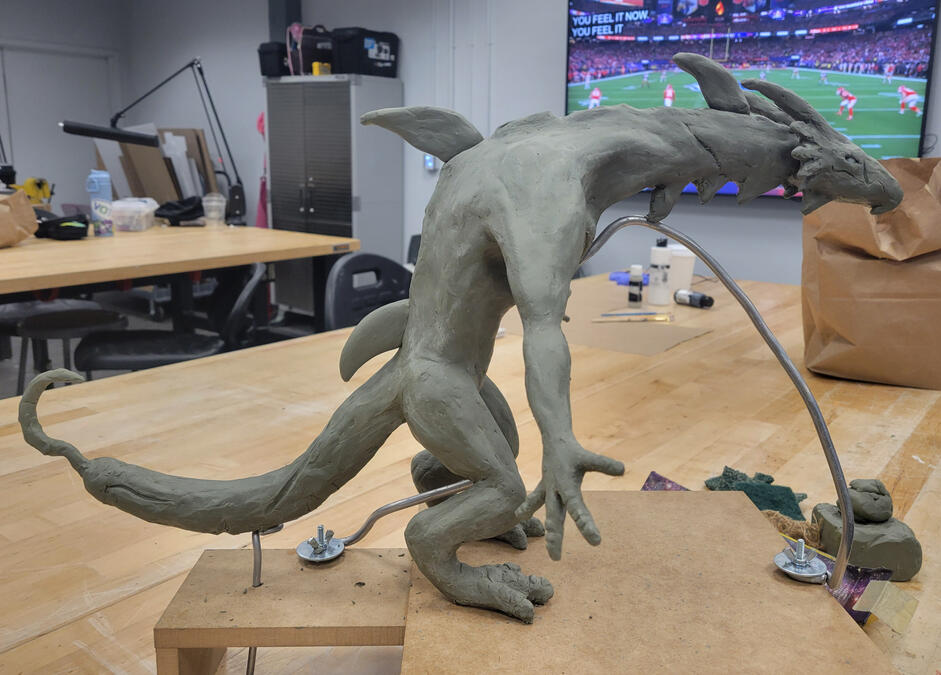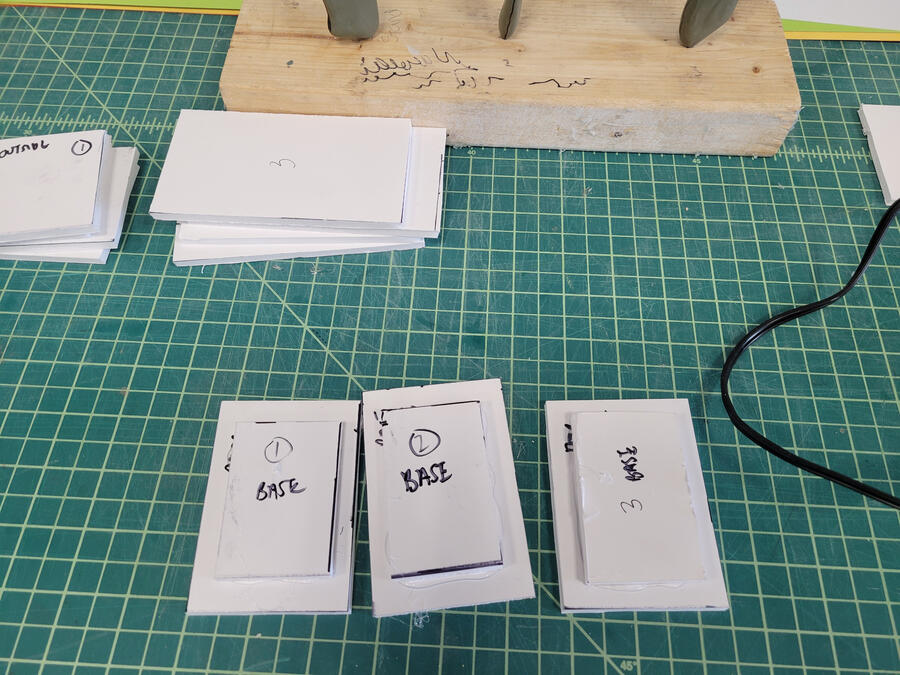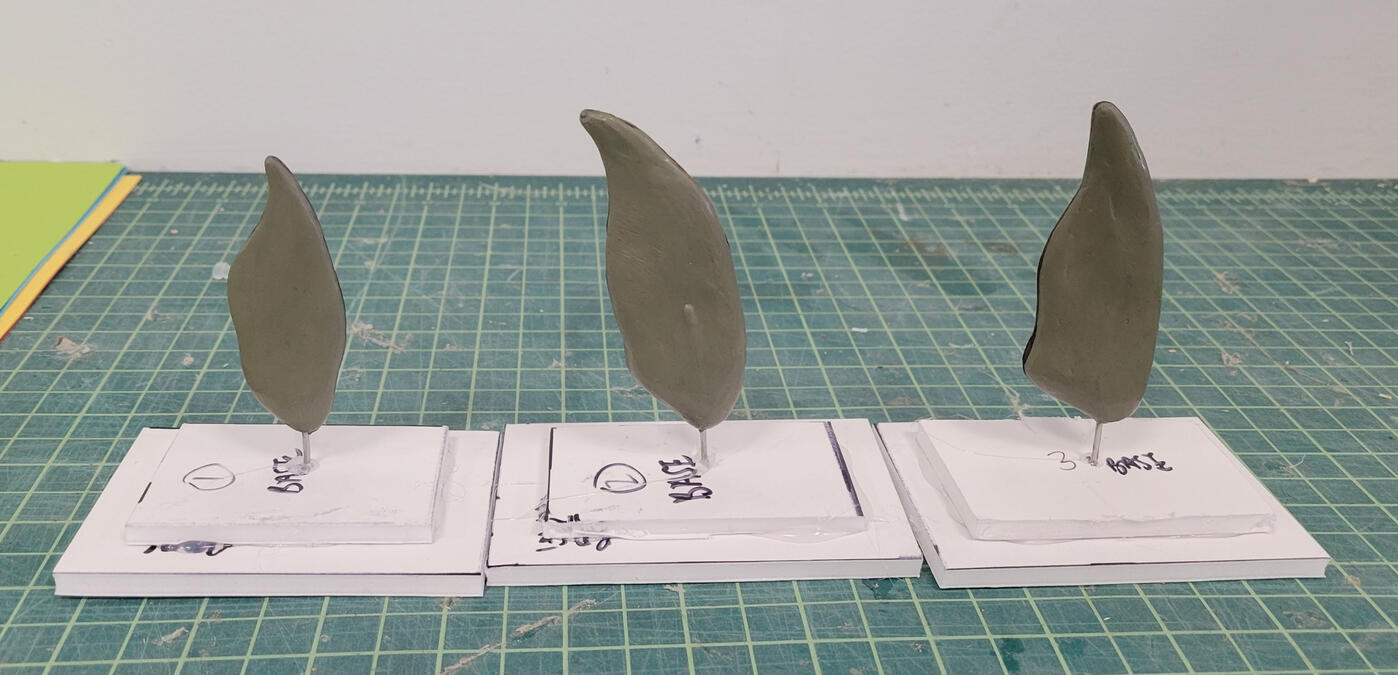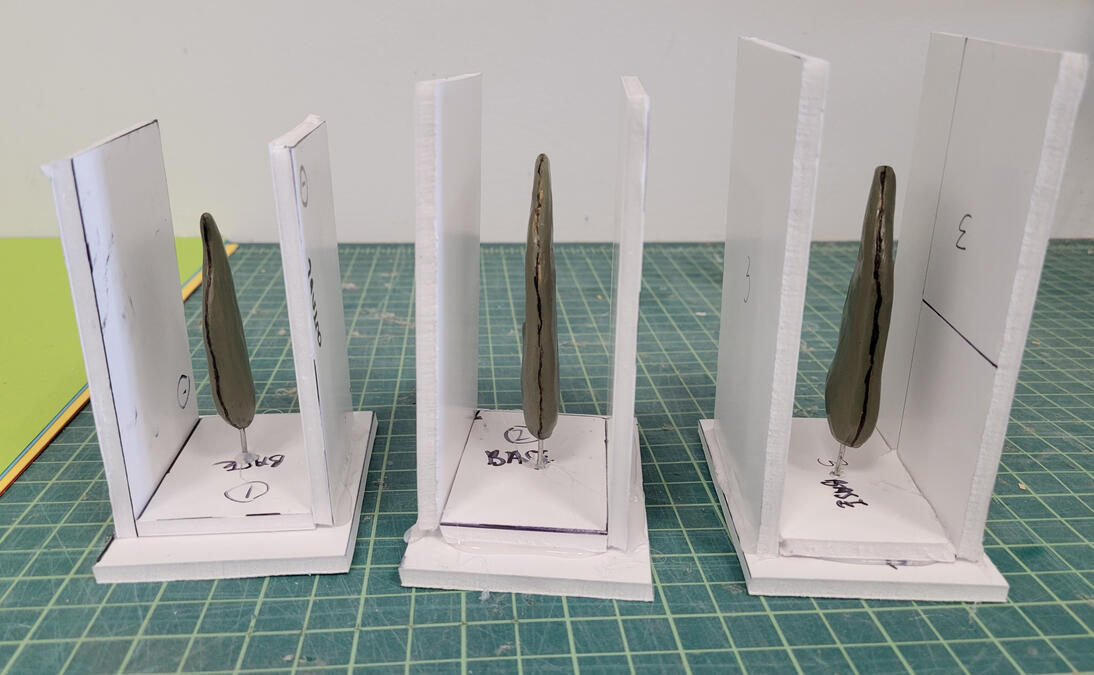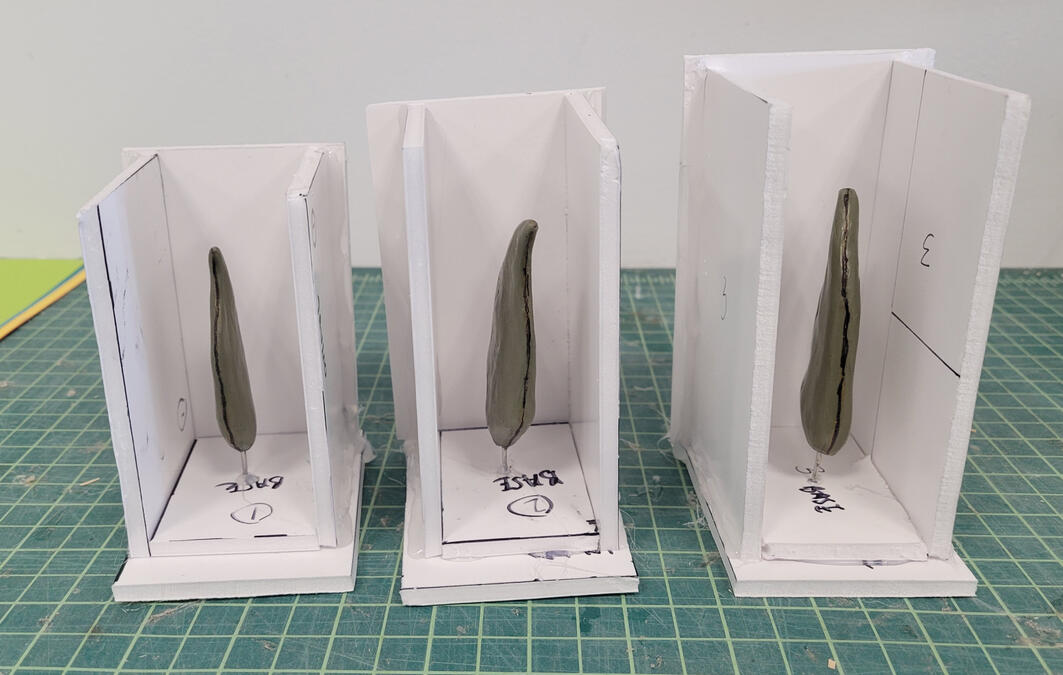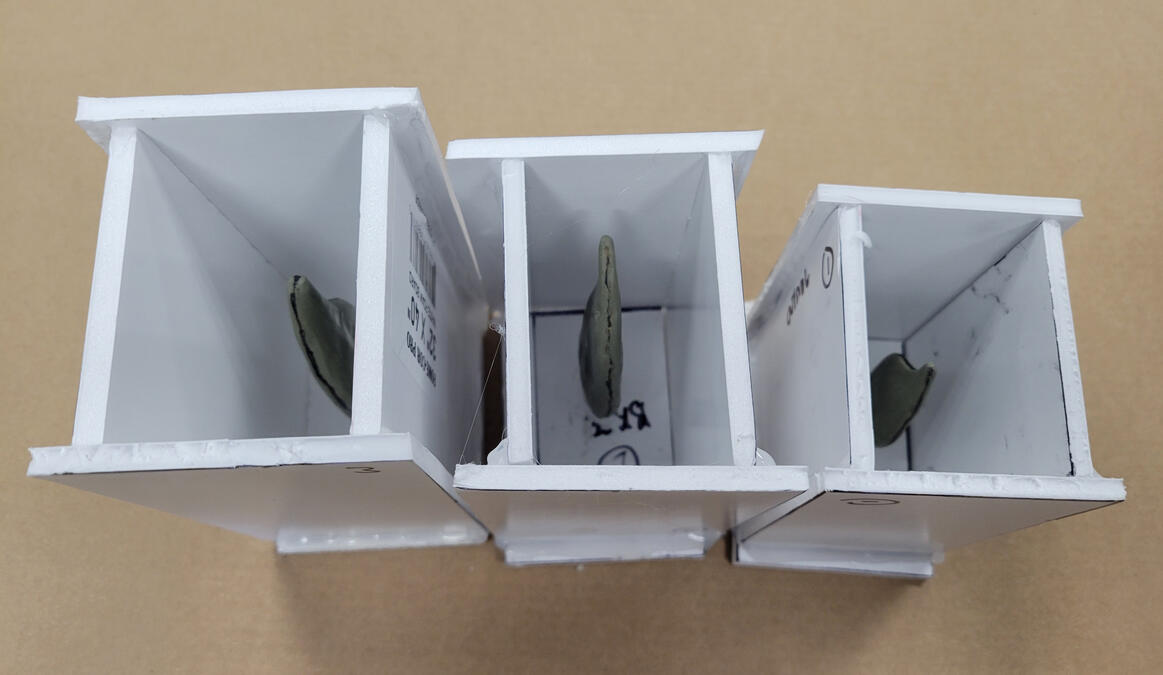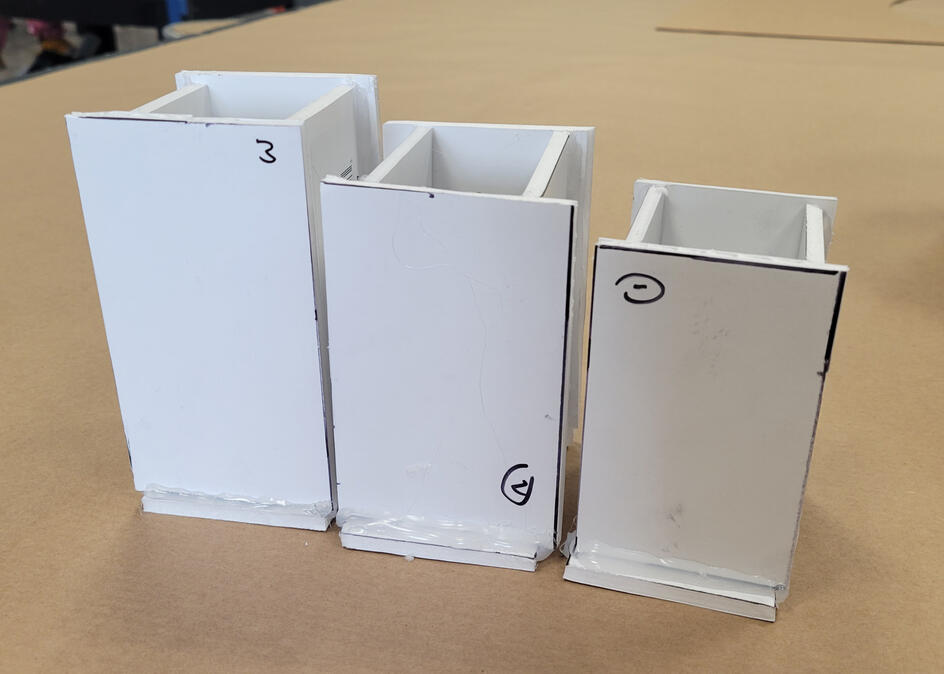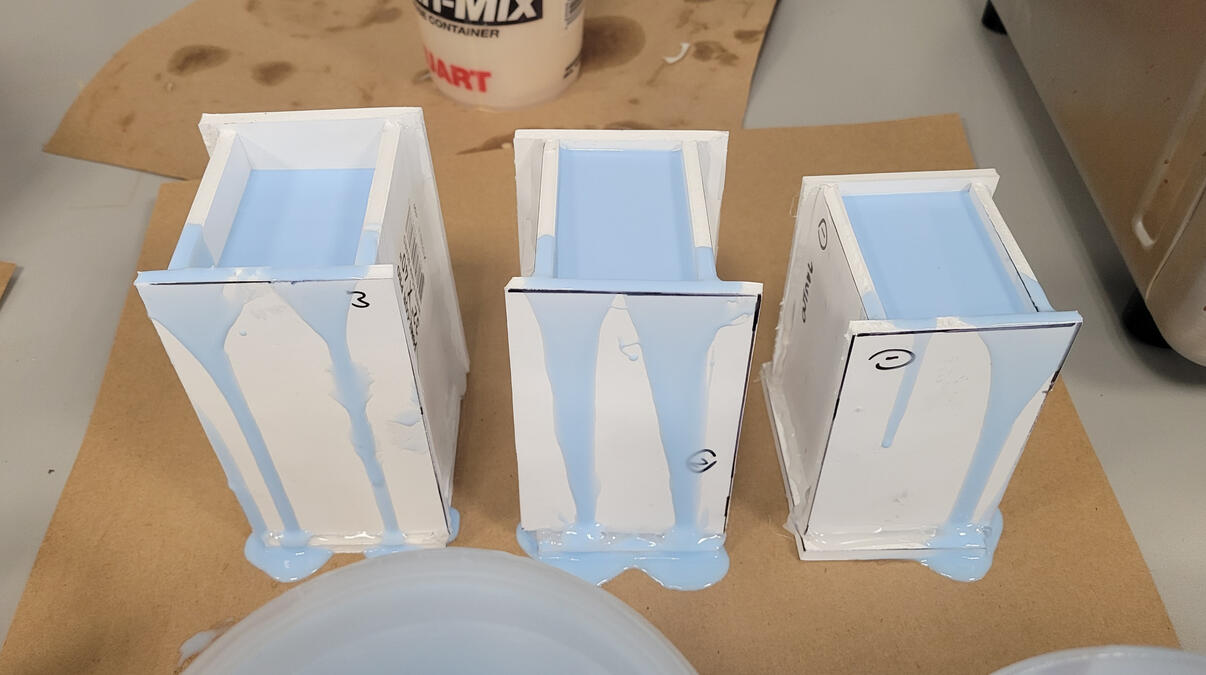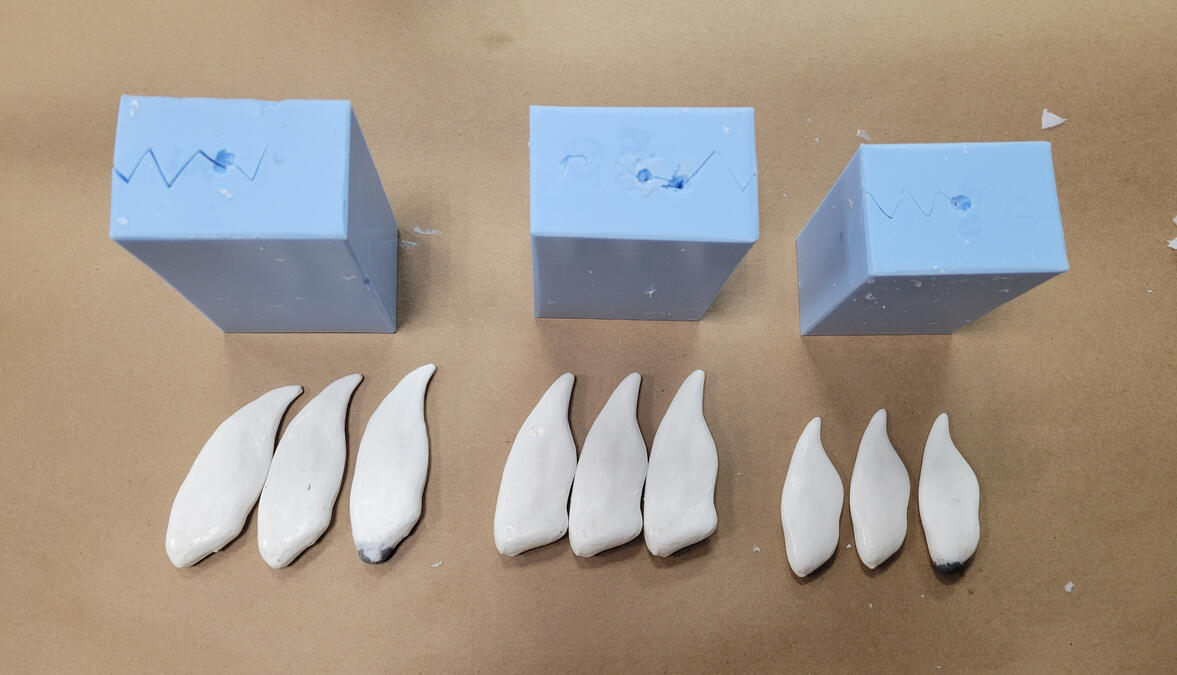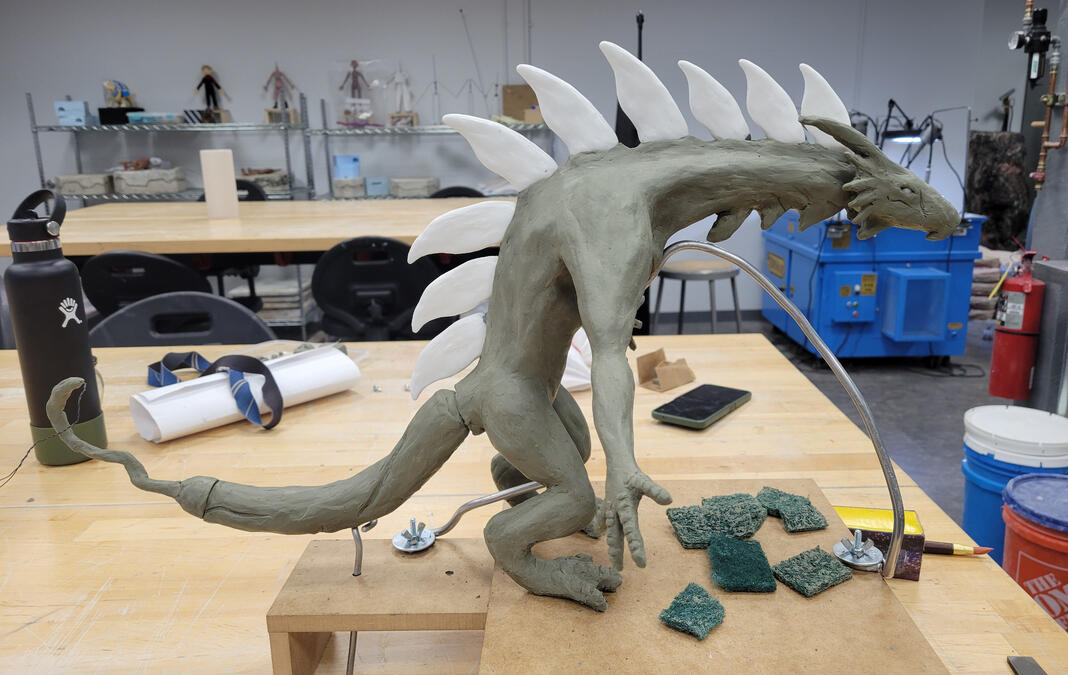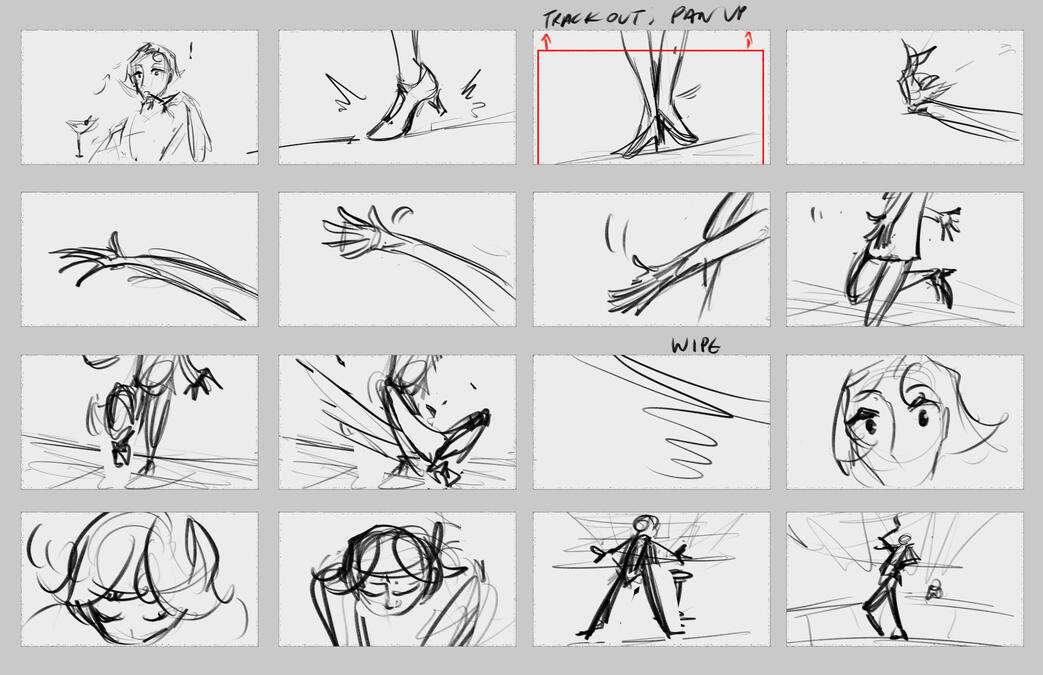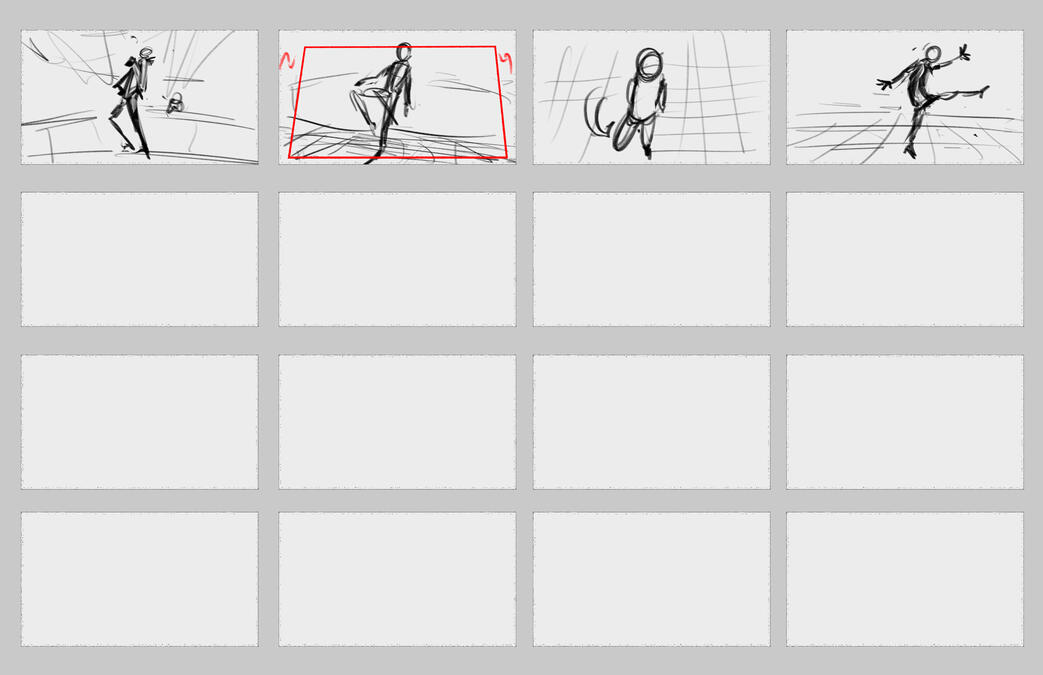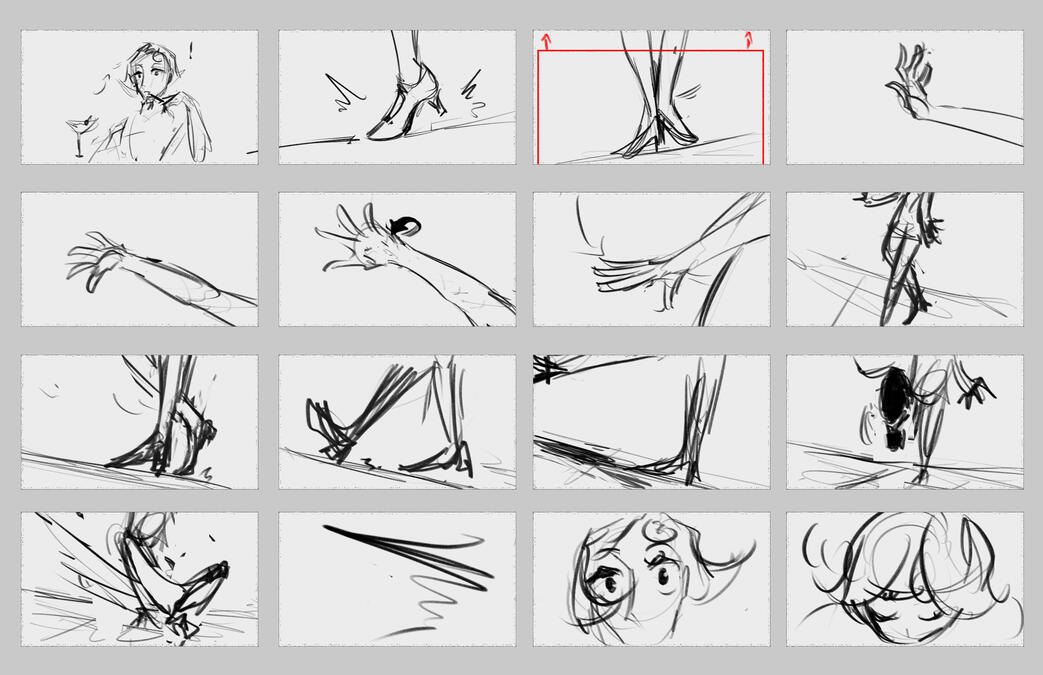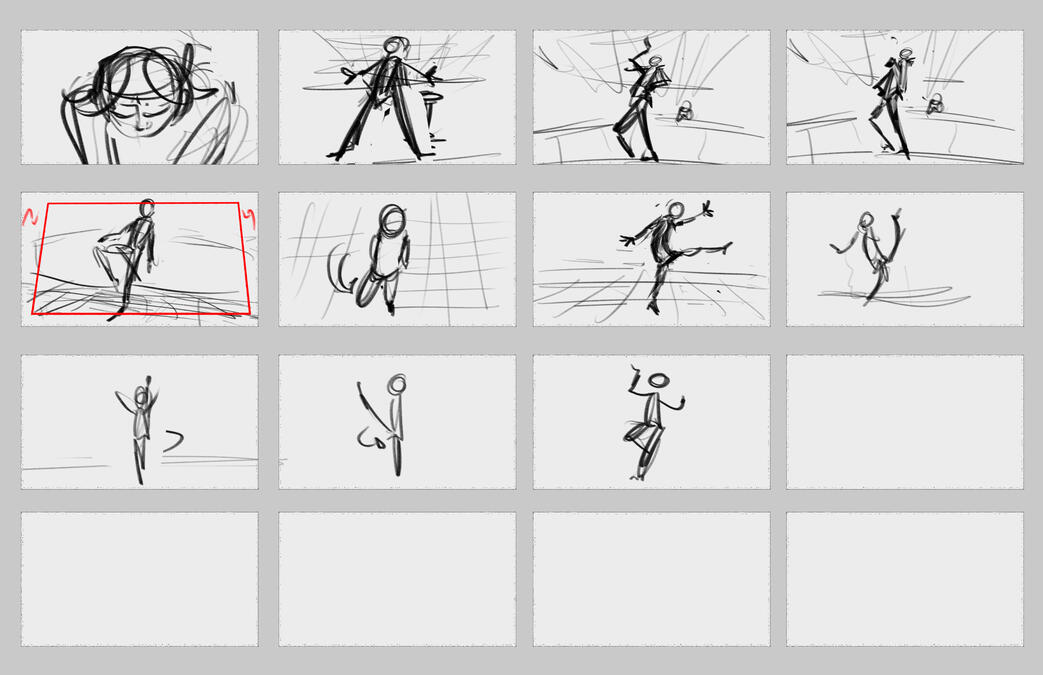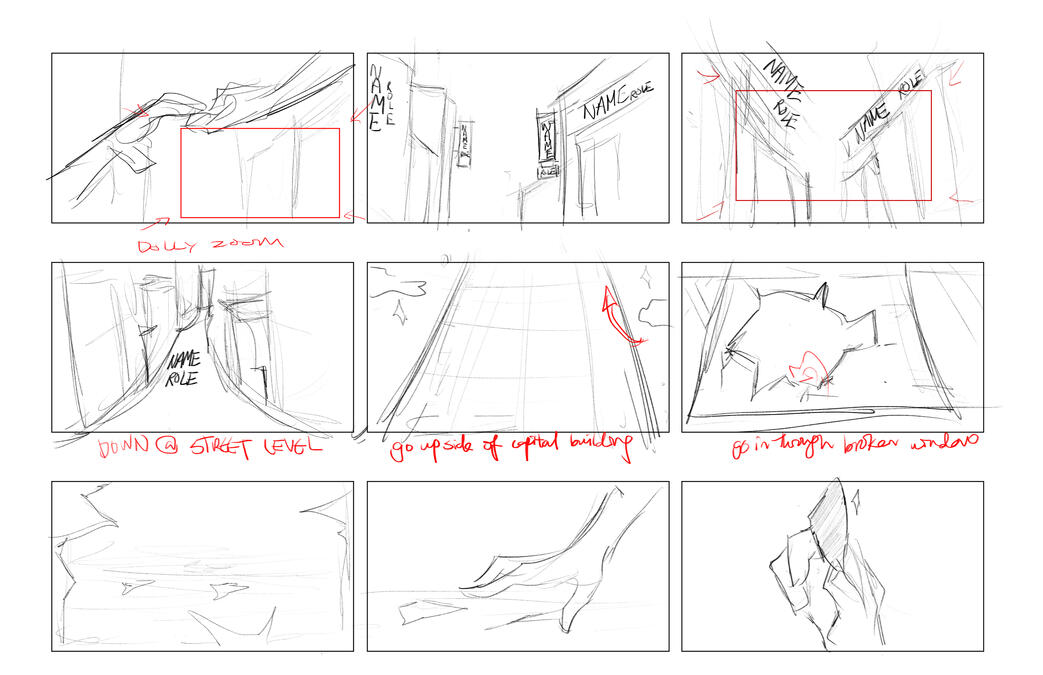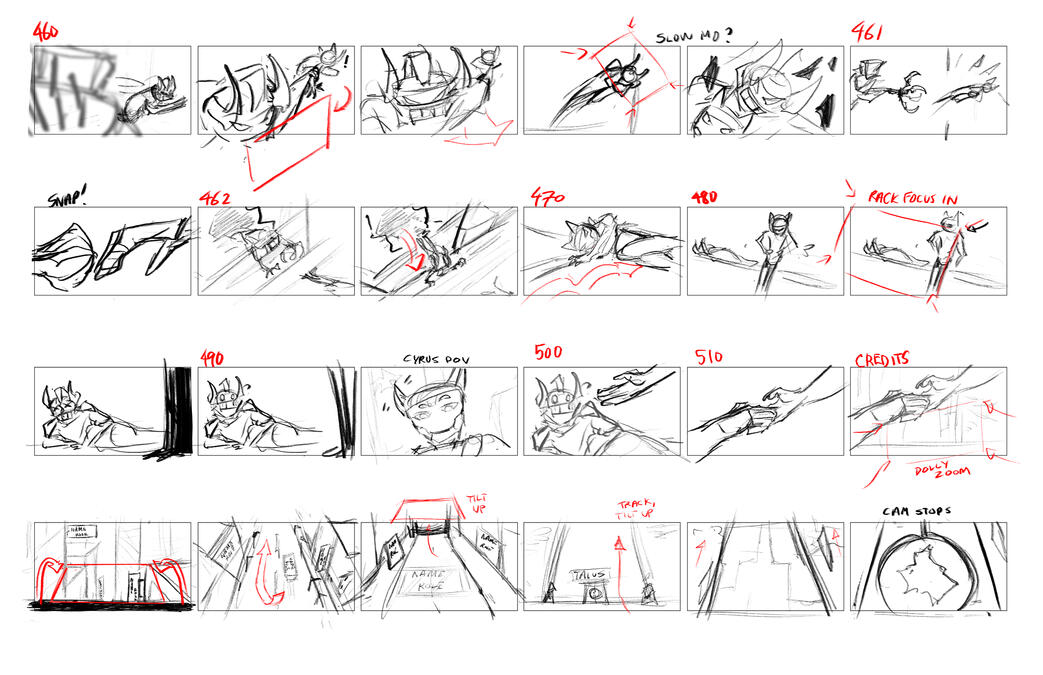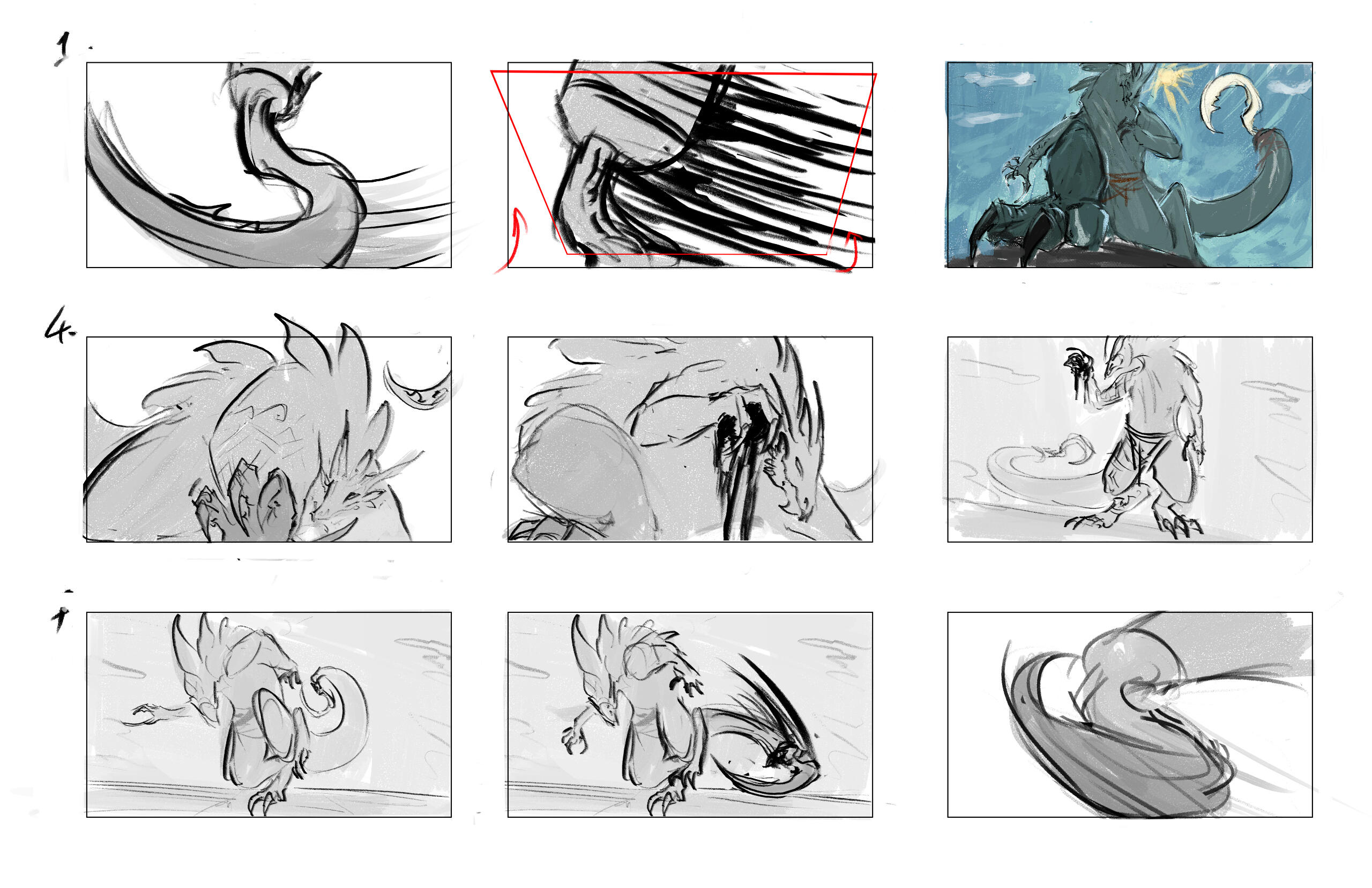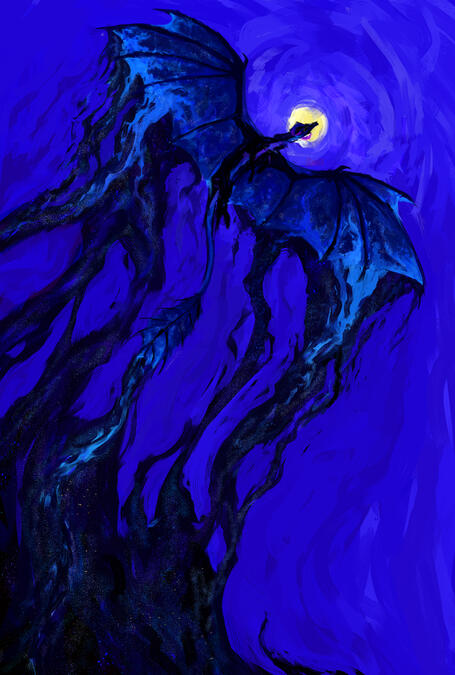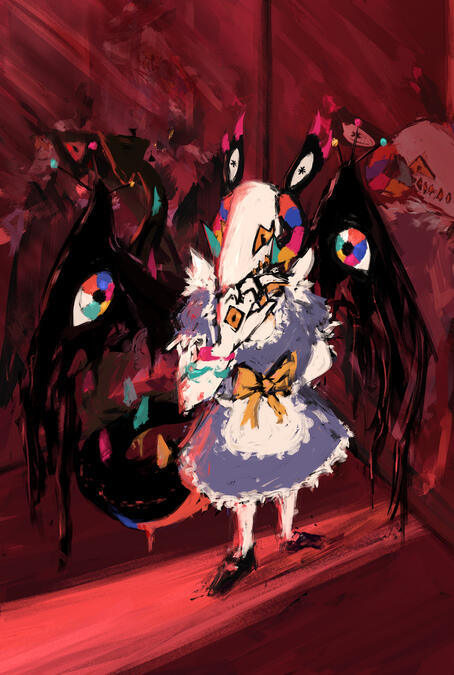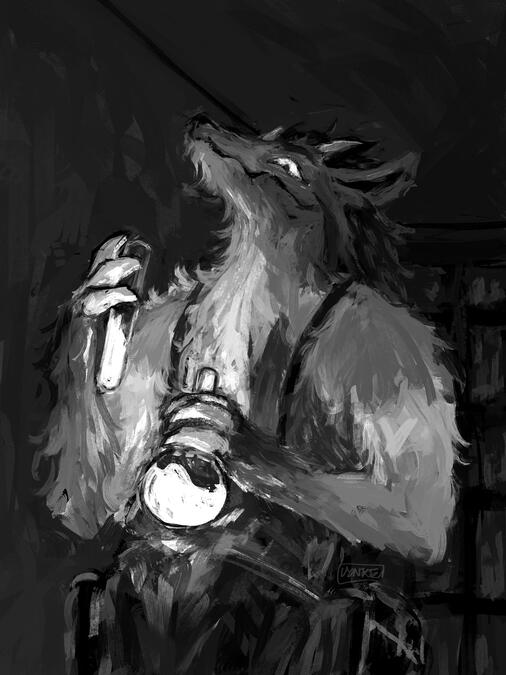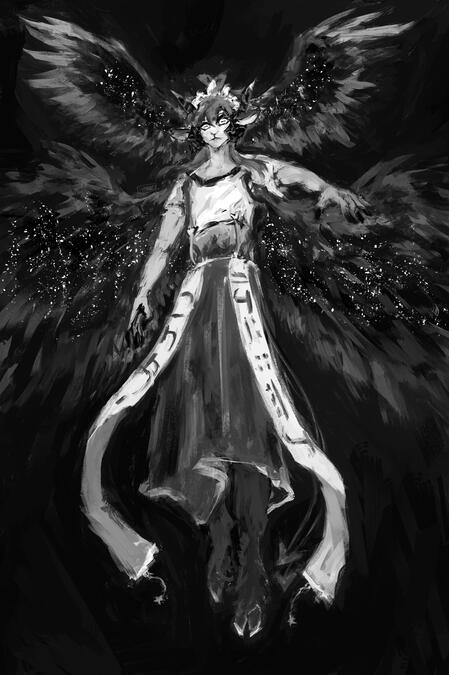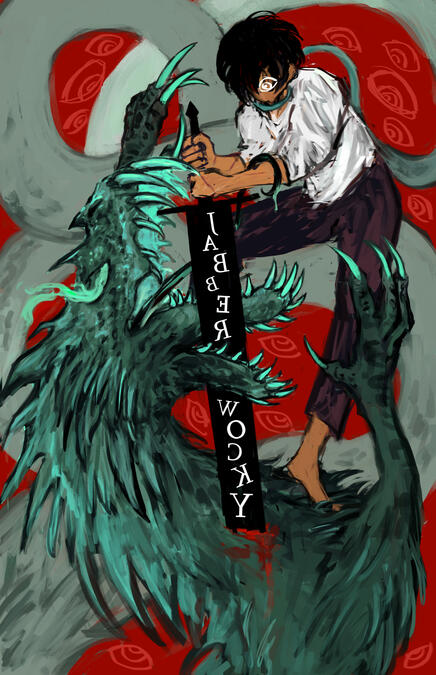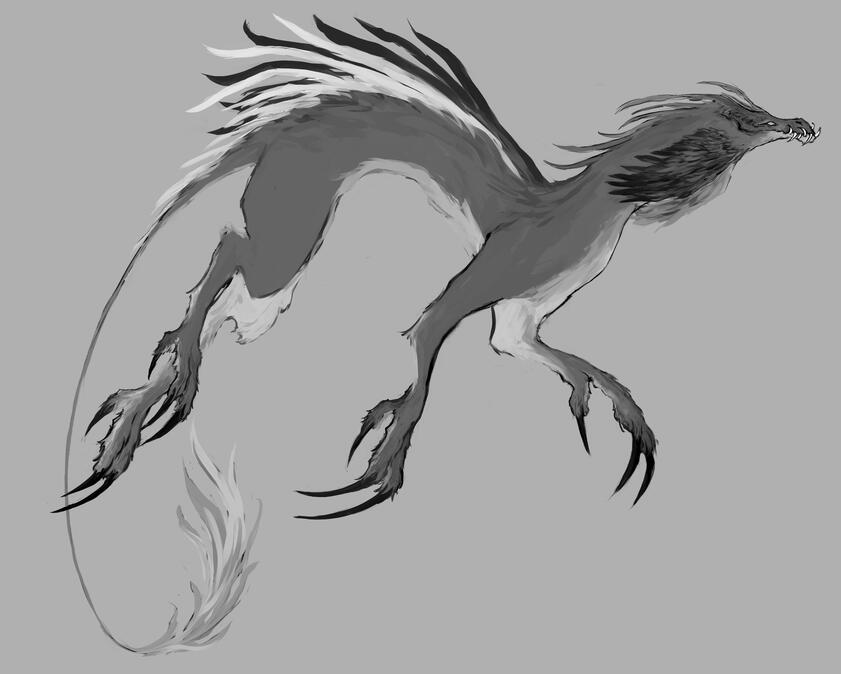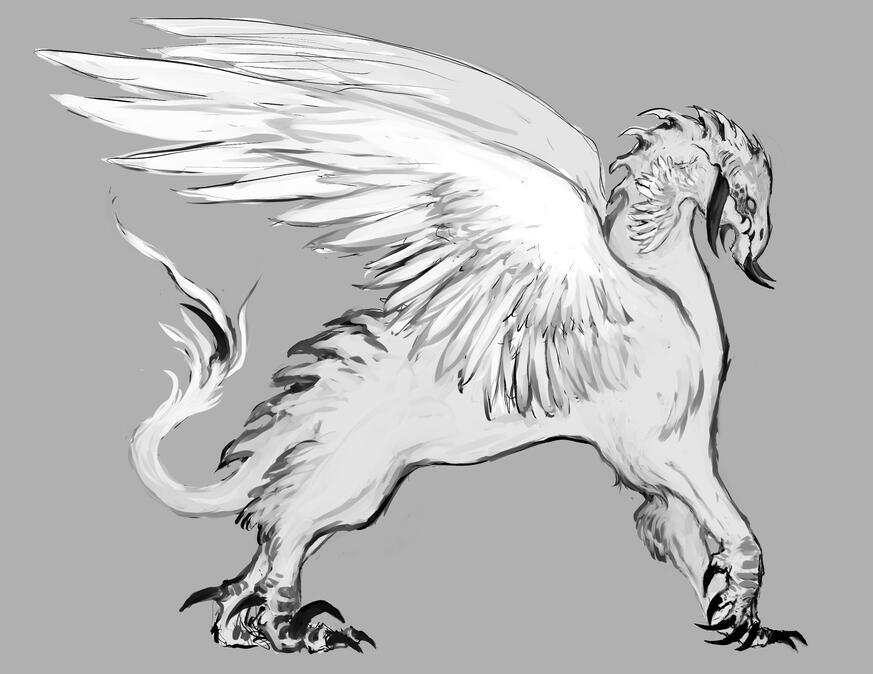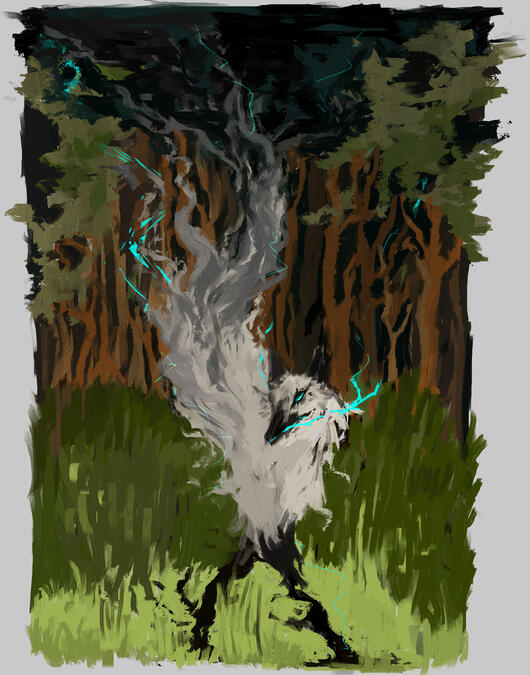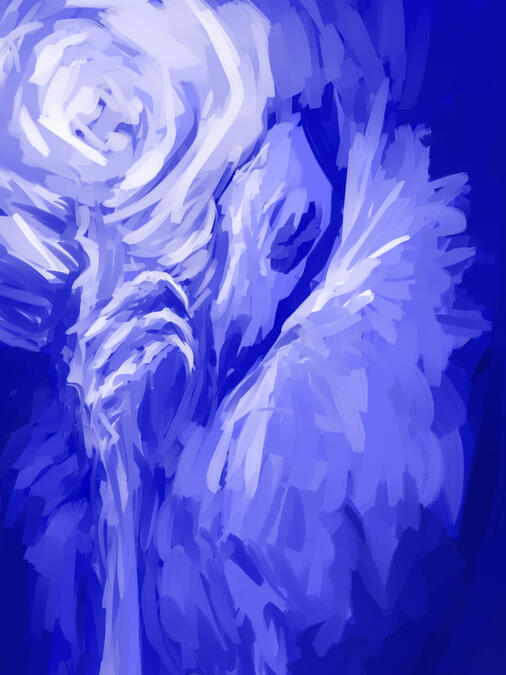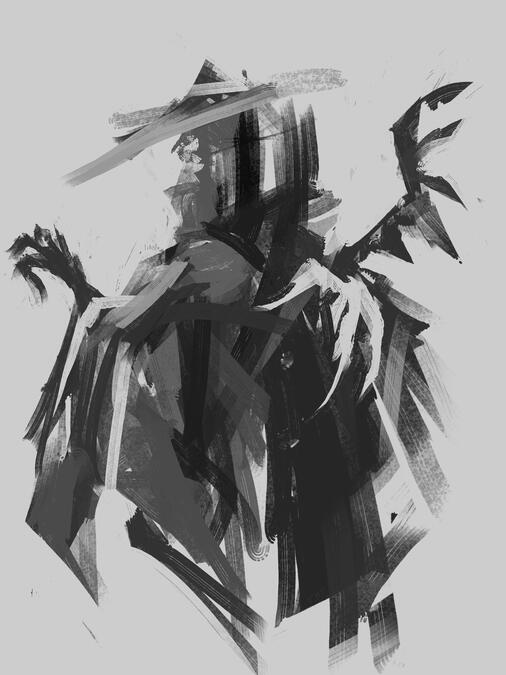Concept artist and ANimator
About Me
Hi! I'm Leeann, an artist and animator interested in creatures, the macabre, and the unknown.
Operation talus
In a dystopian futuristic world ruled over by a CEO and his corporation, an unorthodox duo find that they have to work together to pull off their most dangerous heist yet - break into the headquarters of Talus, the city's overlord, and steal his power core.
IDEATION AND PLANNING FOR 3D
Since Operation Talus was a fully 3D film, a lot of the ideation and concept work process had to take that into account. One of the first things I helped with was designing the layout and flow of our 3D set, and how our main characters would move through them.
Ideation also included elements of worldbuilding, such as these posters - we explored how both the Rebels and Talus would utilise propaganda to spread their ideals and messages.
Style Frames / colour exploration
We explored colour schemes and colour scripts early on in the film - this would help inform our lighting and texturing decisions later on in the film. Based on storyboard frames, I did a few colour explorations.
As part of the ideation process, I painted a few style frames, using colour scripts we had decided on.
Character exploration
echo
Echo, as one of the film's main characters, is more expressive and stealthy compared to his partner Cyrus. I explored his overall silhouette, as well his 'claws', that would form part of his uniform.
the warden
The Warden, the film's primary antagonist, is a huge, mechanised, monster of a machine. I took inspiration from industrial machinery when exploring his potential look.
Ideation - talus' tower
Talus' tower needed to represent his power and influence, and hit at the technological advancement of the setting. I explored the main silhouette, as well as potential peripheral structures that would be present around the building.
Carrion
For this project, I created box cover art for Carrion, a reverse-horror game about a monstrous experiment escaping containment.
Note: This was created as an exercise, and I claim no copyright or affiliation with the creators and artists of the game Carrion.

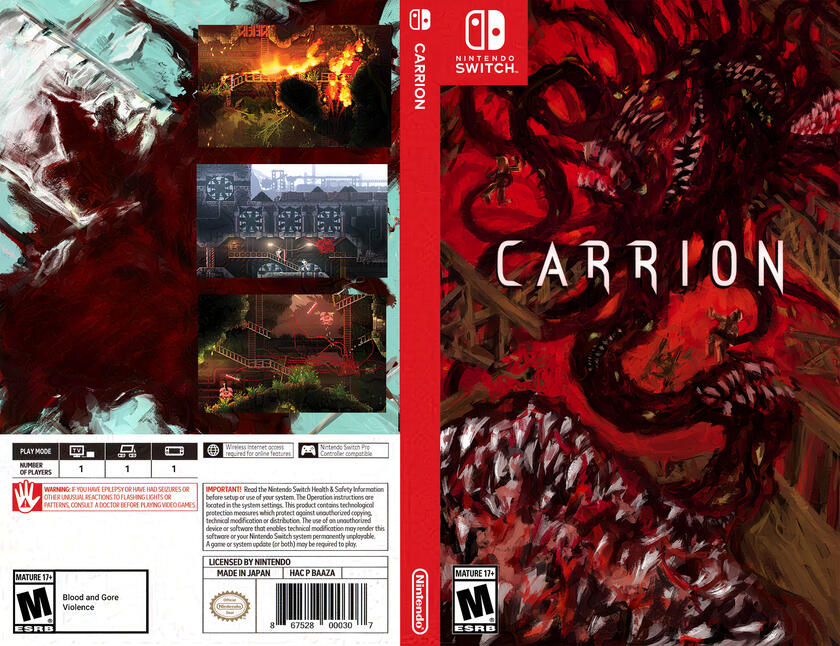

Sketches and ideation
Ideation for this project consisted mostly of exploring how to express the horror of the main character while adhering to the colour palette of the game. After researching other box cover arts I knew that painting a cover would not be out of franchise, as several of the promotional artworks for this game feature styles that are not present within the game itself.
Dream Eater
In the realm of the unconscious, a young dream eater decides that in order to give everyone sweet dreams they will devour every nightmare.
Ideation
First, I made moodboards for each aspect of my world - my main character, Nicht, and the setting.
CONCEPT and theme
I wanted the main character to be a creature called a 'dream eater', based on the mythical creatures of the same name. I wanted to explore the corruption of this being as it strove to do good, but corrupted itself in the process.
Initial sketches
I explored different ideas of what a 'dream eater' could be, and how it could be corrupted - and how to demonstrate this corruption visually. I also felt that this story needed a human 'dreamer' to create the dreams that form Nicht's world; I named him Soin.
Environment
I also explored two different environments - the incorporeal world of the 'unconscious' where dream eaters reside, and the regular human world where the dreamer, Soin, resides.
I then created some style frames for key moments in my story: Soin in bed with his dream eater charm, Nicht deciding to consume nightmares instead of chasing them away, Nicht's corruption beginning, and the reveal of Nicht becoming one of the very nightmares that haunt Soin.
After, I refined and shaded the storyboards based on feedback I received.
life cycle
I then cemented what the typical life cycle of a regular dream eater would be like, so I could better highlight the effects of corruption on Nicht.
I also further developed the design for dream eaters, exploring both the integumentary and skeletal systems.
After the design for a regular dream eater was solidified, I then explored how to corrupt this form into the 'nightmare' that Nicht turns into. I wanted to incorporate aspects of creatures that are common fears: insects, rats, worms.
I then explored poses for both designs - I liked the idea of these being sketches from a notebook, so I added a paper textured background and changed the light colour to match it better. I also began ideation for what the regular dream eater might look like colour-wise.
My next task was to create two animated style frames showing scenes from my story.
I wanted one of the two animated style frames to be of Nicht's original form, protecting the precious dream. I liked the idea of portraying a pivotal moment, where Nicht began considering an alternate way to keep dreams safe. For this style frame, I kept it more simpler, with the animation consisting of a rack focus from the horde of nightmare vermin to Nicht diligently guarding the dream.
I also wanted my other animated style frame to be of Nicht's corrupted form - I wanted to emphasise the change Nicht goes through, and the fact that Nicht ultimately turns into what it tried to stop.
My first gif was a little too busy, and the movements were a little erratic and didn't draw attention to the correct facets of the style frame - after some adjustment and final rendering for clarity, I ended up with a version I liked much better.
Here are my two final animated style frames.
Predator & Prey
For this project, I designed two creatures - a prey creature, and what would be the natural predator of said creature.
Part 1 - PREY
For the first part, my task was to create a prey creature based on a mix of three existing animals. The three animals were the Okapi, the Crested Caracara, and the Rhinocerous Iguana.
I began ideation by first creating moodboards of both the appearance and skeletal systems of the creatures, to facilitate my designs.
Ideation
I also sketched the animals, to get a better understanding of their general anatomy and both their skeletal and integumentary systems.
Design 1
With this design, I wanted to explore the idea of a winged creature capable of gliding, if not flight. It had extra musculature and scapulae at the front of its body to facilitate the addition of wings.
design 2
With this design, I wanted to explore the idea of a more bipedal creature.
DESIGN 3
I had an idea of a more 'menacing' looking herbivore, which evolved to look more aggressive partly to ward off predators and partly by coincidence.
DESIGN - PREY
Ultimately, I decided on my first design sketch. One of my critiques was the fact that the creature's wings didn't look big enough proportionally to enable gliding, so I enlarged the wingspan. I also decided on dew claws for the back feet, to enable more grip. The colouration was mainly inspired by the Okapi, with accents from the Iguana and the Crested Caracara.
Part 2 - PREDATOR
With this second part, I was tasked with creating the natural predator of the creature I had designed previously. Additionally, I also had the ability to choose which three animals I wished to combine.
I also made some ideation sketches, which I then developed further, incorporating some of the ideas I had created in my design variations.
Design 1
This creature would have evolved longer forelimbs for climbing and for hanging off of trees - it would be primarily arboreal, and leap down in ambush to grapple and restrain the prey creature, instead of relying on outrunning or chasing it down.
DESIGN 2
This would be a flying creature, adapted to swoop down and grip and maim its prey with its velociraptor like "terrible claw" and longer digits.
DESIGN 3
This creature would propel itself at rapid speeds with its muscled body, then grapple its prey to deliver a killing bite, enhanced with a pharyngeal jaw.
Design - PREDATOR
I ultimately settled on a more reptilian integumentary system, because I felt it would contrast better with the more feathered appearance of the prey. In addition, I felt that the ability for snake skulls to enable the unhinging of jaws was a better fit for the addition of the pharyngeal jaws of the moray eel.
Final Designs
SHERLOCK
This project was concept development for a game based on the character of Sherlock Holmes.
Sherlock, a young boy with an active imagination and a big heart, solves mysteries with his companion Watson every night in 'Dreamland', a place where the unconscious comes to life.
Ideation & concept
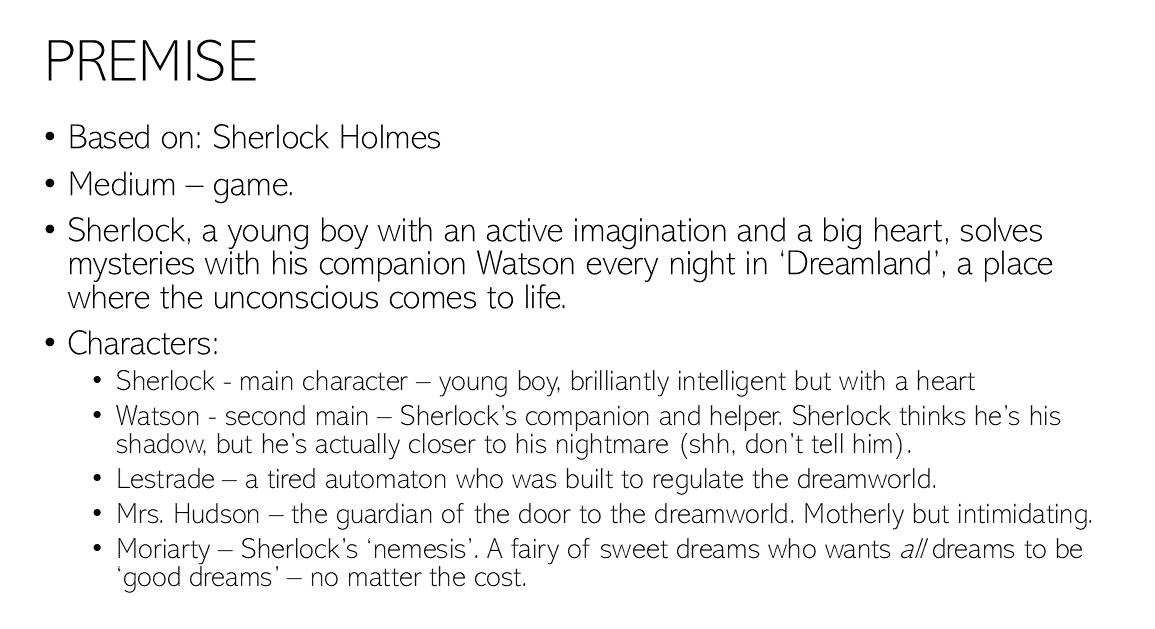
After solidifying my premise, I created a first sketch that heIped cement my final idea: a point-and-click style mystery game, where things seem cute and sweet on the surface but turn out to be darker underneath.
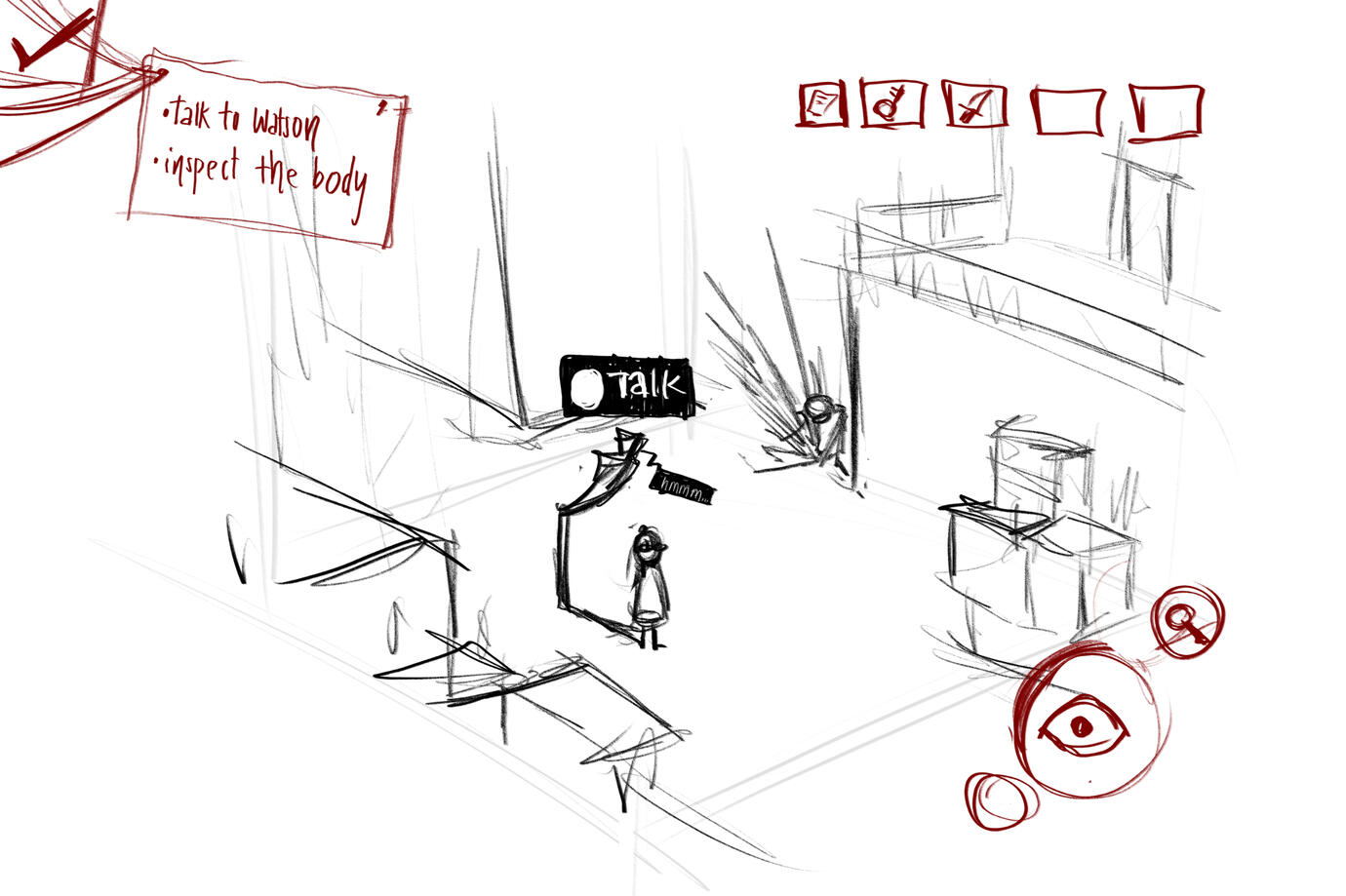
I envisioned the game to be a point-and-click style murder mystery game. I also felt it was fun if anyone non-important showed up faceless and generic, as if deliberately obfuscated and made uninteresting to minimise Sherlock's interest in them.
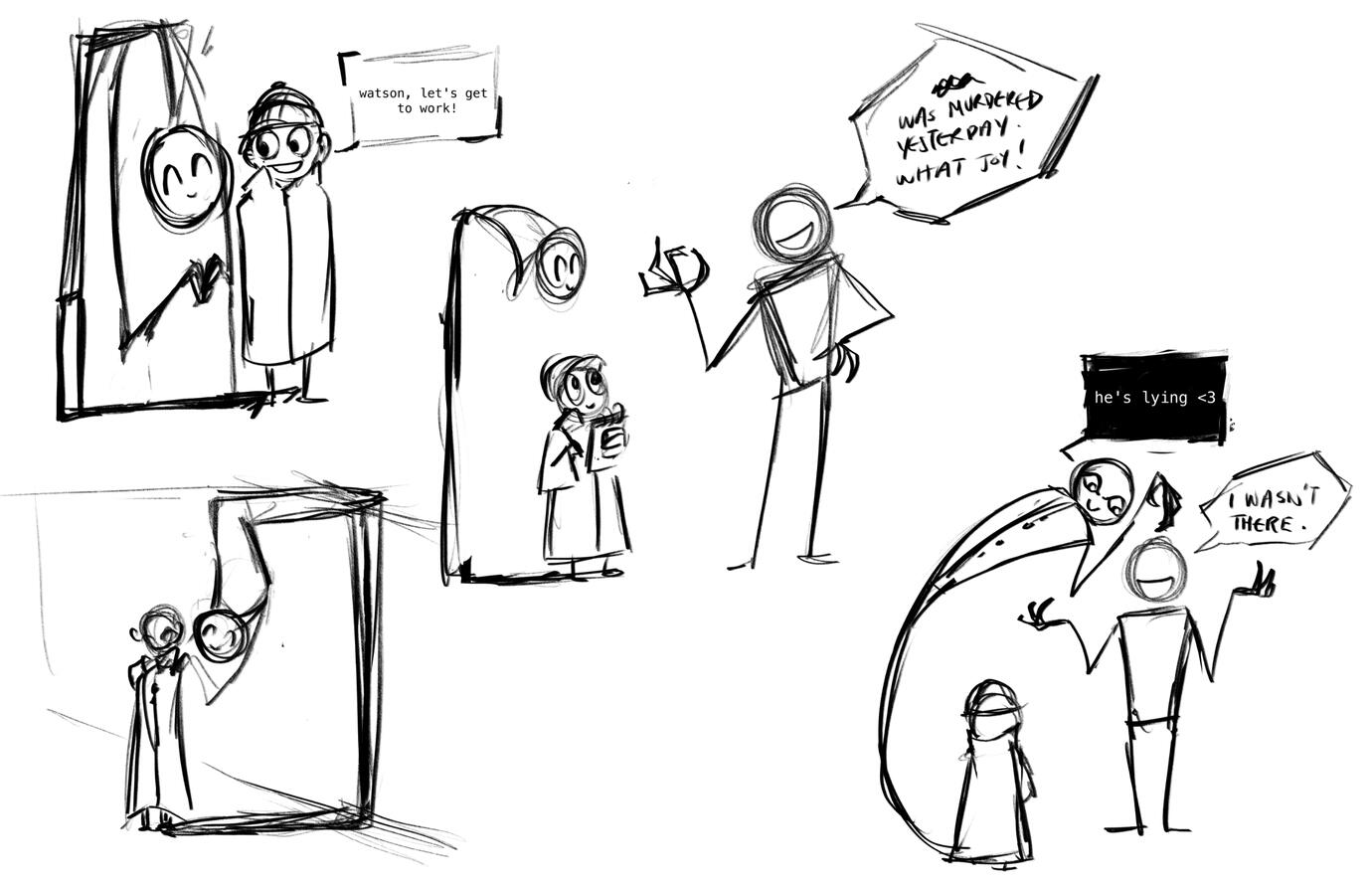
My initial sketches focused on what I wanted the visual language of this world to be like - I liked the idea of a rough edged, almost hand drawn style, with a slightly creepy feel. I drew inspiration from games such as Don't Starve and Fran Bow.
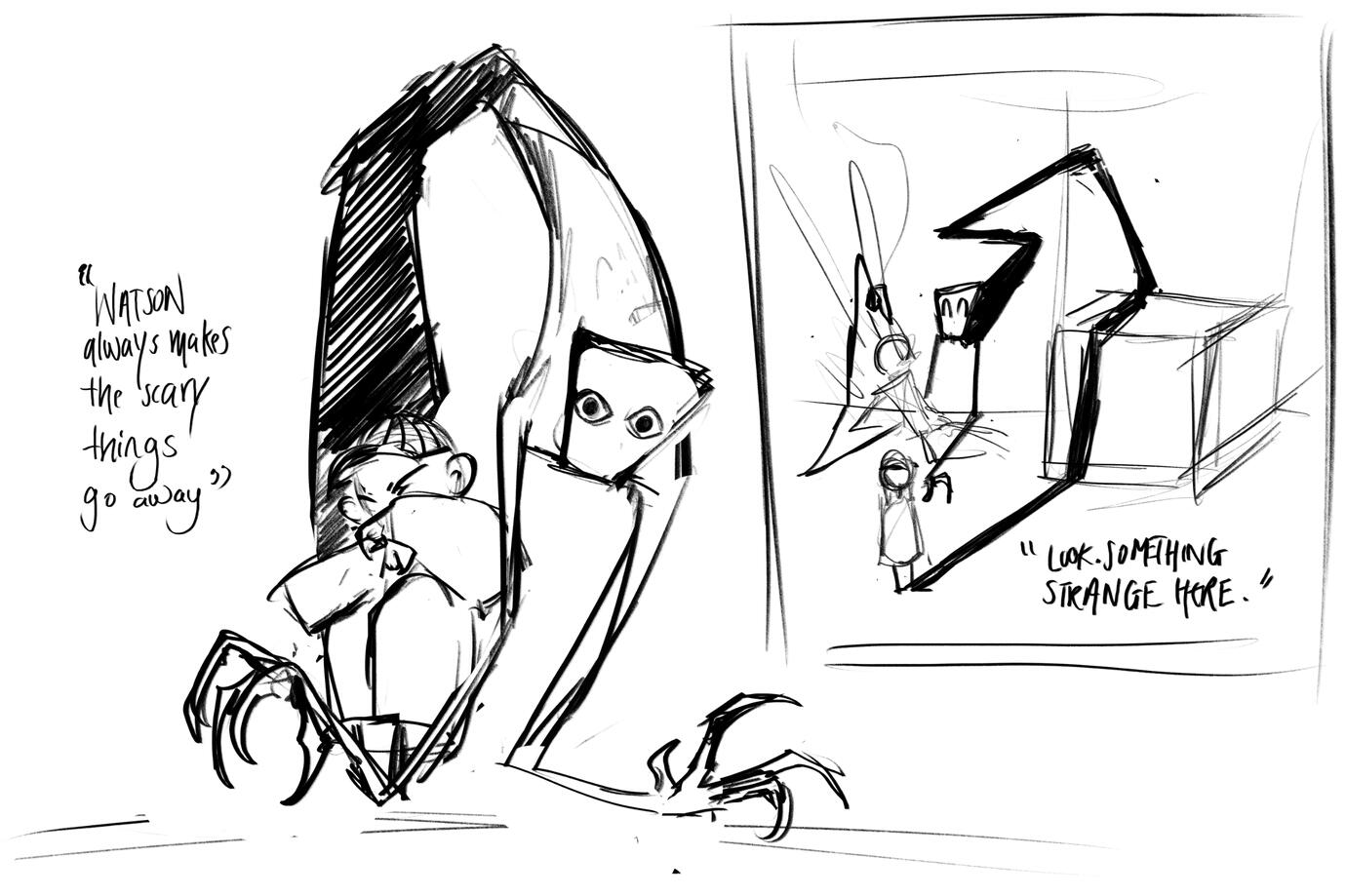
From the start, I wanted to establish Sherlock and Watson's dynamic - Sherlock, as the protagonist, is brilliant, intelligent, but naive, while his companion Watson is more dubious, subtly influencing and manipulating Sherlock. However, Watson still cares for Sherlock, protecting him in his own way. This led to the idea of Watson being Sherlock's literal shadow - attached to him, but as the darkness to his light.
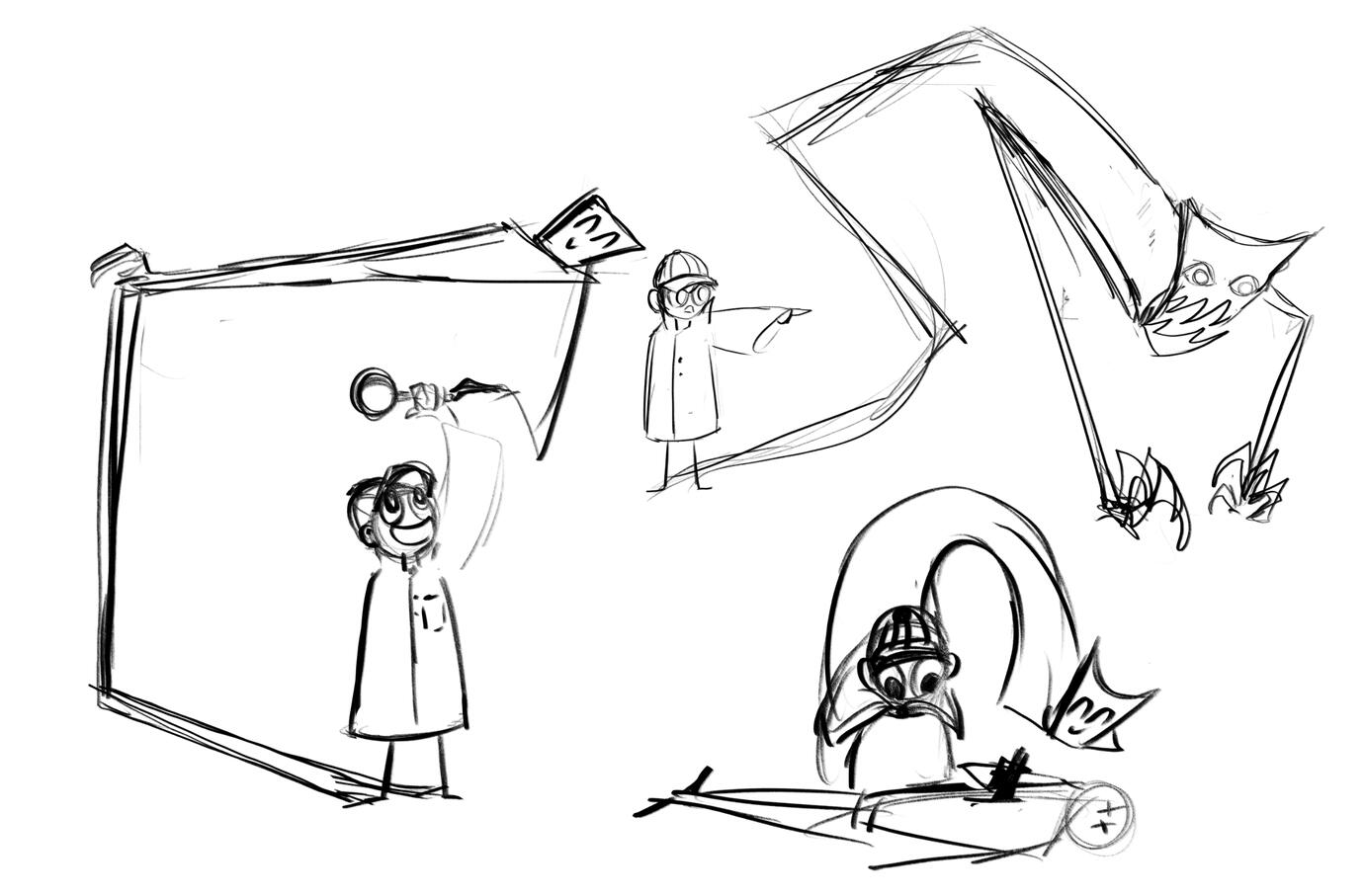
CHARACTER DEVELOPMENT
Sherlock
I wanted Sherlock, as the titular character, to feel the most expressive and relatable. Young, intelligent, but with a caring heart, I explored more round shapes and softer edges with his design.
IDEATION
My initial explorations focused on trying to balance 'cute' and 'creepy' - I wanted him to feel innocent and stand out, but still fit within the strange world he lived in.
Sherlock's initial design felt a little too old; after simplifying and shortening his overall body shape he felt a lot more fitting. I also further developed his expressions to include a wider range.
Although he is not seen without his detective's coat, I envisioned a simple buttoned shirt and slacks underneath - perhaps revealed if his coat ever got torn or damaged.
Character - watson
Watson is known as Sherlock's companion. I wanted to explore this concept, but with a twist - this Watson is inseparable, but slightly sinister - an inhuman contrast to Sherlock's young, bright nature.
In my earlier iterations of Watson I explored the idea of him being paper-like - however, I liked the idea of making him a distorted mirror of Sherlock - they share the same rough silhouette, but Watson's is distinctively more sinister.
However, I felt that Watson should not cross the line into being actually scary - if so, I felt it would break the subtlety of his influence and manipulation over Sherlock.
SHERLOCK AND WATSON - POSES
In my poses for these characters, I wanted to explore just how they would interact and appear together within the game. As two independent beings literally tethered together, I wanted to see how I could express their dynamic and relationship.
CHARACTER: LESTRADE
Inspector Lestrade is one of Sherlock's sources to cases in the Holmes canon. He is often Sherlock's link to the police force, and I wanted to link this by having Lestrade represent a link to the authority or 'rules' of the dream world that Sherlock would enter. This is why I also made the decision to have Lestrade be robotic in nature, to imply the idea of enforcing rules and objectivity.
I liked the idea of Lestrade being a little broken down, to emphasise the fact that the dream world is in need of help - their public authority figure is in need of repair.
CHARACTER: Mrs. Hudson
As Sherlock and Watson's landlady in the series, I wanted my version Mrs. Hudson to reflect this by acting as the gateway between Sherlock's 'normal' world and Dreamland.
As a very caring, matronly character, I liked the idea of her character reflecting the slightly offputting feeling of the world by having her form be a large crocodile, with a tea set 'hat' balanced just above her dangerous looking jaws.
I also explored the idea of her literally being the gateway into Dreamland, as opposed to being a 'guardian of the gate'. I reinforced this idea with design choices such as keyhole shaped pupils, and a physical key that she holds.
Character: Moriarty
As both the main antagonist and Sherlock's intellectual rival, I wanted Moriarty to be slightly similar to Sherlock, but skewed - like viewing Sherlock through a broken mirror. The Moriarty of this world is a fairy who looks and acts cute and innocent, but wants to enforce his idea of good dreams on the entire world, no matter how dubious the process to doing so would be. I wanted him to look like a young boy as a deliberate choice to mirror Sherlock.
I also wanted Moriarty to have a more 'true' fey form which would be large and spider-like - a fitting adversary for a final showdown and 'boss fight'. For his more regularly shown boyish form, I explored different variations on his wings - each a little more reflective of his true nature and how he disguises it to seem more harmless.
Full Character Lineup
3D Demo Reel
Please note that this is an outdated version of my demo reel, as my most current version contains content that is currently restricted.
LOVIN' ME
A woman discovers a new side to herself in a 1920s bar.
Ideation for this project was mainly figuring out the overall style and look of the film. I painted a few studies to explore the director's idea of having background "oil painted" characters.
Fabrication
SET MOCK UPS
The Walls
For our patterned walls, we laser cut in vector patterns into 1/2 inch MDF, cut into the correct sizes with a feztool. Then, we spray painted a layer of gold onto the walls, taking care to get them into the laser engraved areas. Afterwards, primer was lightly applied over on the raised surfaces of the wall, which was then painted green. Spot fixes were done afterwards with a gold paint.
To construct the walls, I machined 3 inch strips of 3/4 birch plywood, then attached them with wood glue and brad nails to the MDF wall, forming a frame. The holes left by the brad nailer were covered with wood filler and sanded flat so they could be painted over.
Gramophone
One of the props I was responsible for fabricating was a gramophone that would appear in a wide shot.
First, I created and tested out different methods for forming the 'bell' of the gramophone, using bristol paper and Nori paper glue.
I then created the base of the gramophone with previously laser cut pieces of MDF, brad nailing and wood gluing everything together. To achieve a bevel, I made use of a disk sander.
I then assembled all the pieces together. Mané, the director, had kindly helped sculpt and cast the base of the gramophone bell. I created the stand for the bell by drilling a hole through the back and securing 3/16th wire with propoxy. I also sculpted the circular needle head decoration with propoxy, and cut off the end of a sewing needle to use as an actual needle. After assembly, it was then tied down to the set through the table.
and here's the walls and gramophone in action!
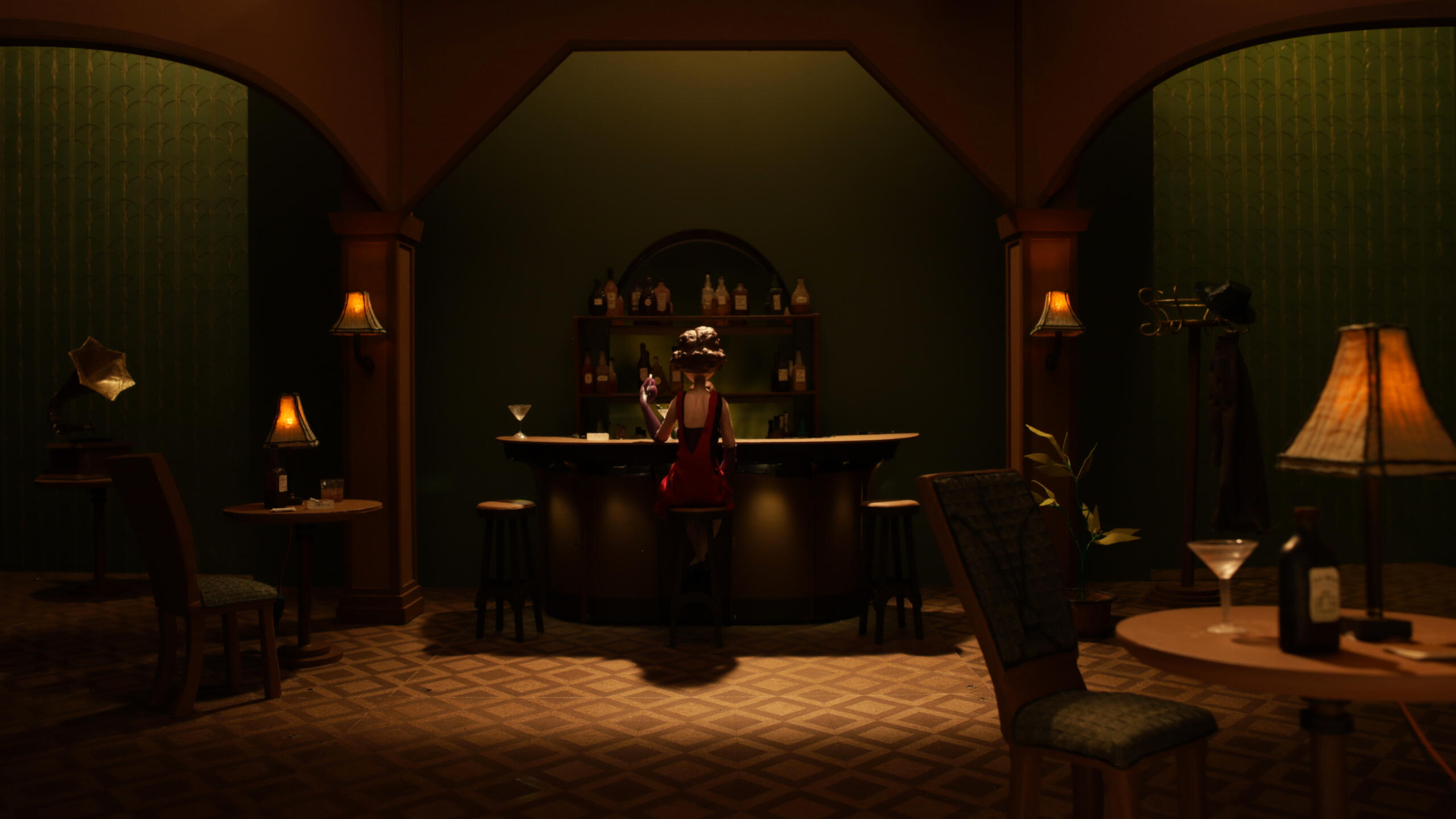
ANIMATION
Responsible for:
- Character animation
- Compositing
- Fabrication (martini glass)
Responsible for:
- Character animation
- Set dressing (rigs, turntable, plants, walls)
- Fabrication (set walls, turntable)
Final Animation
Here is the final edited film!
Selach
This project involved sculpting and casting a fully armatured, animatable foam stop motion puppet.
IDEATION
First, I created my character and what I envisioned he would look like. I created Selach: a ruthless, big brute of a pirate, feared scourge of the seas. I explored expressions and details such as scar and tattoo placement.
Then, I began drawing out plans for his armature.
Afterwards, I created the armature and began sculpting.
I was advised to finish the fins first, and cast them in plastic so that each of the sockets that they would slot into were guaranteed to fit. I decided on a modular method, with three base fin shapes that were arranged differently across Selach's back, for the sake of efficiency.
Sculpt turnaround
Final raw animation
Mason jar
This mason jar was a project that allowed me to get used to working with polycarbonate material, slush casting, and creating a slider rig. I created a hip rig that screwed into my cast of a mason jar, and animated a jump cycle with the rig.
STORYBOARDING
A collection of storyboards from various projects over the years.
LOVIN' ME
Early in the ideation process, I helped with ideation for the main dance sequence in the film. This storyboarding process helped us define the balance between the director's vision and what as practically feasible in the time frame that we had.
OPERATION TALUS
During the ideation process for this film, the storyboarding team took sections of the main script to further develop with storyboards. I was tasked with the latter half of the script, which included main confrontation and climax of the film.
After initial thumbnails, I then fleshed out the boards a little more, paying attention to ensure that each character hit the correct marks as they made their way through the world.
In these initial boards, we were still considering the possibility of a specially animated credits sequence that would help transition between the ending of the film and the post credits scene. However, due to time constraints this was ultimately cut.
In the later stages, I created animatics with scratch sound to better envision the flow and timing for our final film. Using these animatics, it was easier to designate shot length and camera angles in Maya - which made the transition into 3D animation much smoother.
After discussion, we had to cut portions of the boards to allow for time and better flow.
As we began compiling the full 3 minute animatic for the film, I also helped with breakdowns or quick redraws and corrections on different boards as needed. Below is our final animatic, although it is to be noted that additional changes were still being made as we went progressed through to production and animation.
Selach
As part of the project, I had to storyboard a short sequence to animate my puppet to. I wanted to explore the use of a camera tilt and a low angle in my boards.
After feedback, I refined my boards, rearranging and editing some beats to make it flow better and to allow for more ease for the myself when animating.
COMPOSITING
PRUDES
I was responsible for compositing most shots across the final film, in addition to compiling all the edited shots together for a final edit.
Compositing breakdowns
Here are two examples of the process I went through when compositing the animation and the background together. Each character had their own layer and adjustments, and additional features such as the bus, bus stop, and the rain were also separately composited into each scene.
LOVIN' ME
I was responsible for compositing three shots in this stop motion film.
The main challenge with this shot was the fact that unfortunately, as we shot across multiple days, the set changed slightly but noticably. To rectify that, I masked the main animation onto a clean plate, ensuring that the rest of the scene stayed consistent throughout.
With this close up shot, I was tasked with slightly adjusting the final lighting and timing of the shot.
Contact me
Message Sent.
Thank you!
I will respond as soon as I am able!
